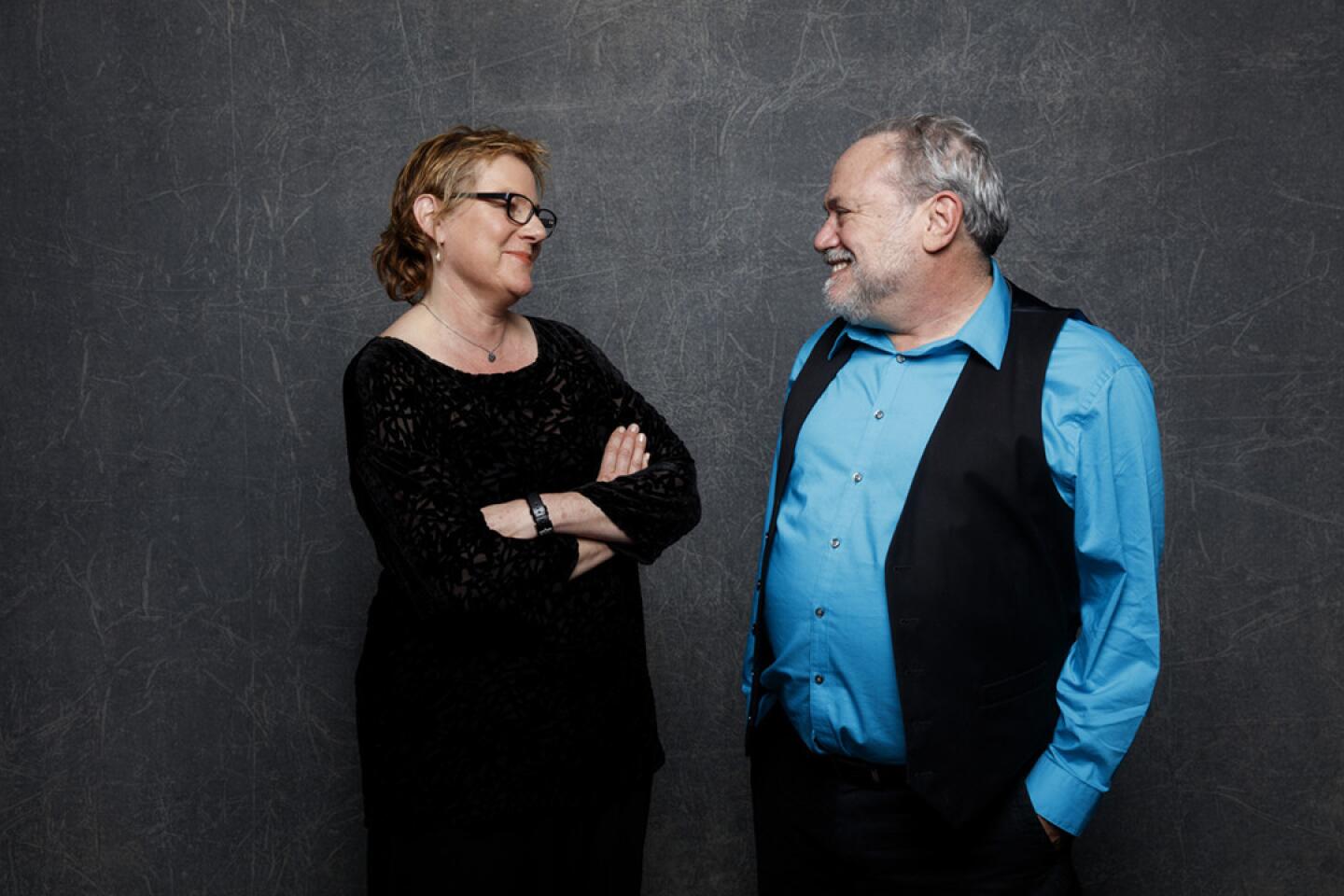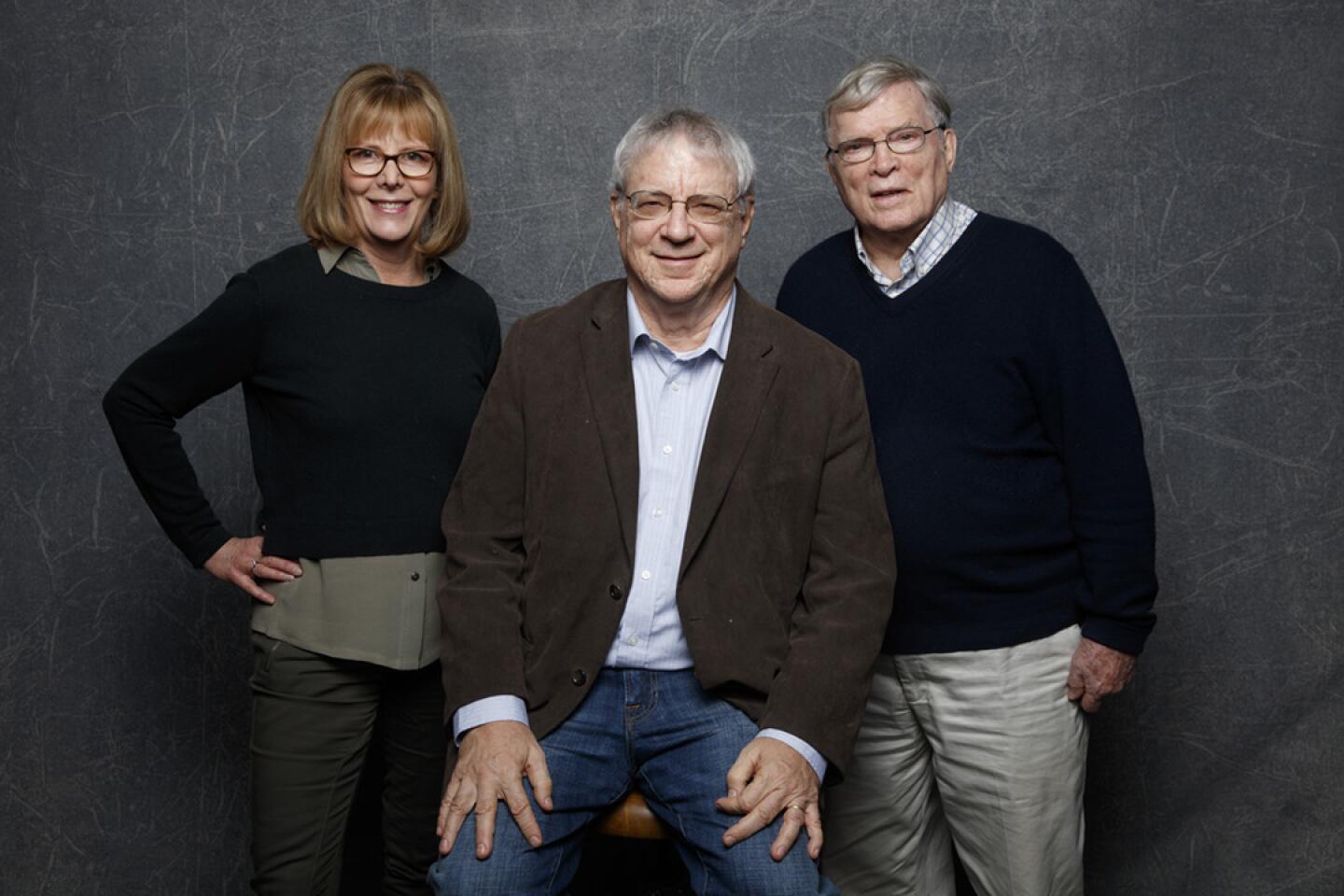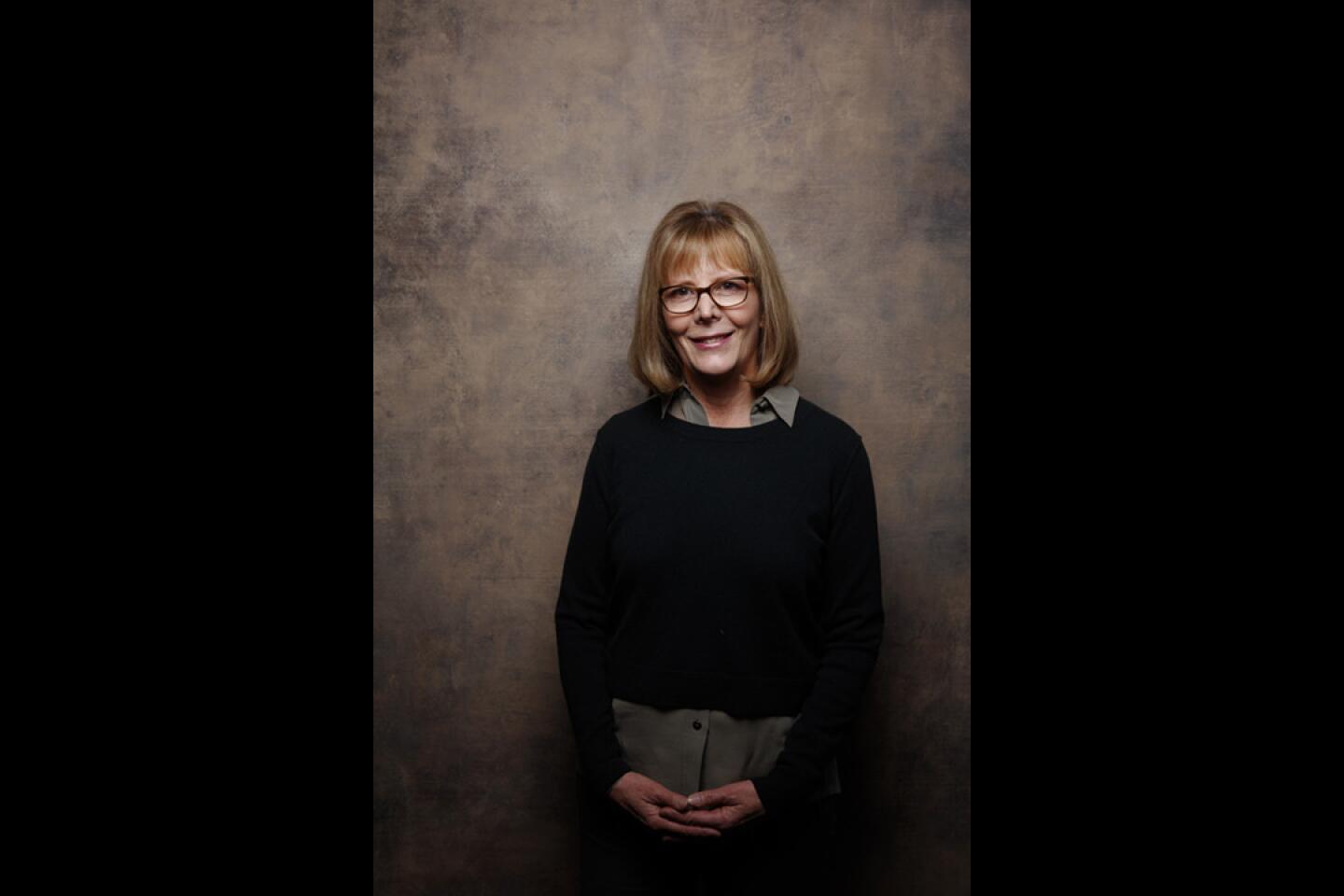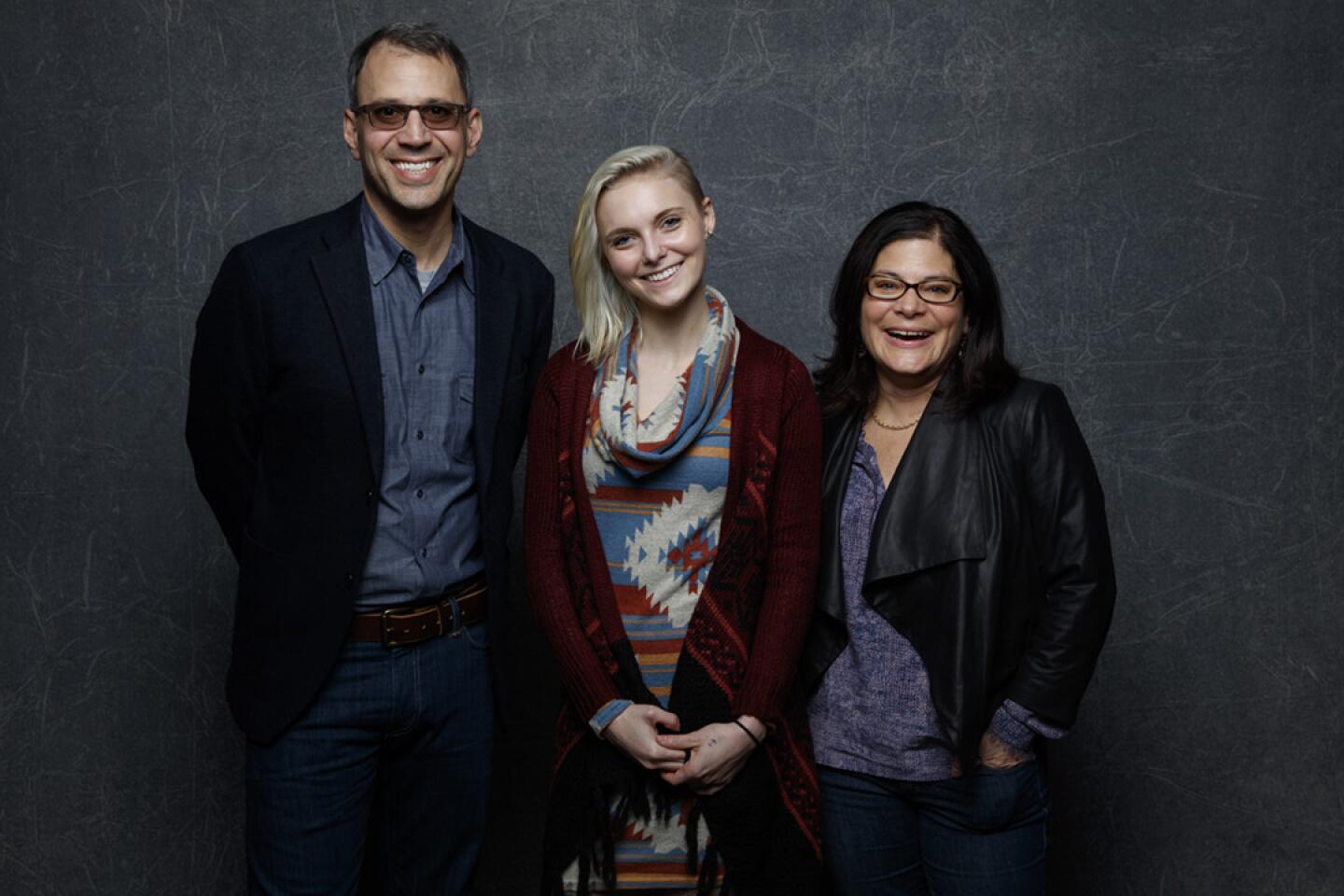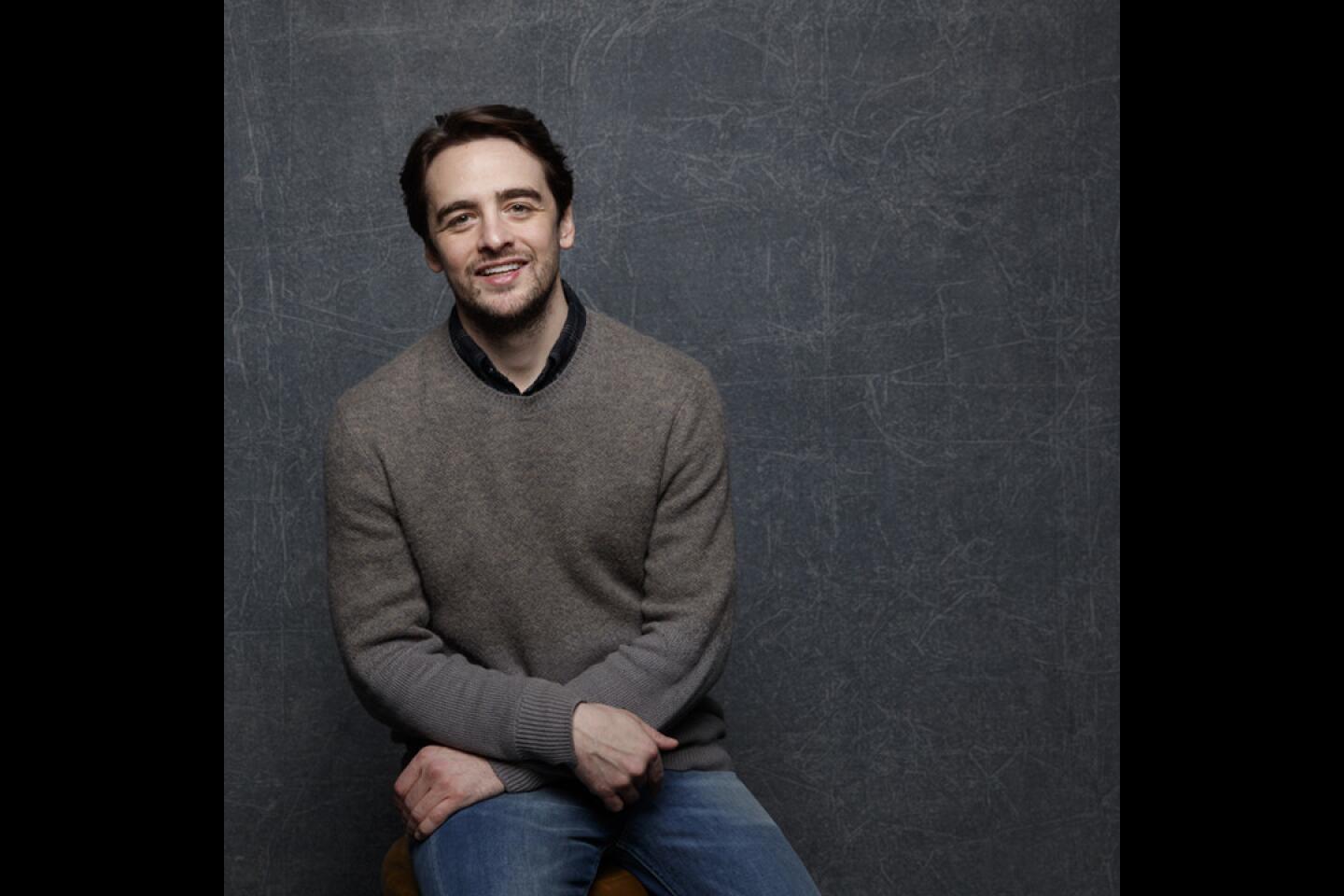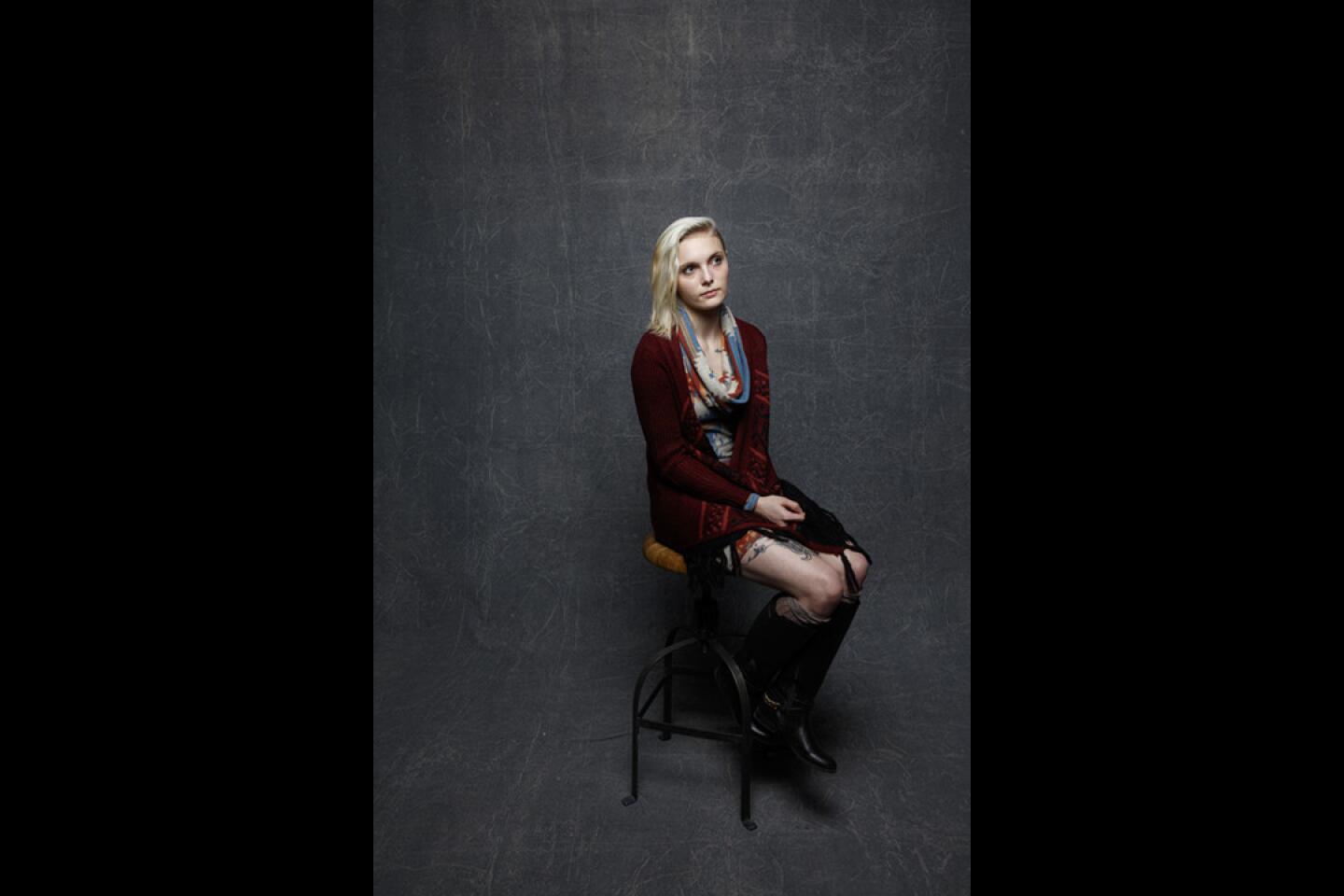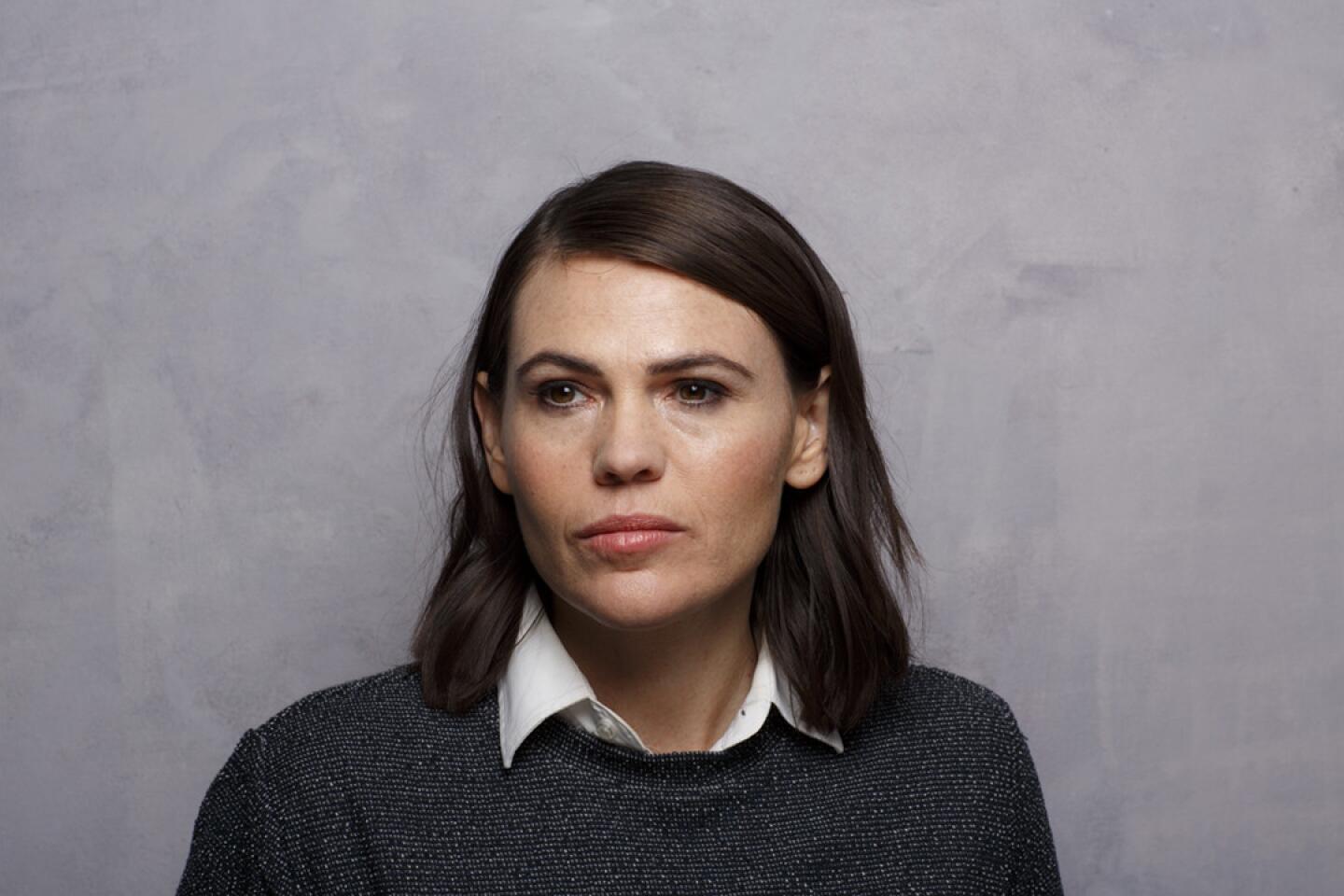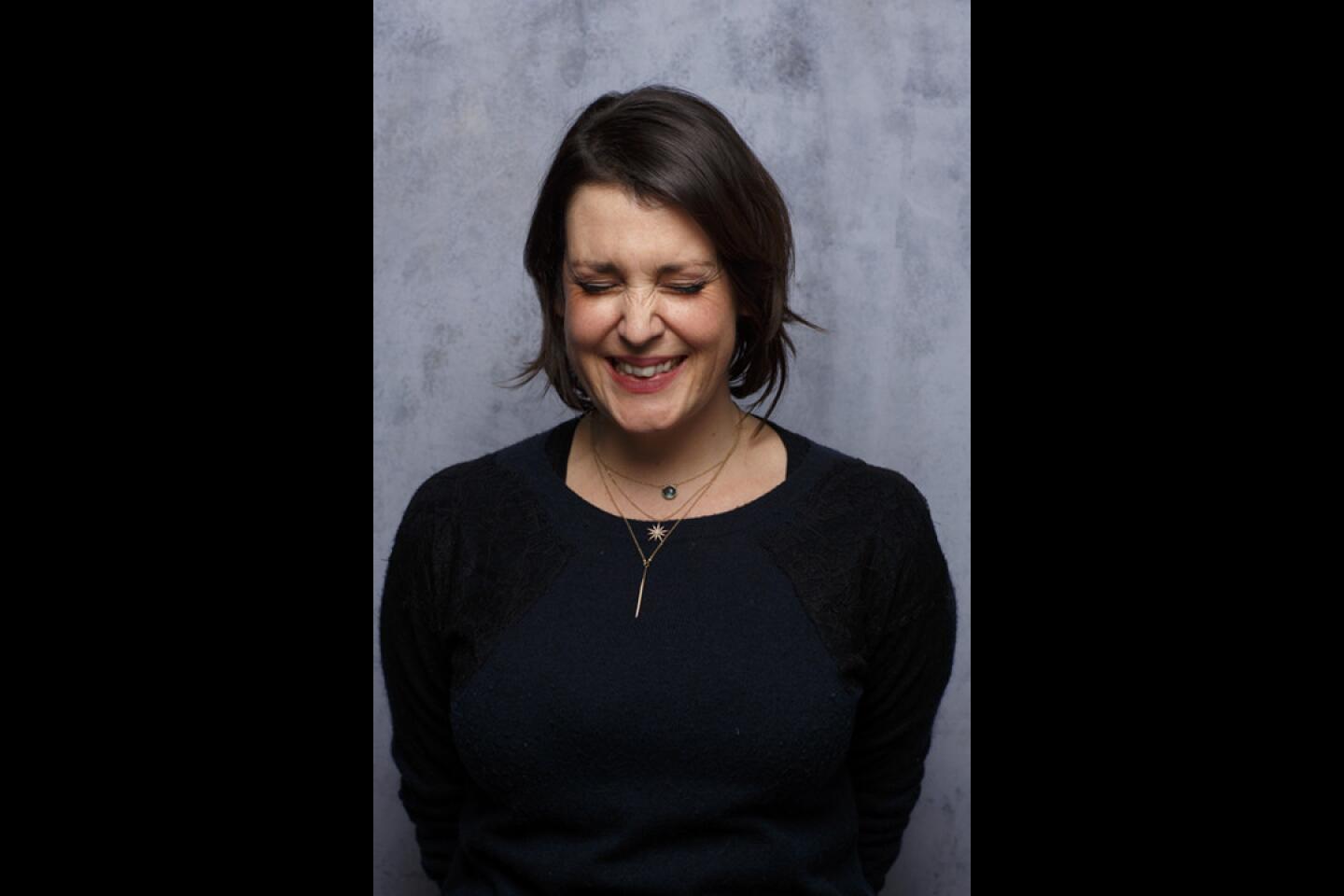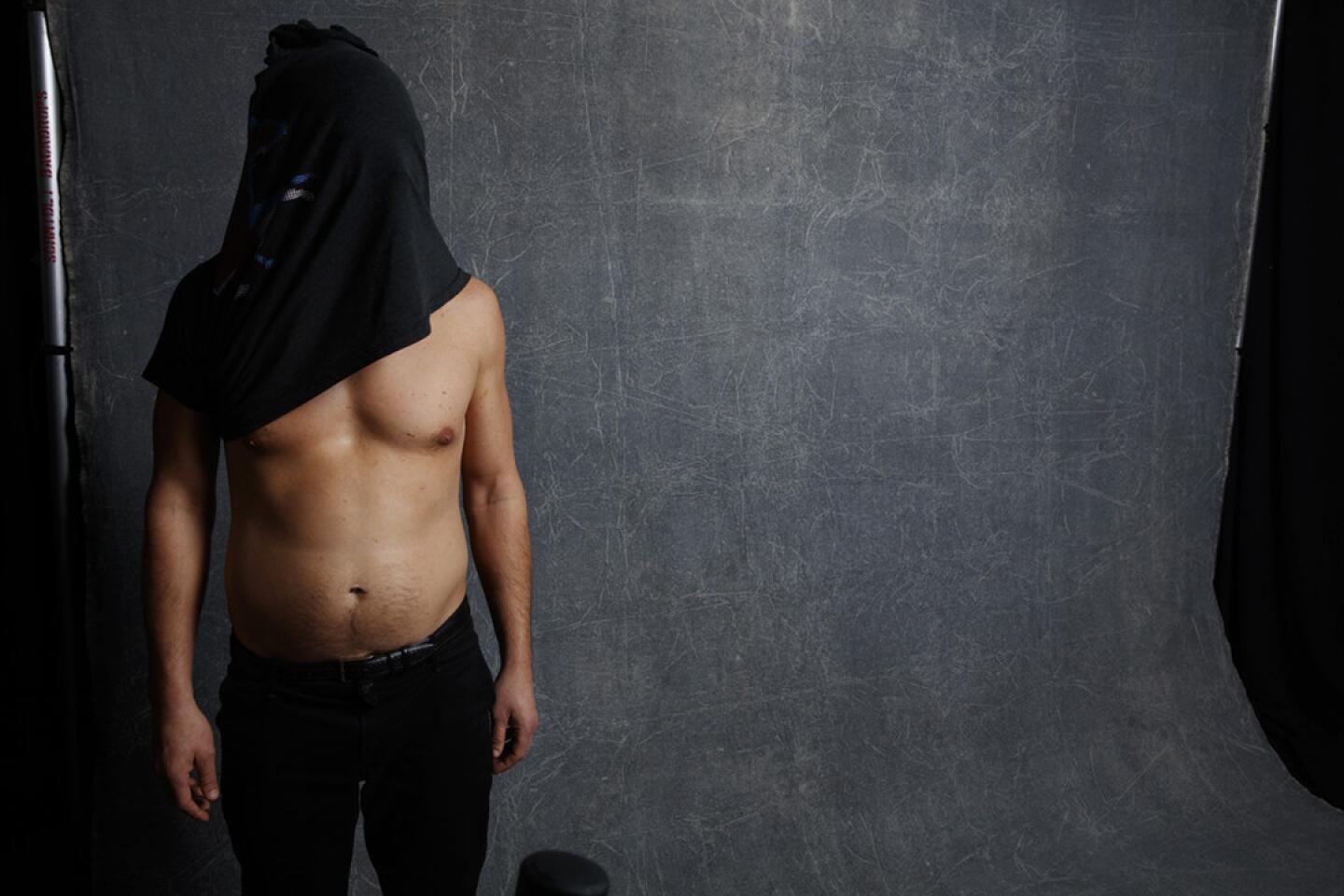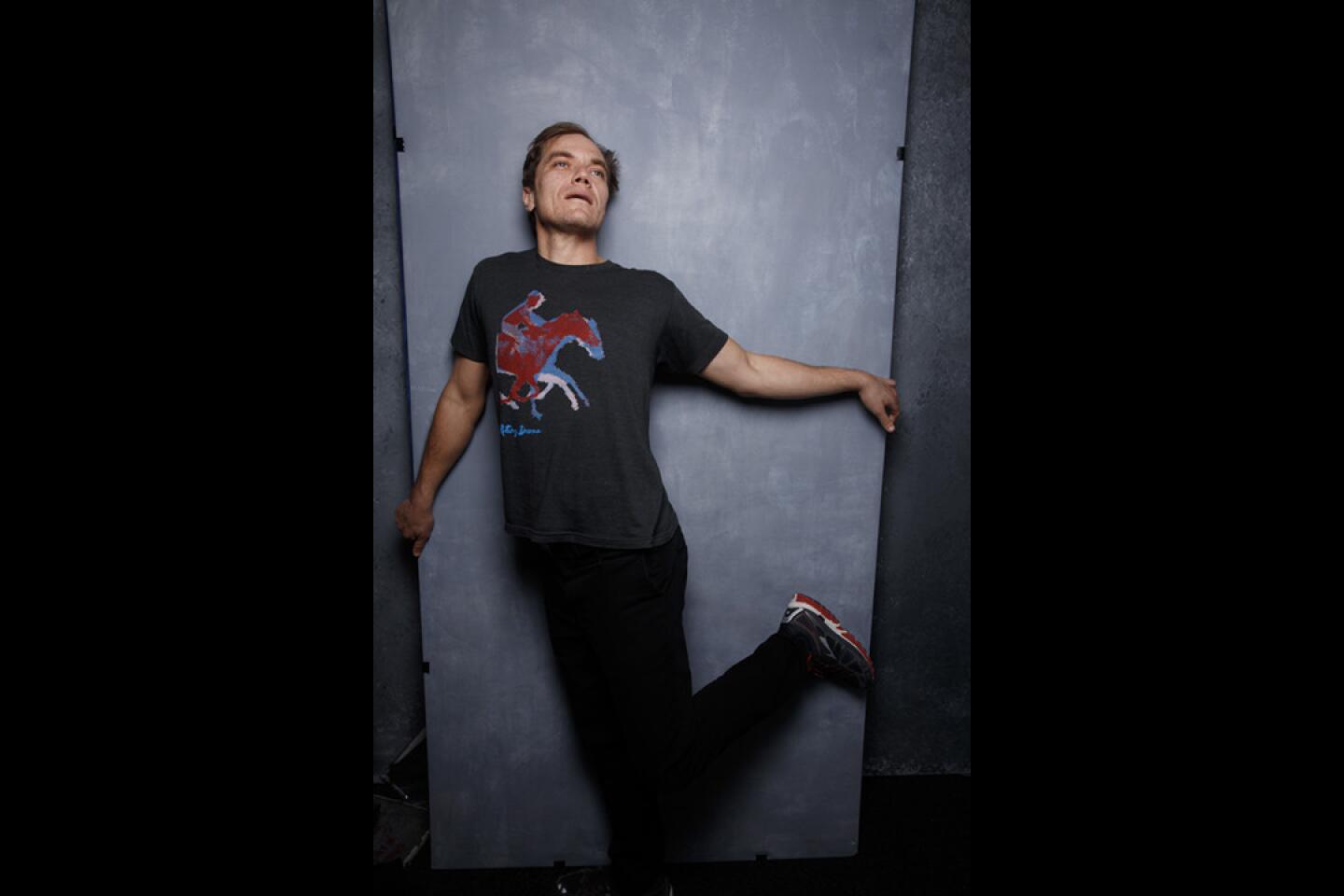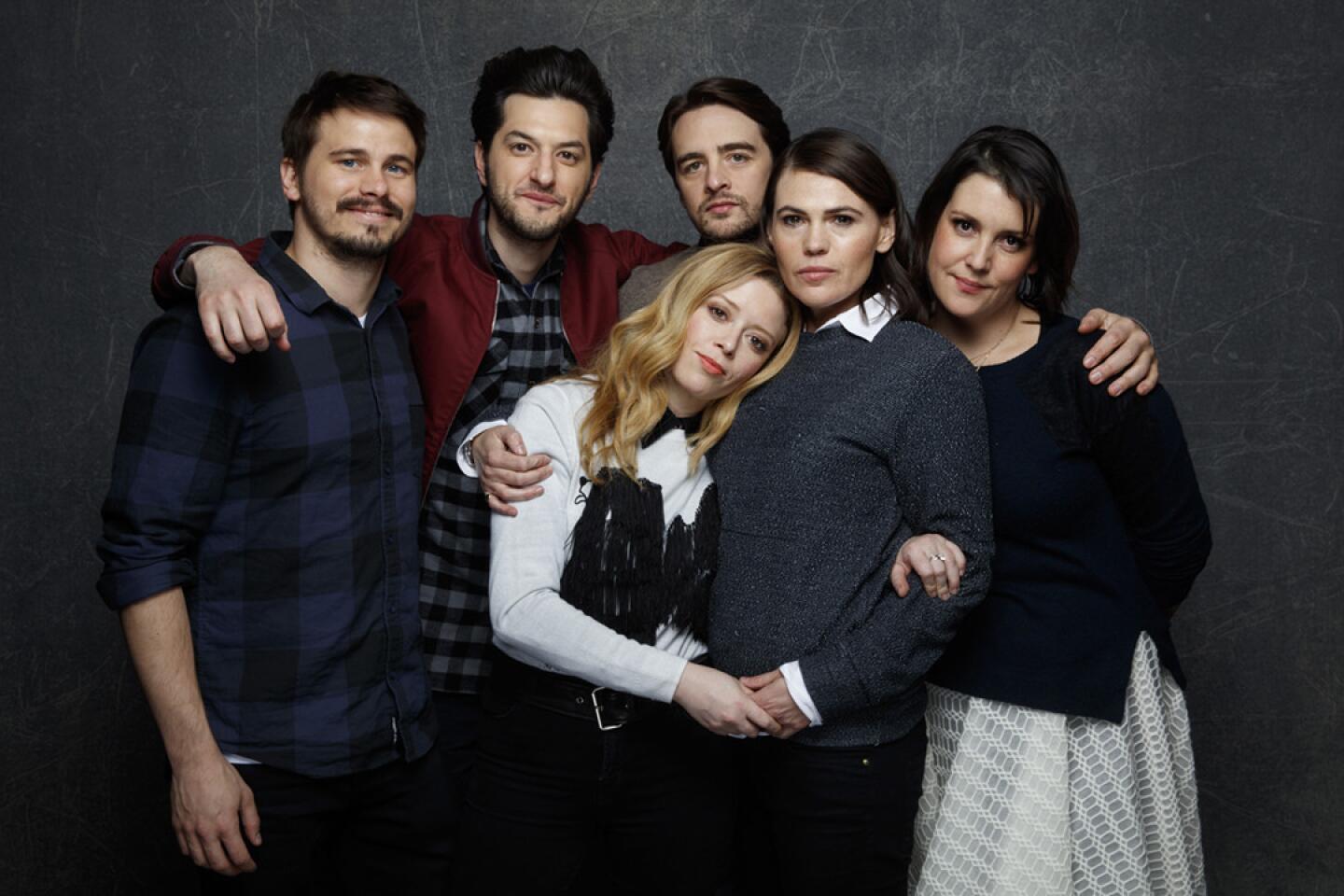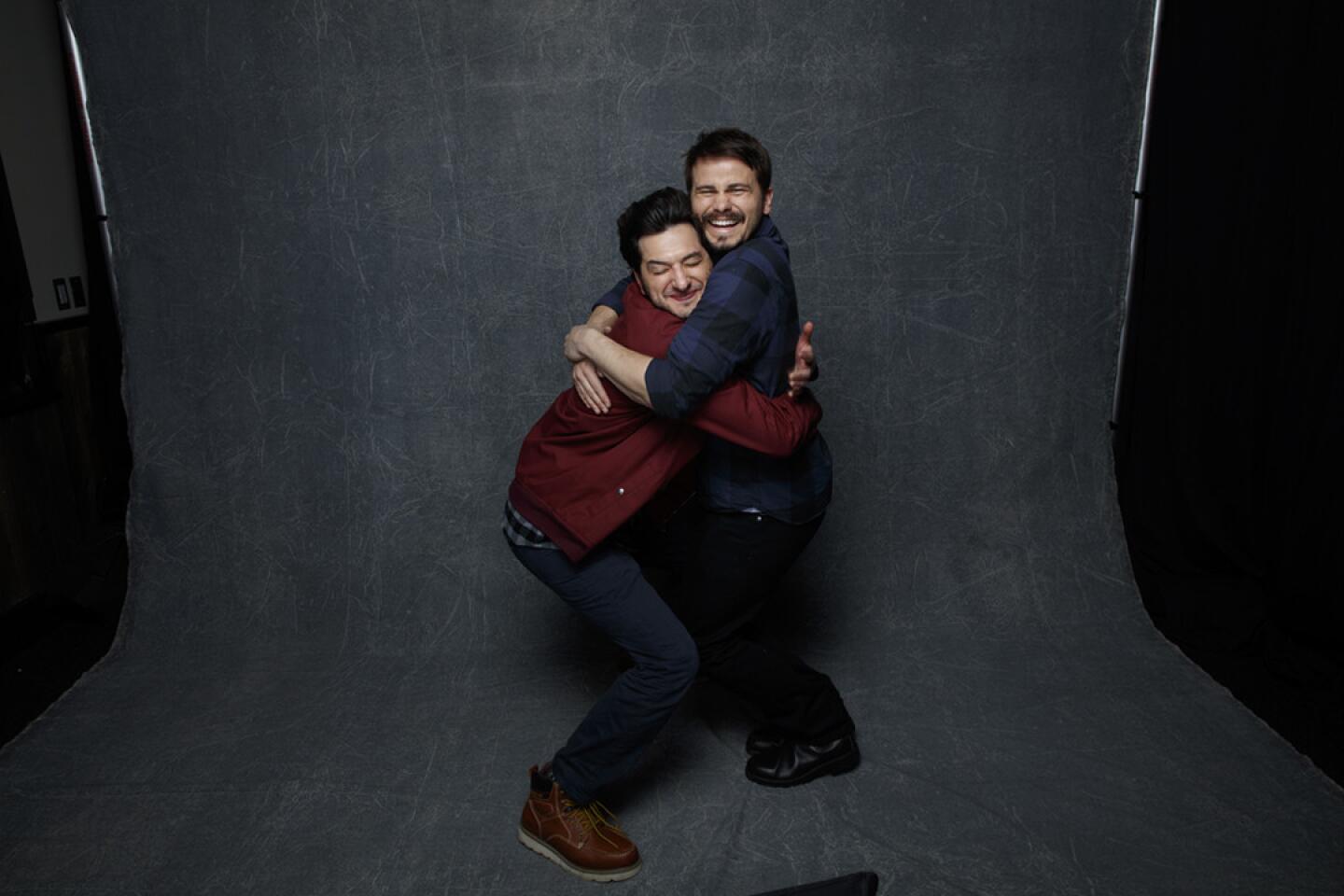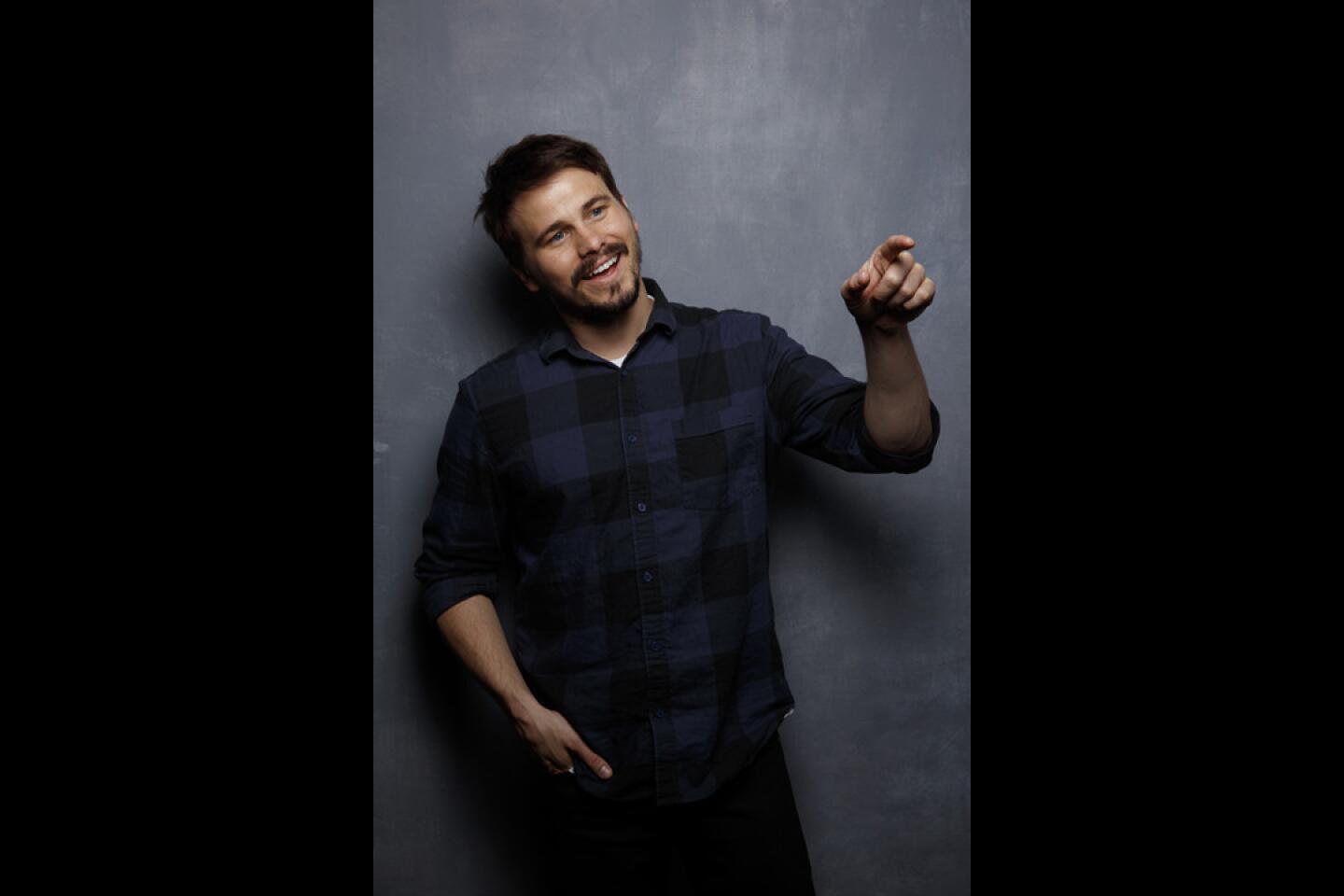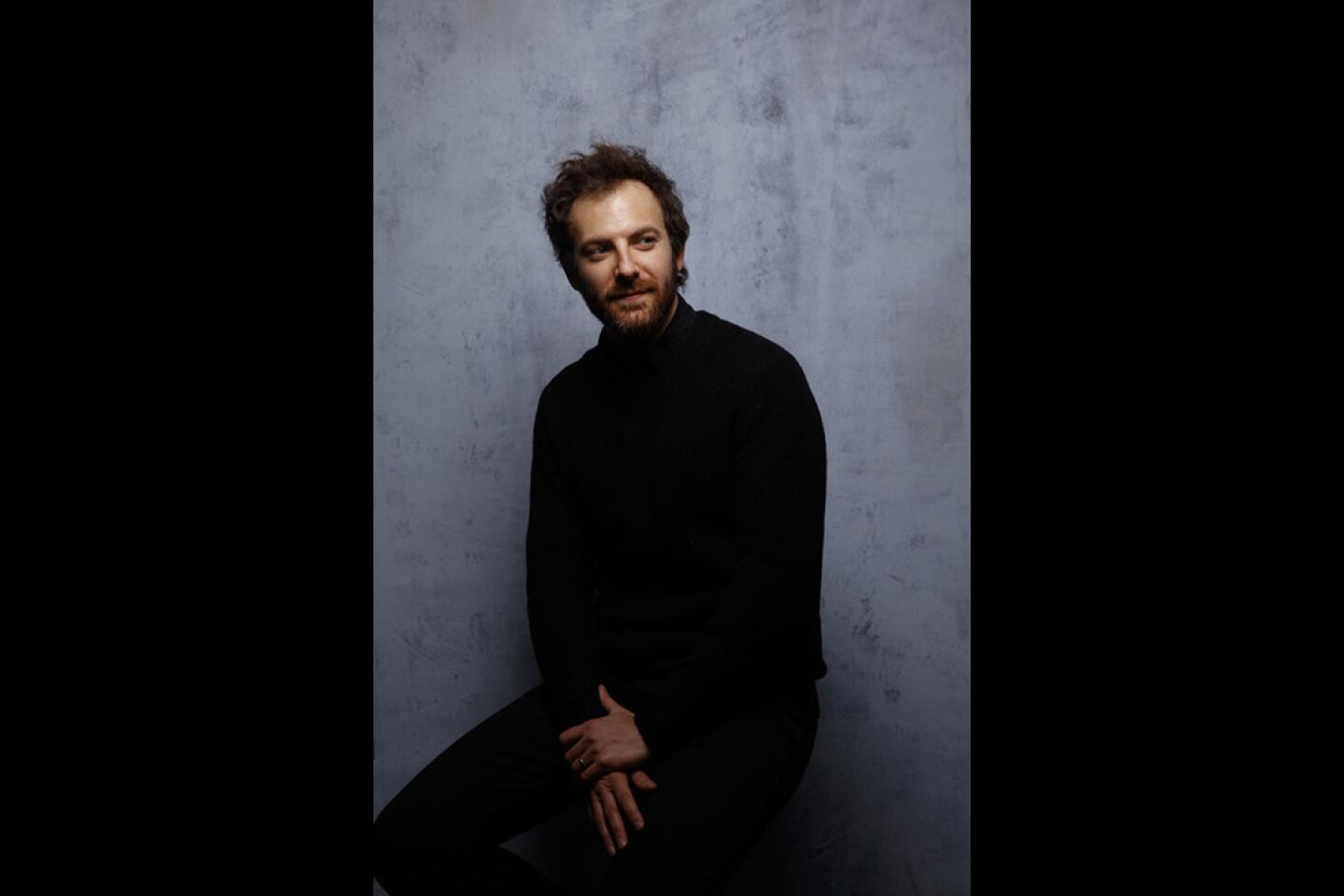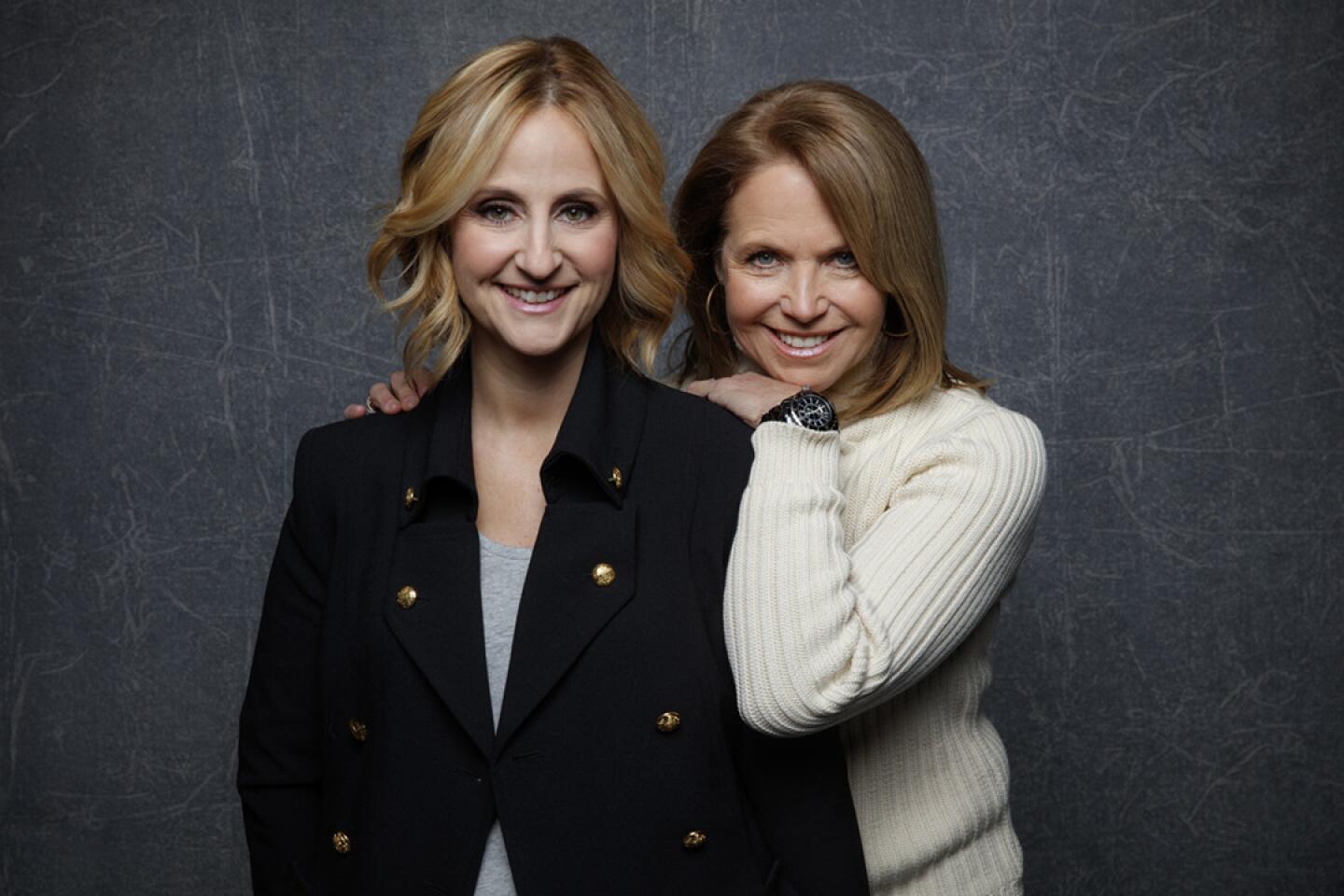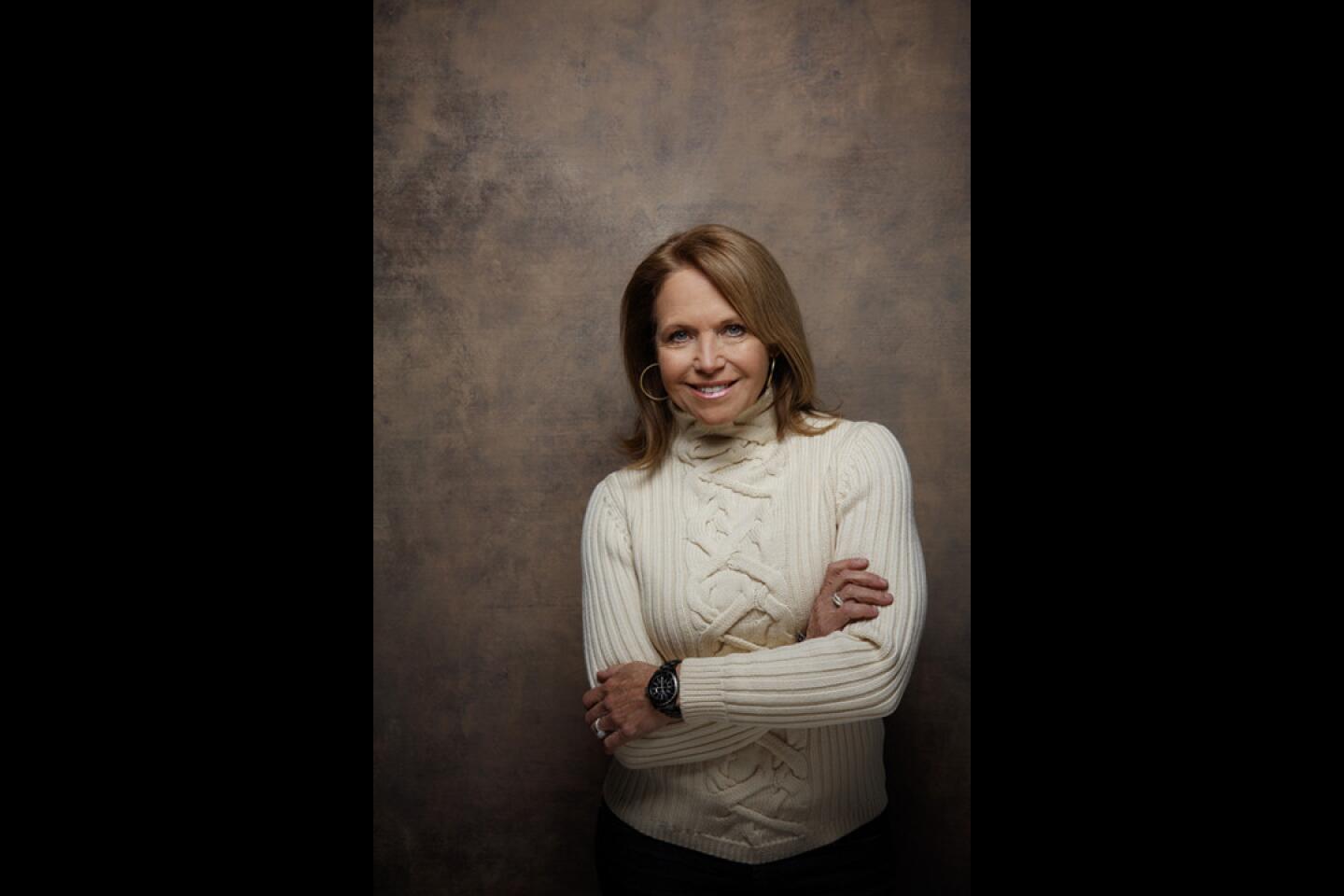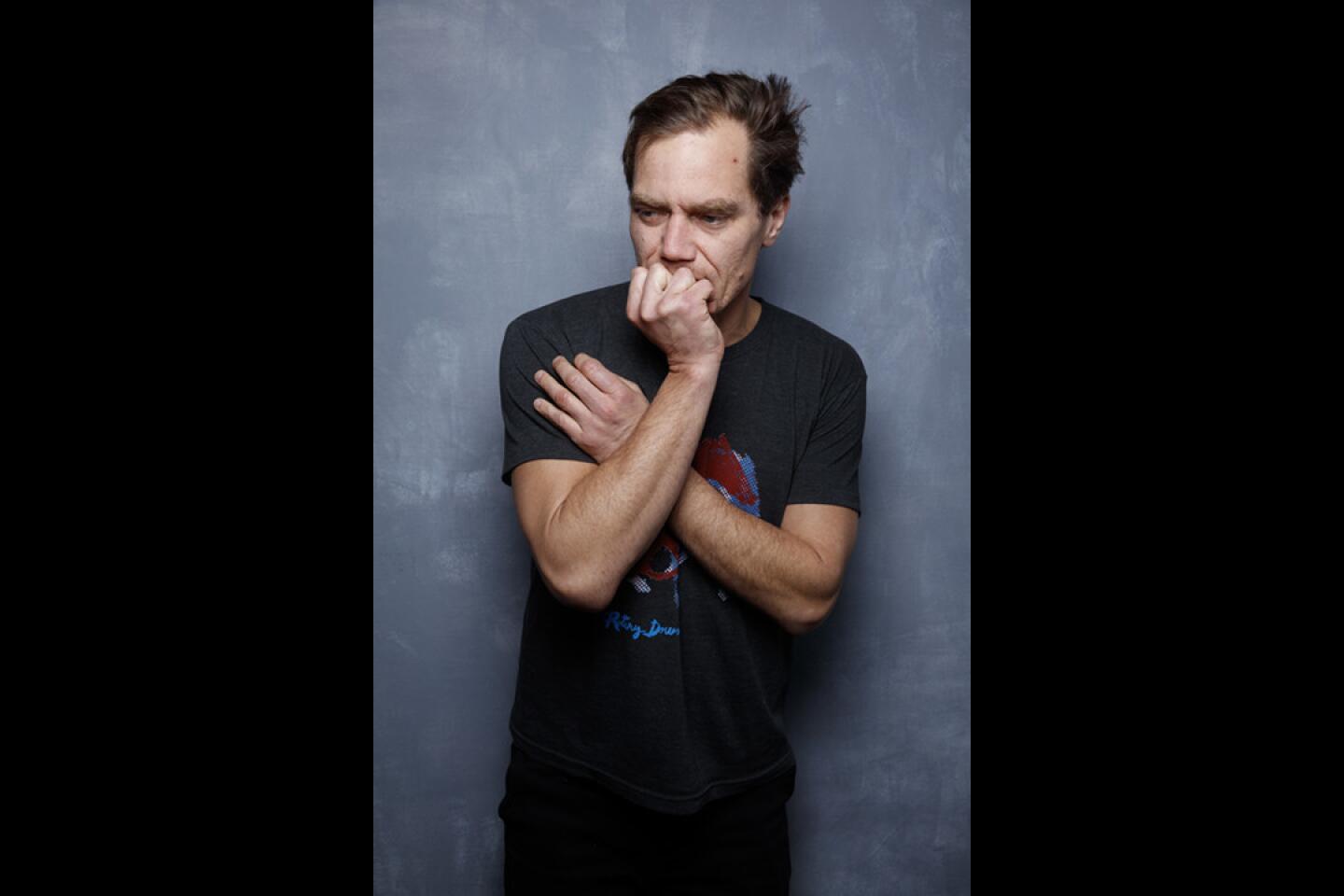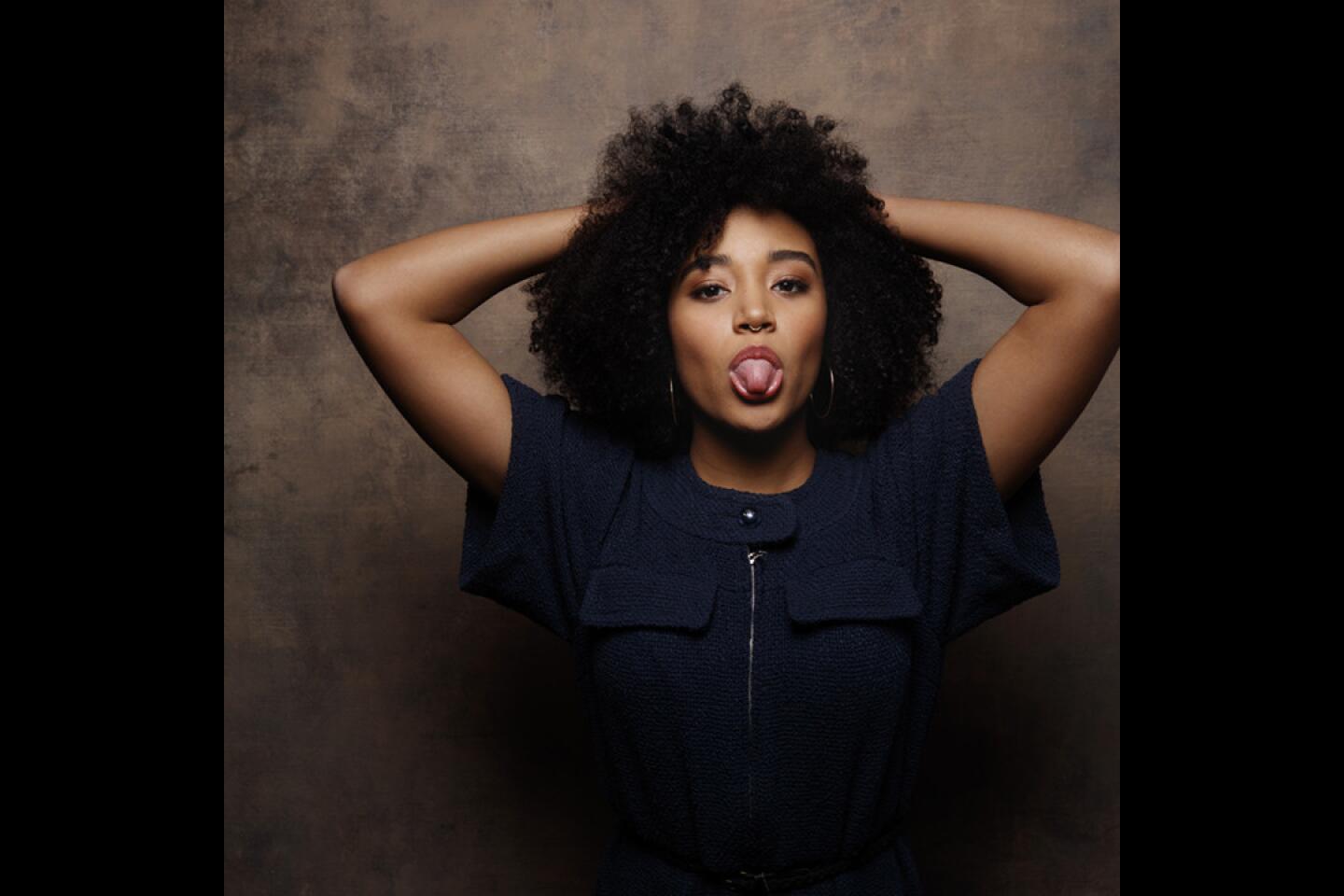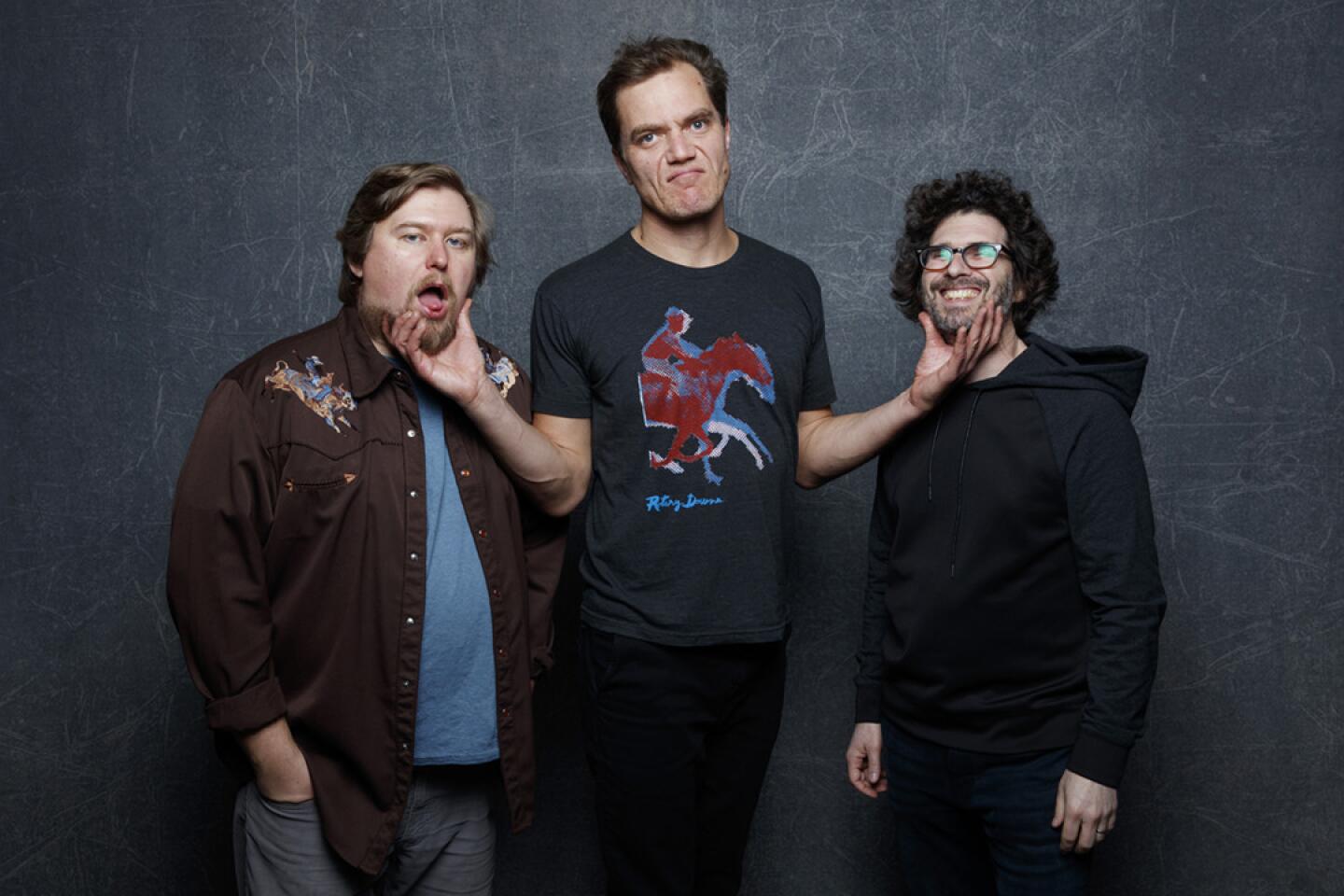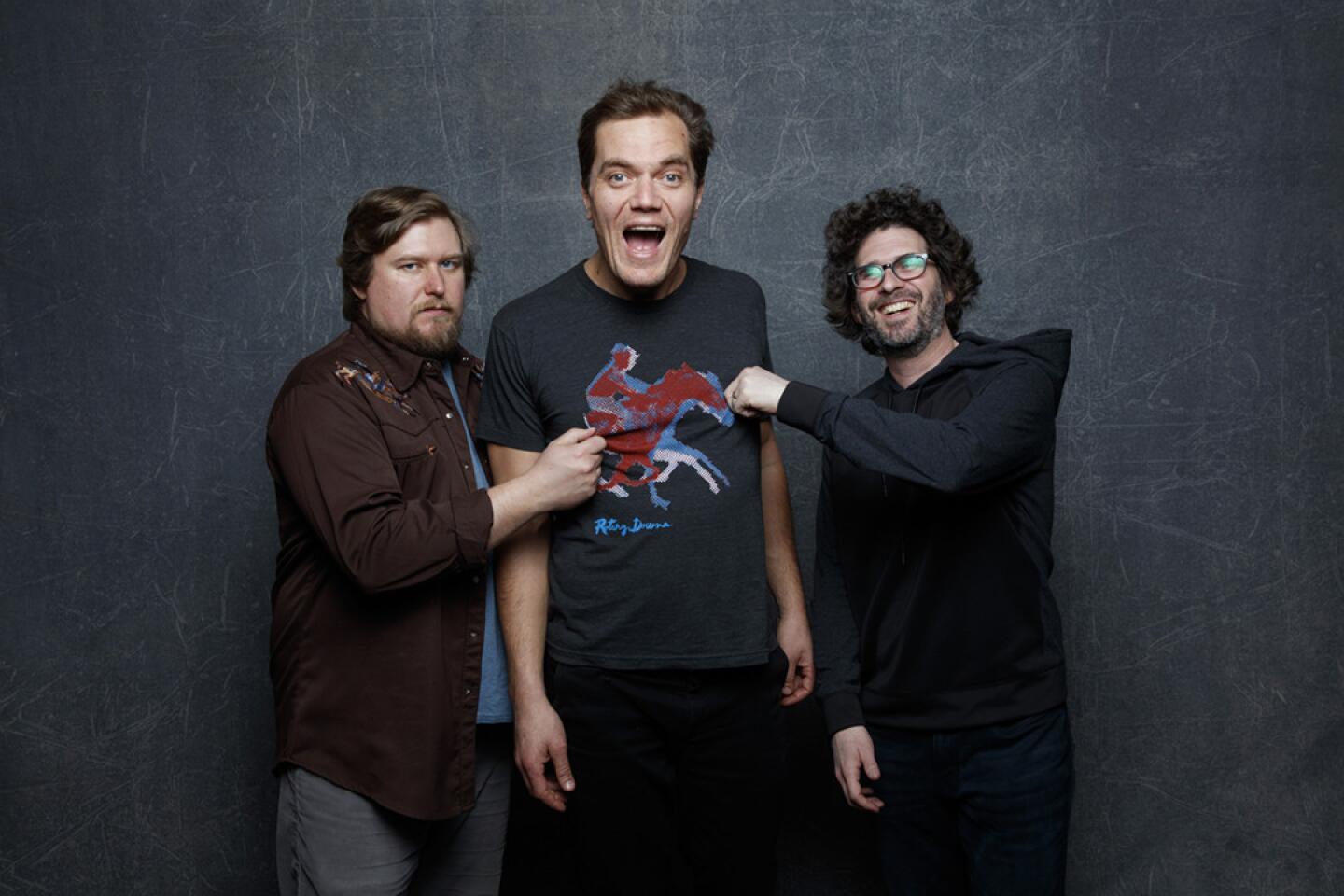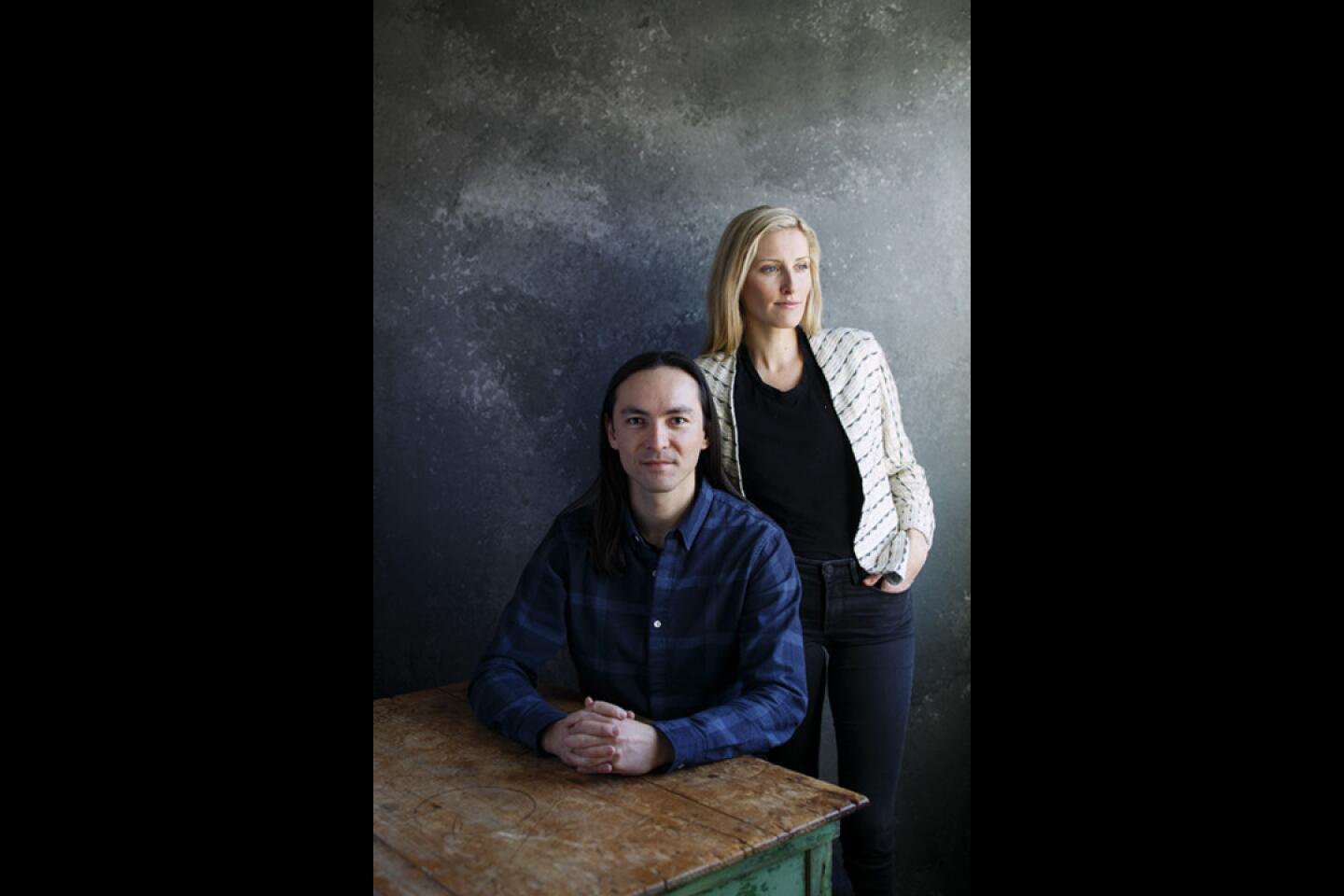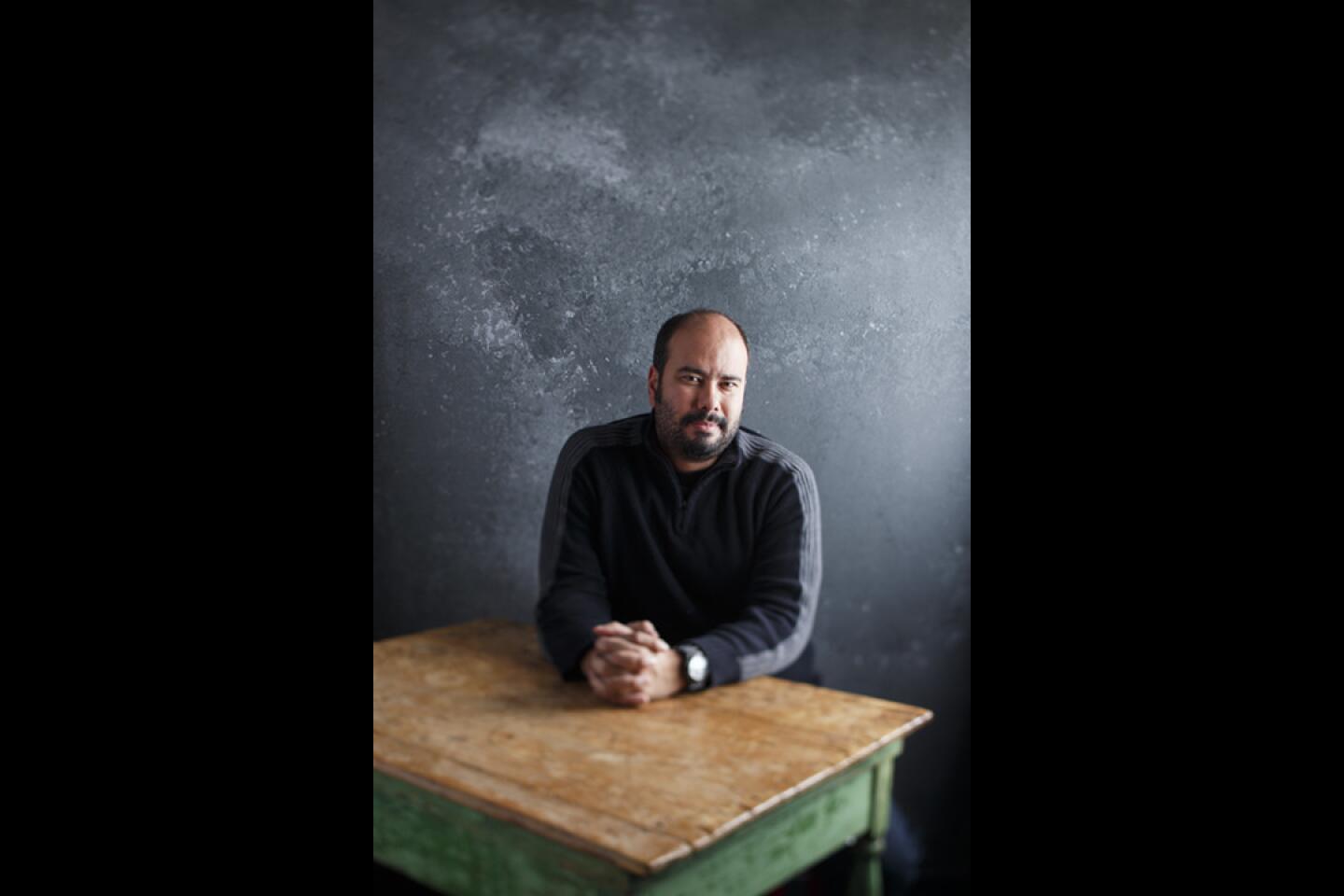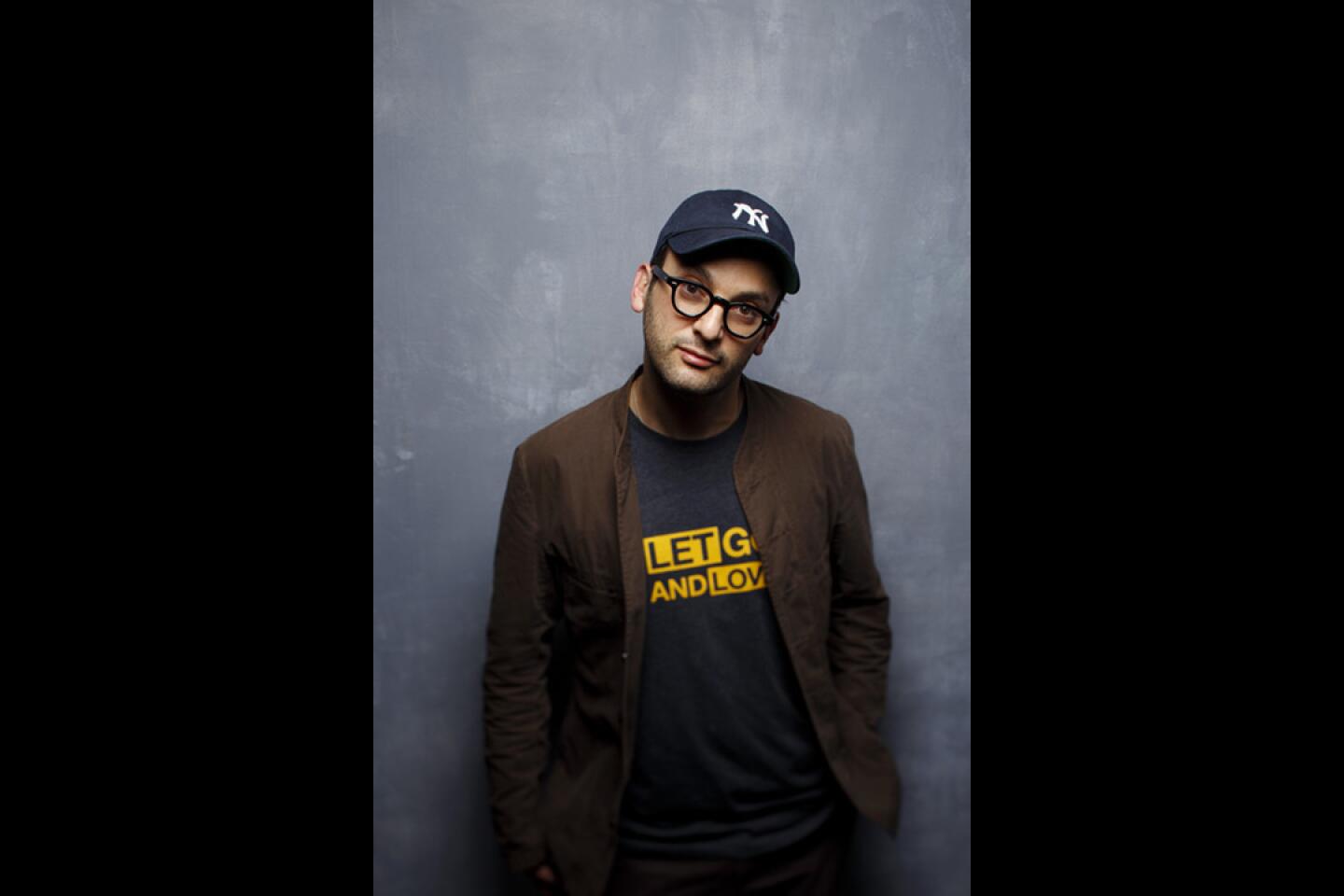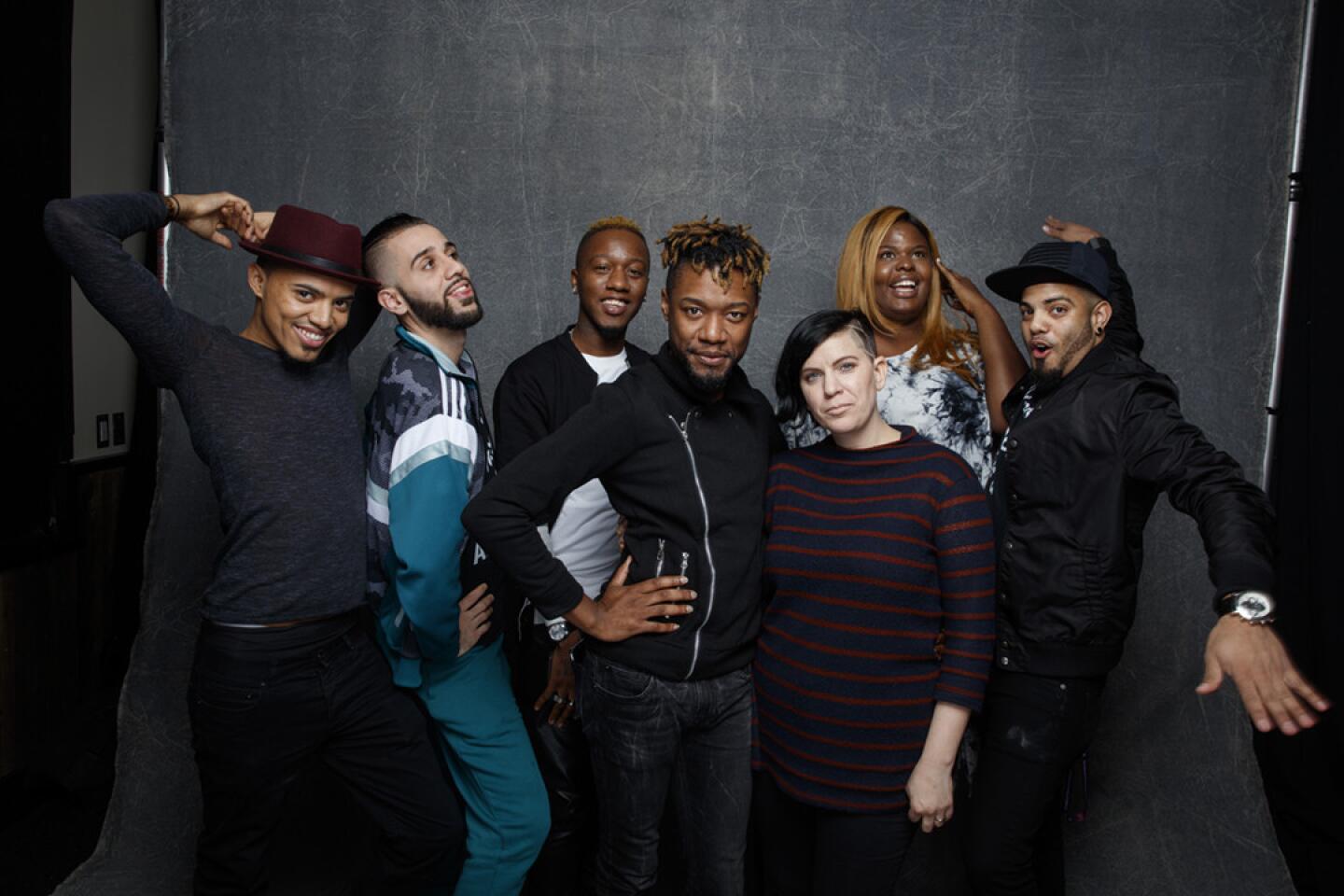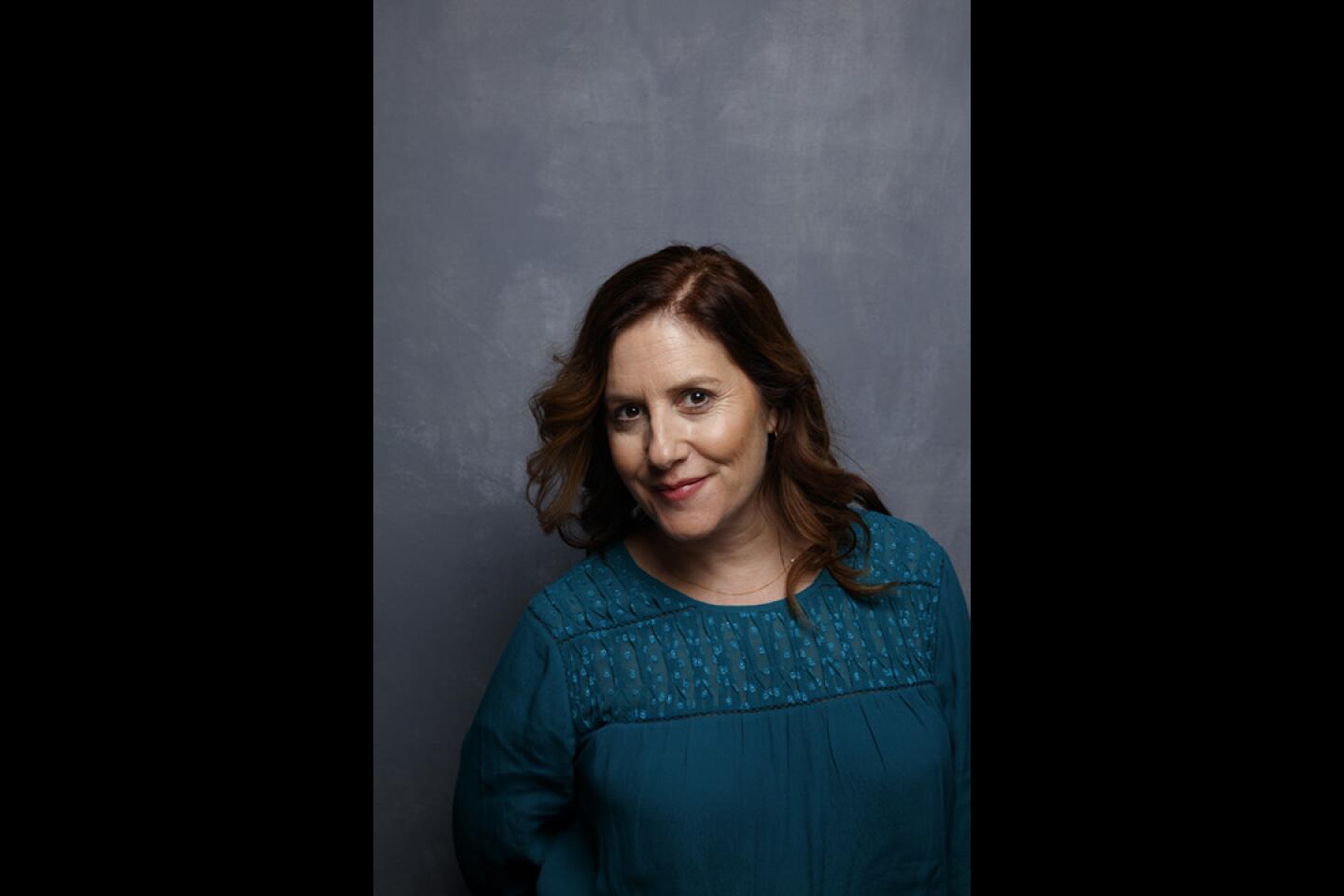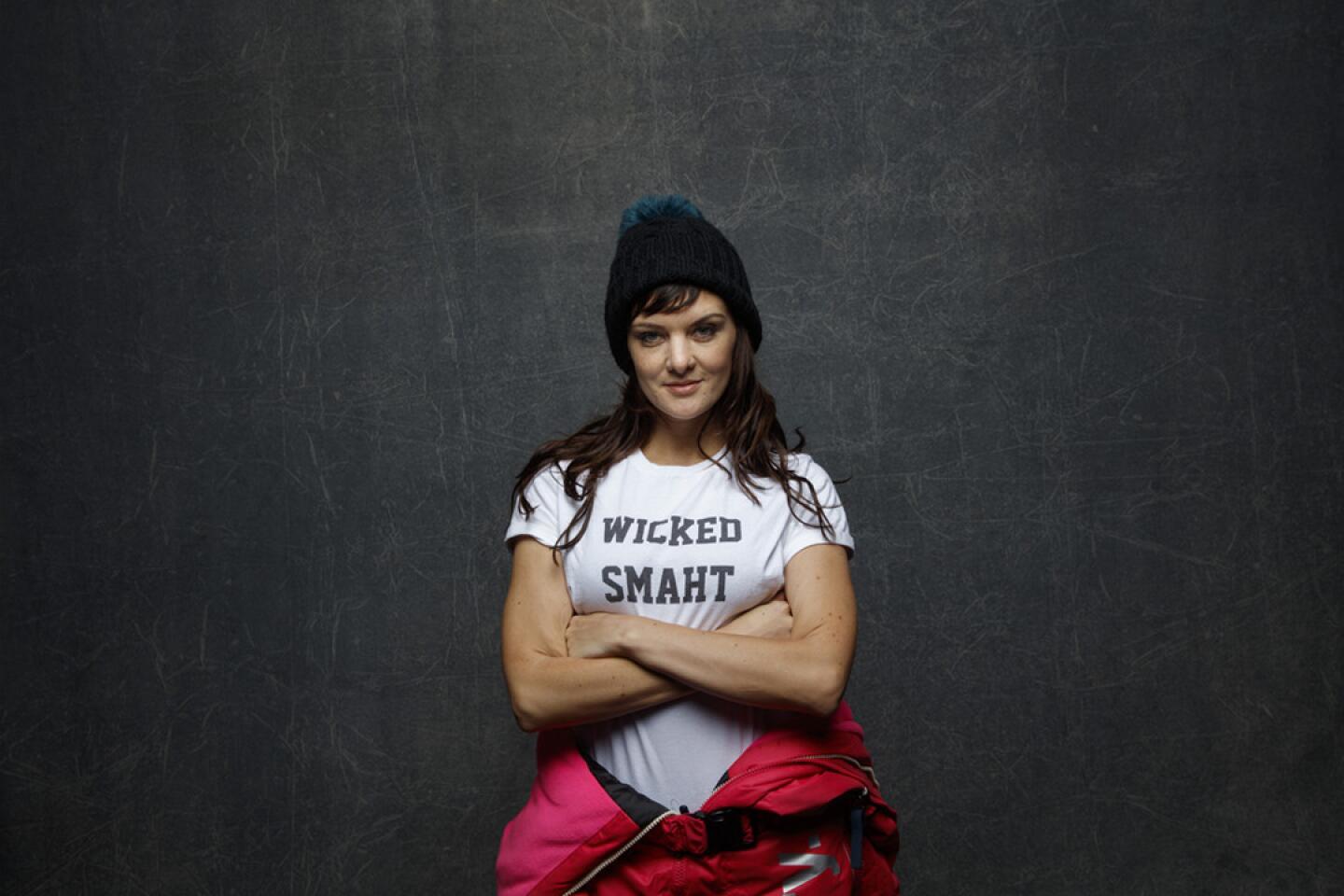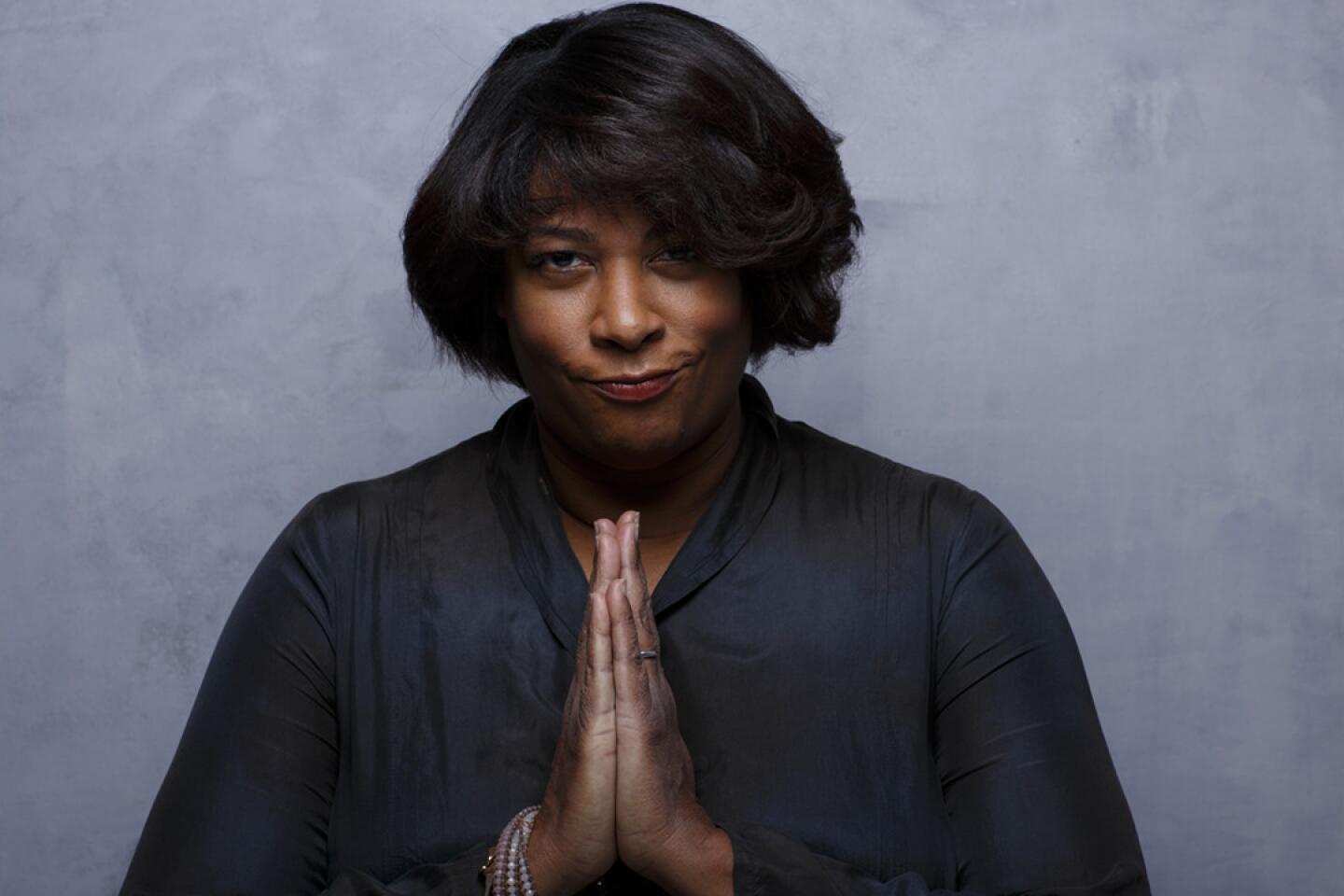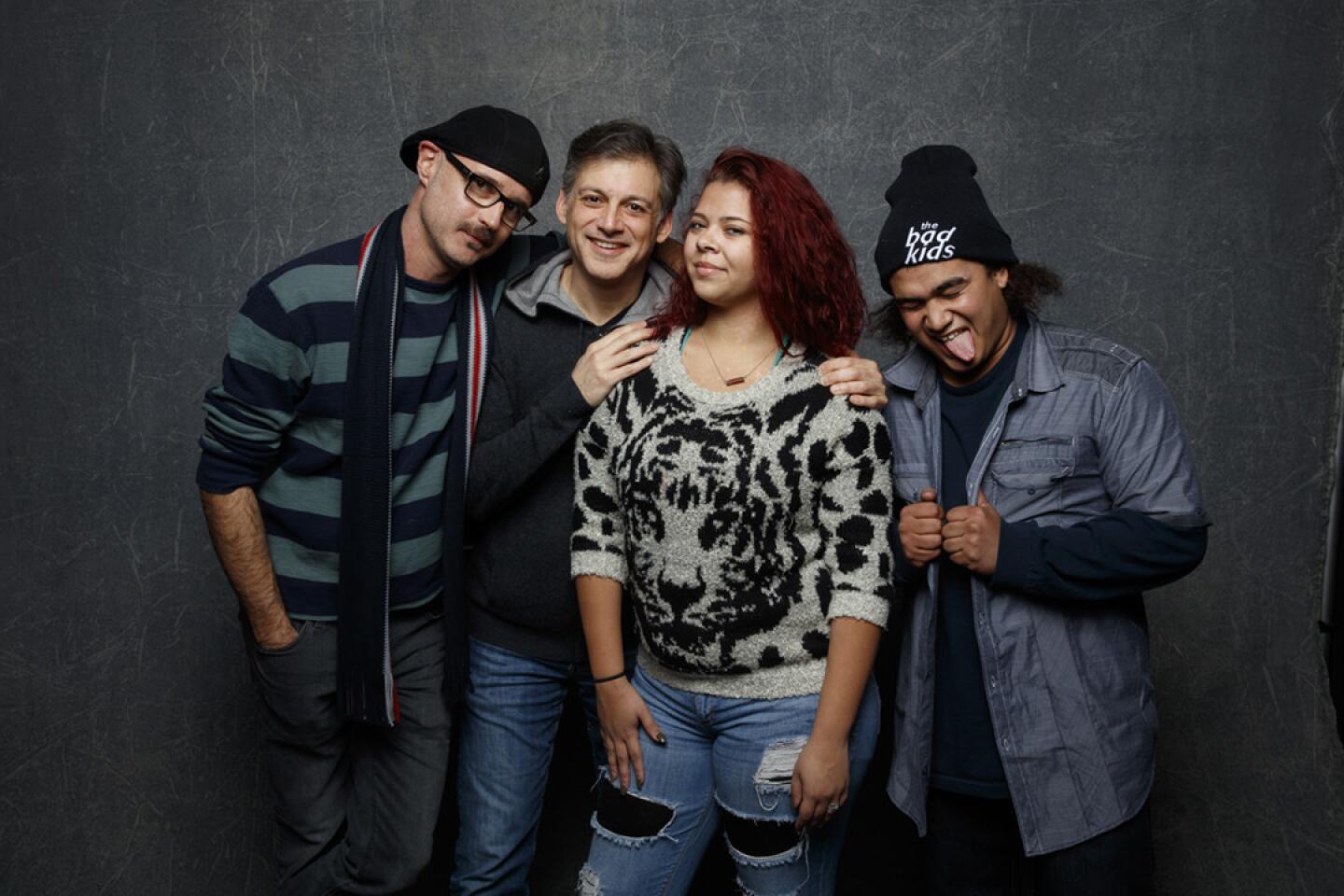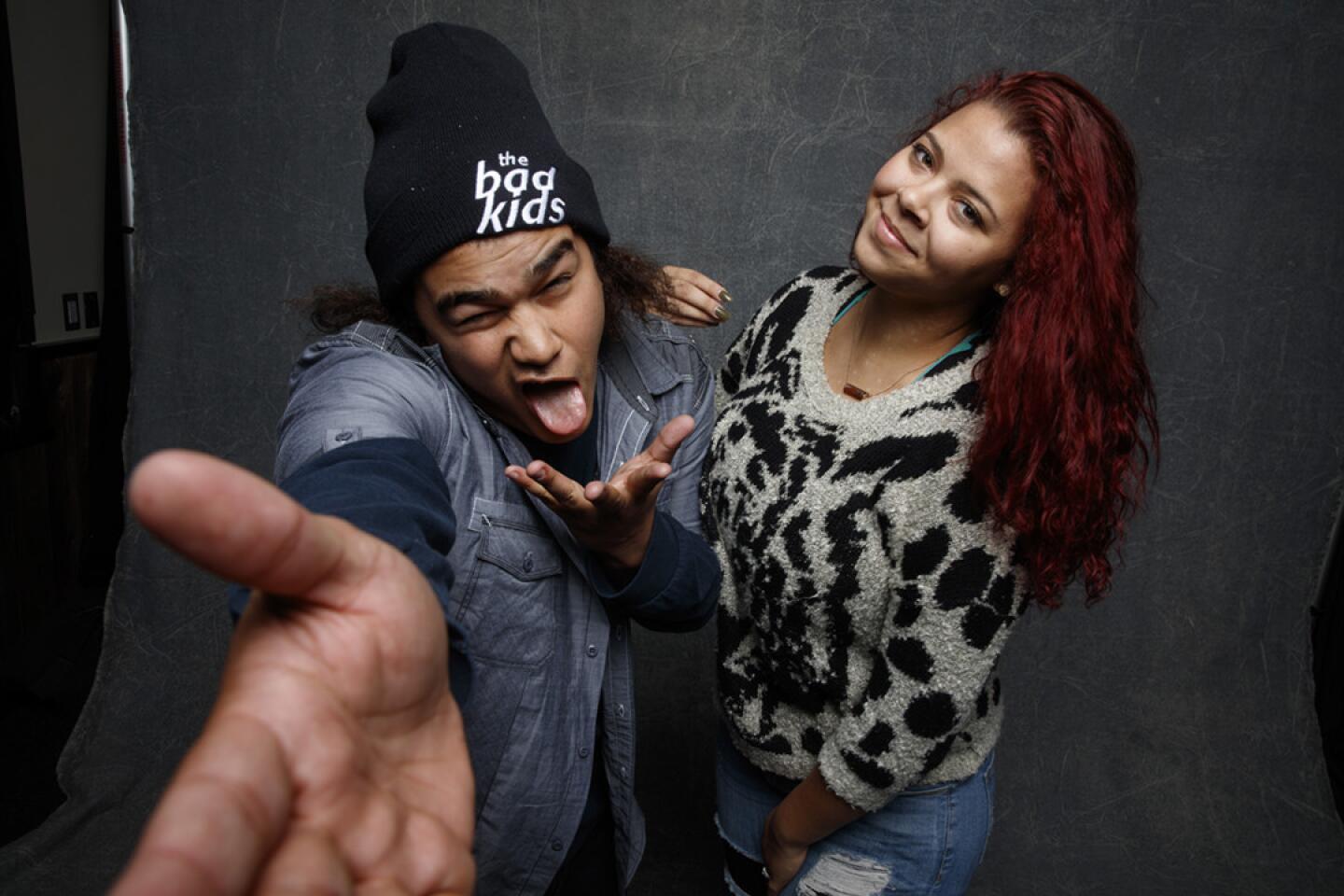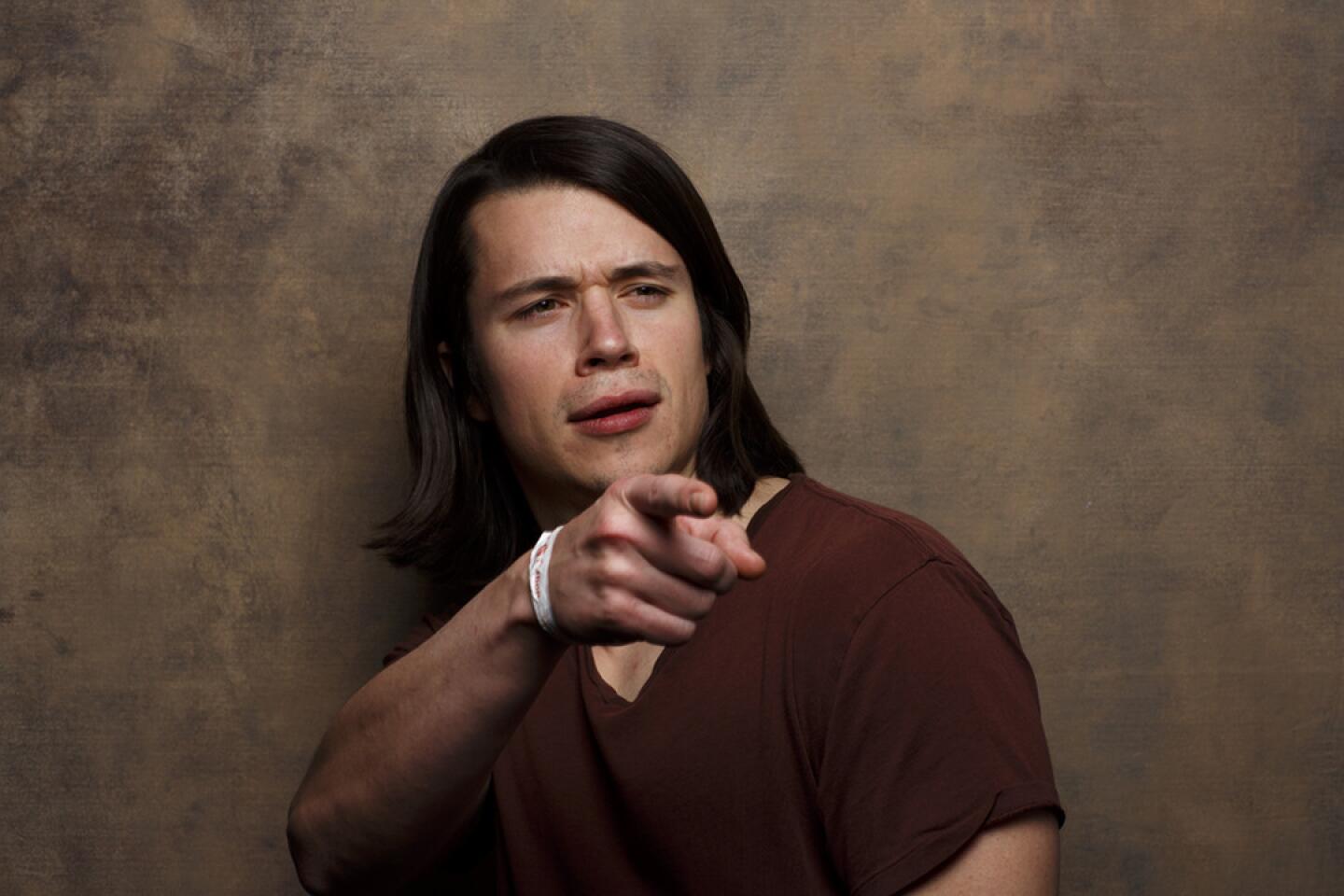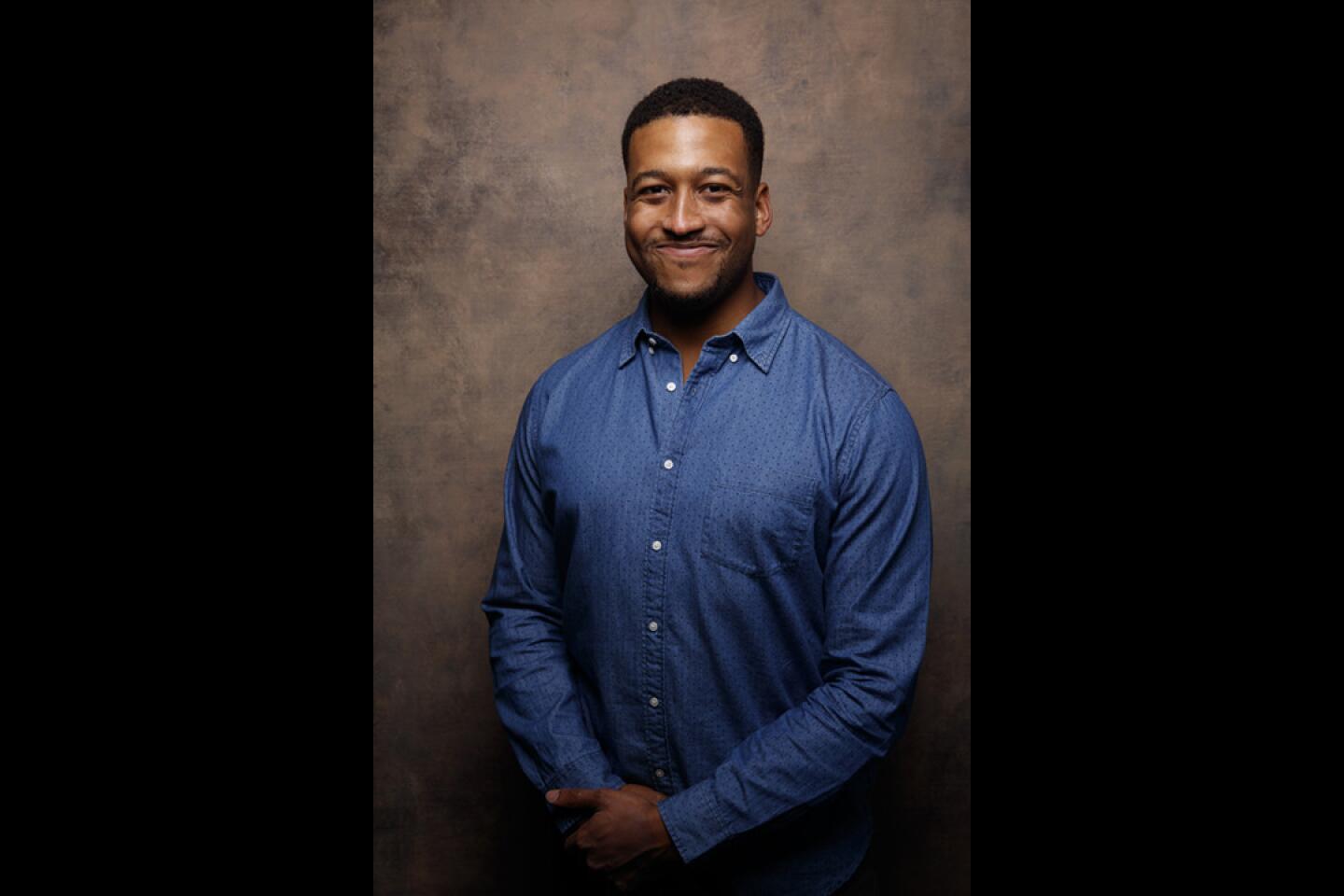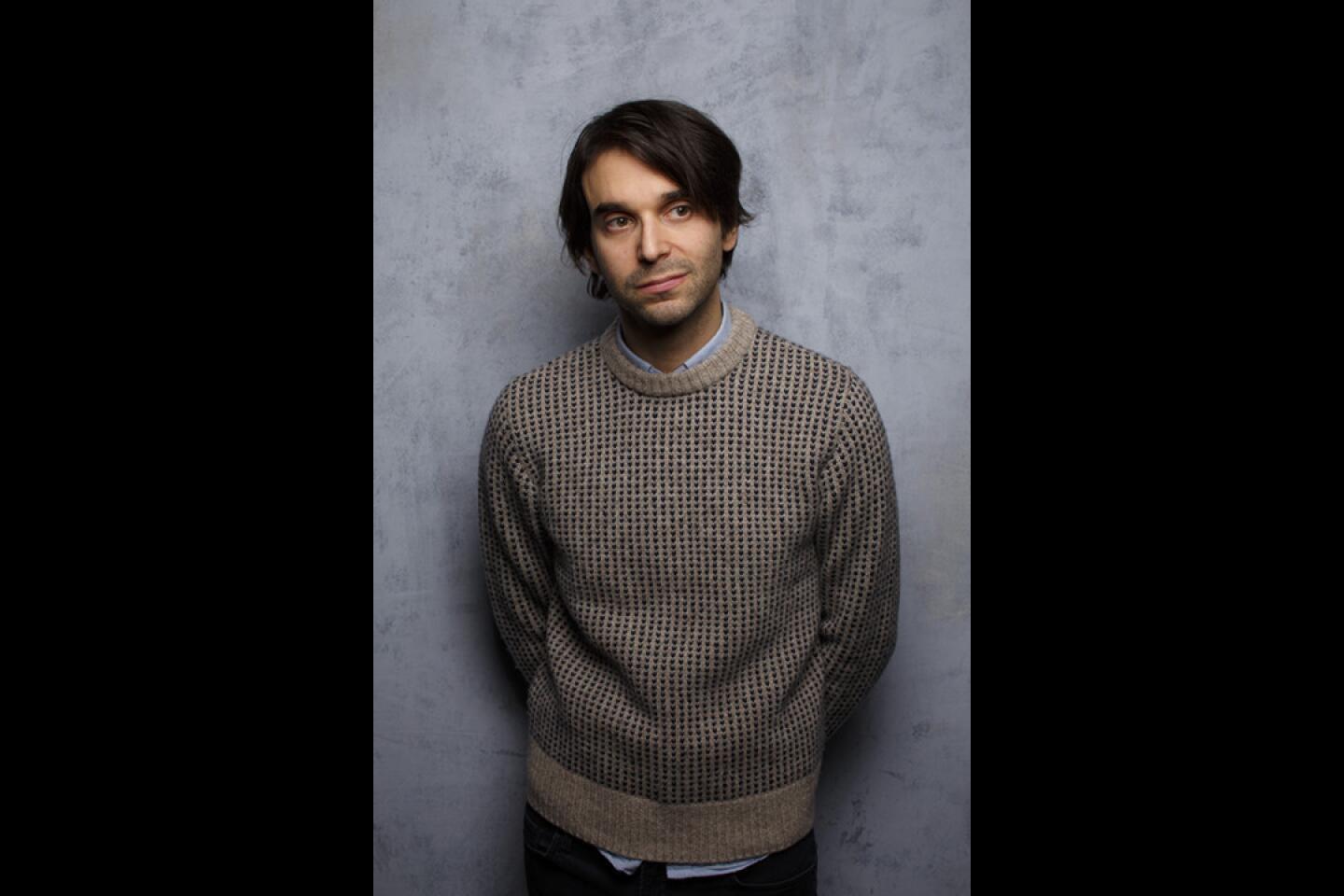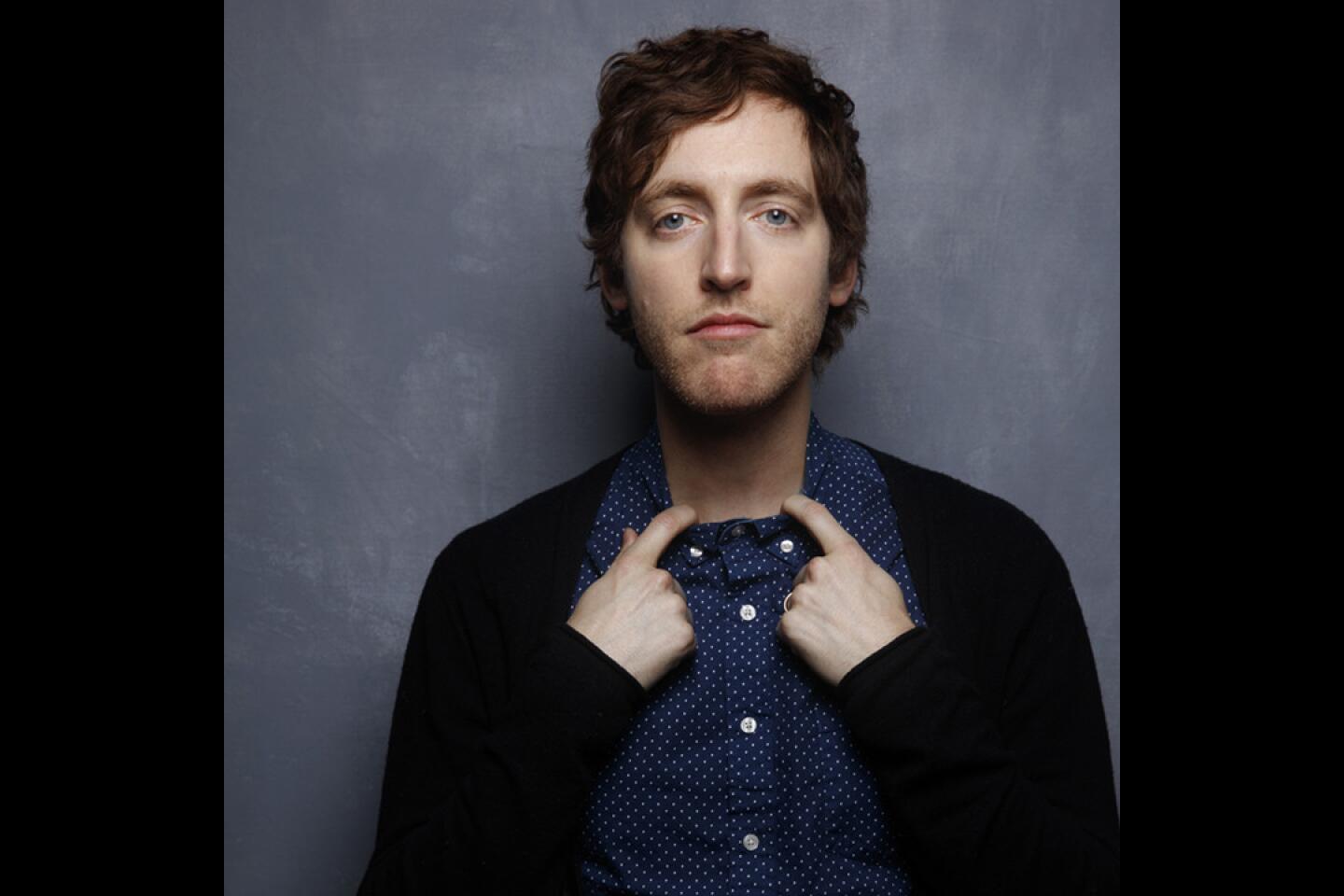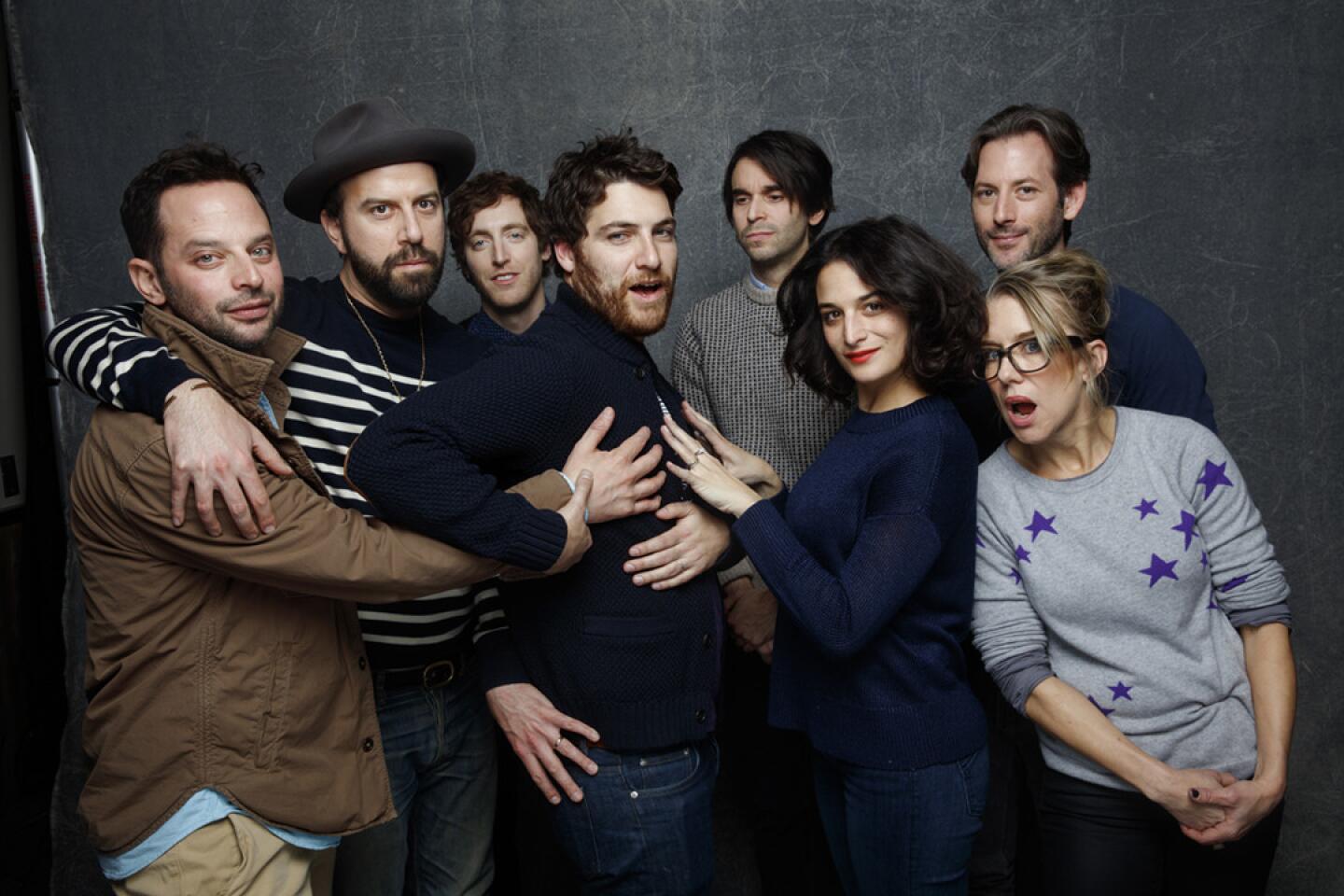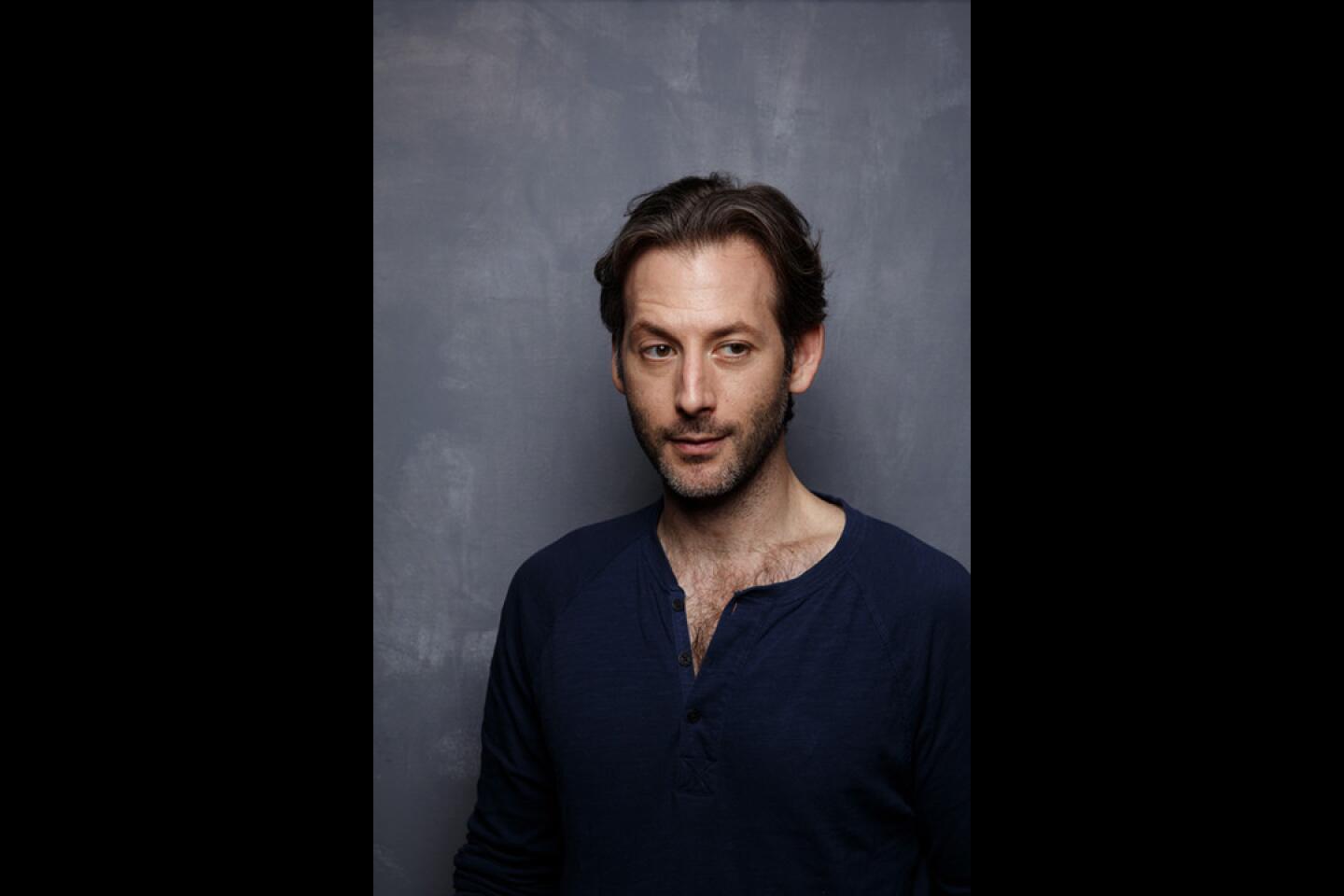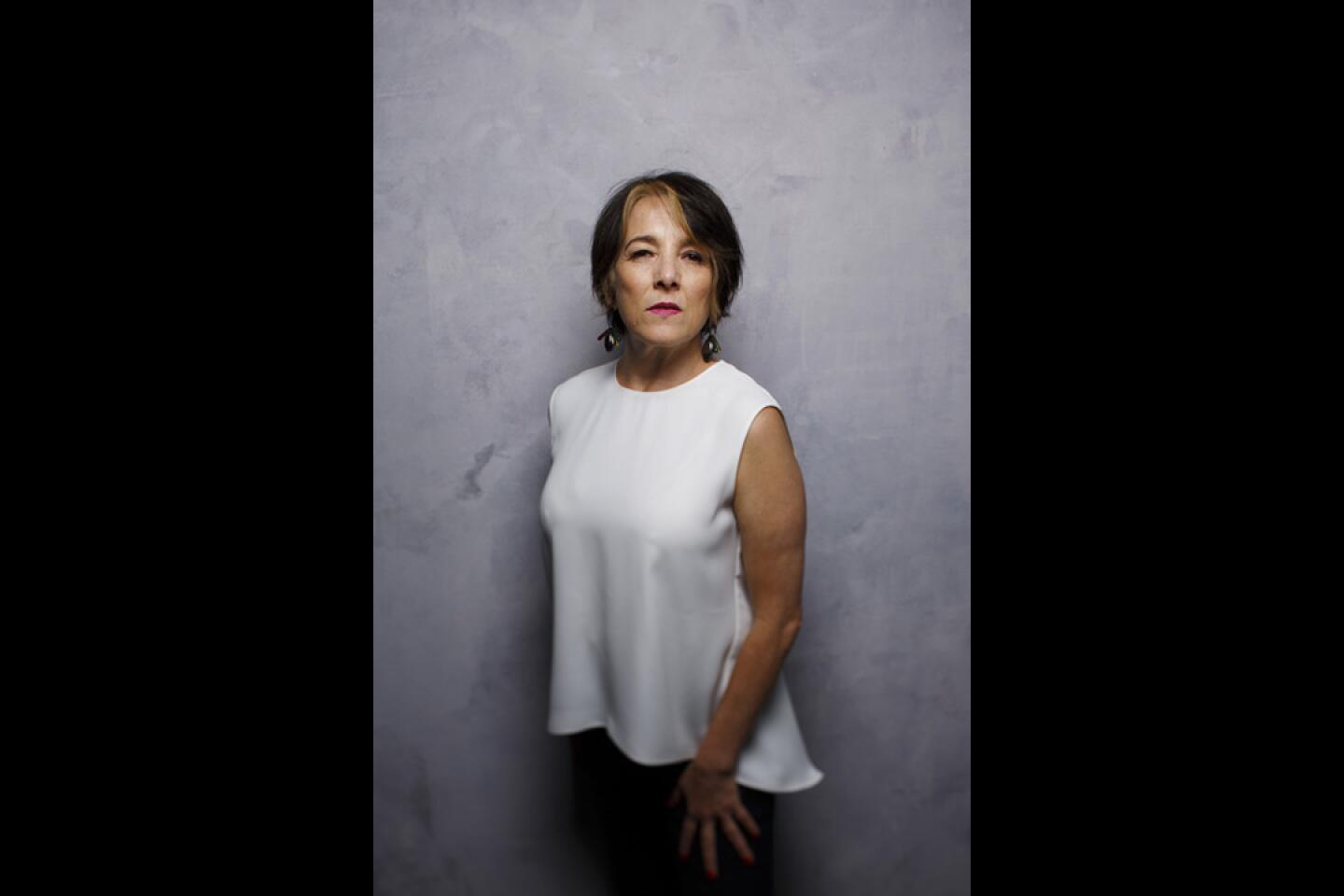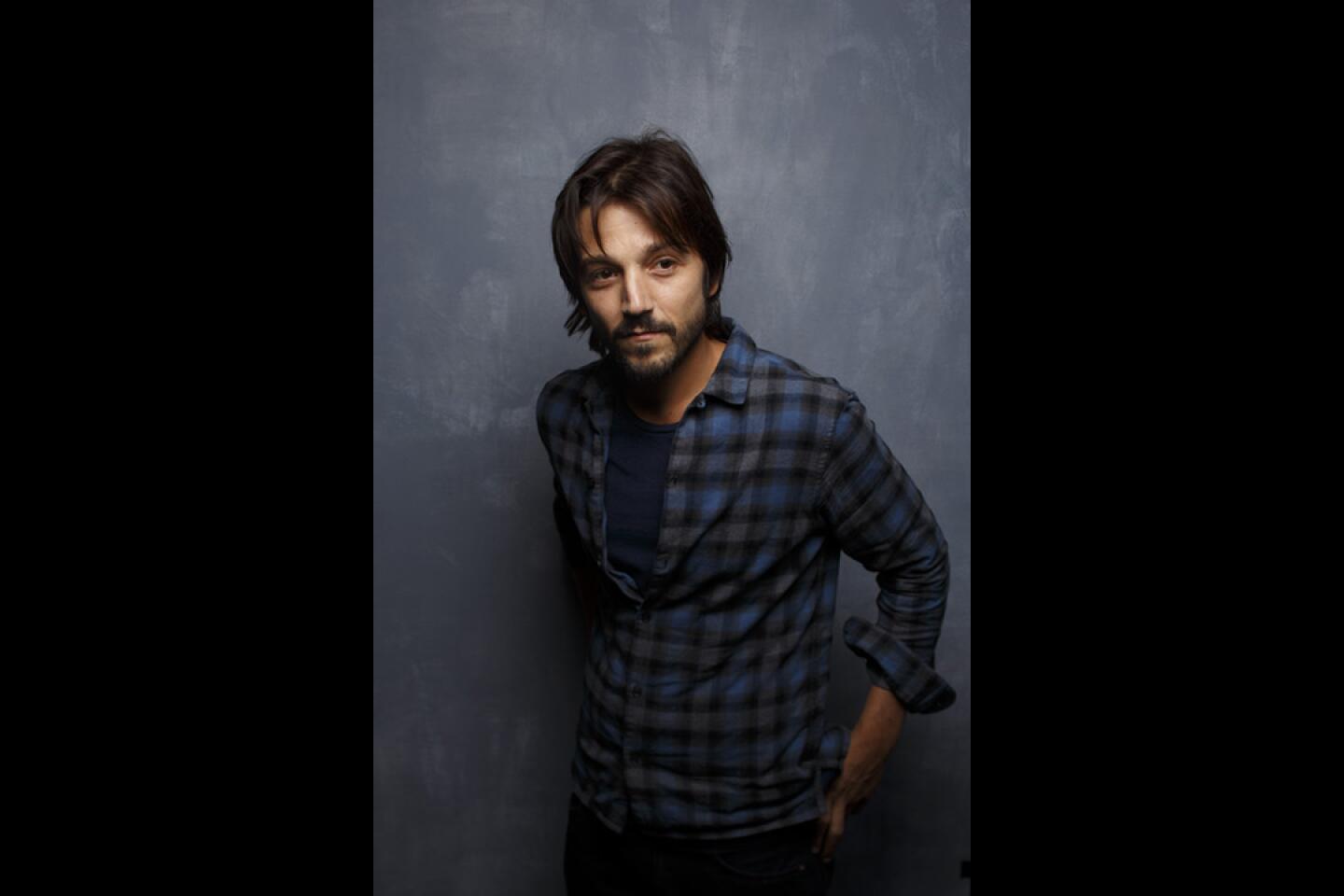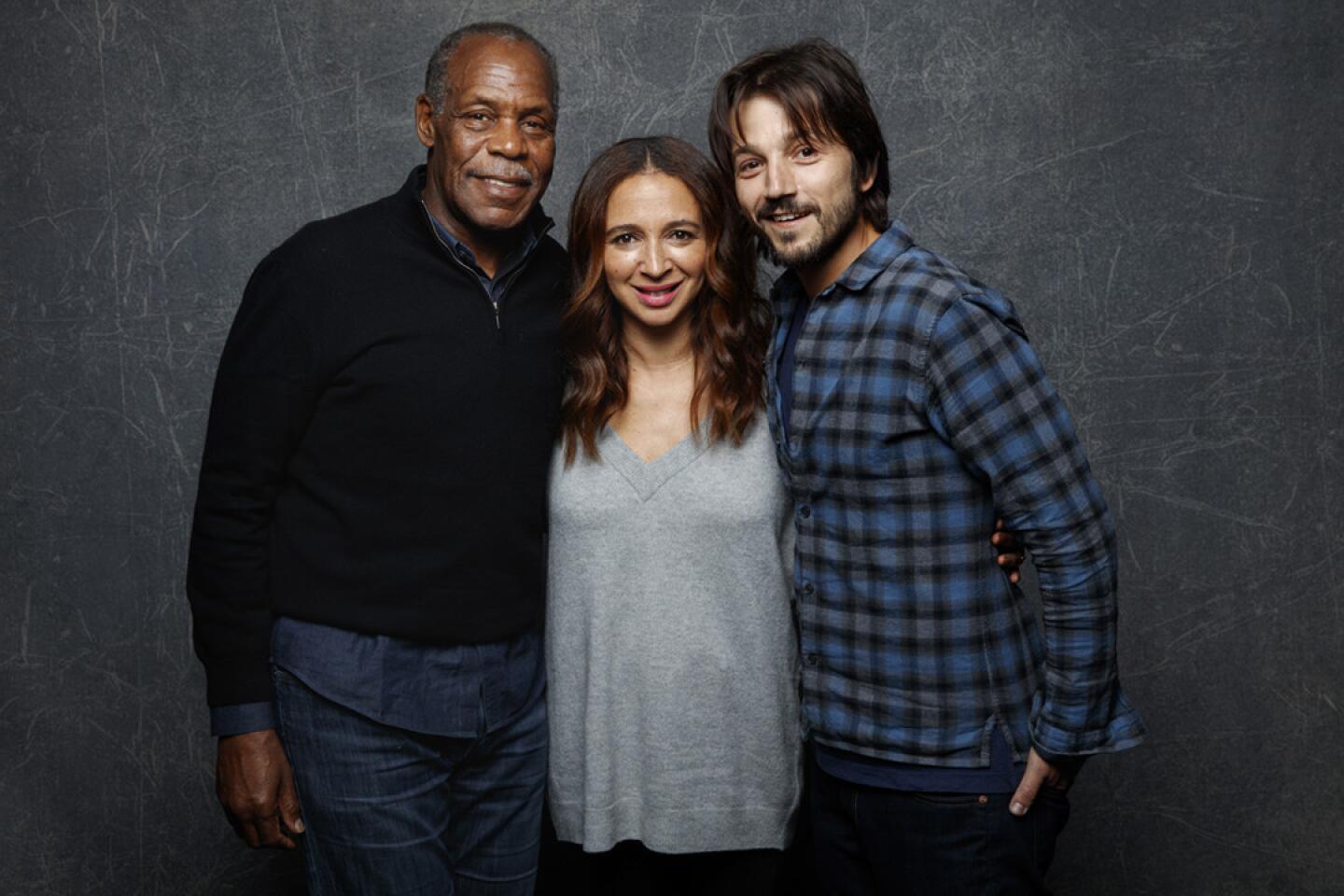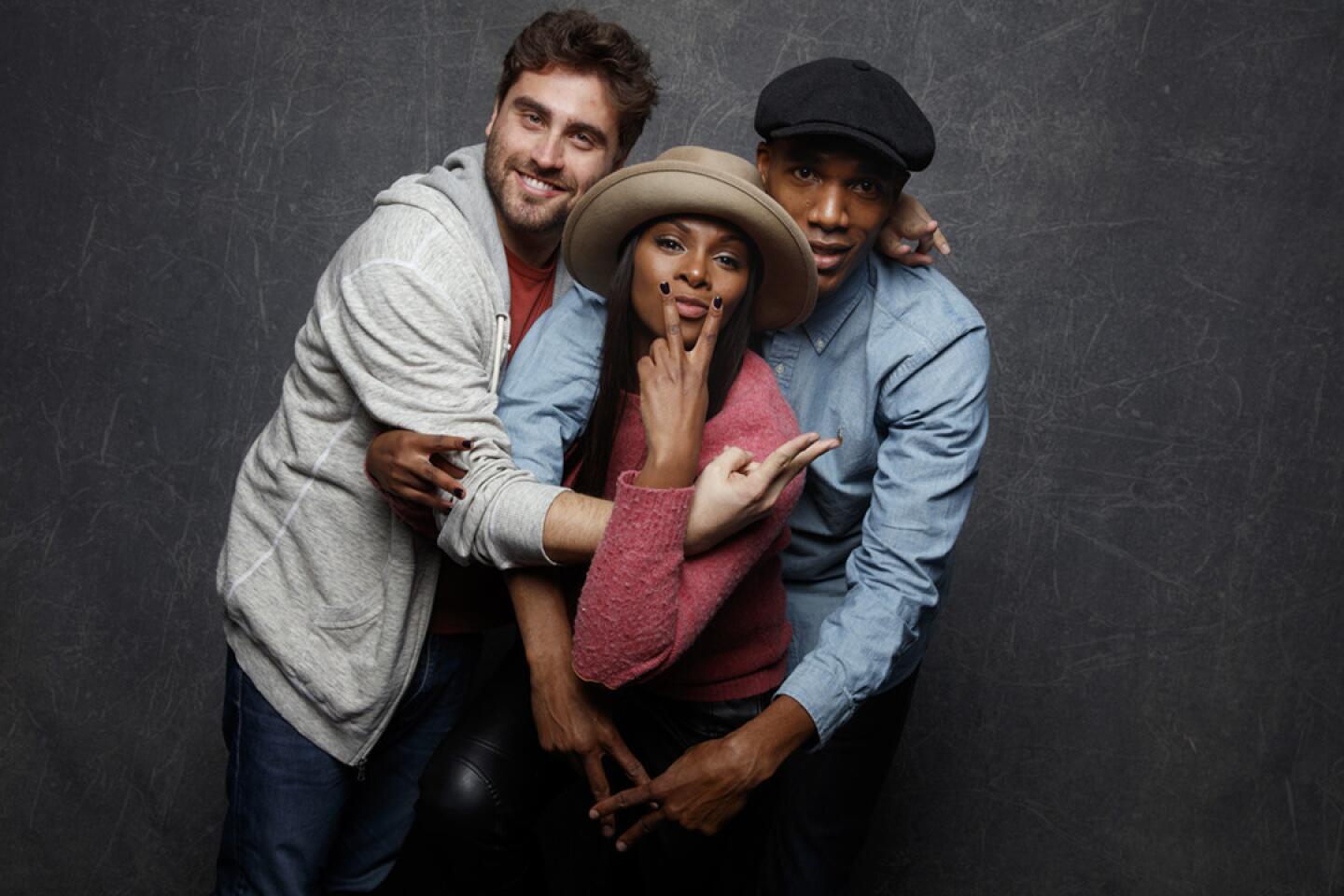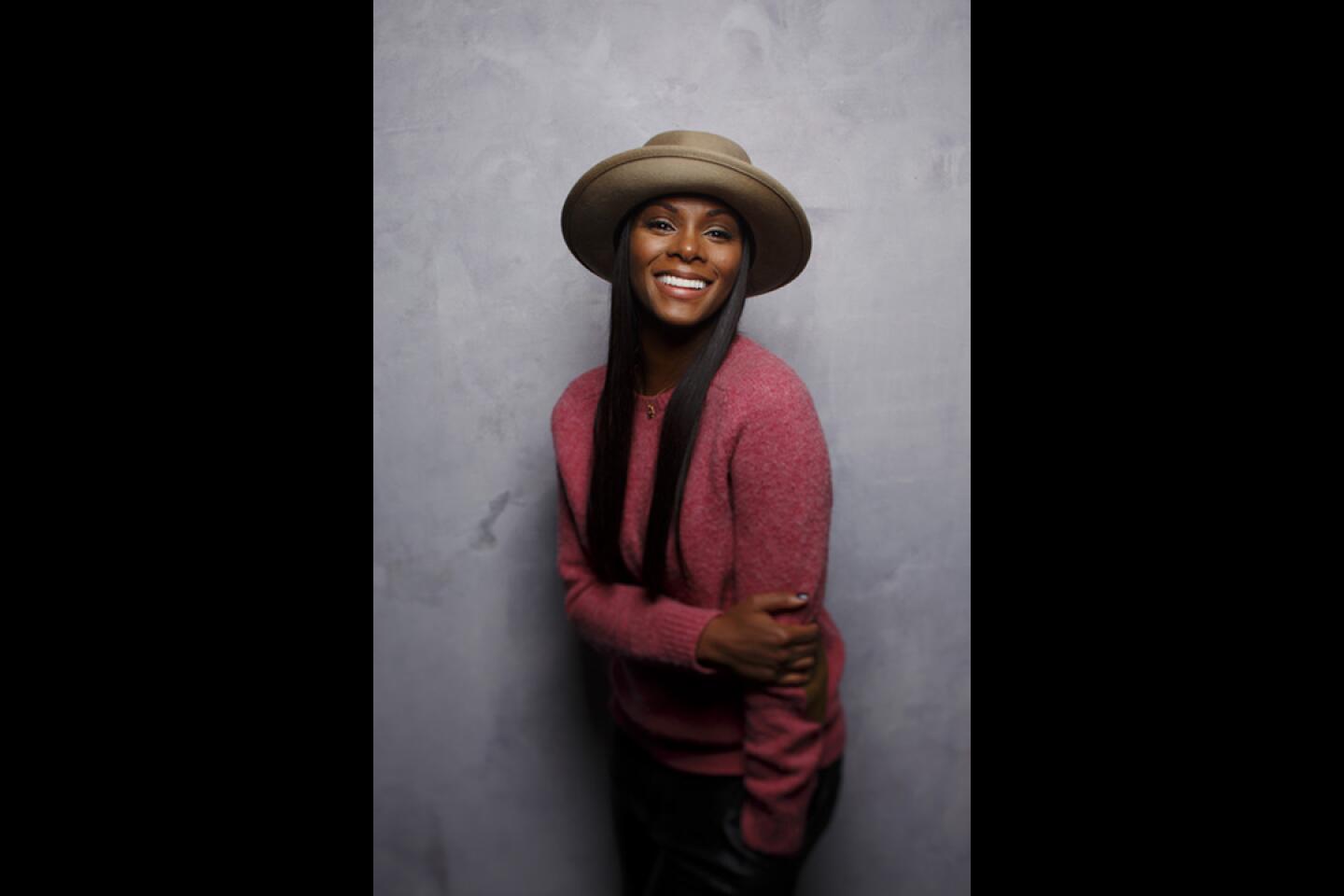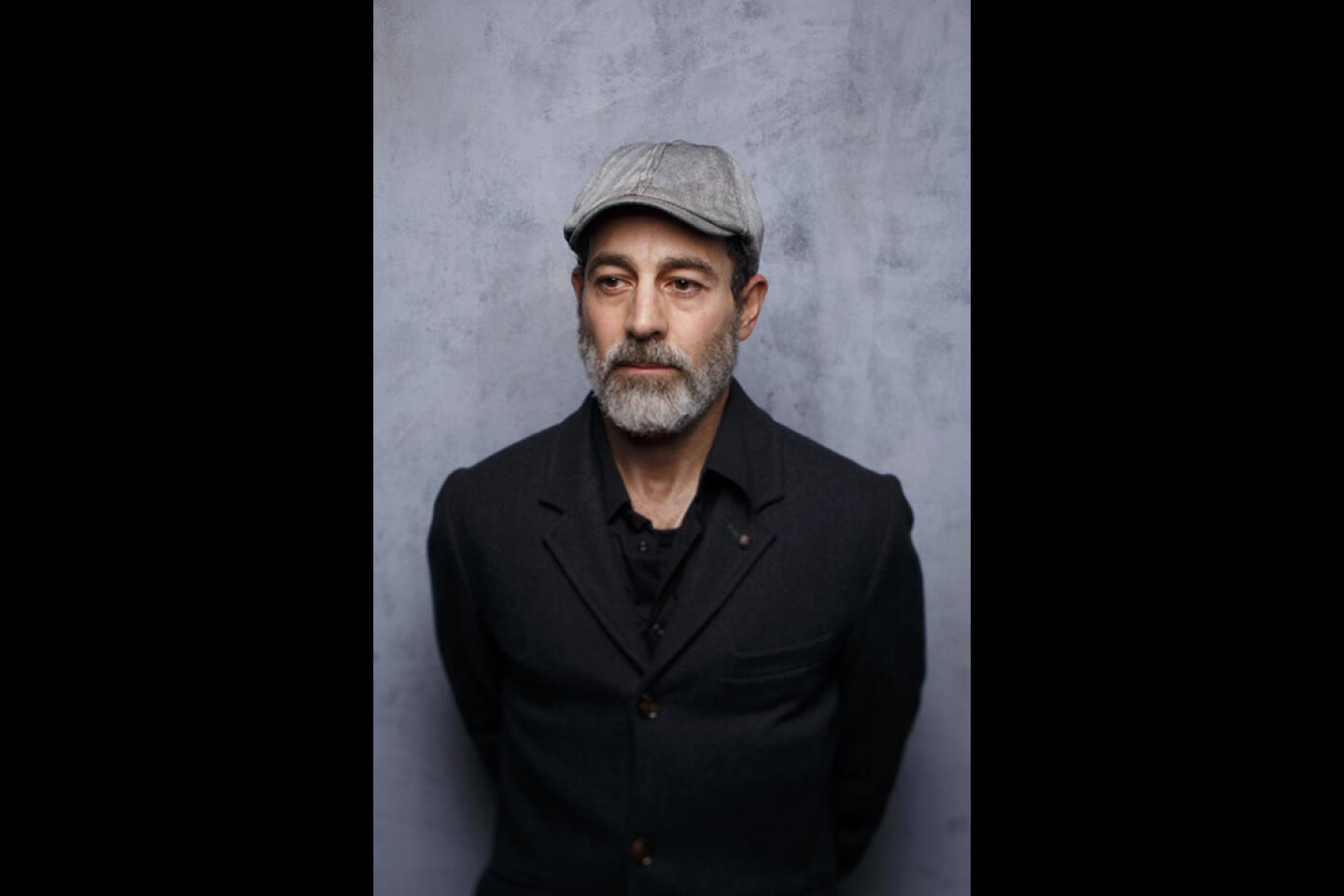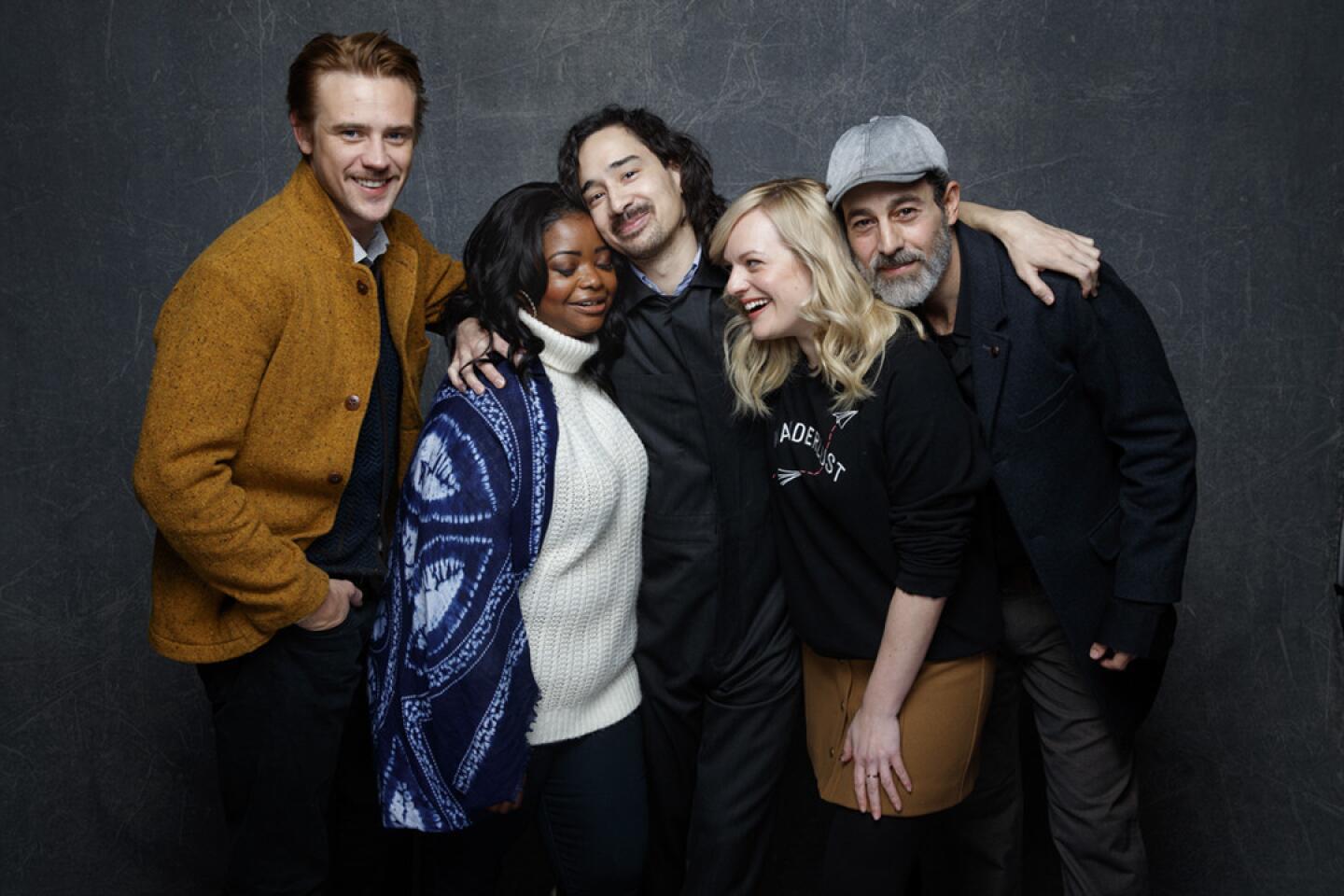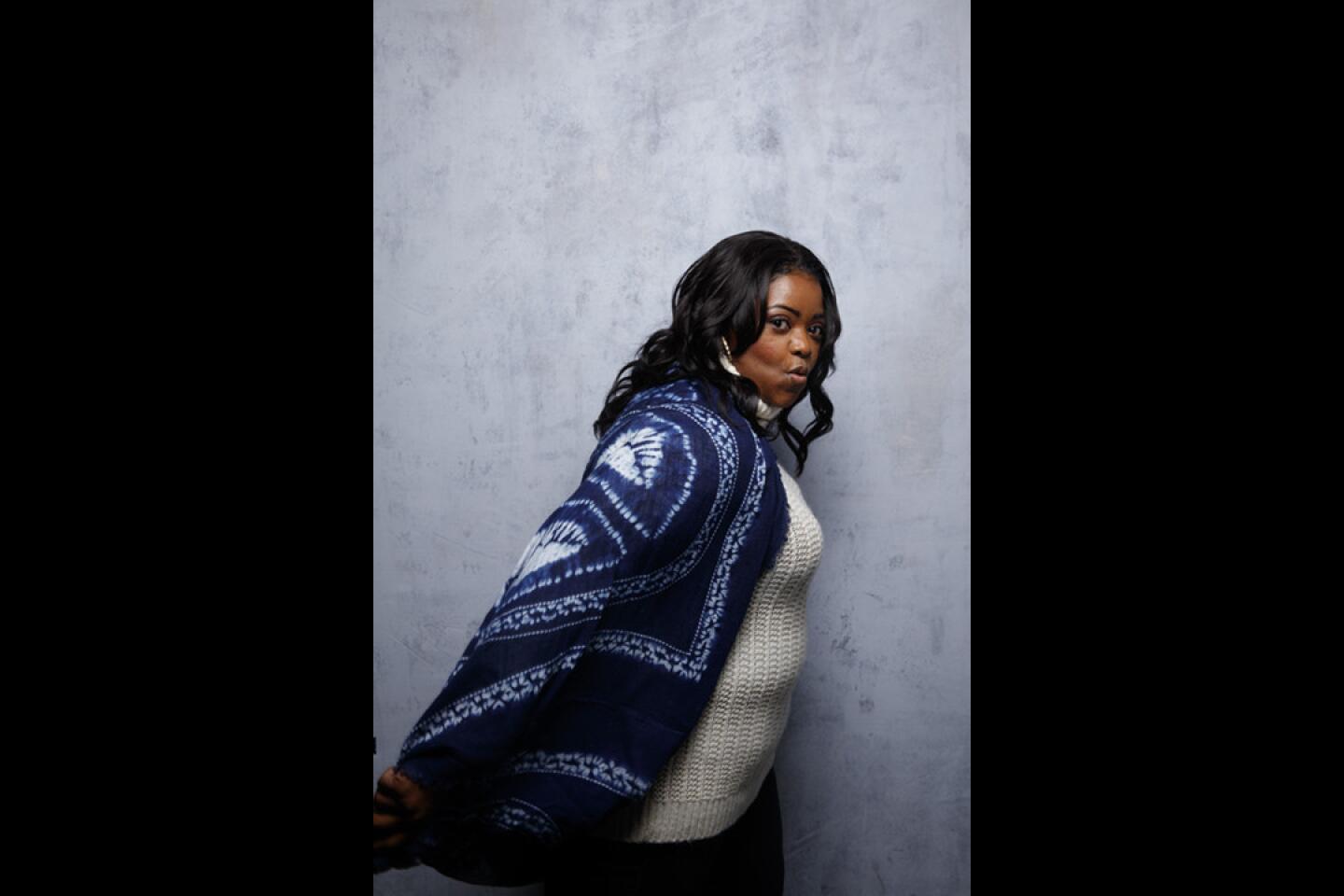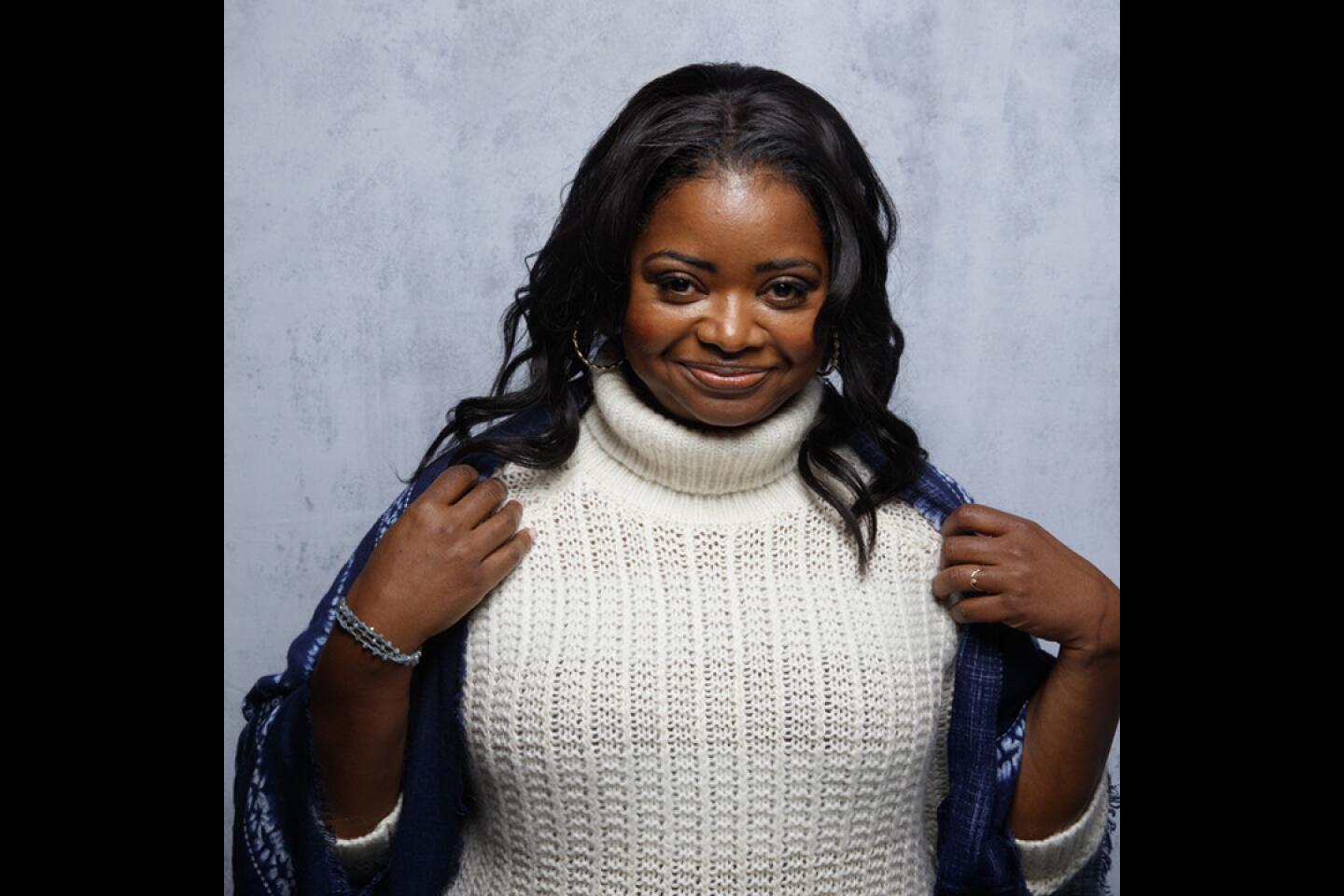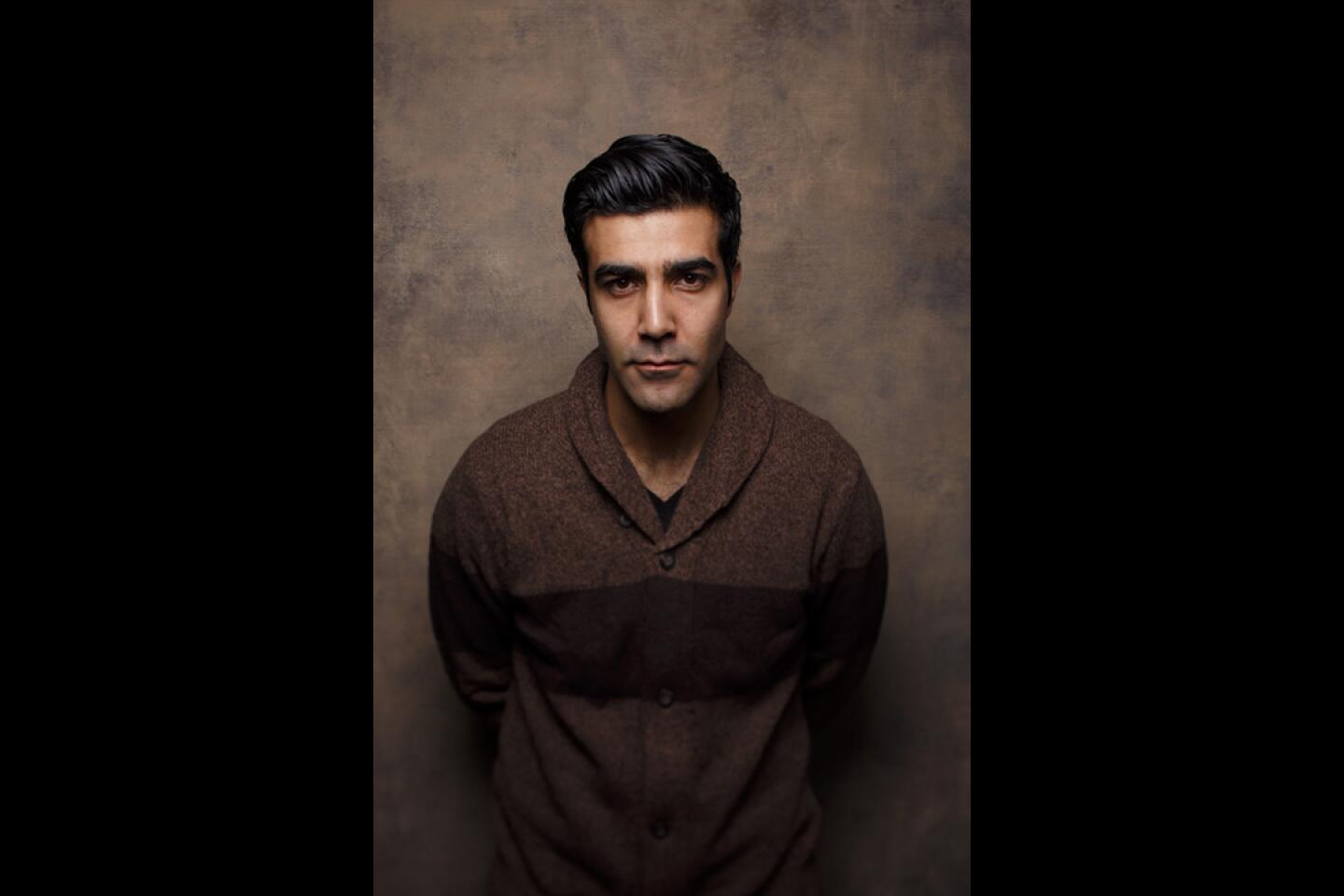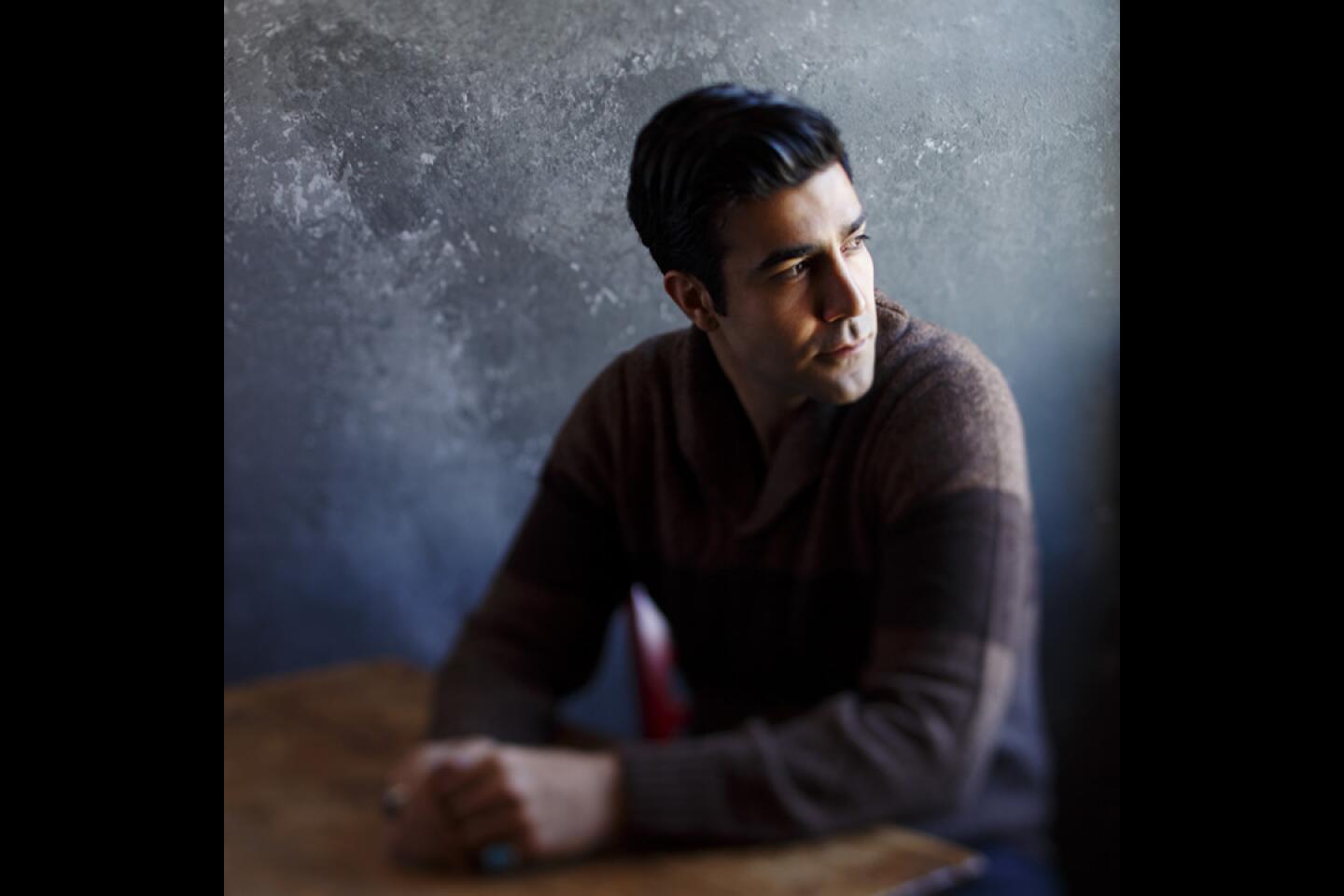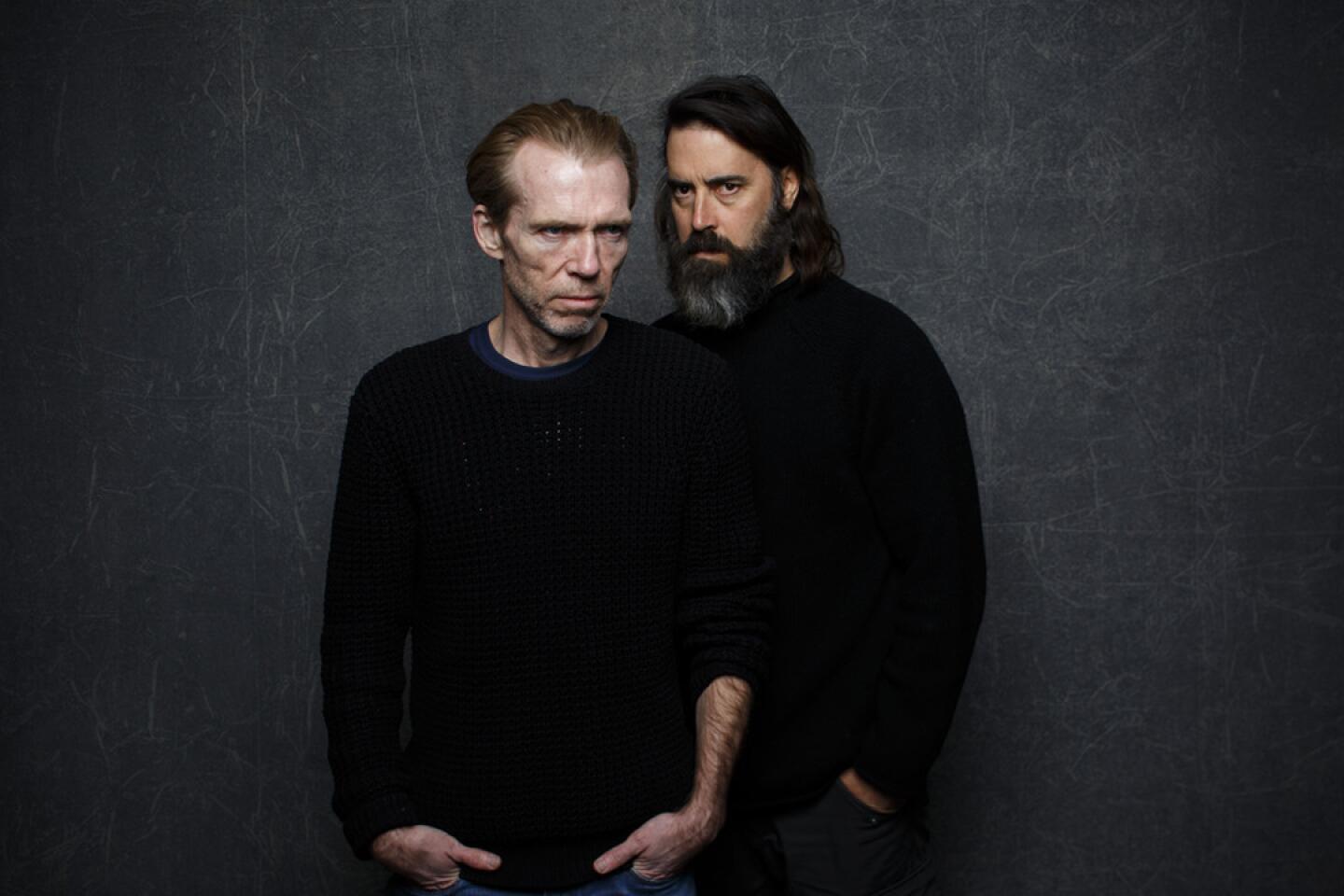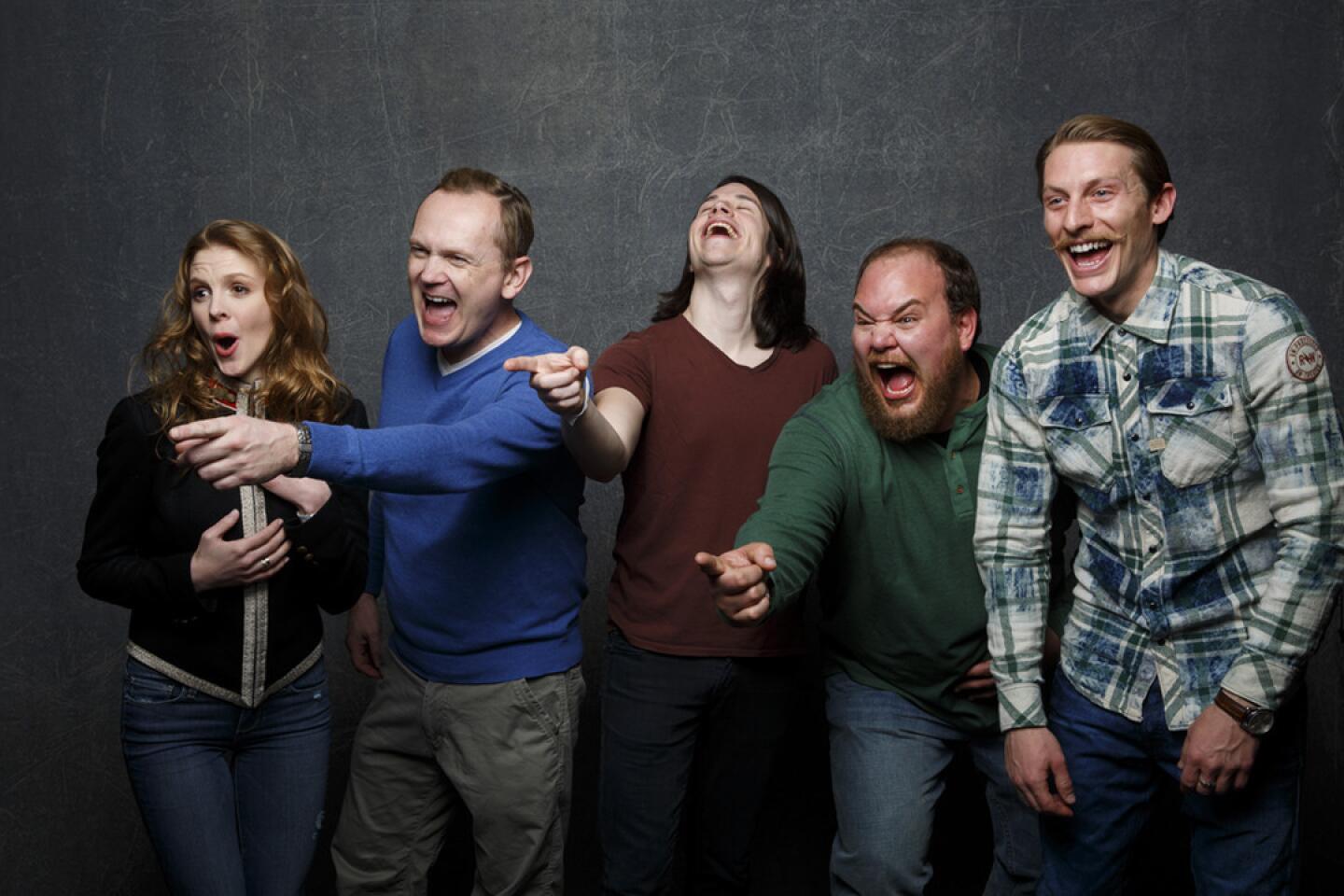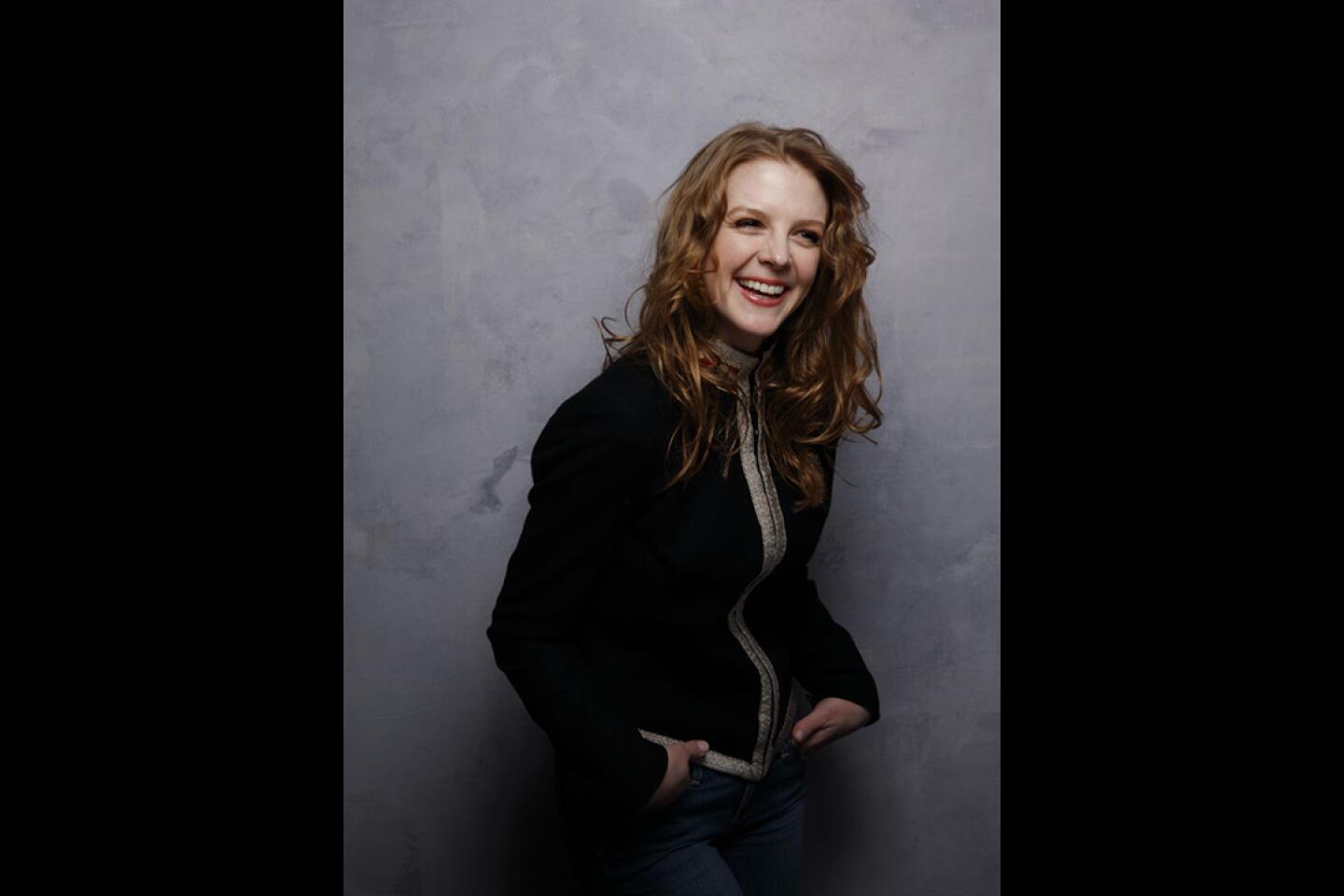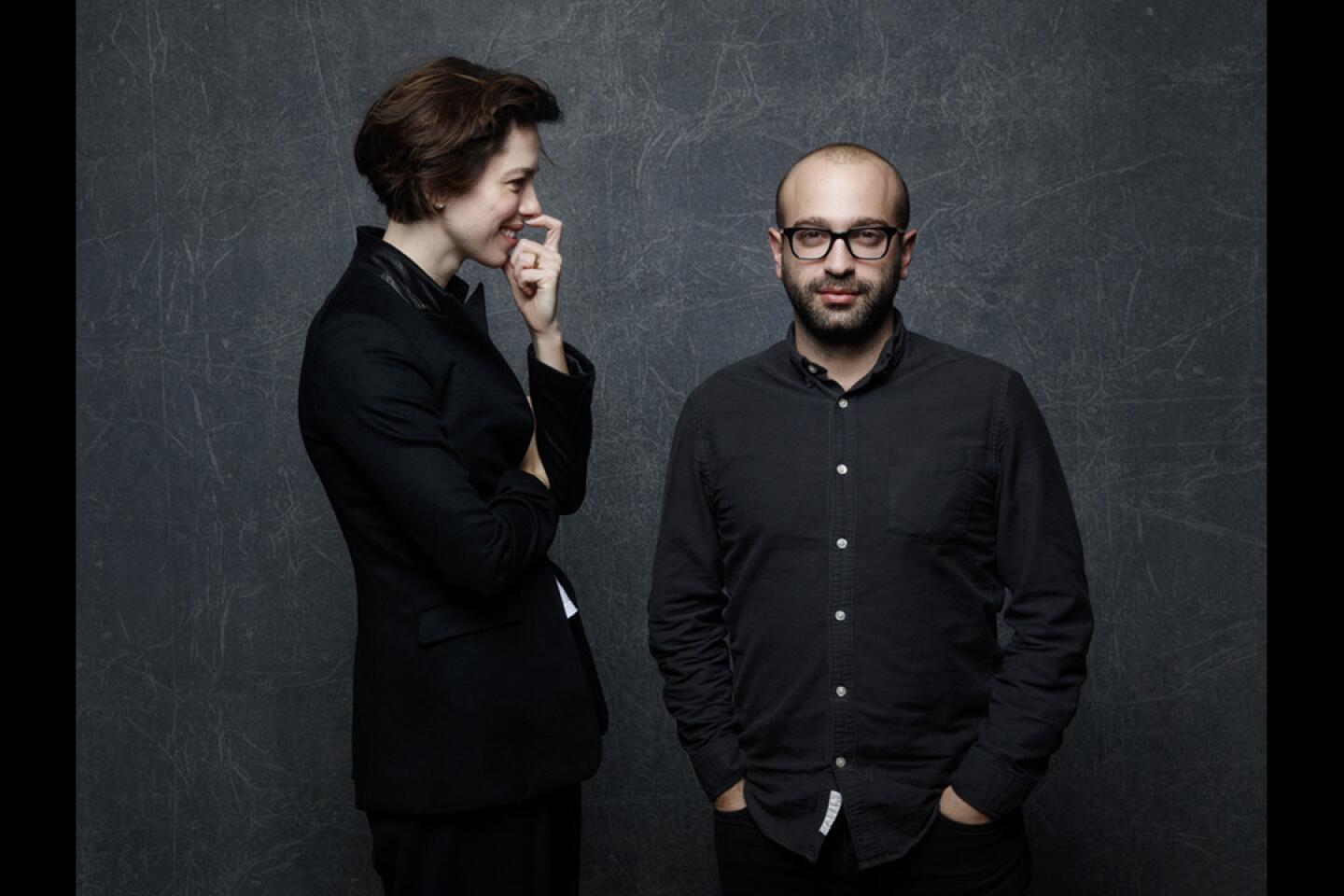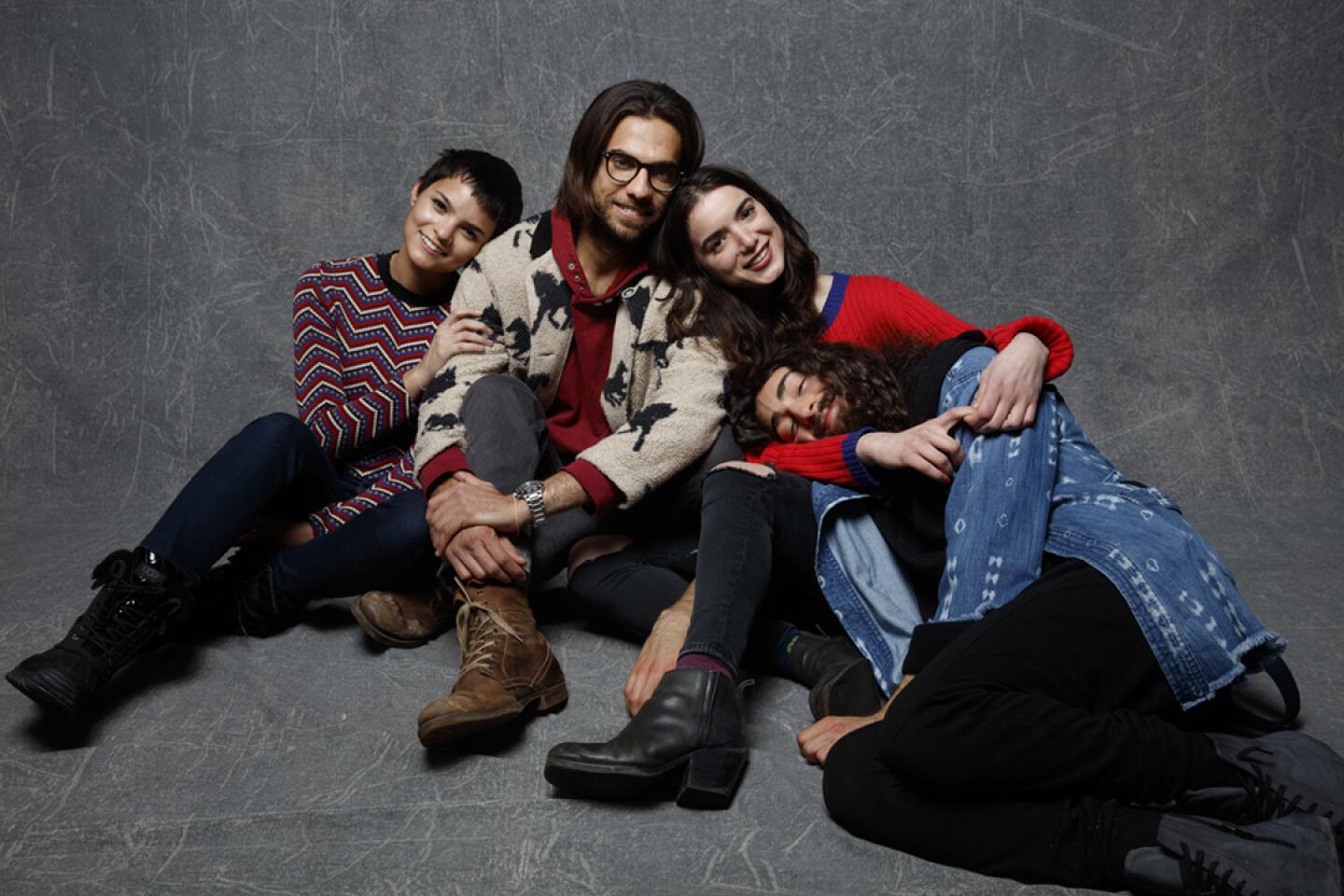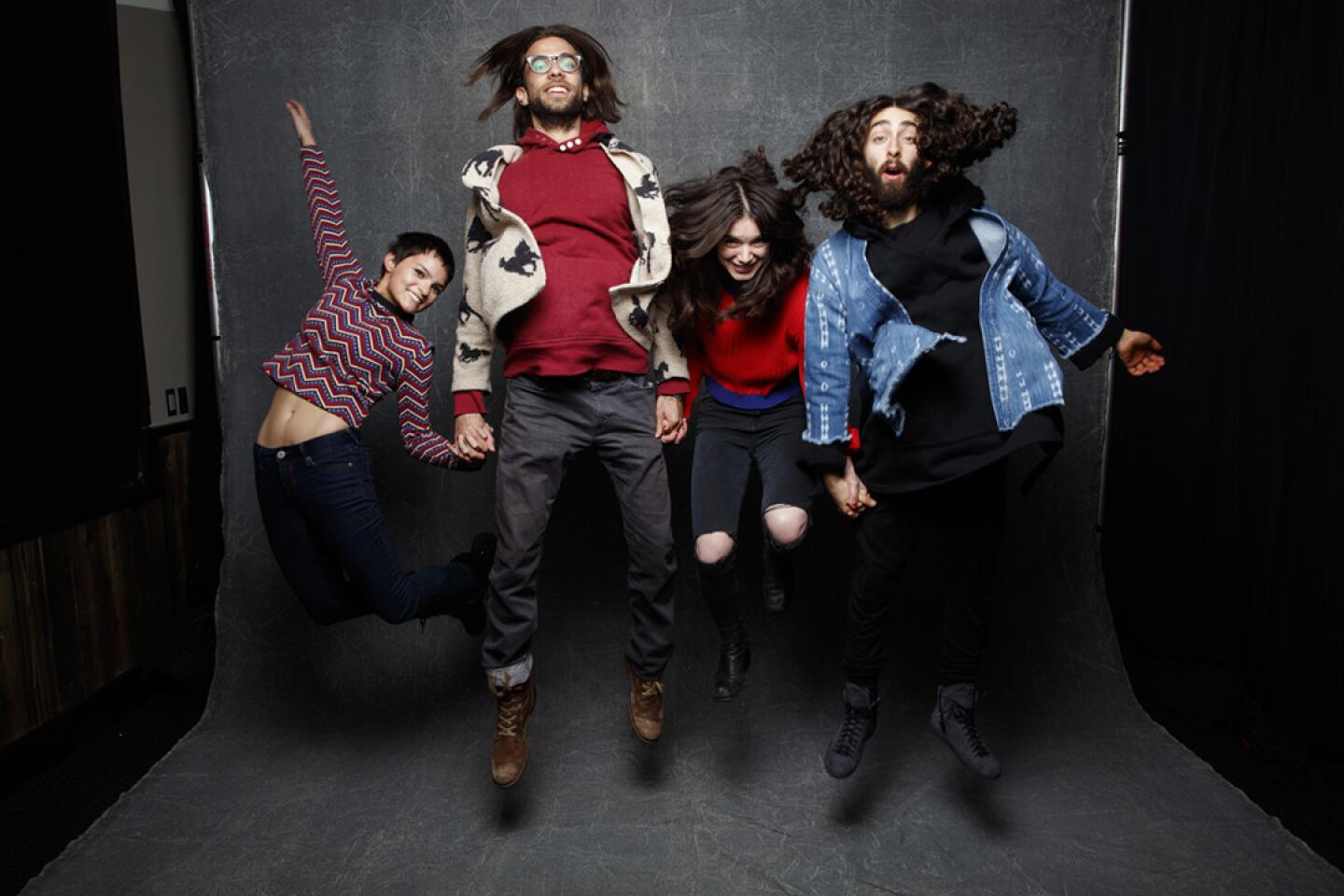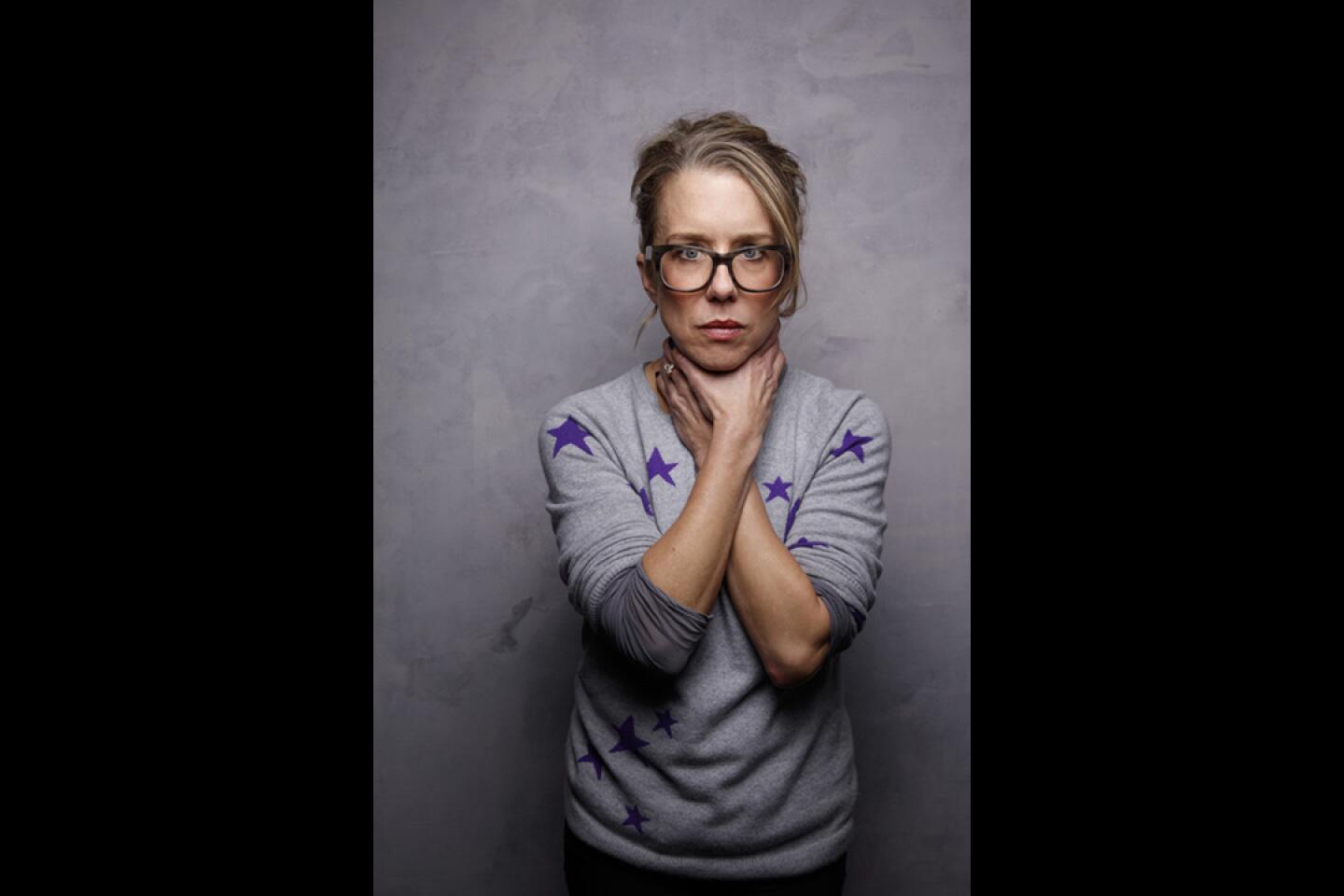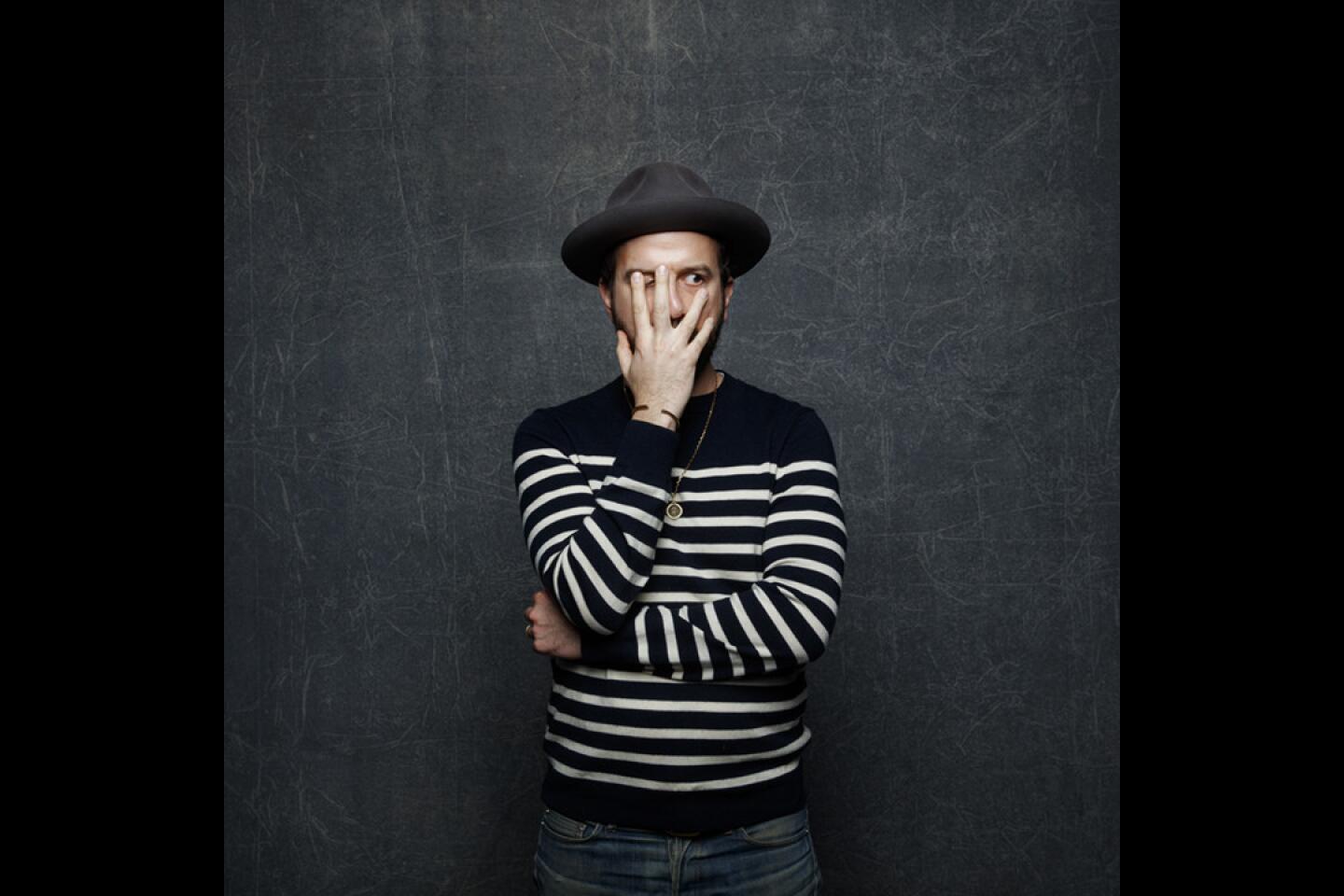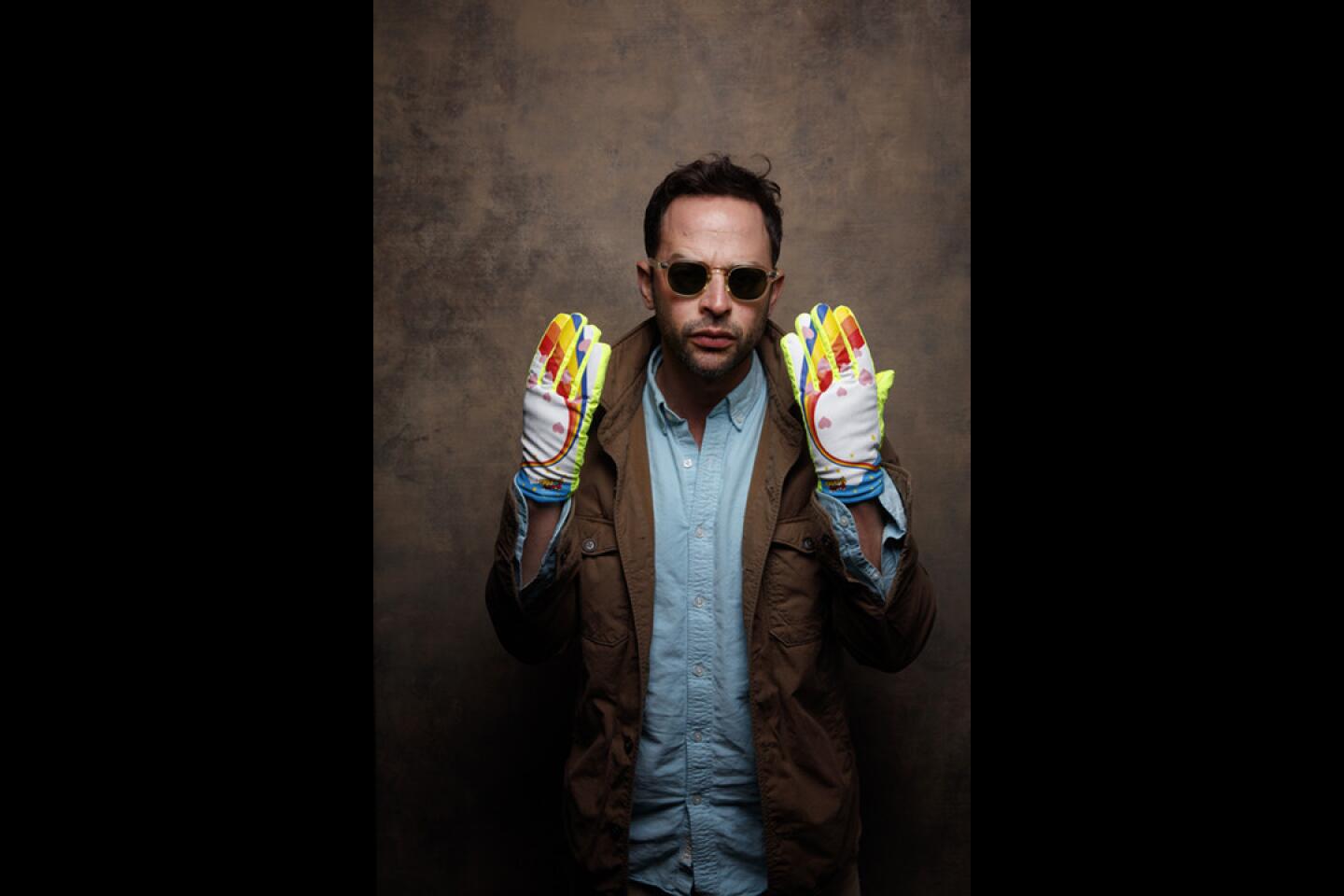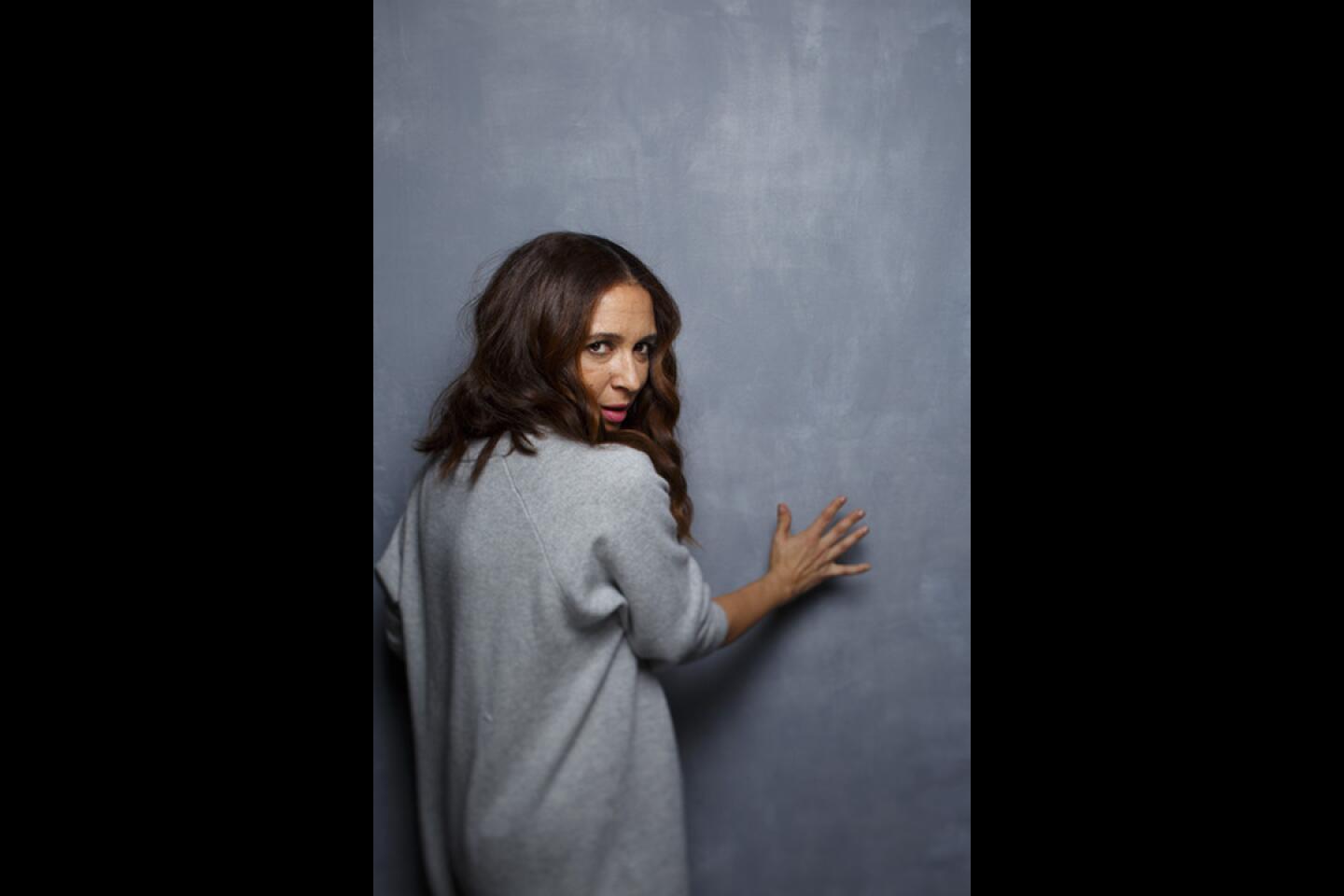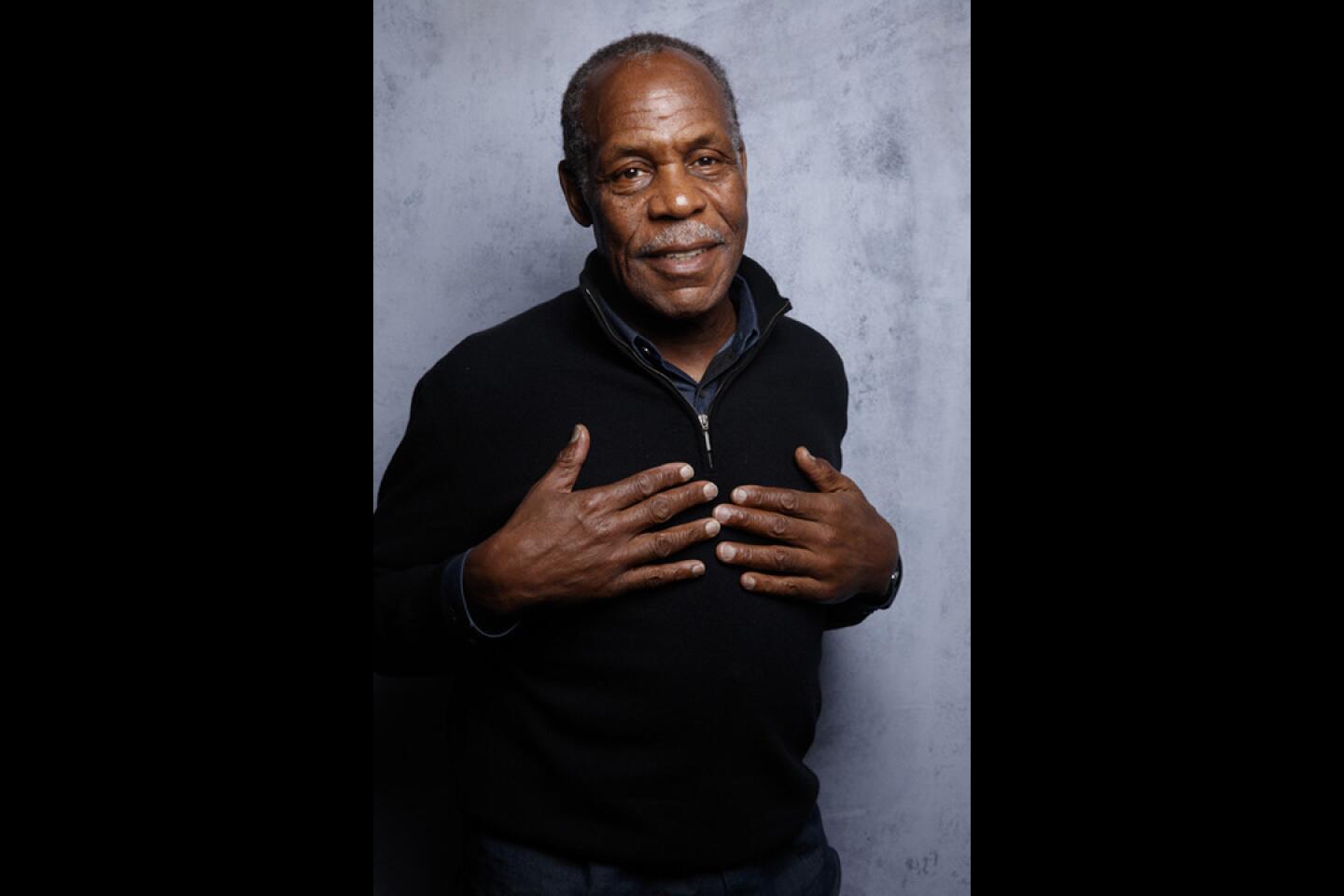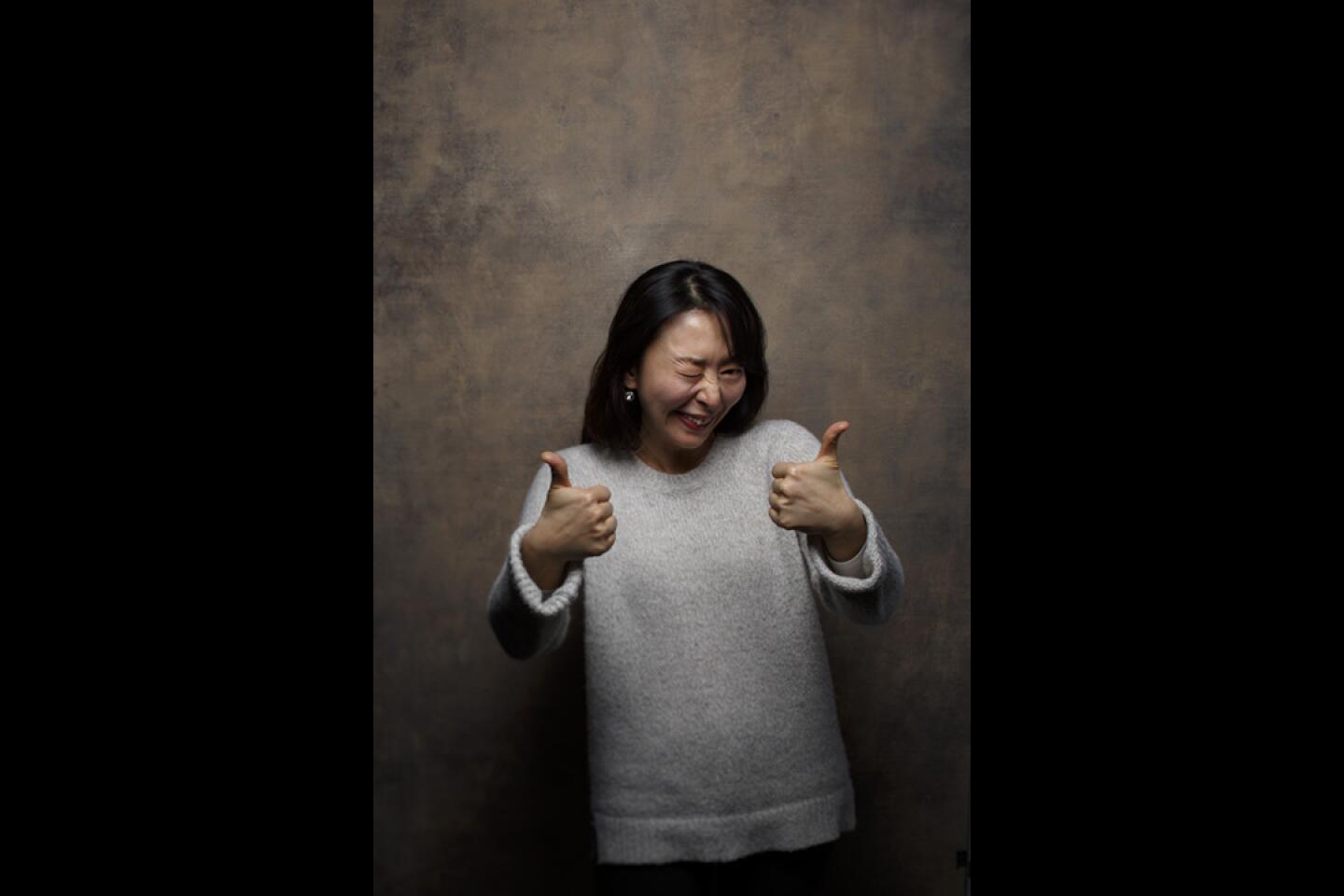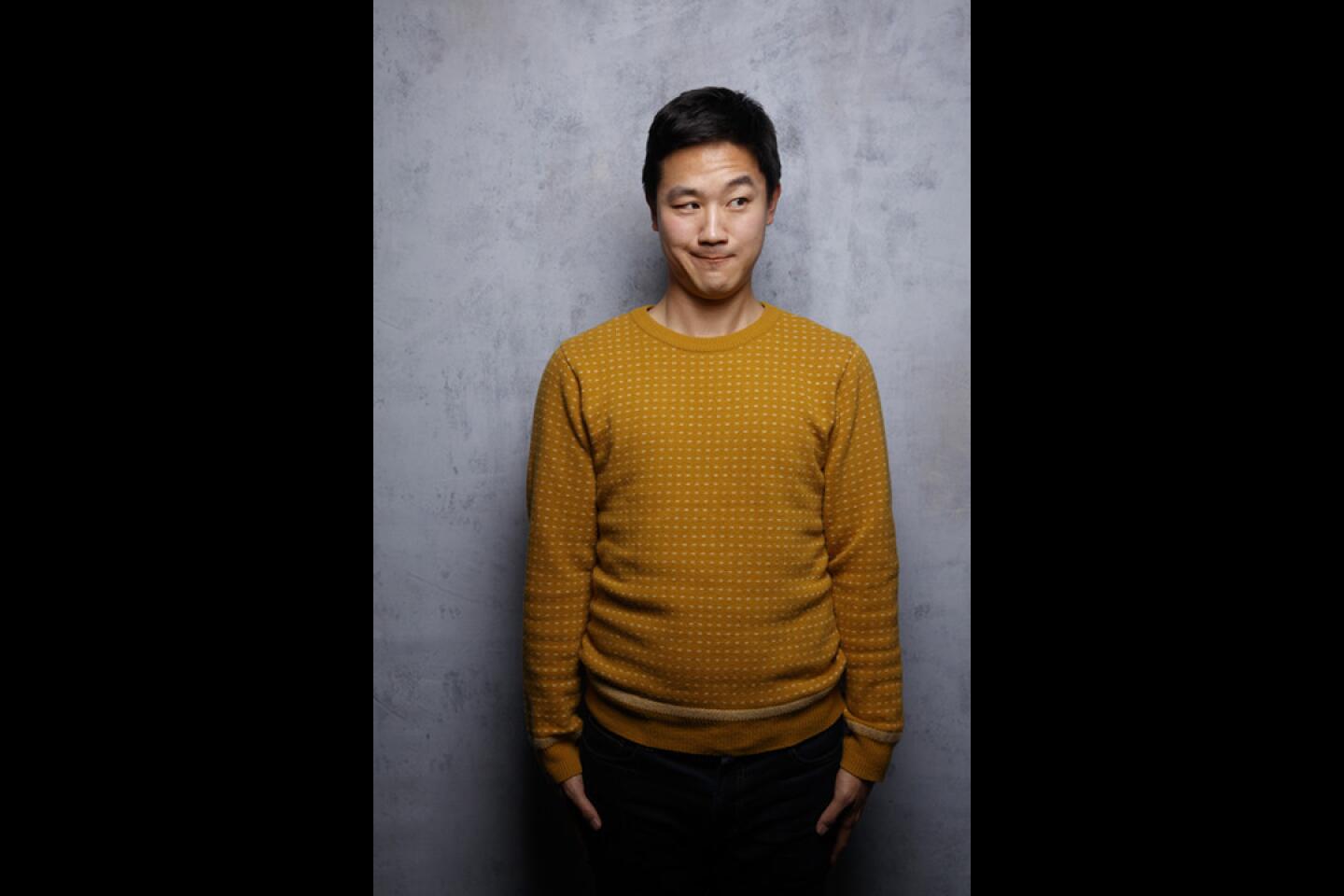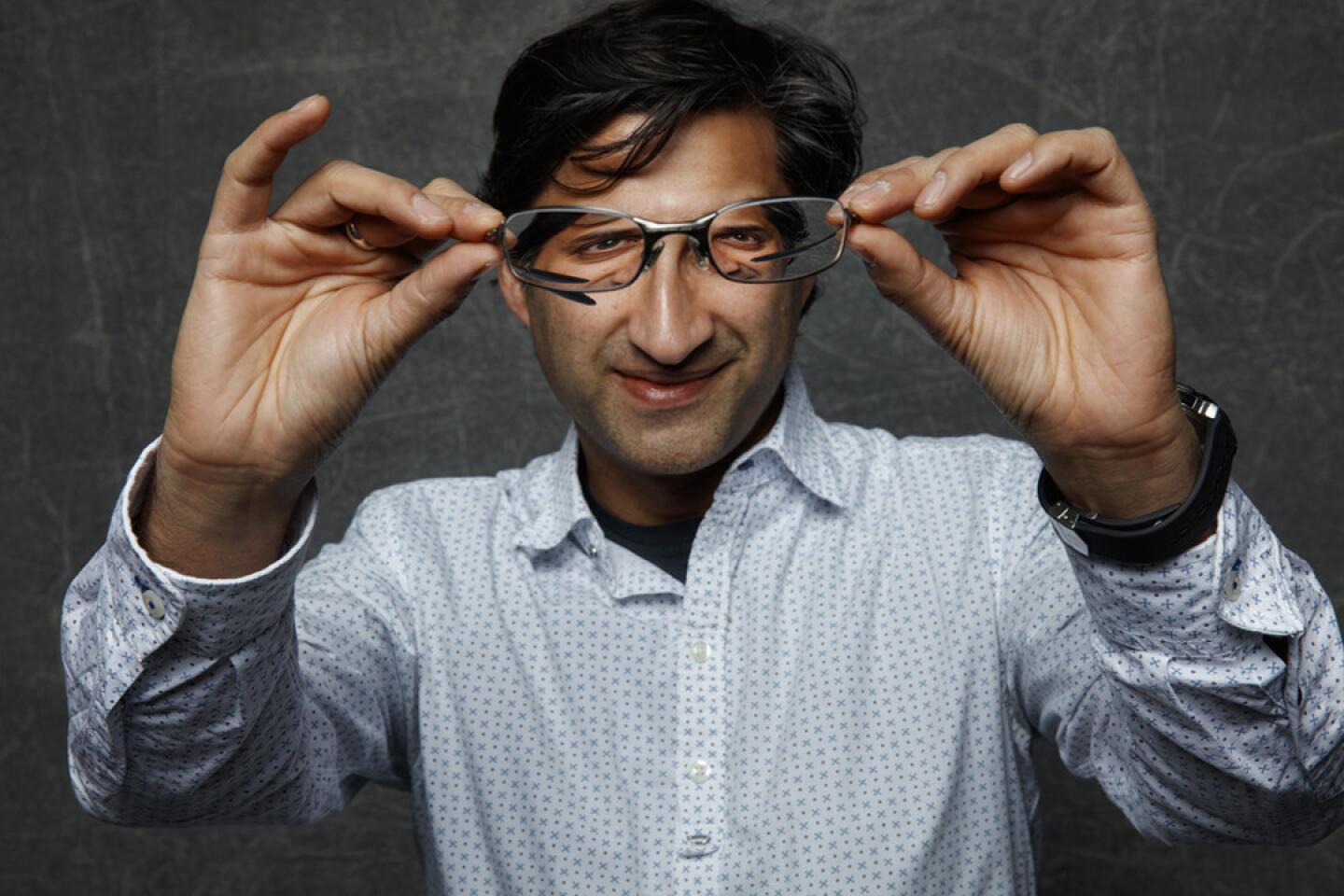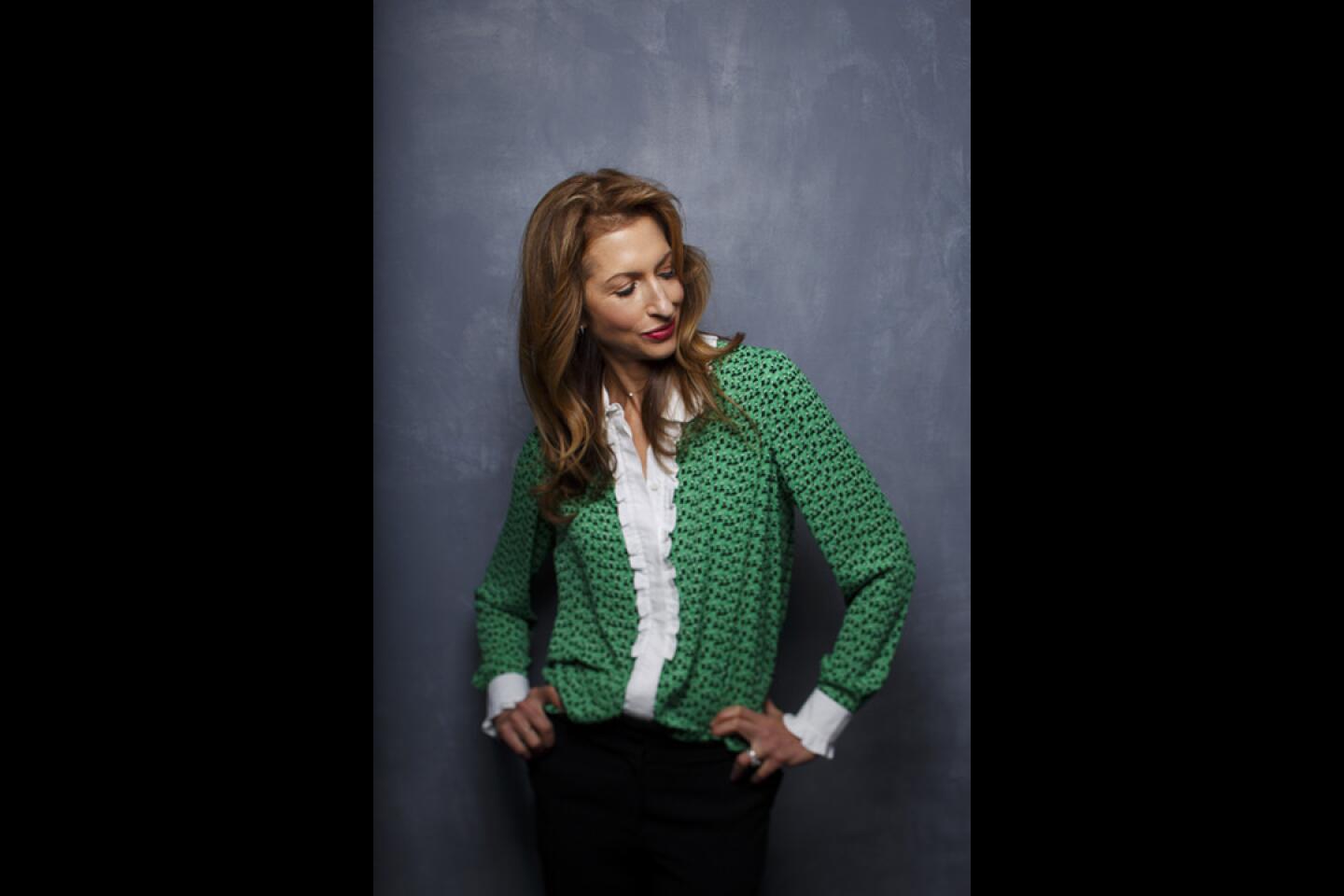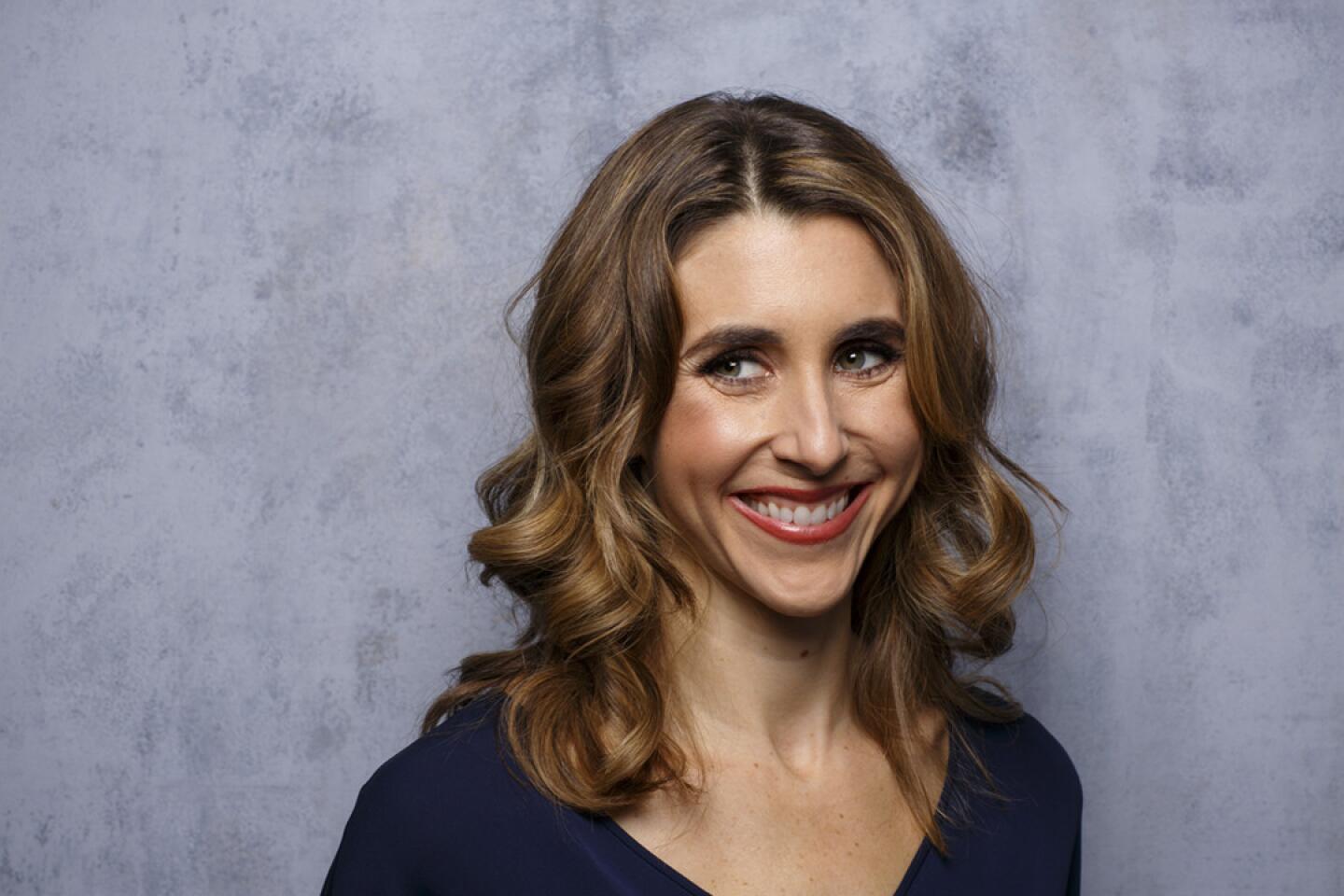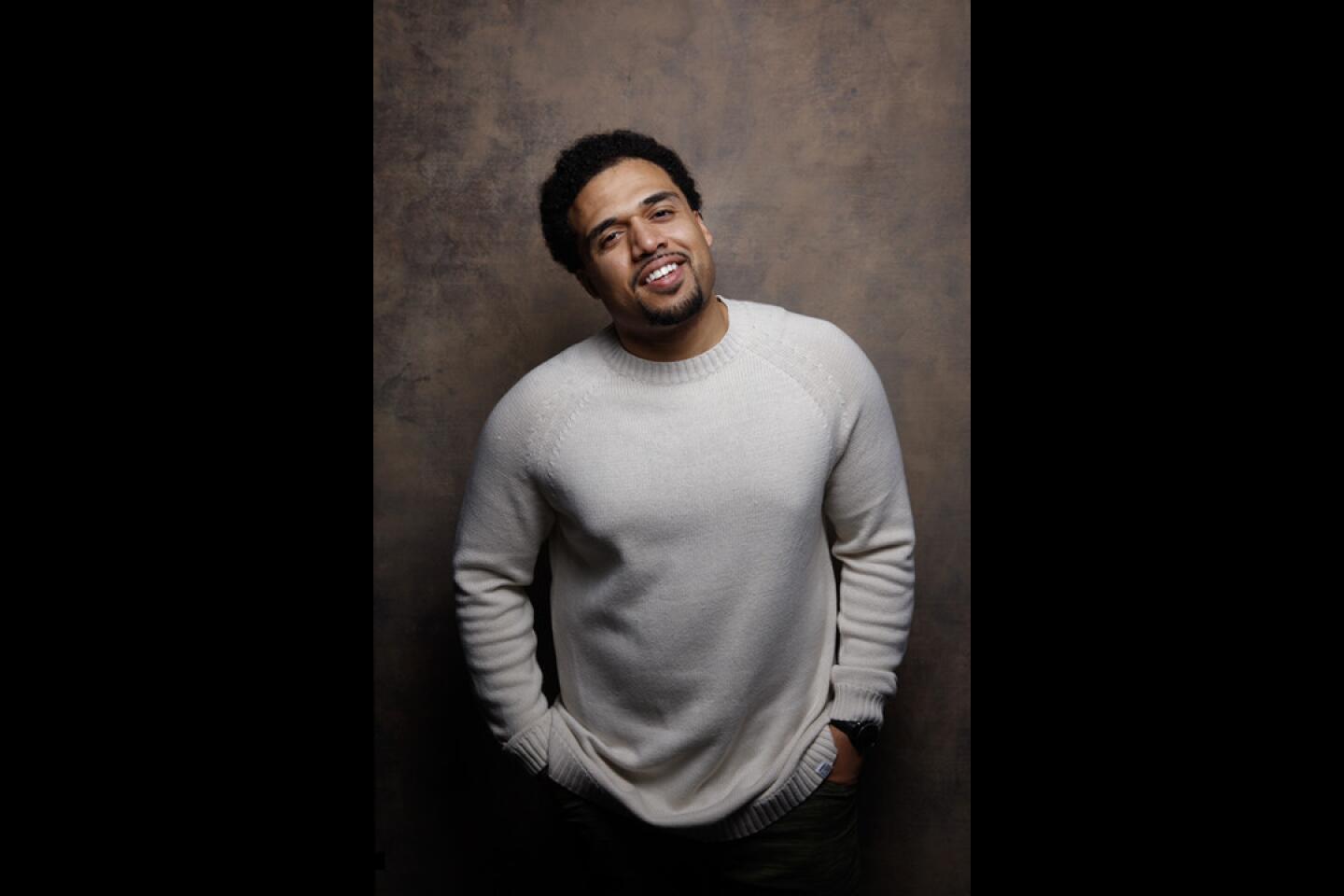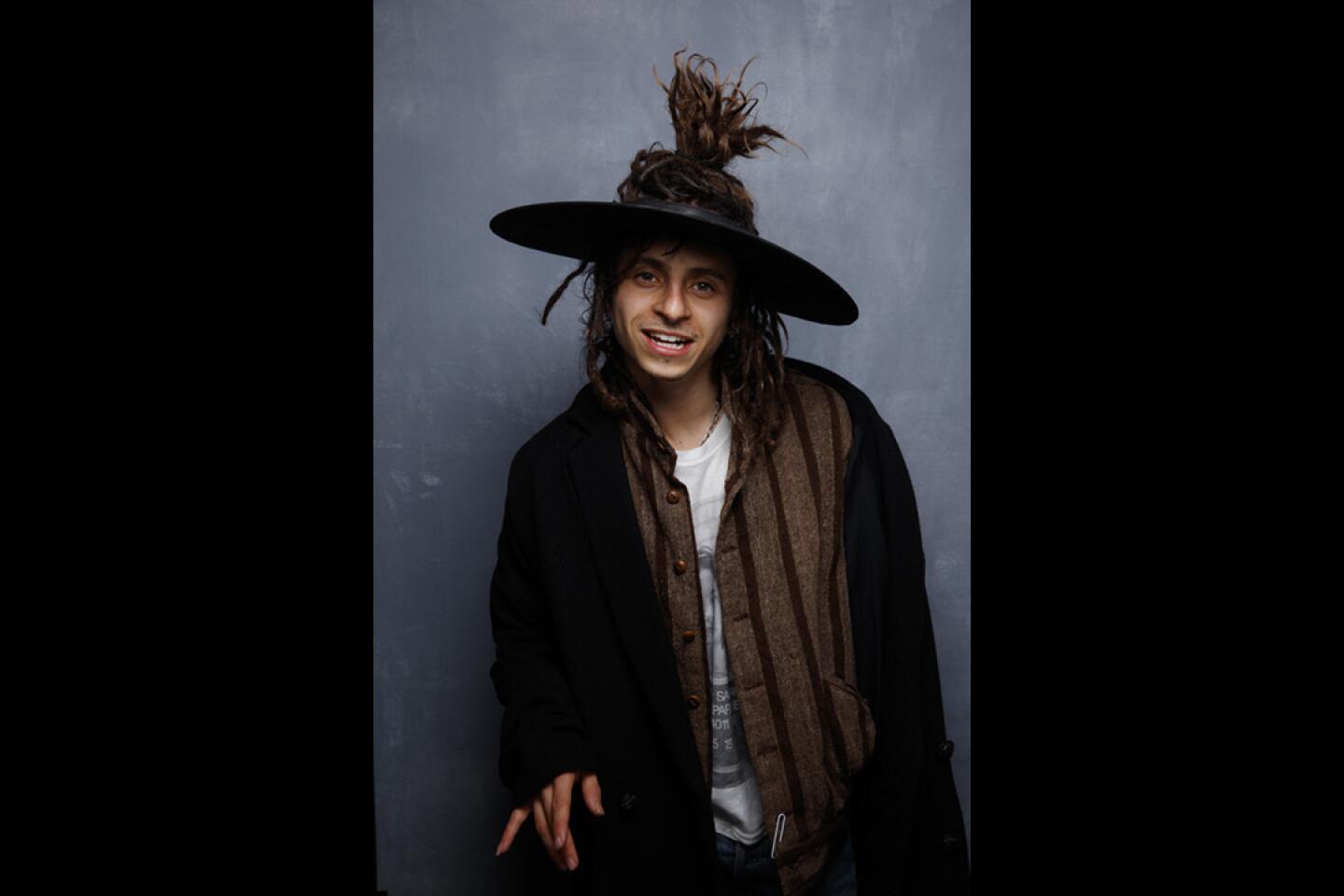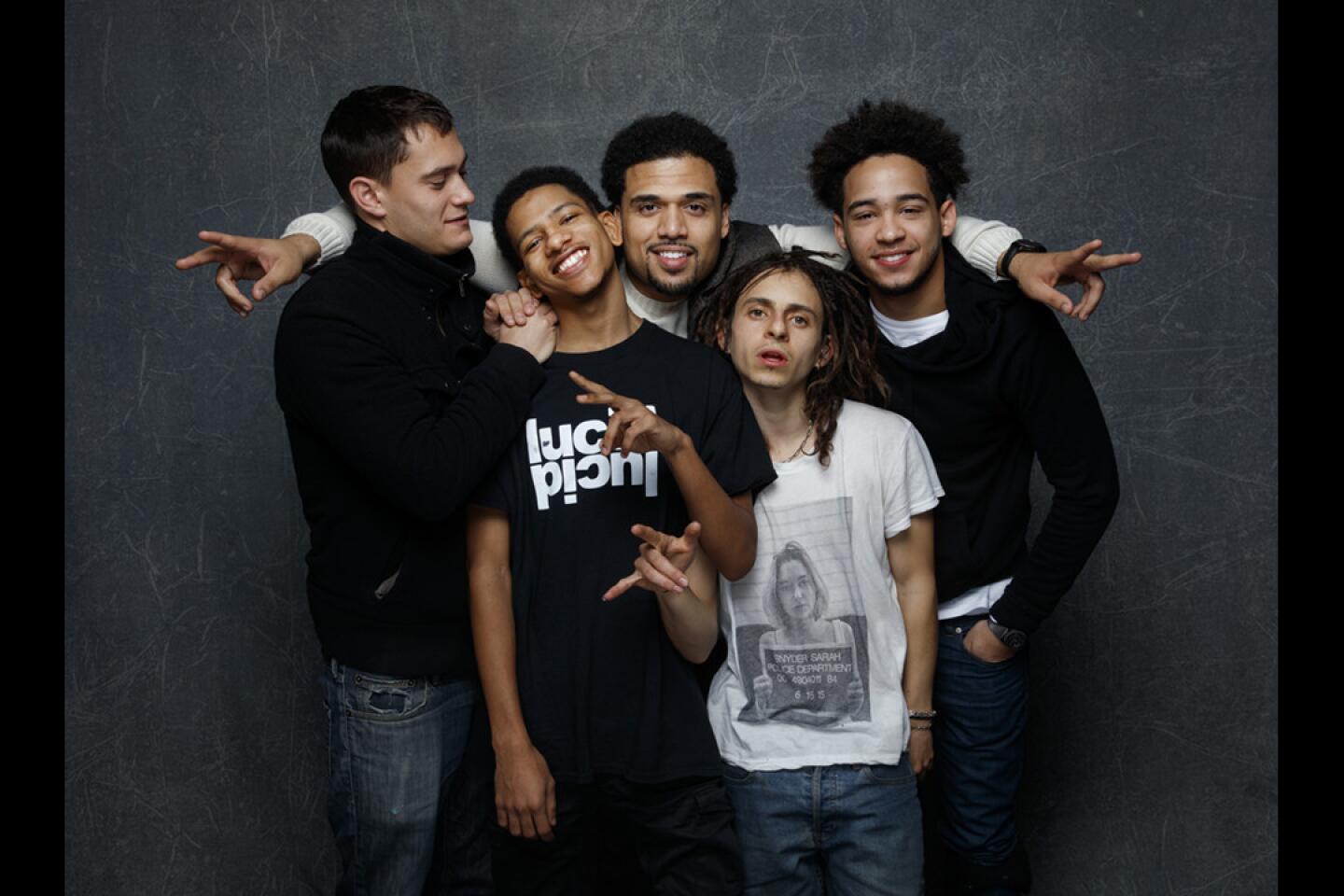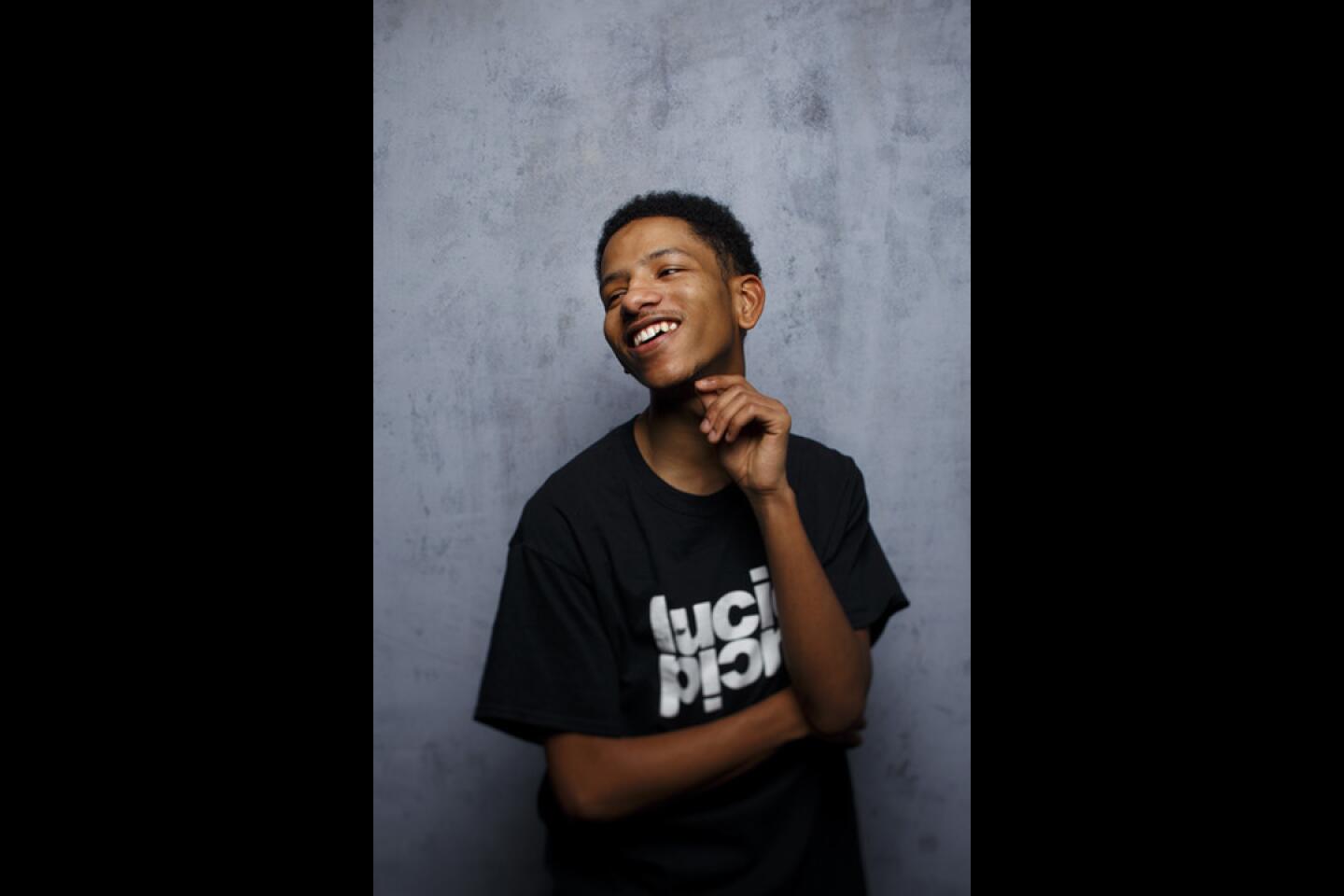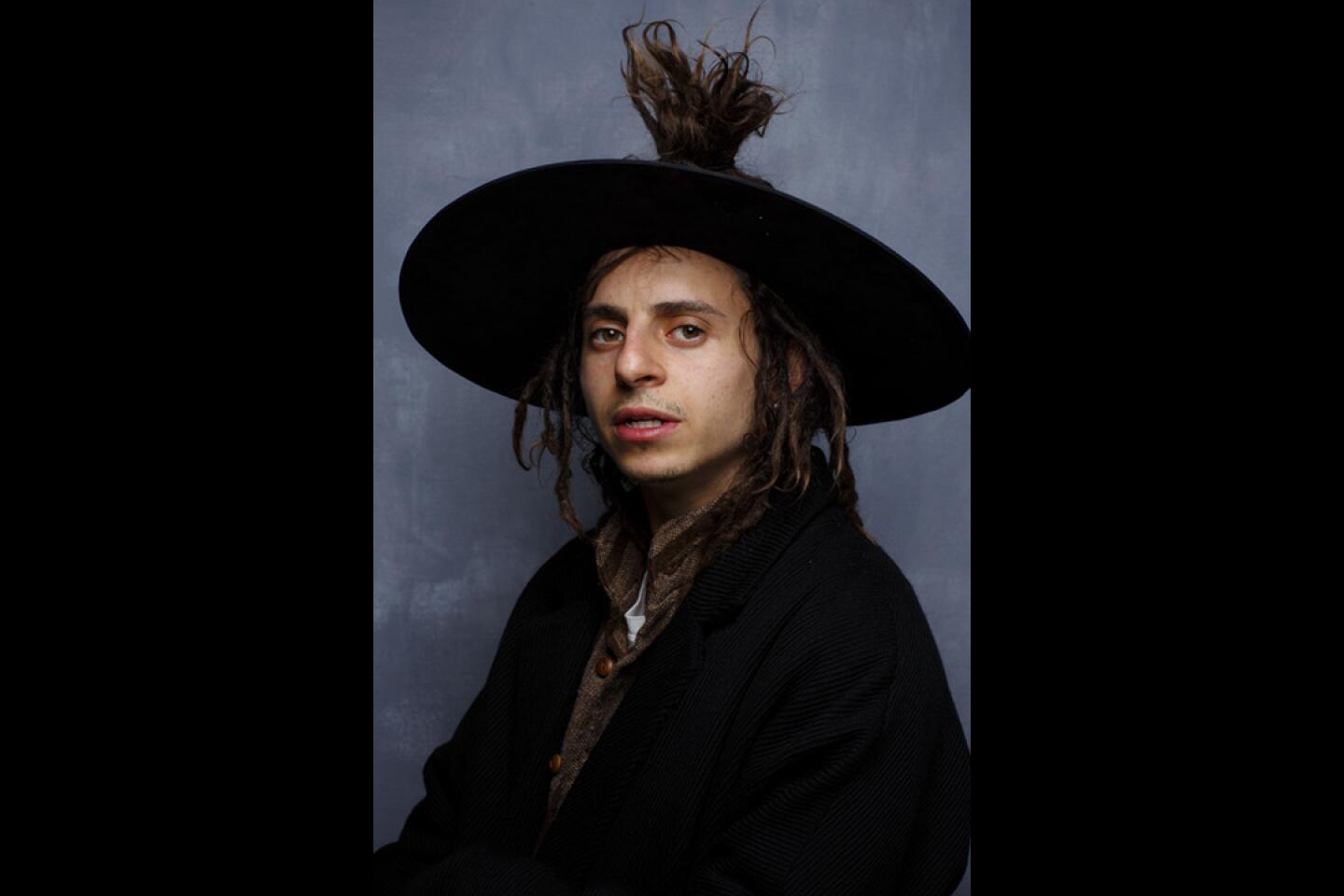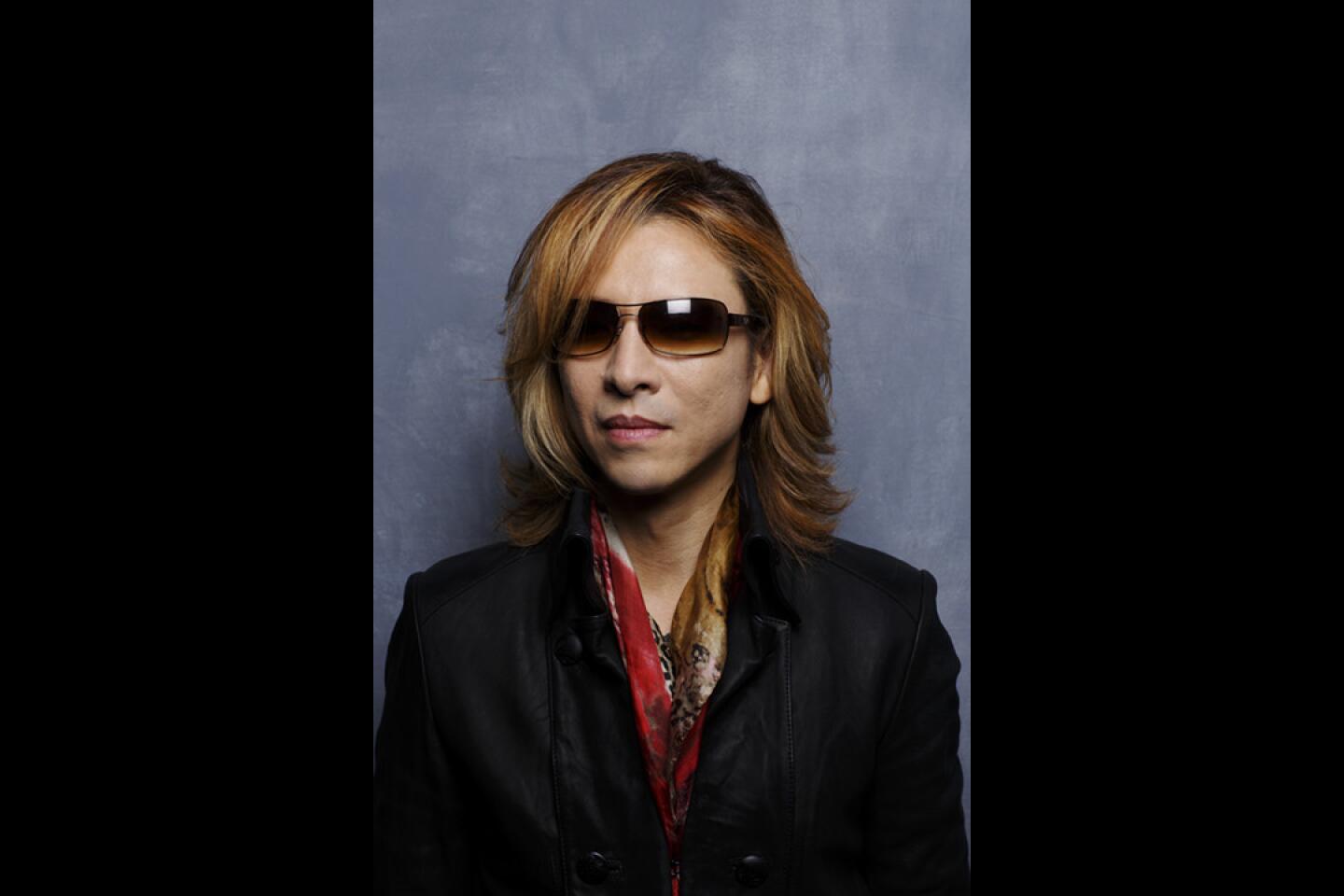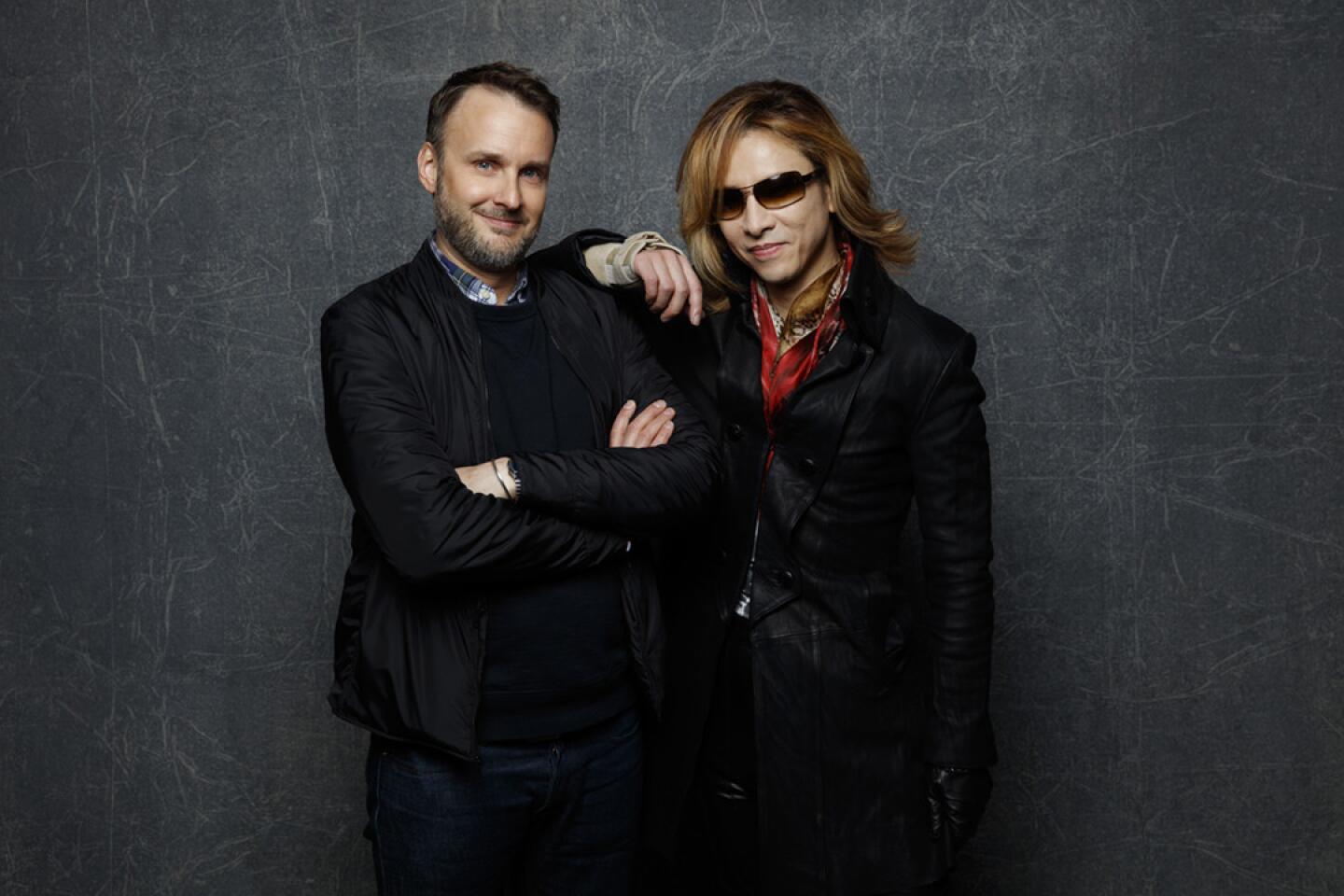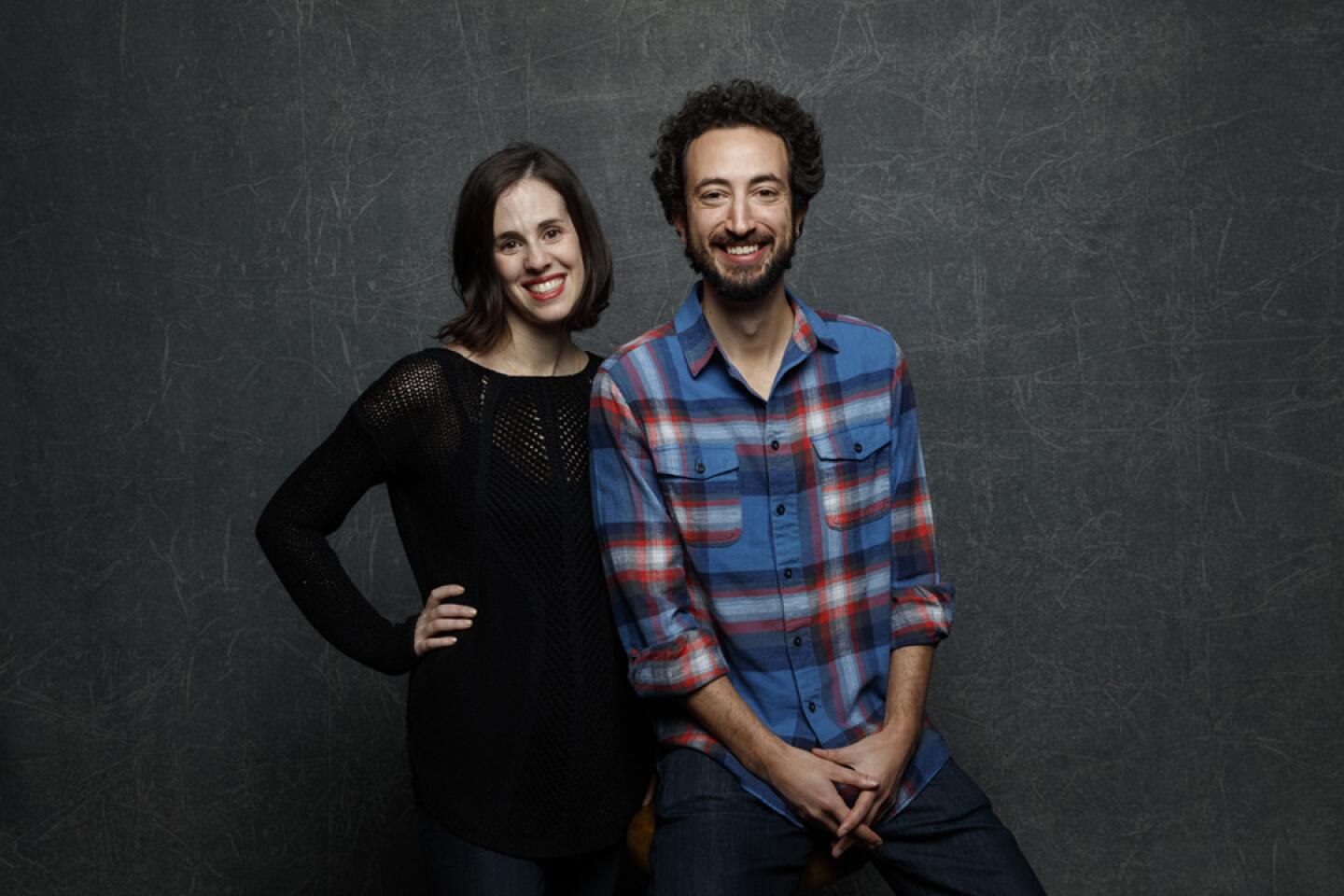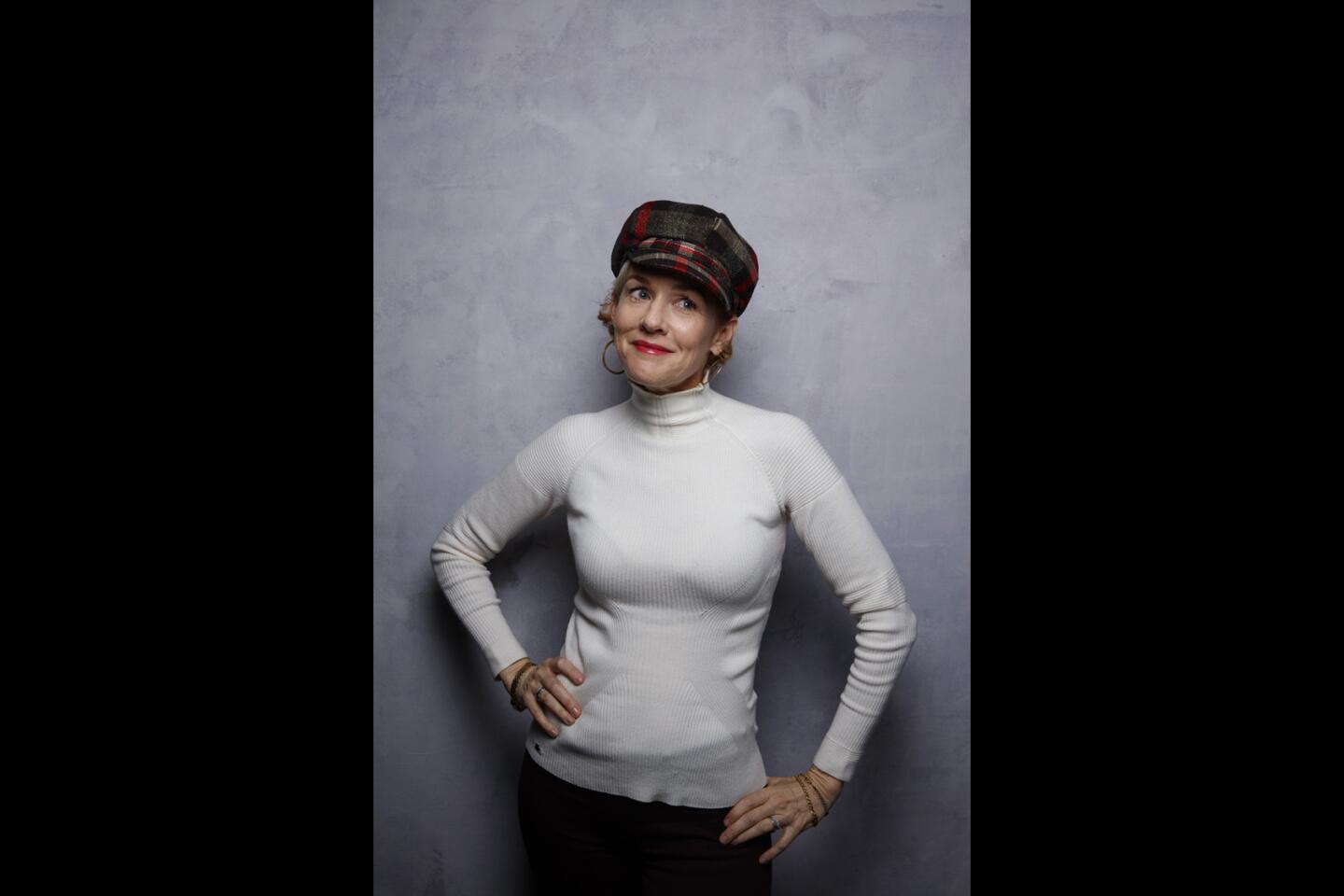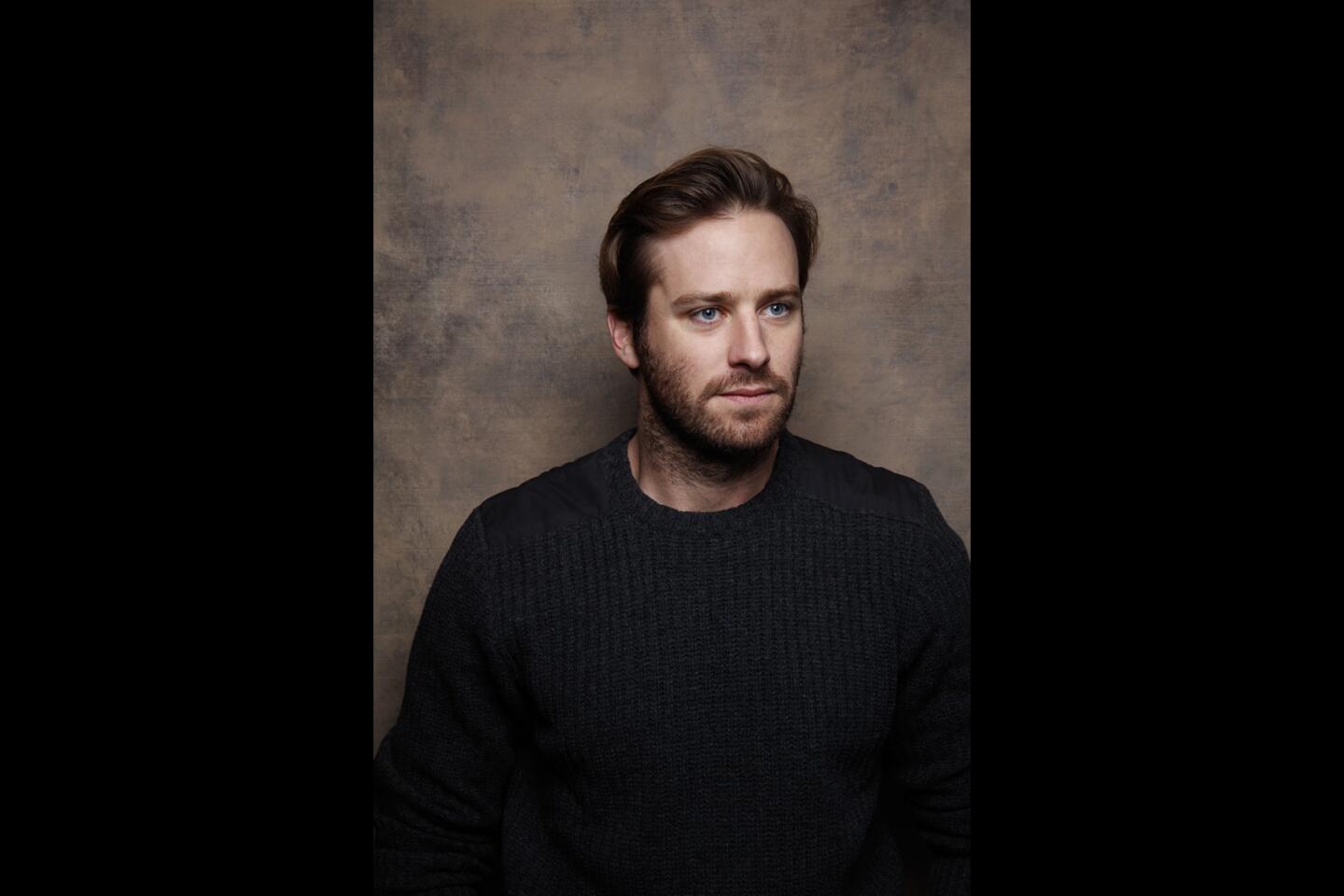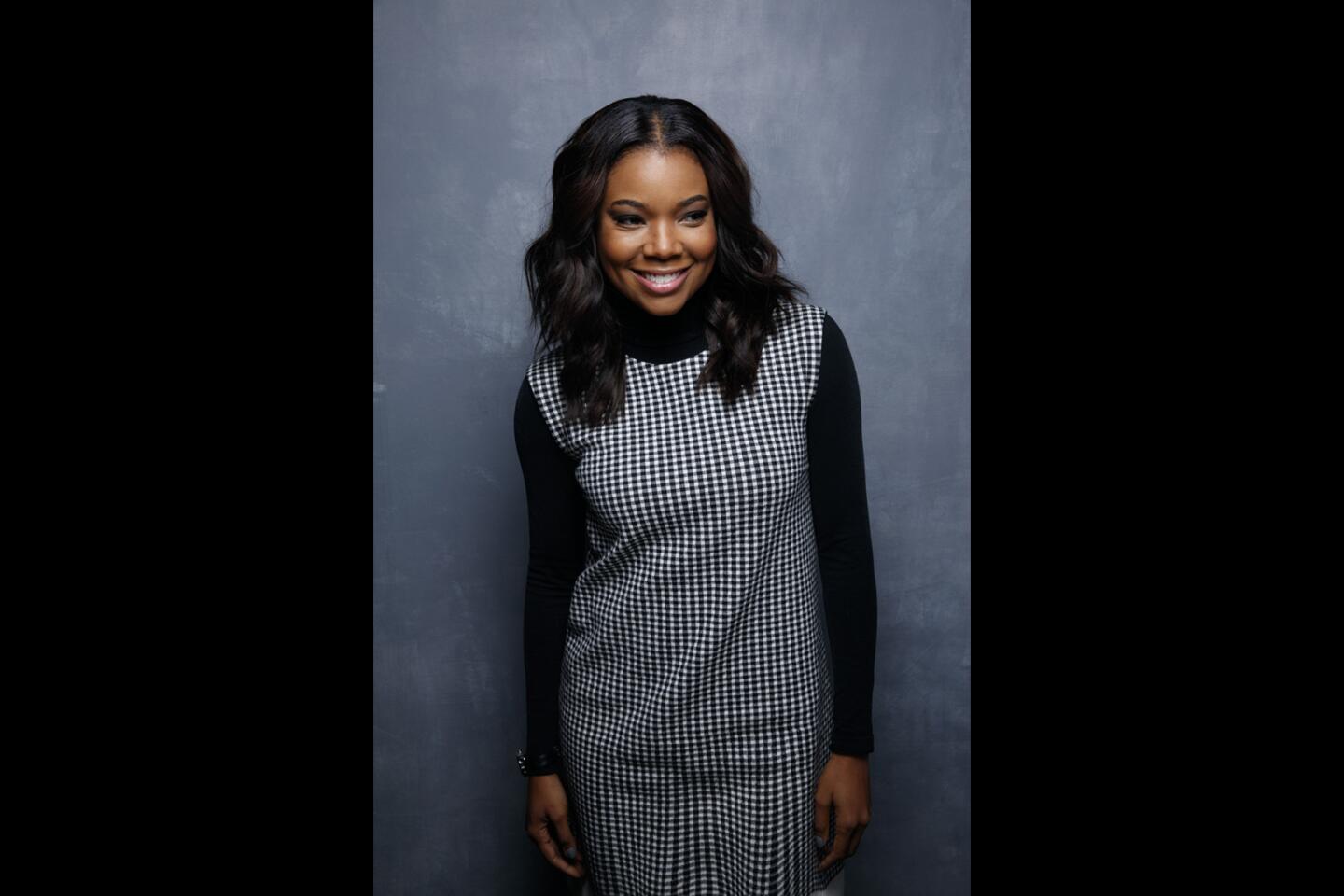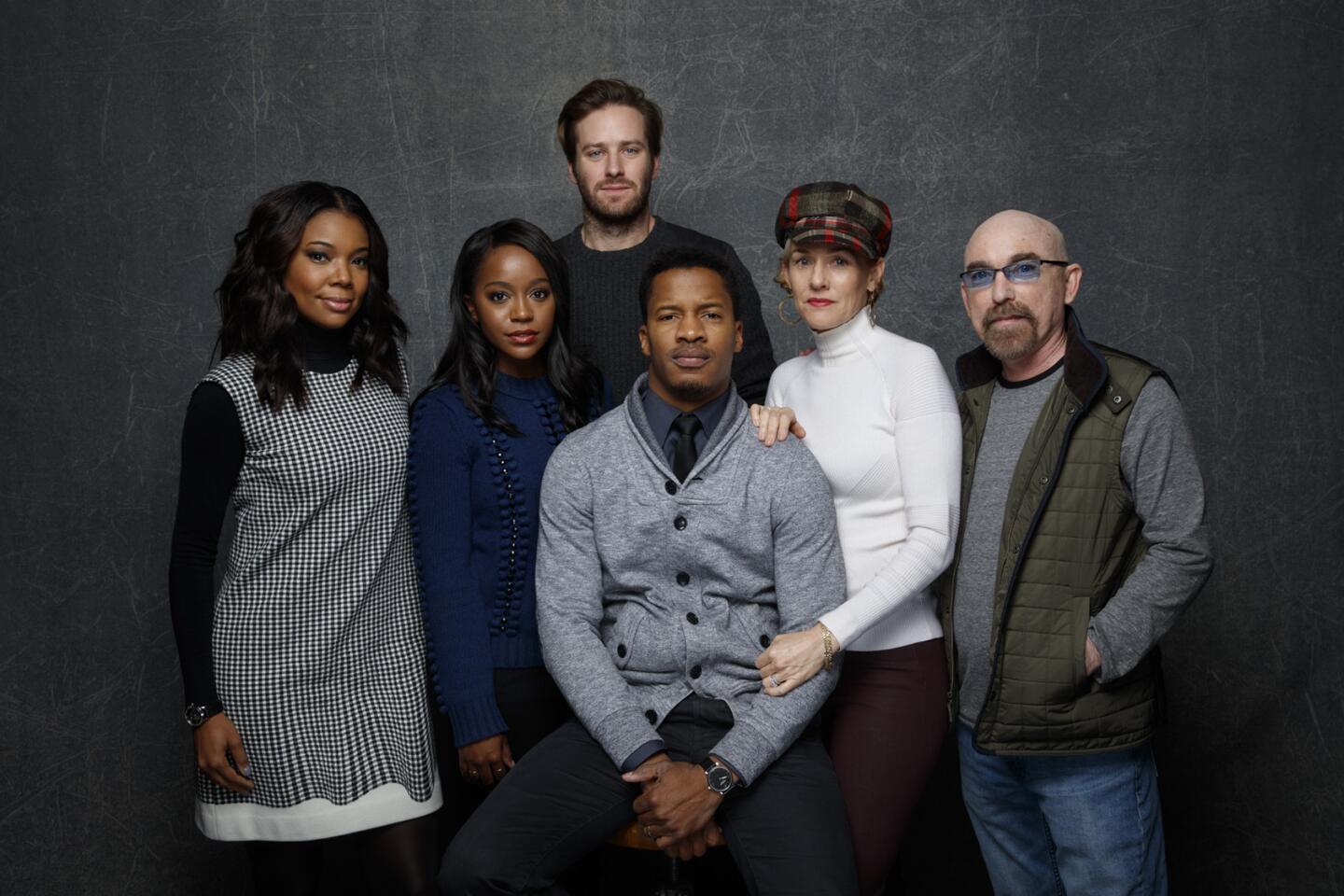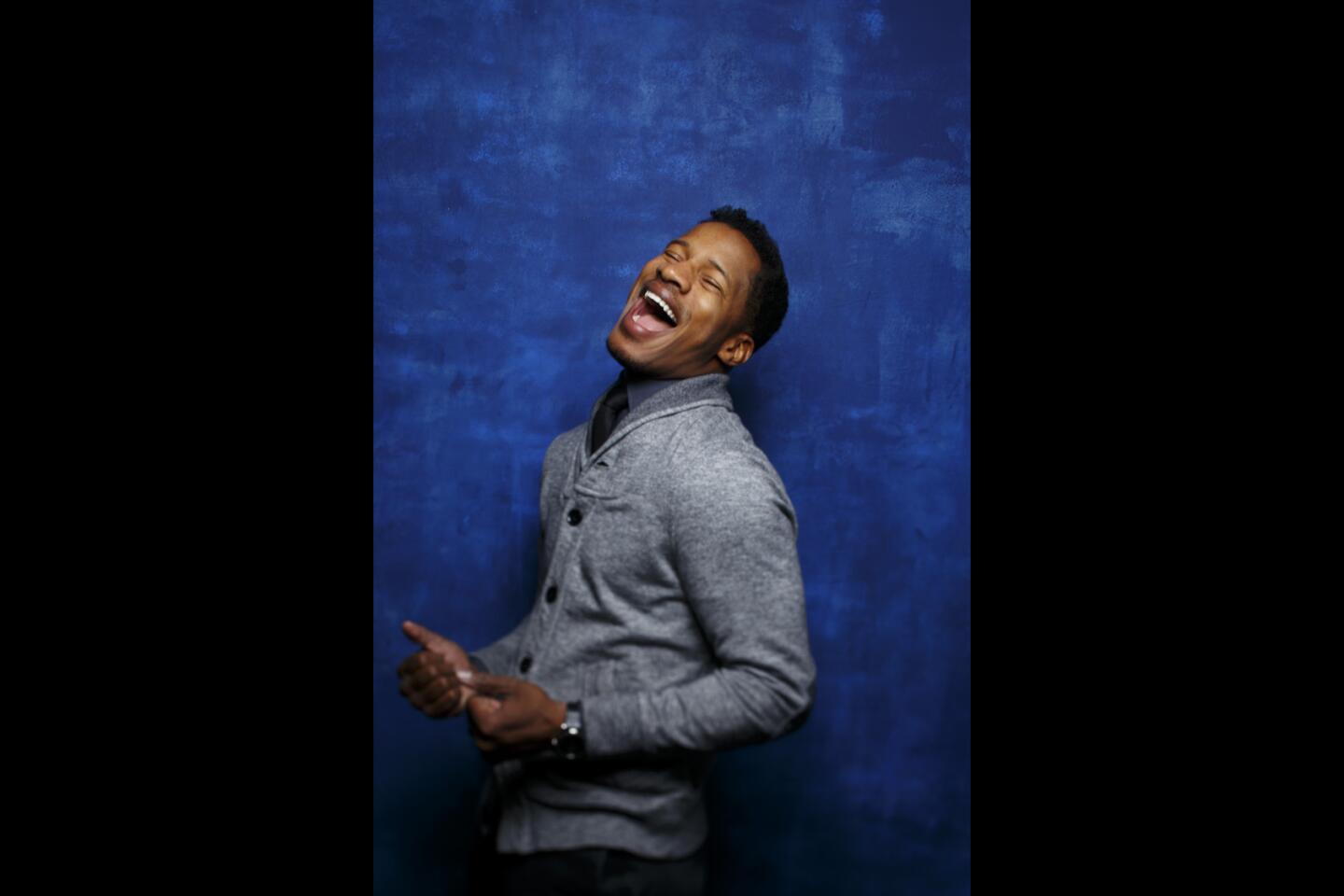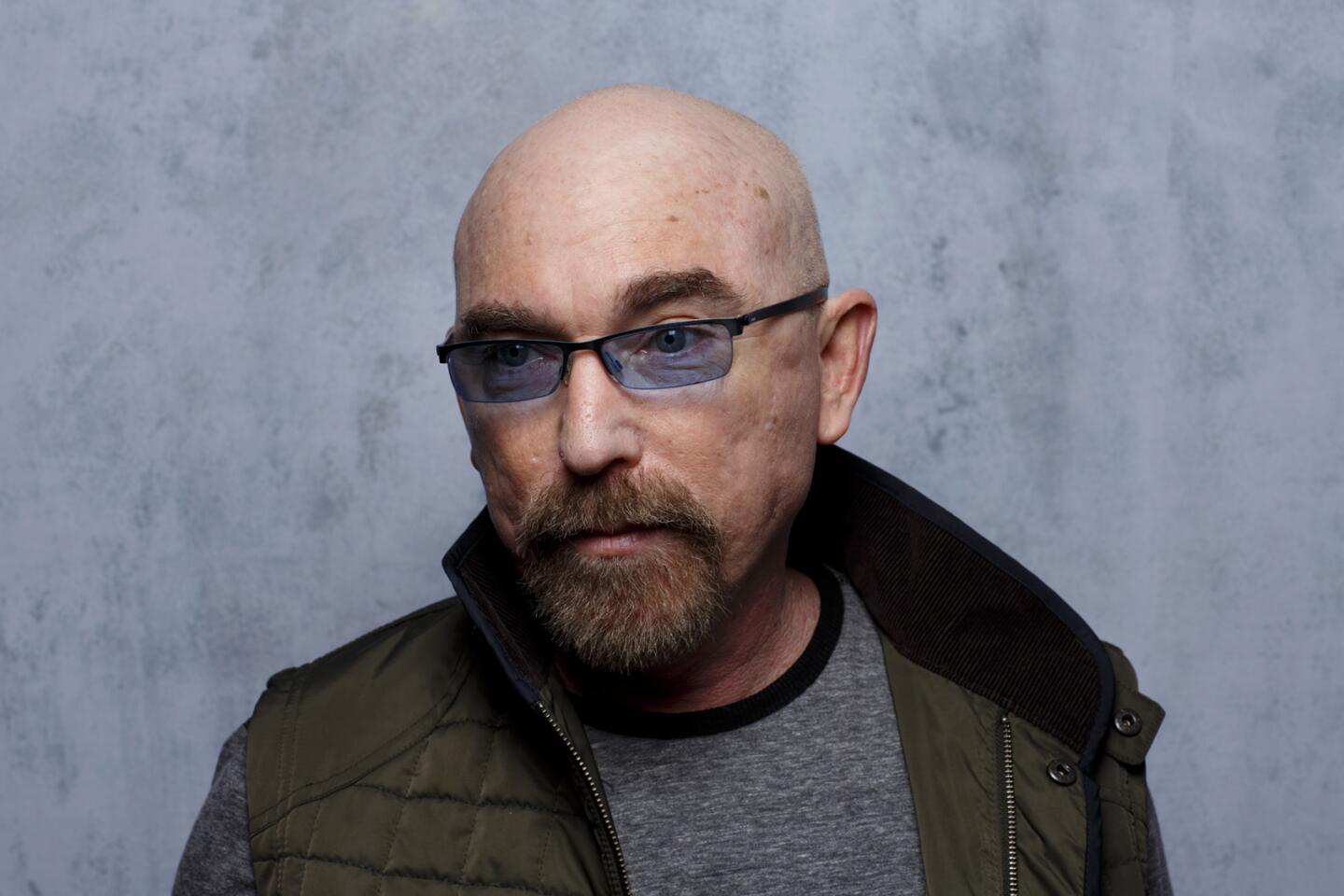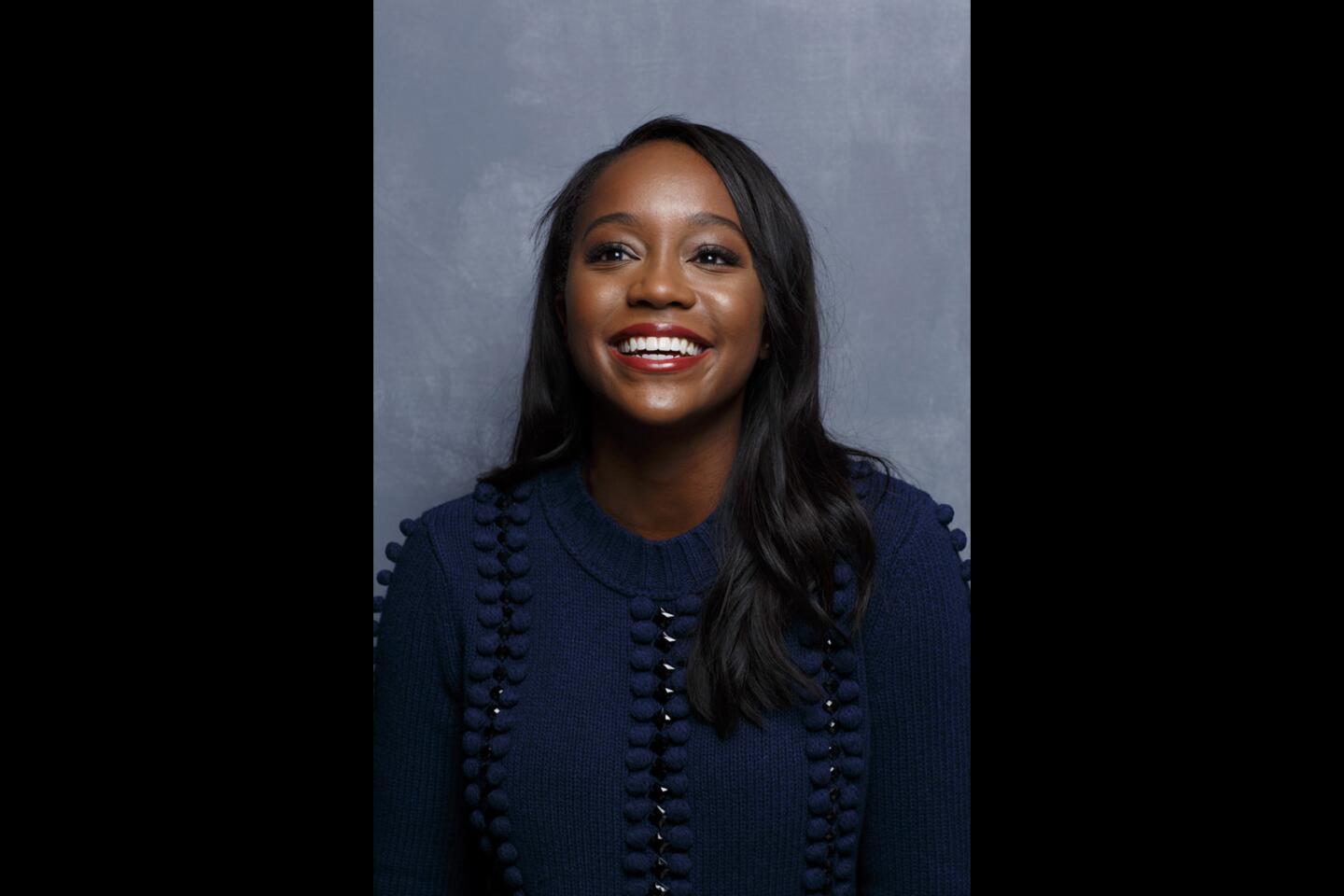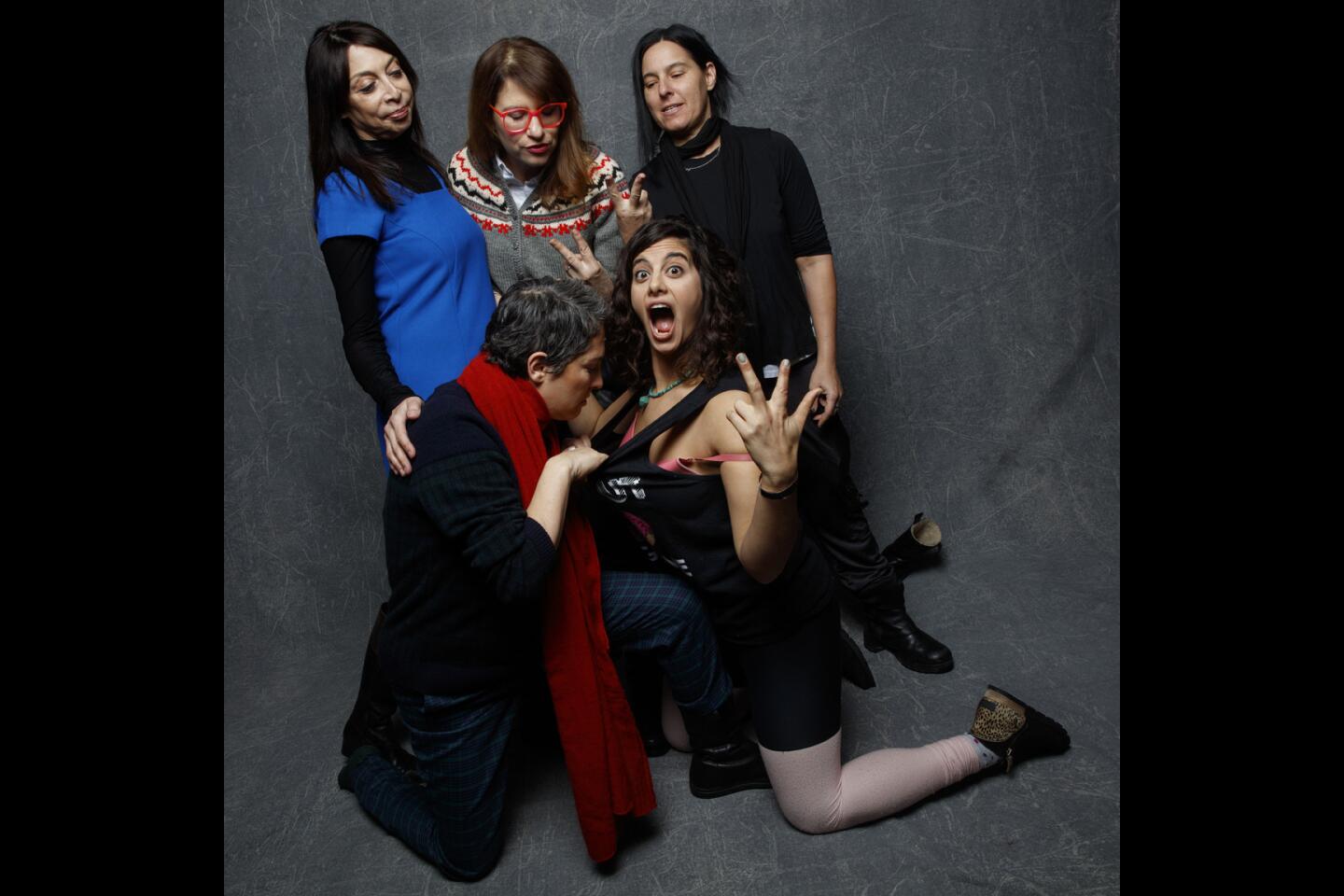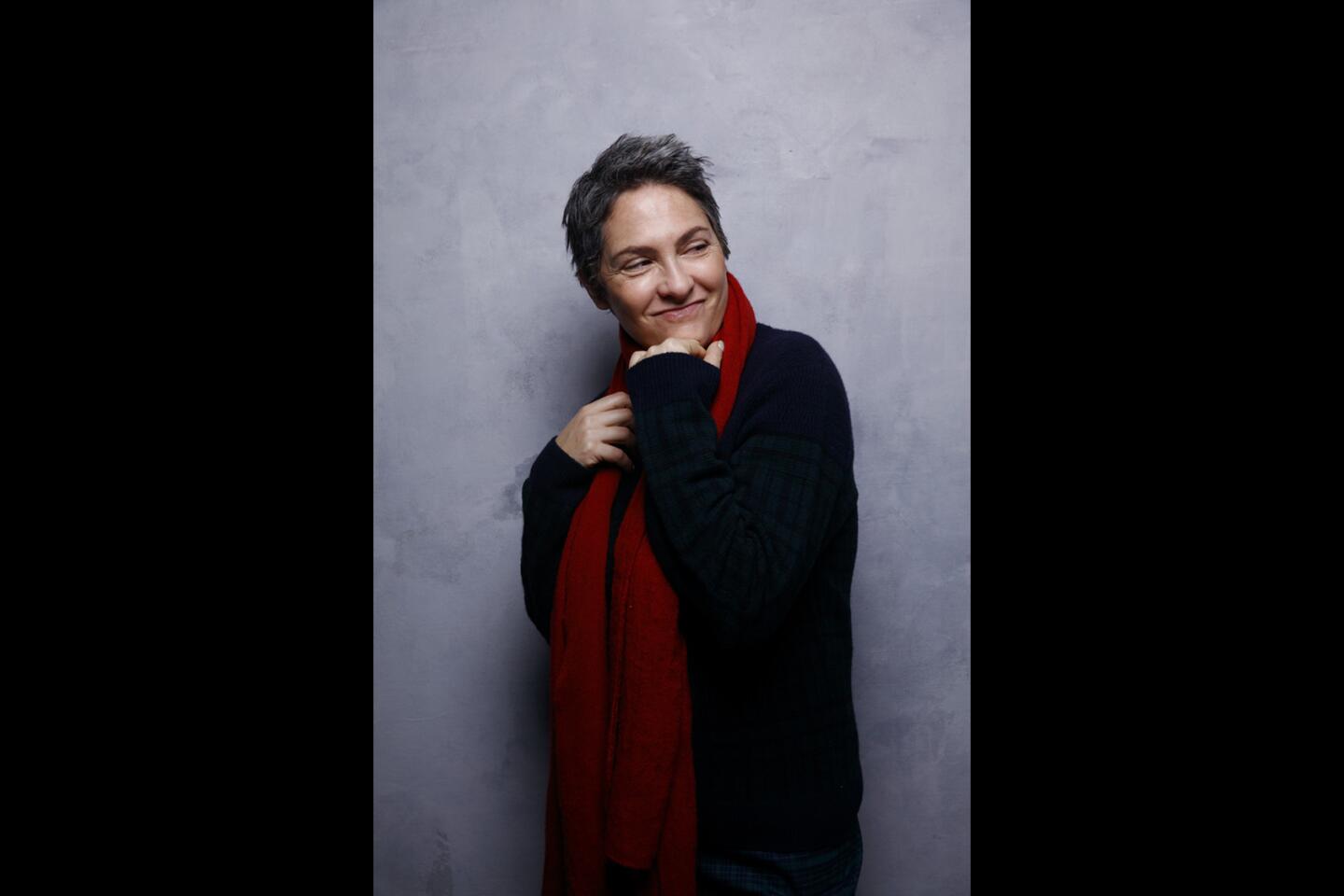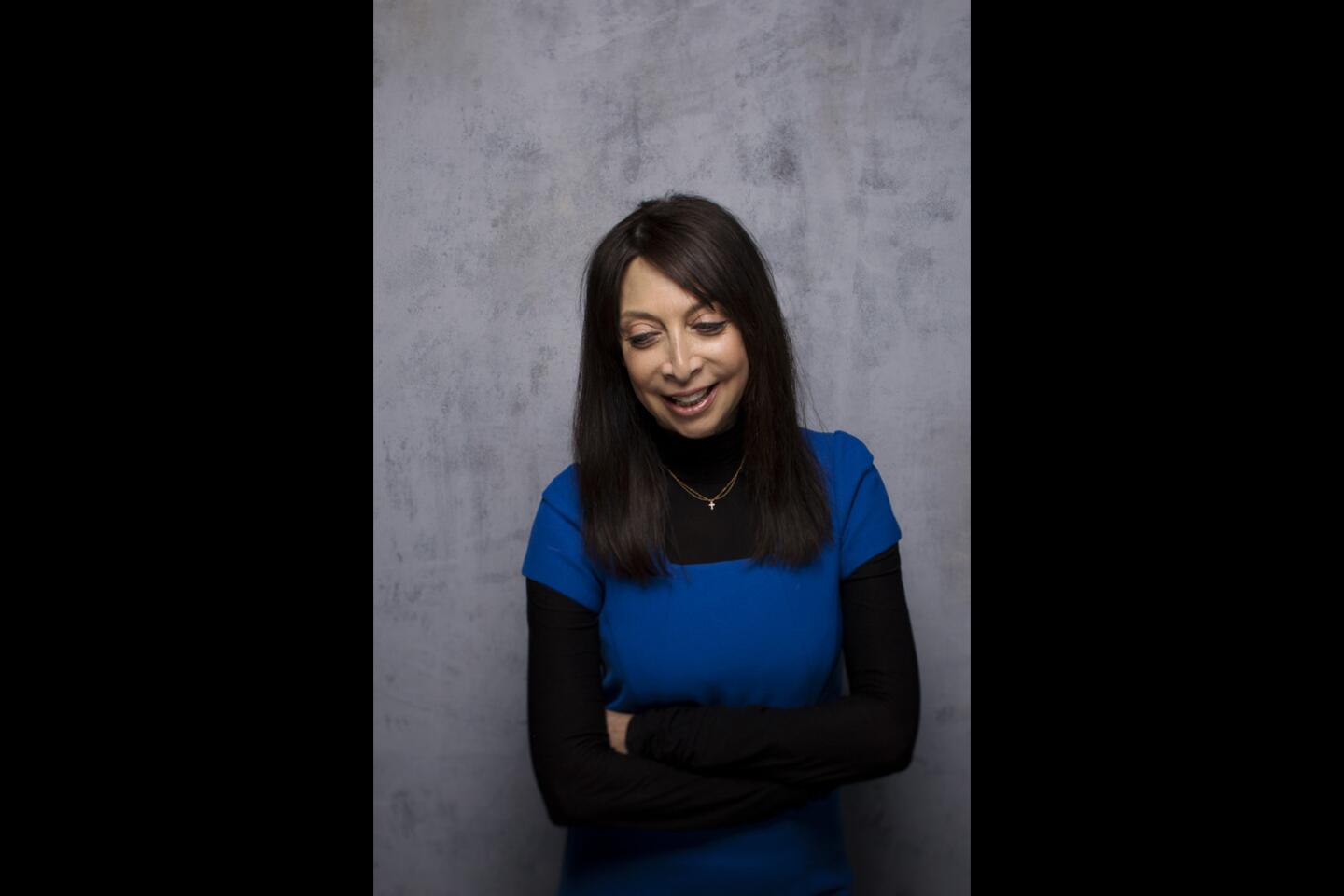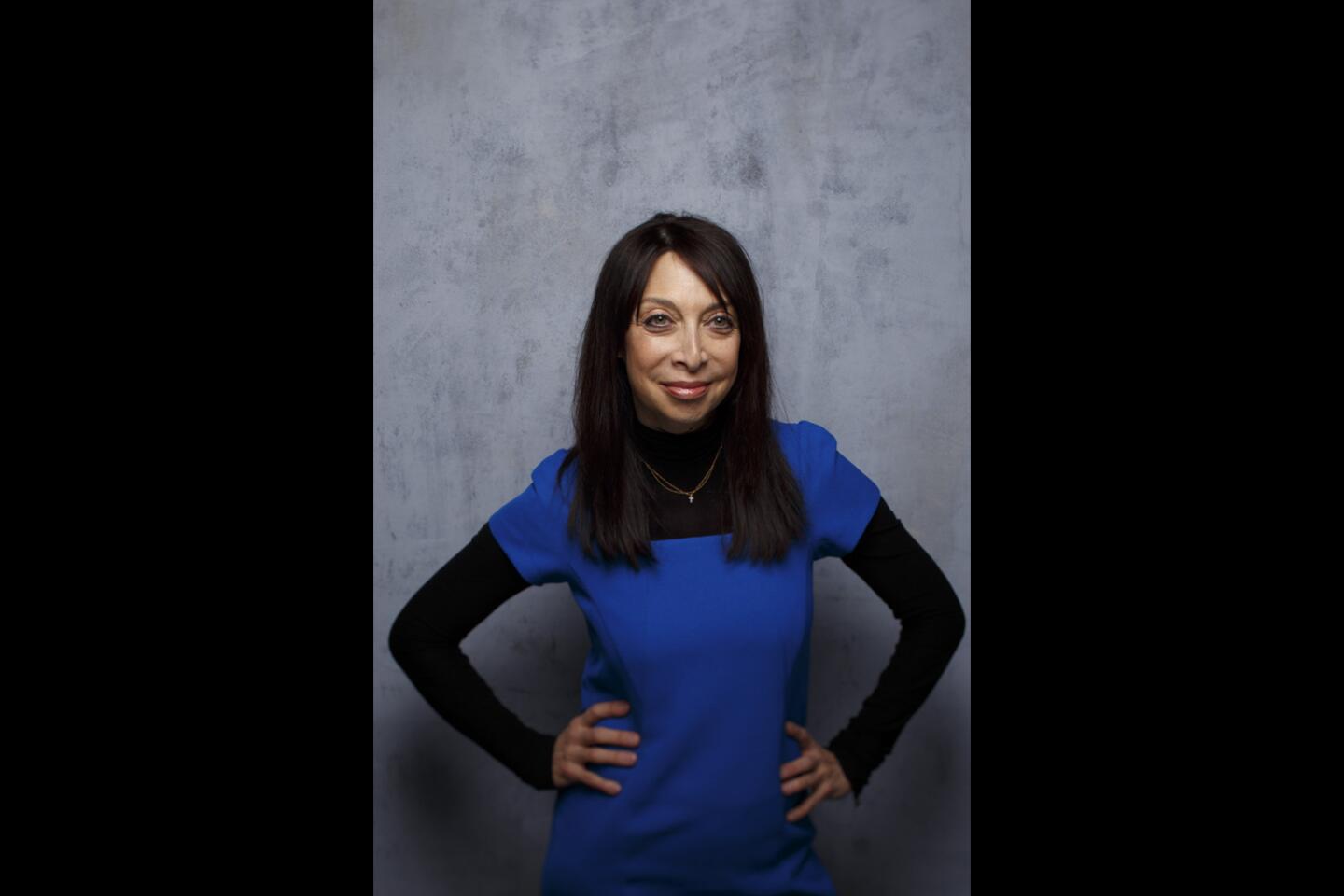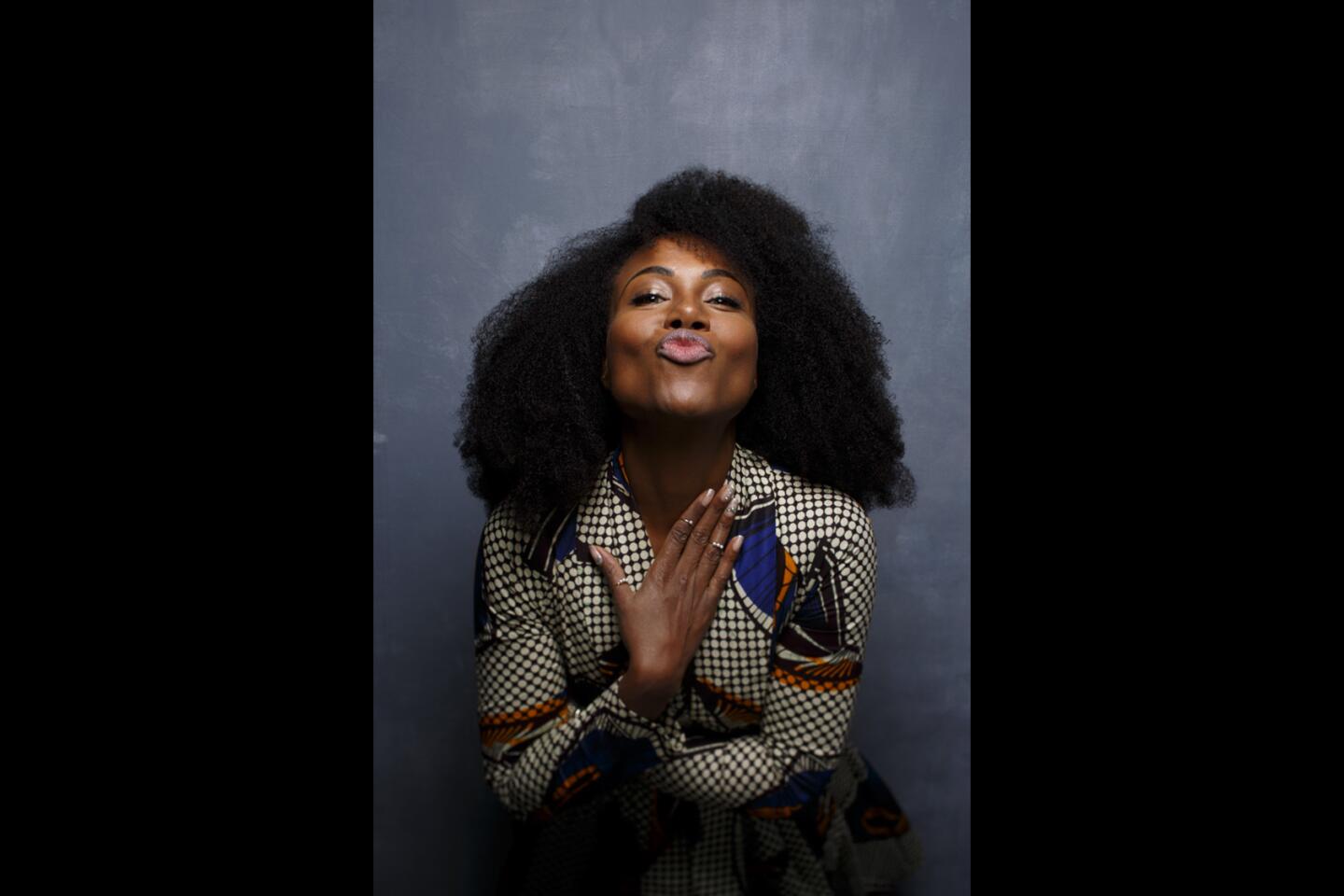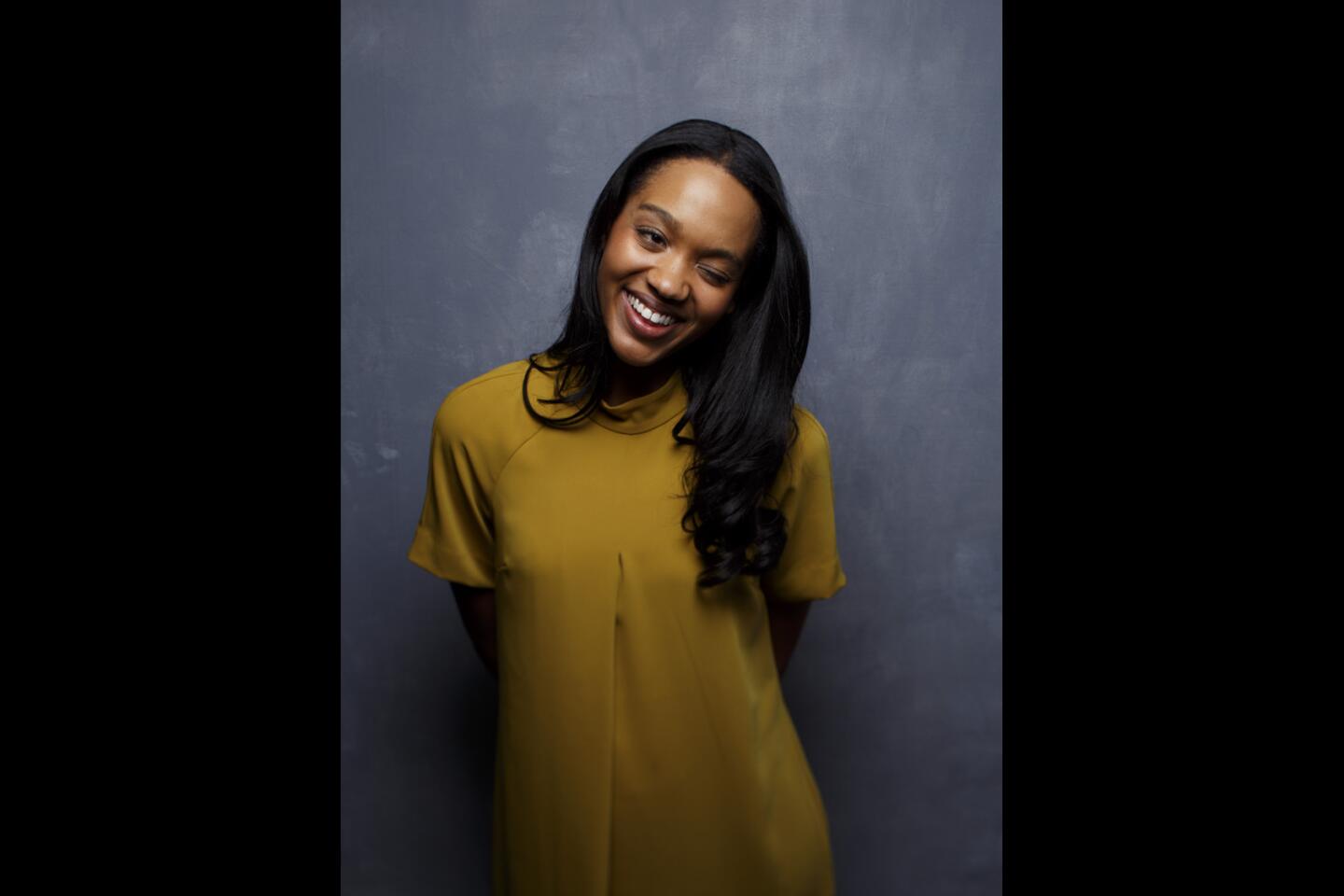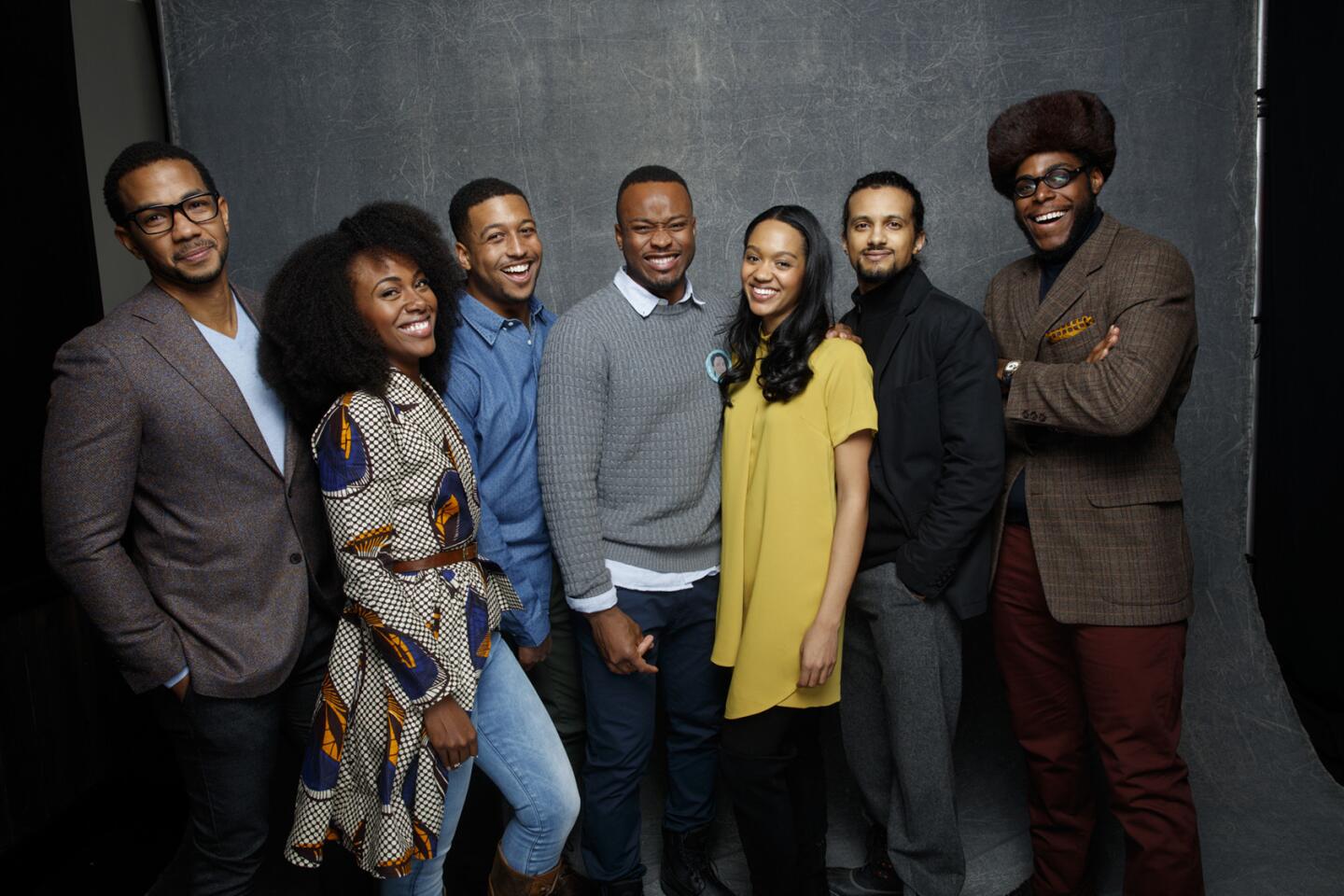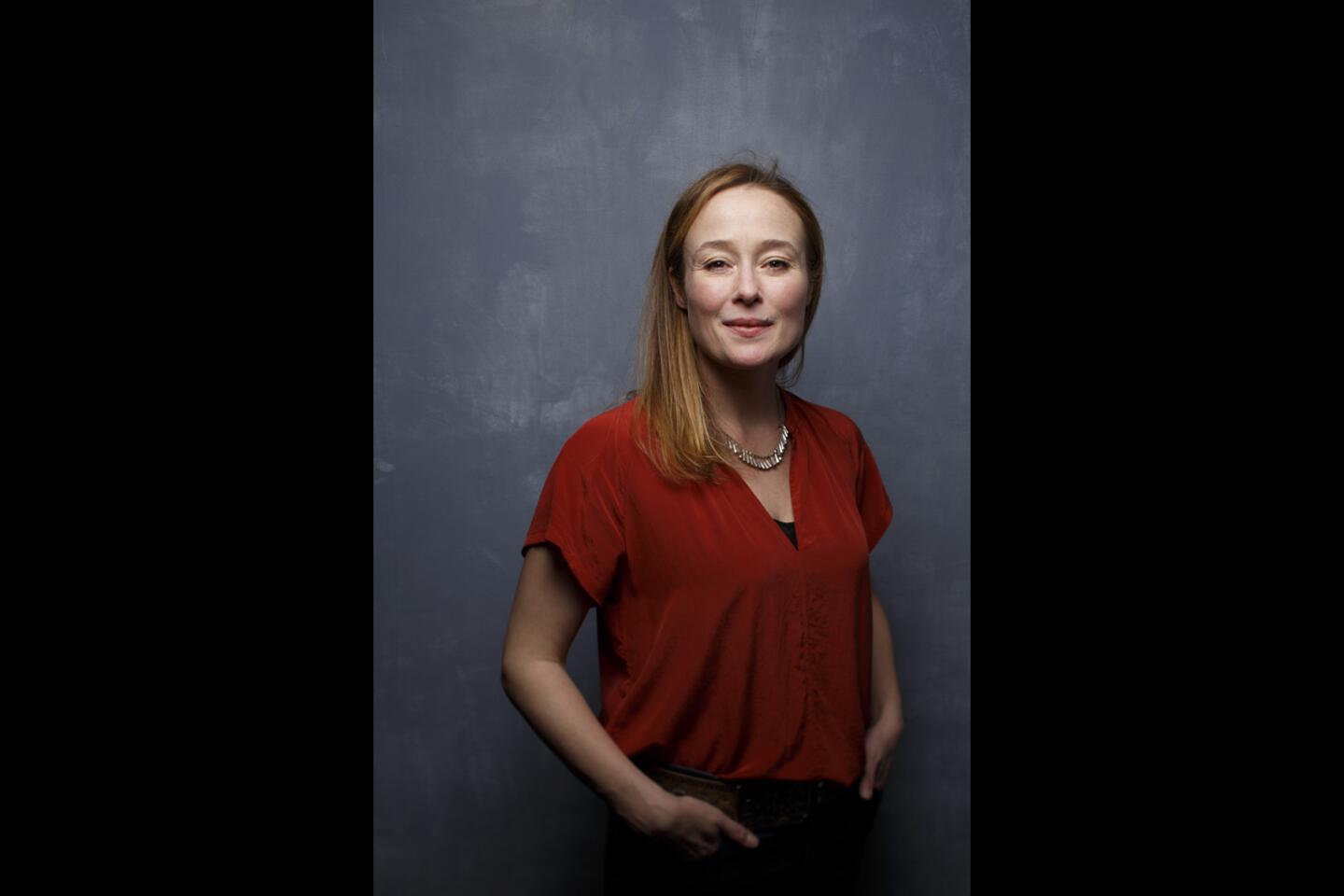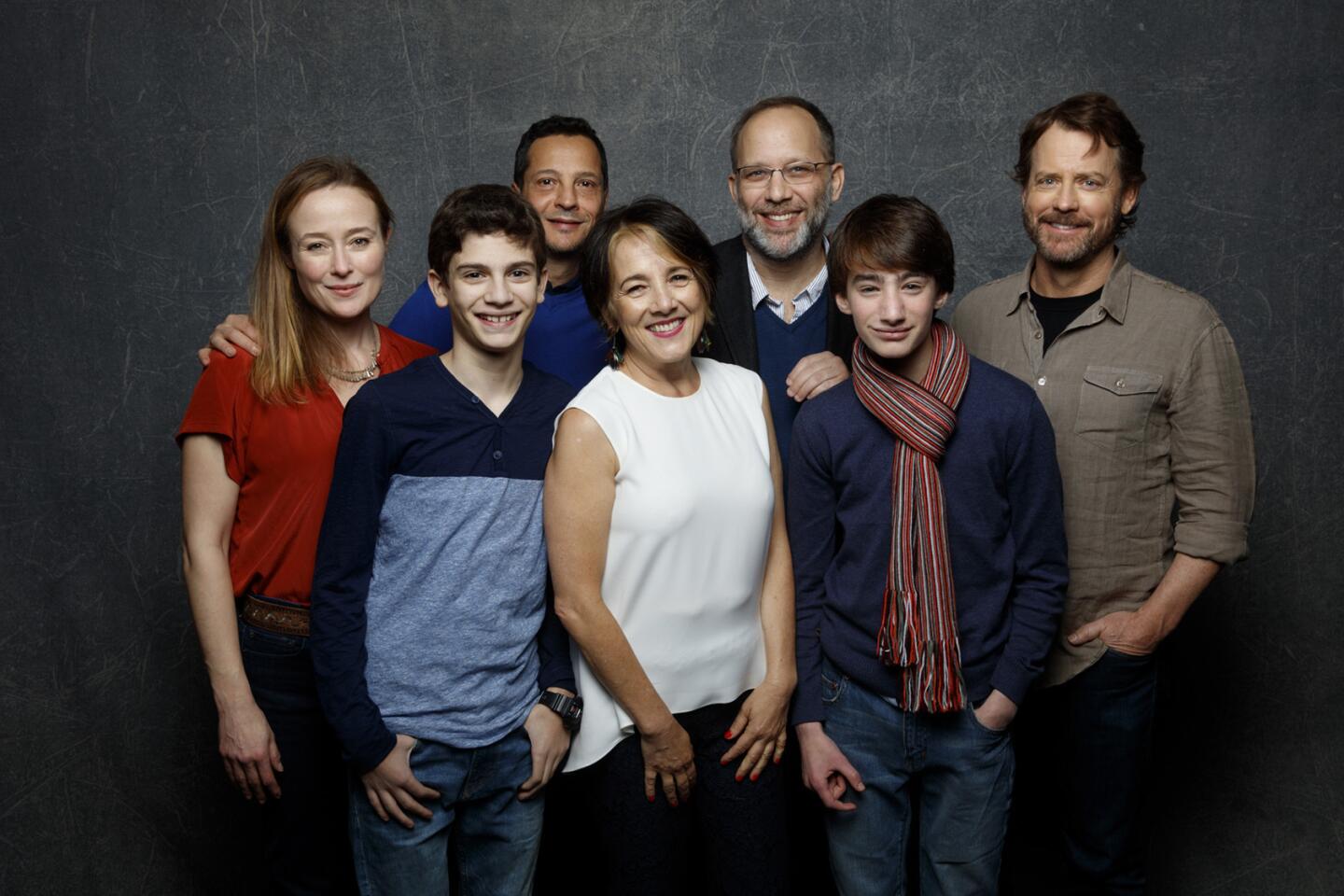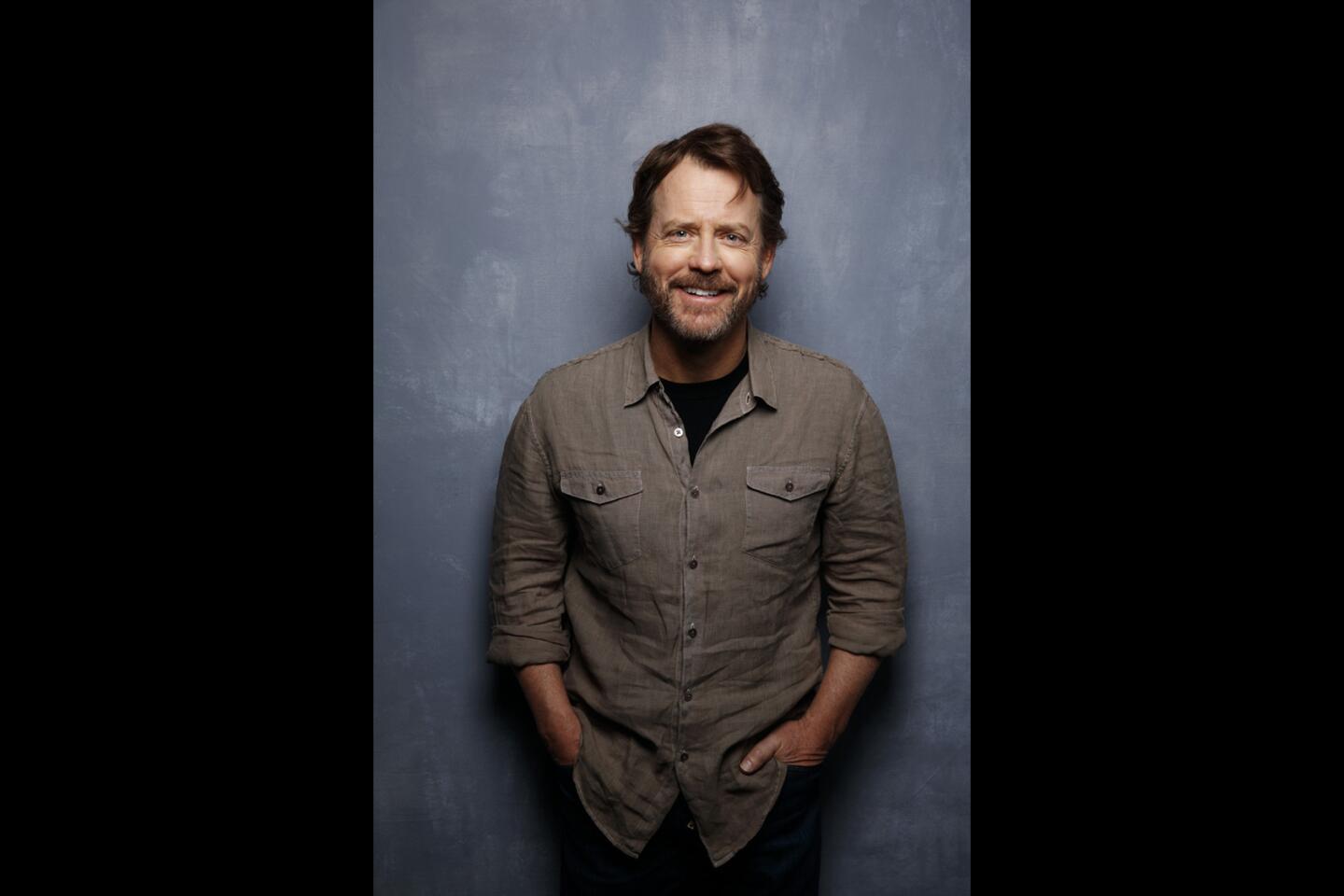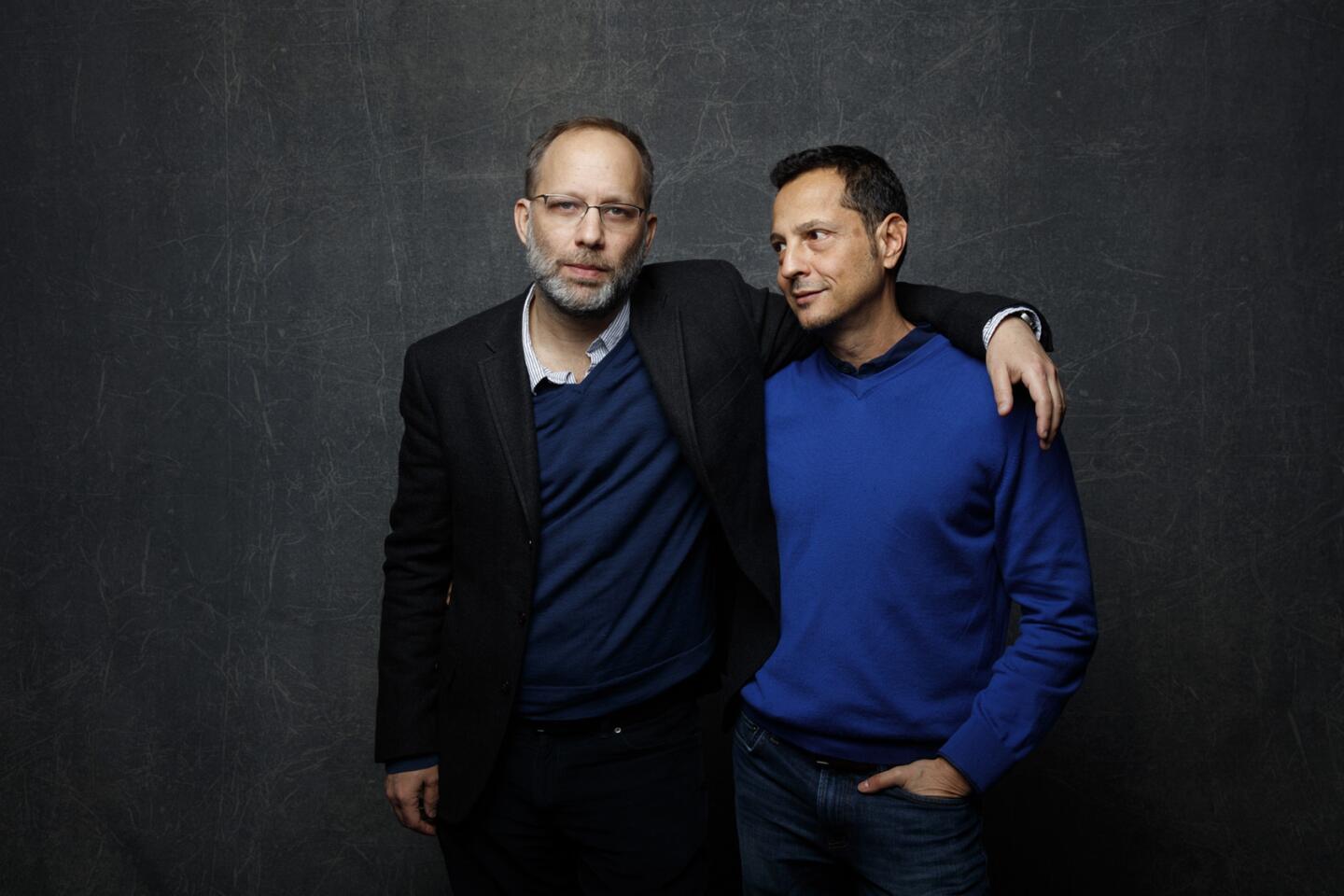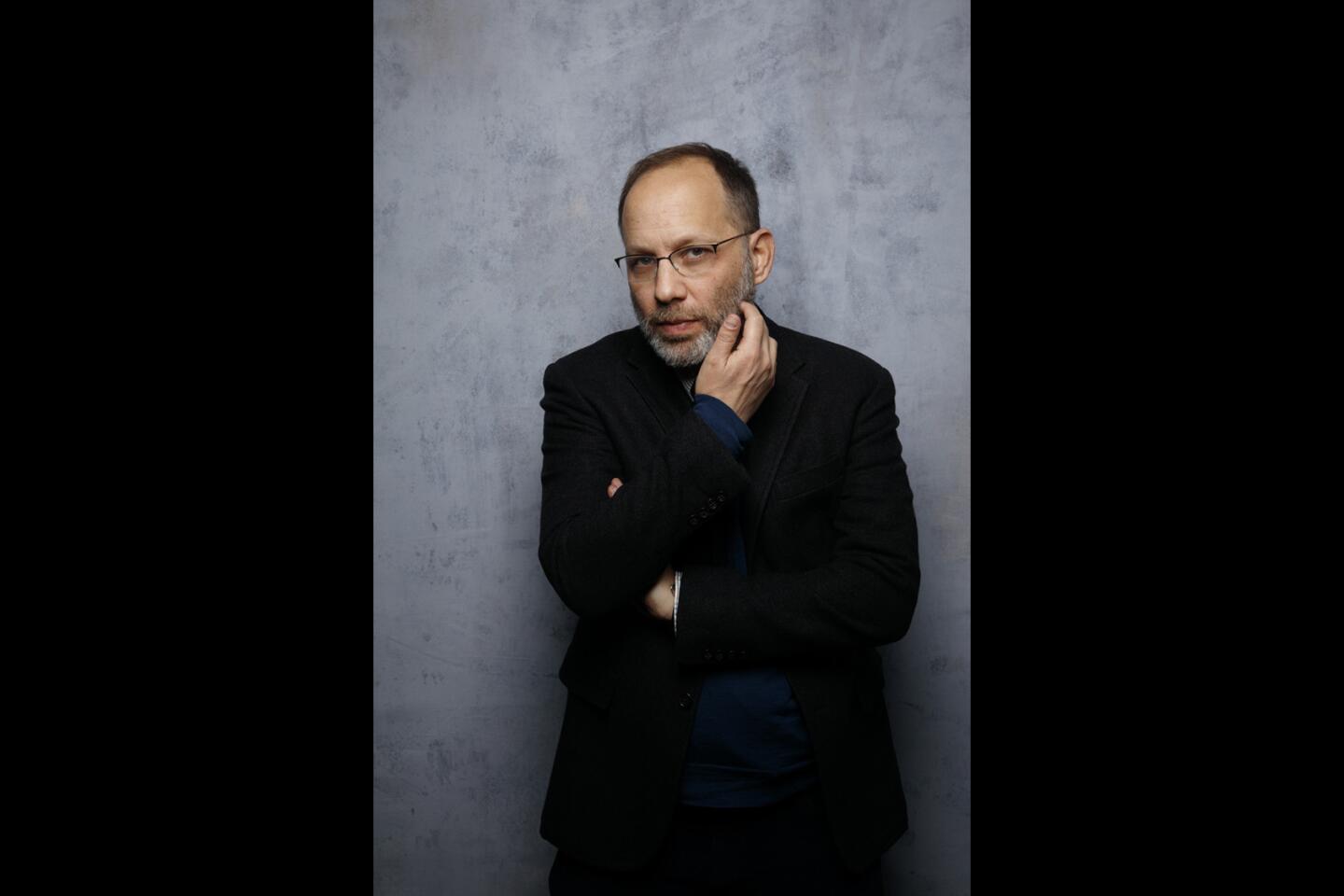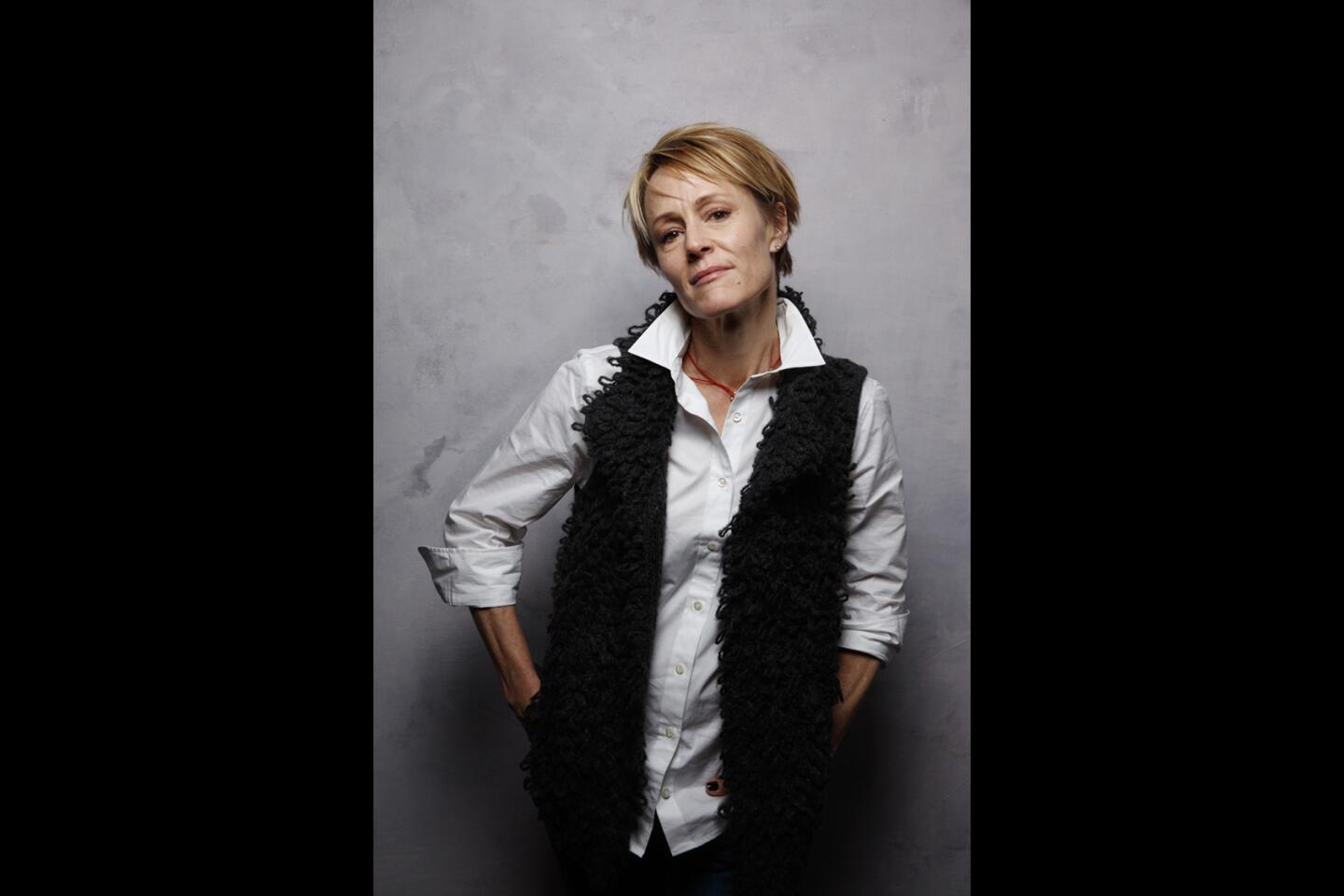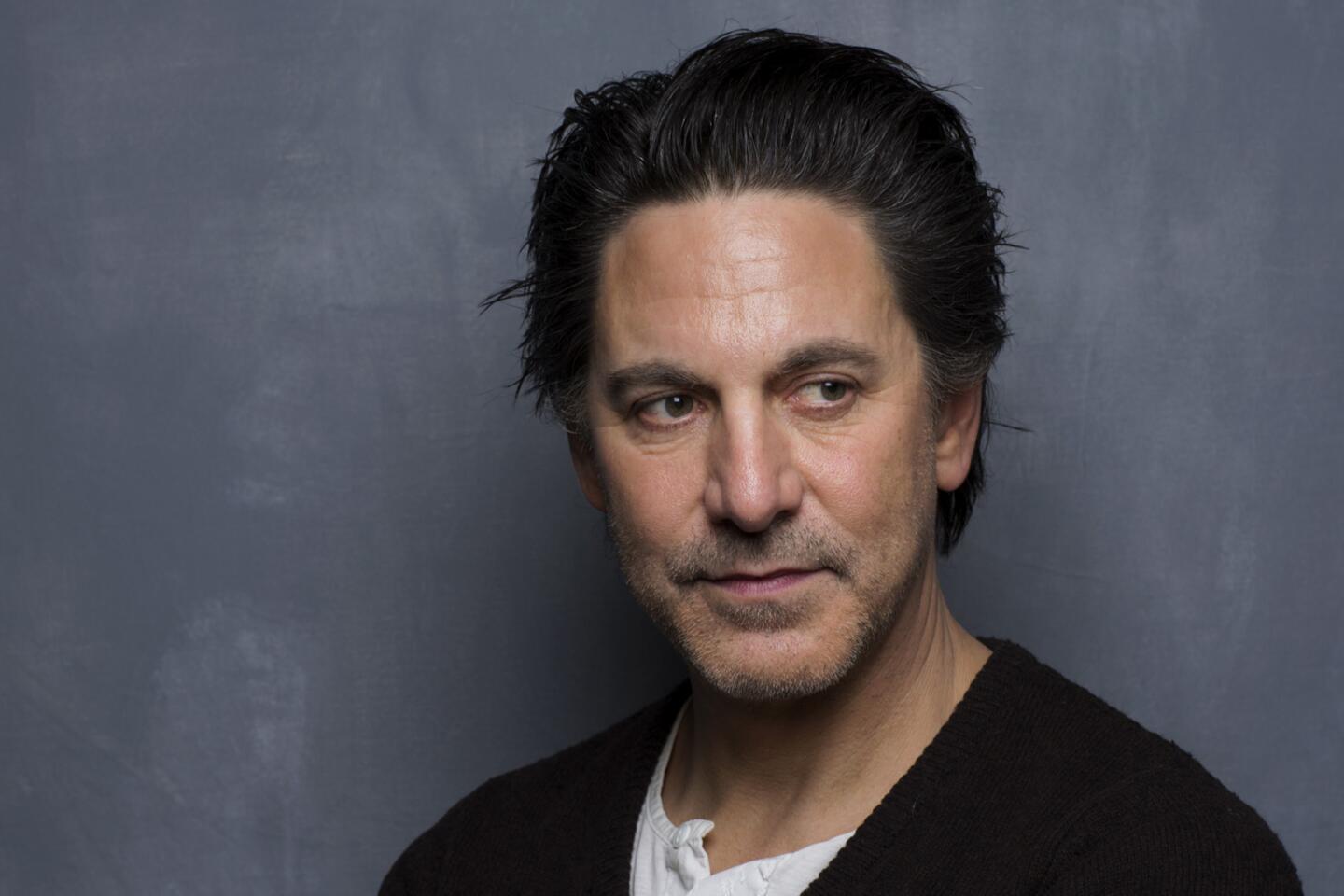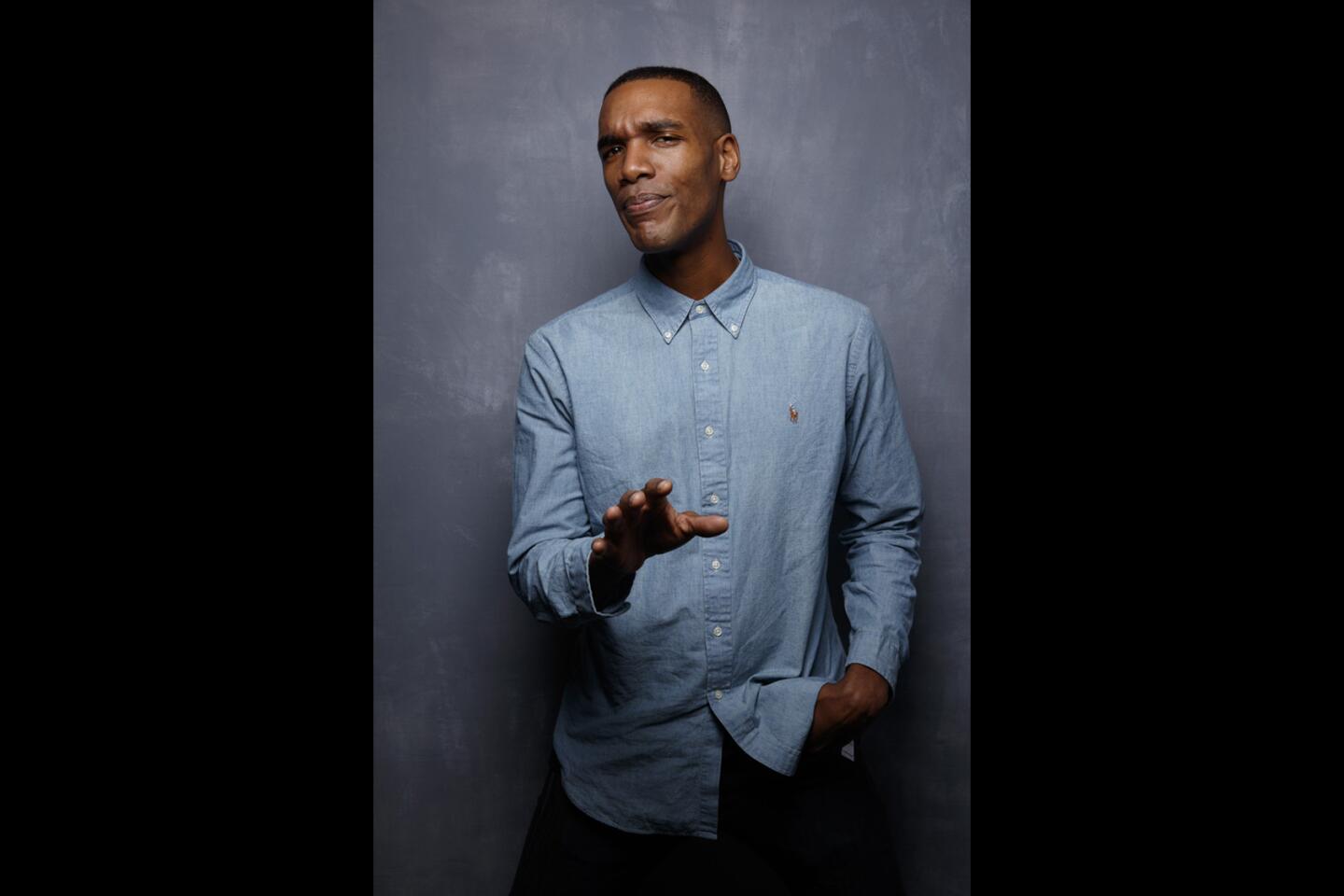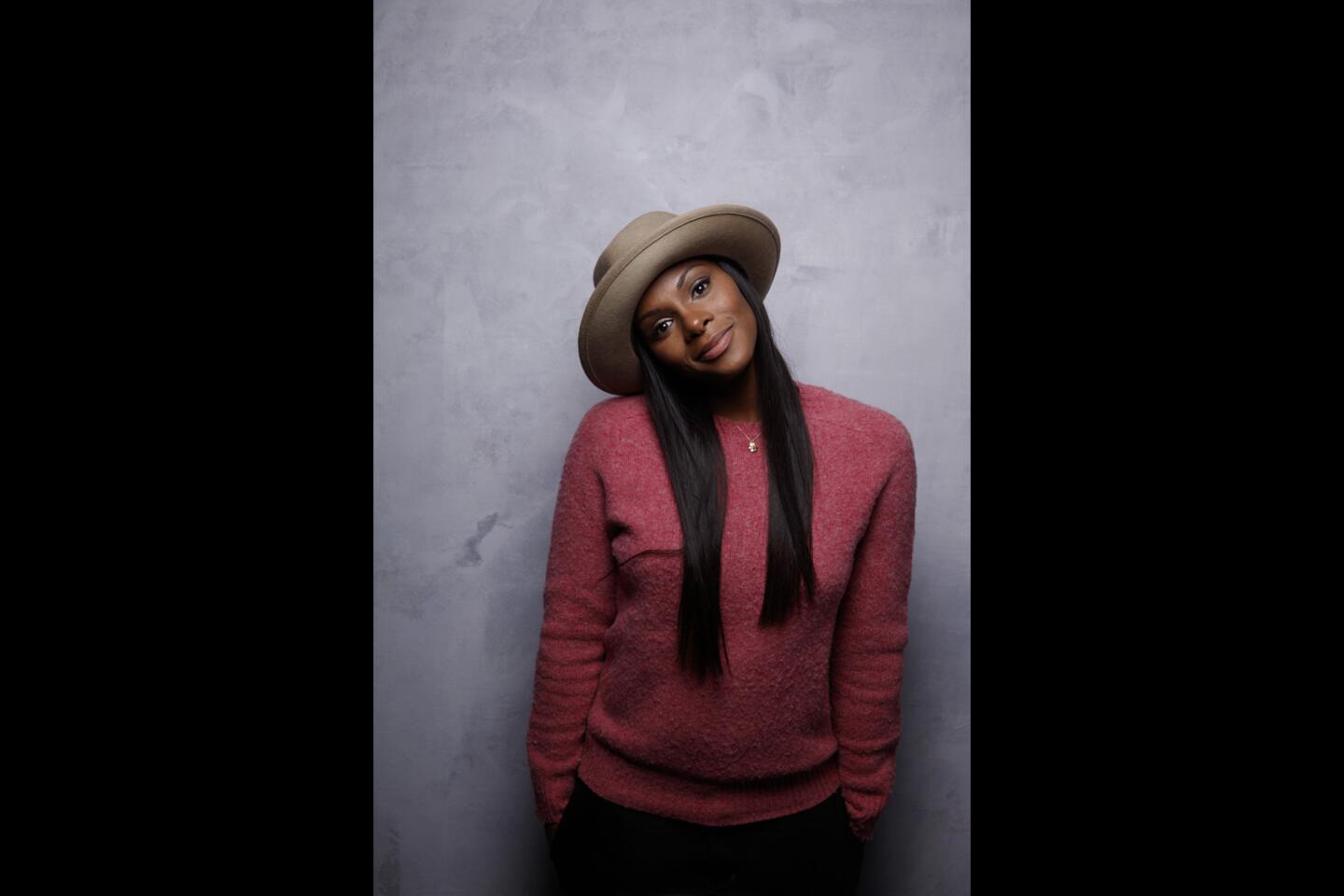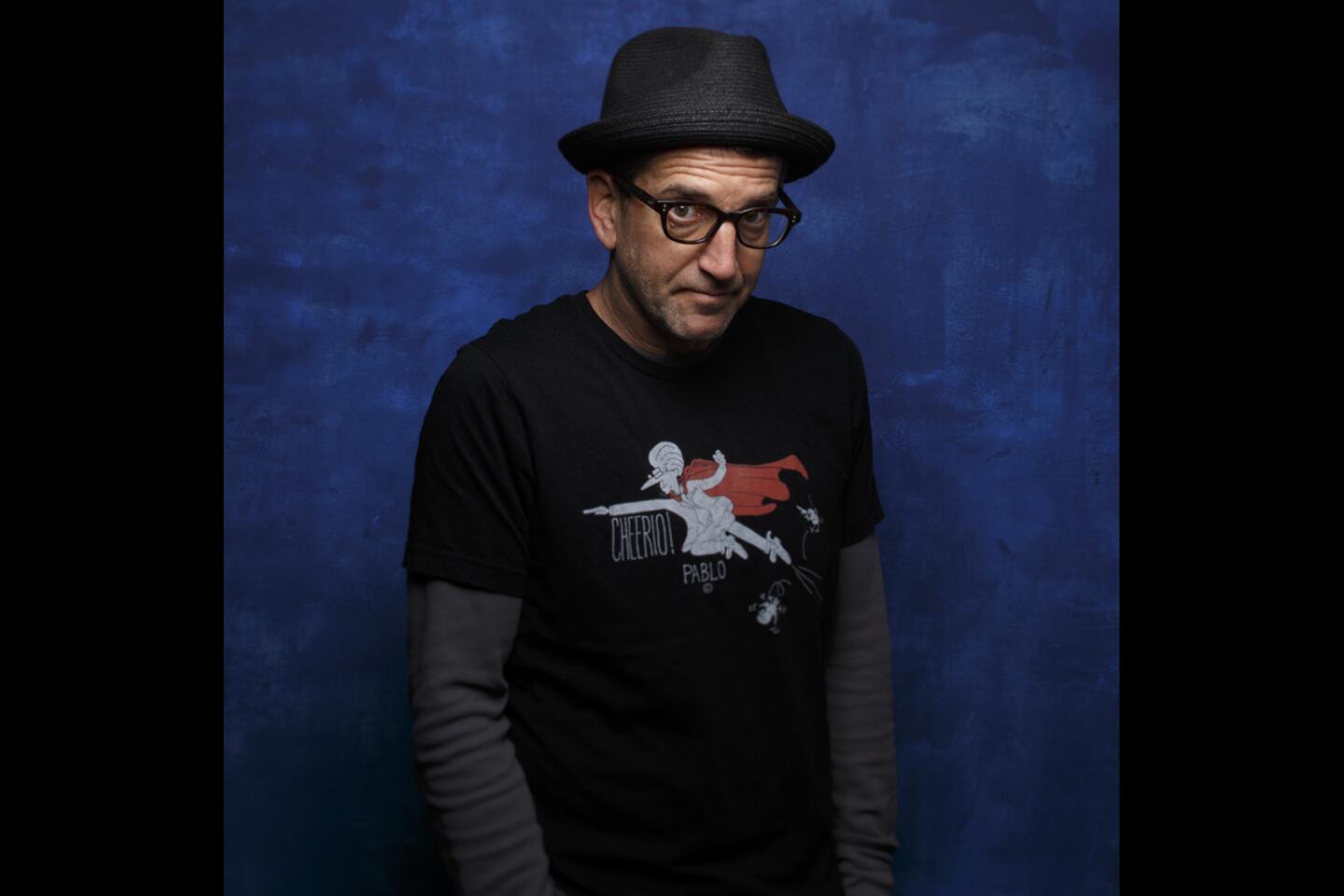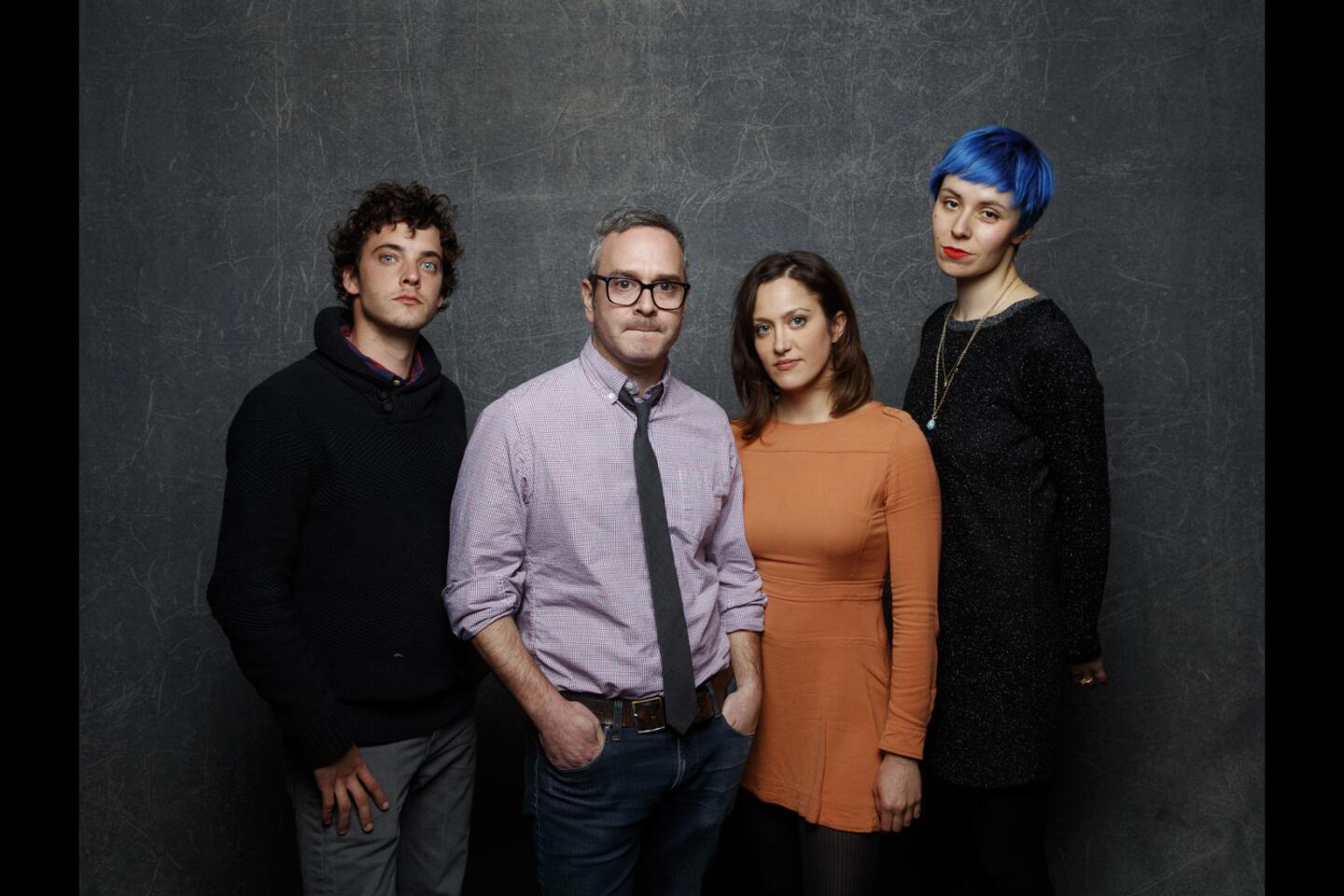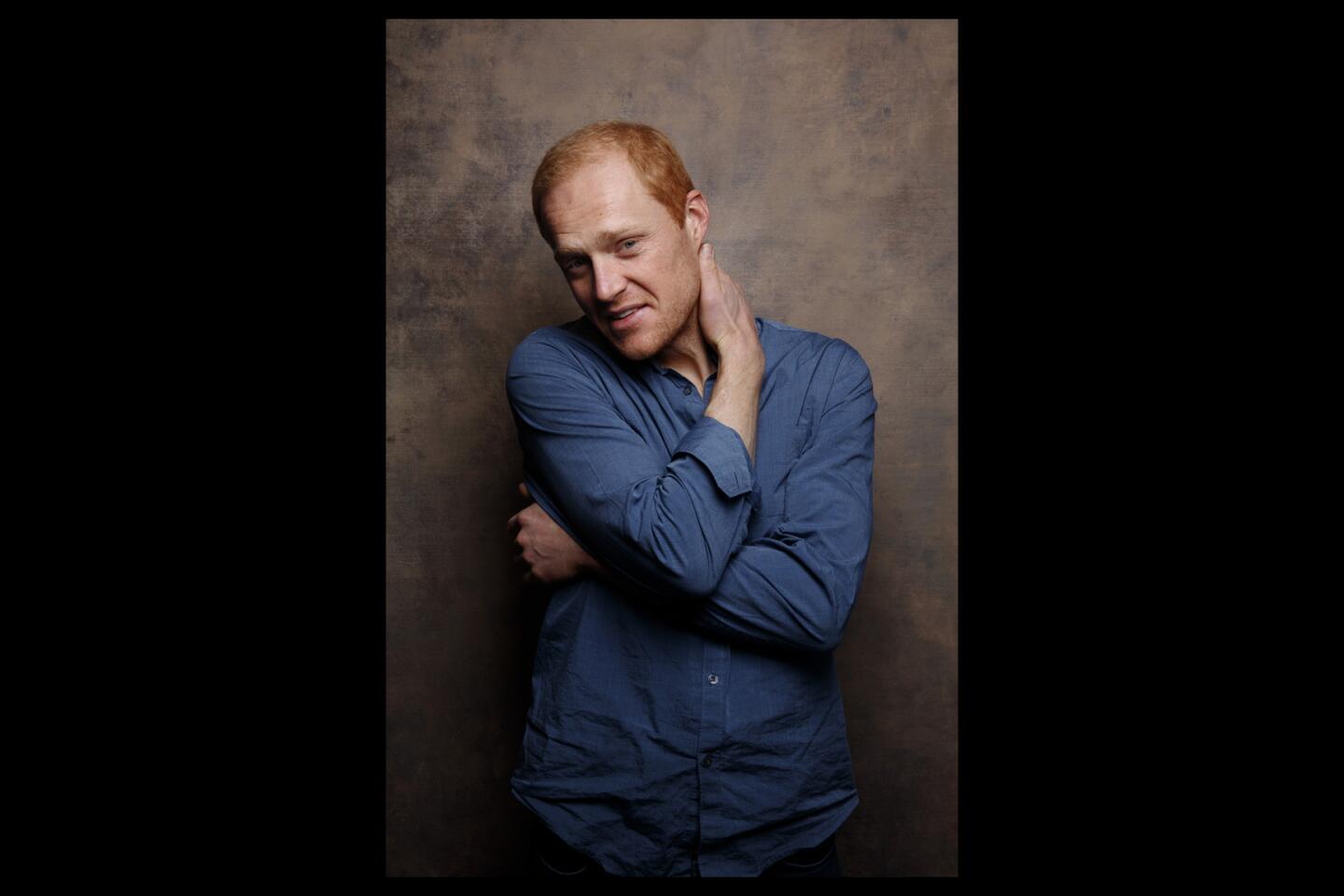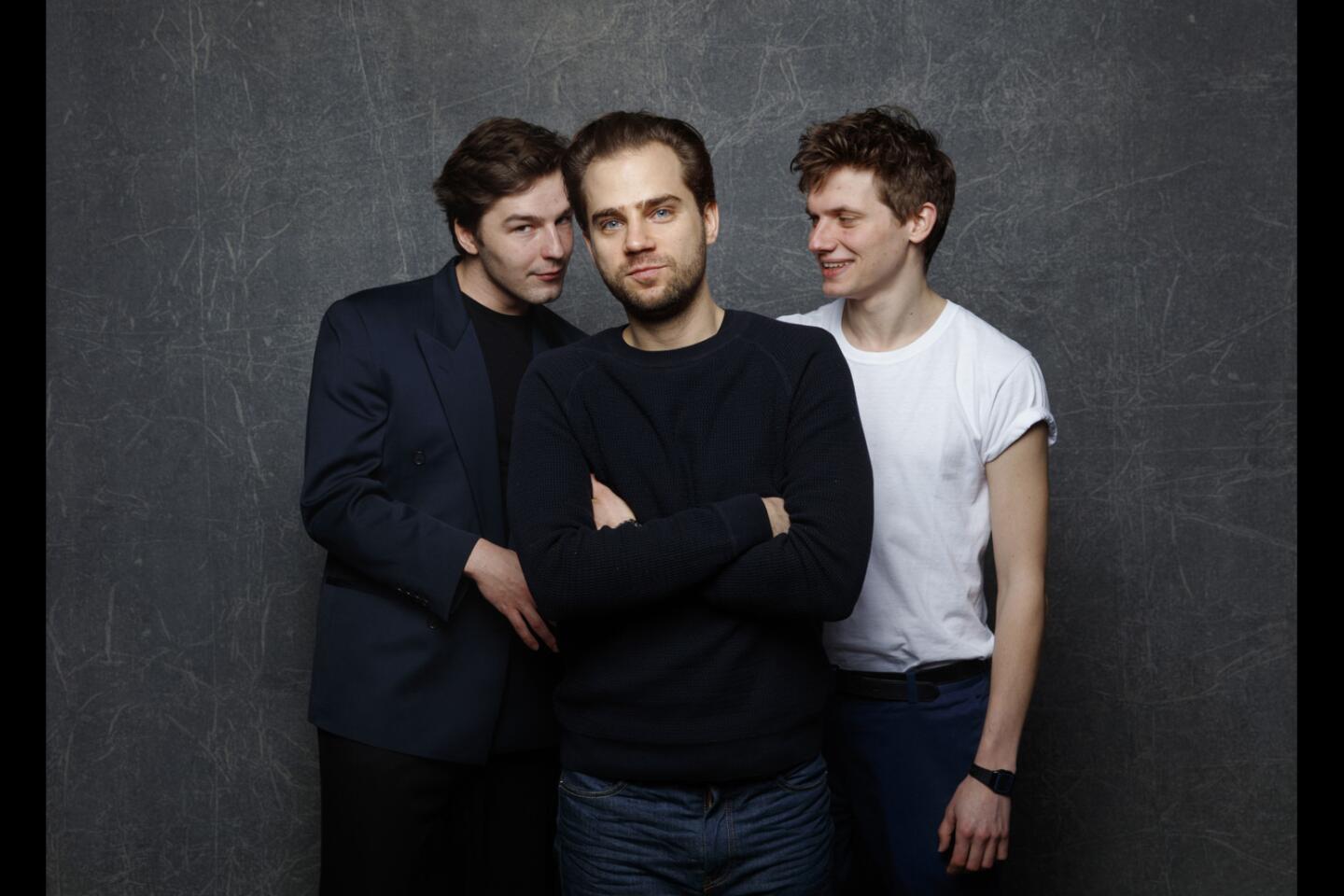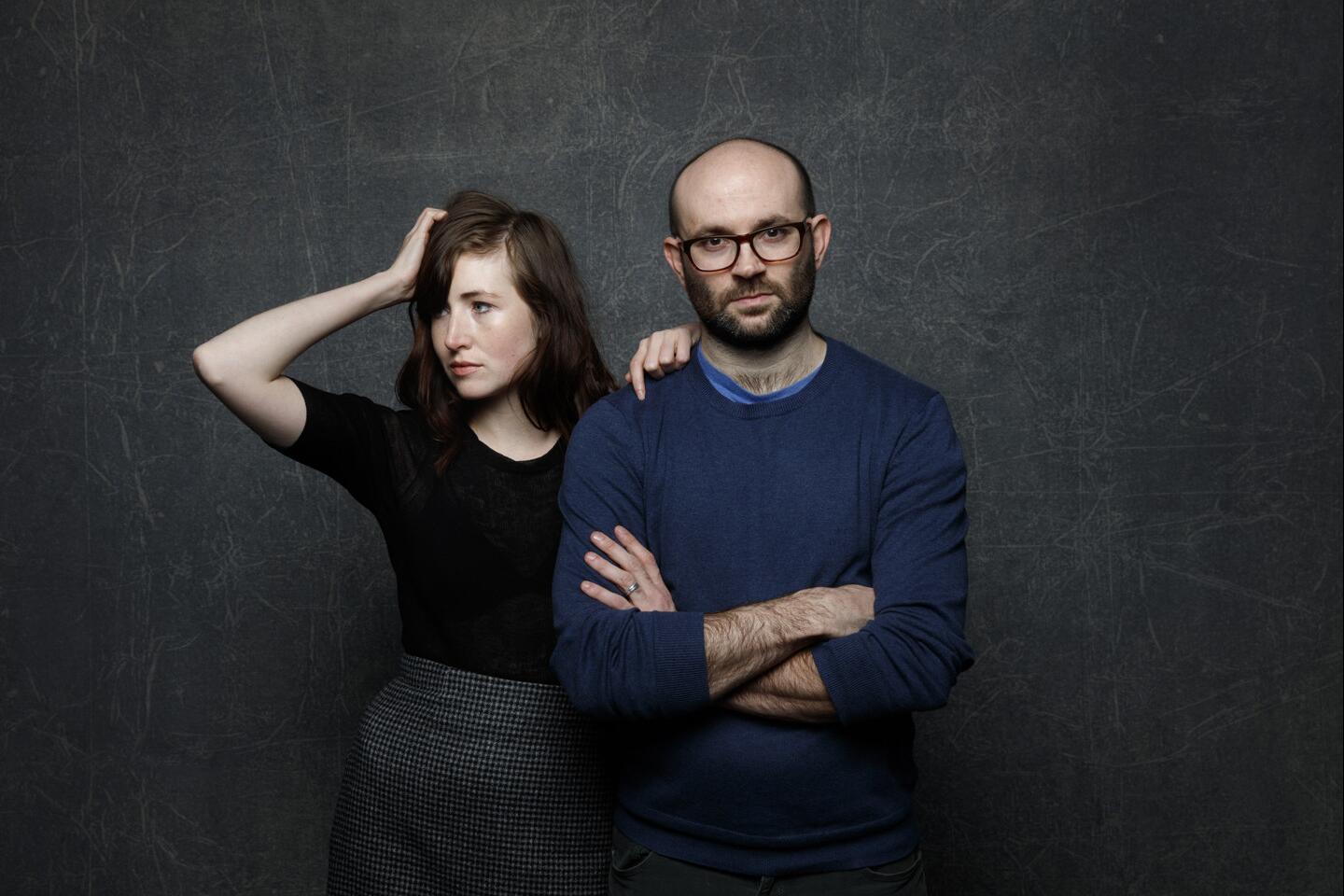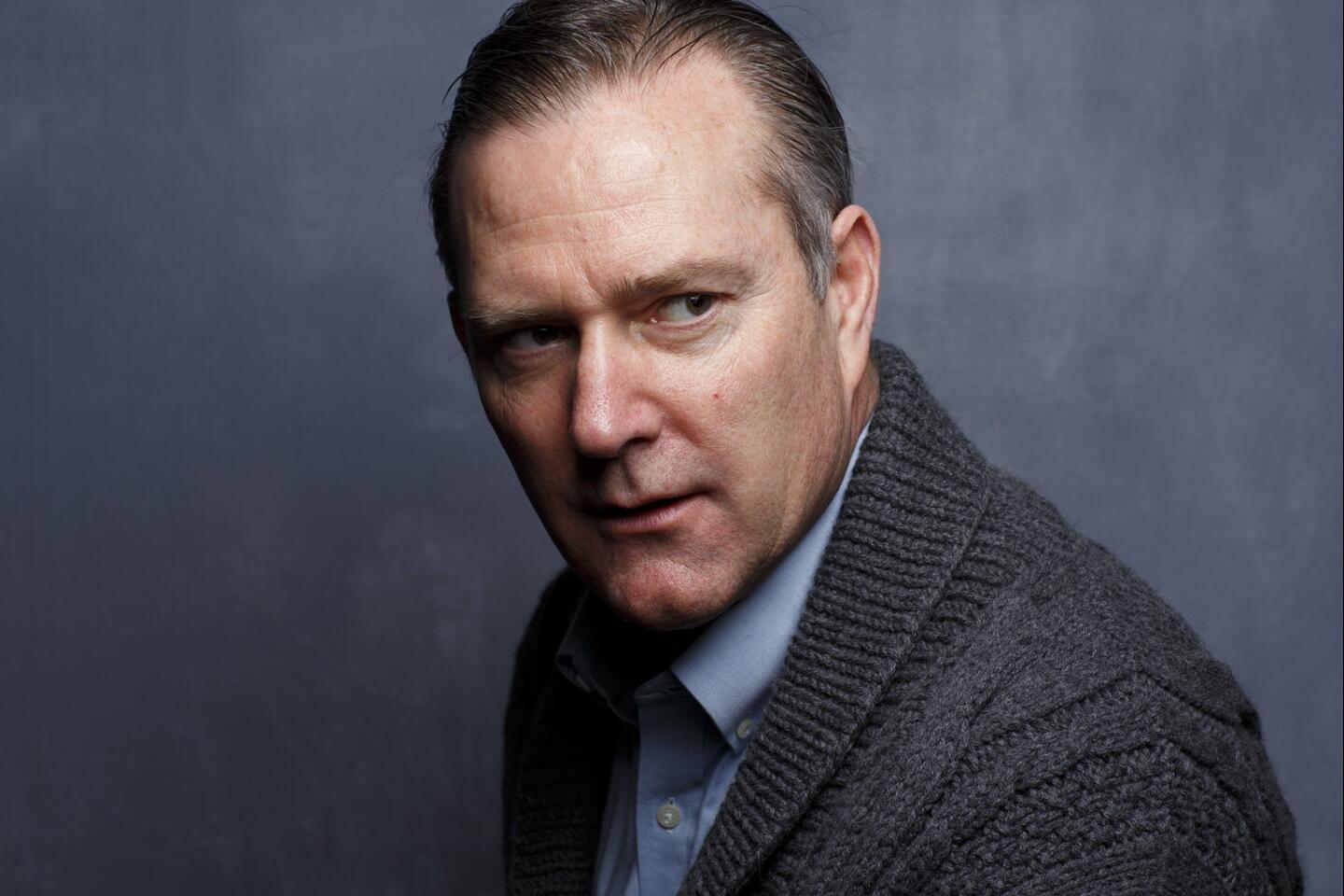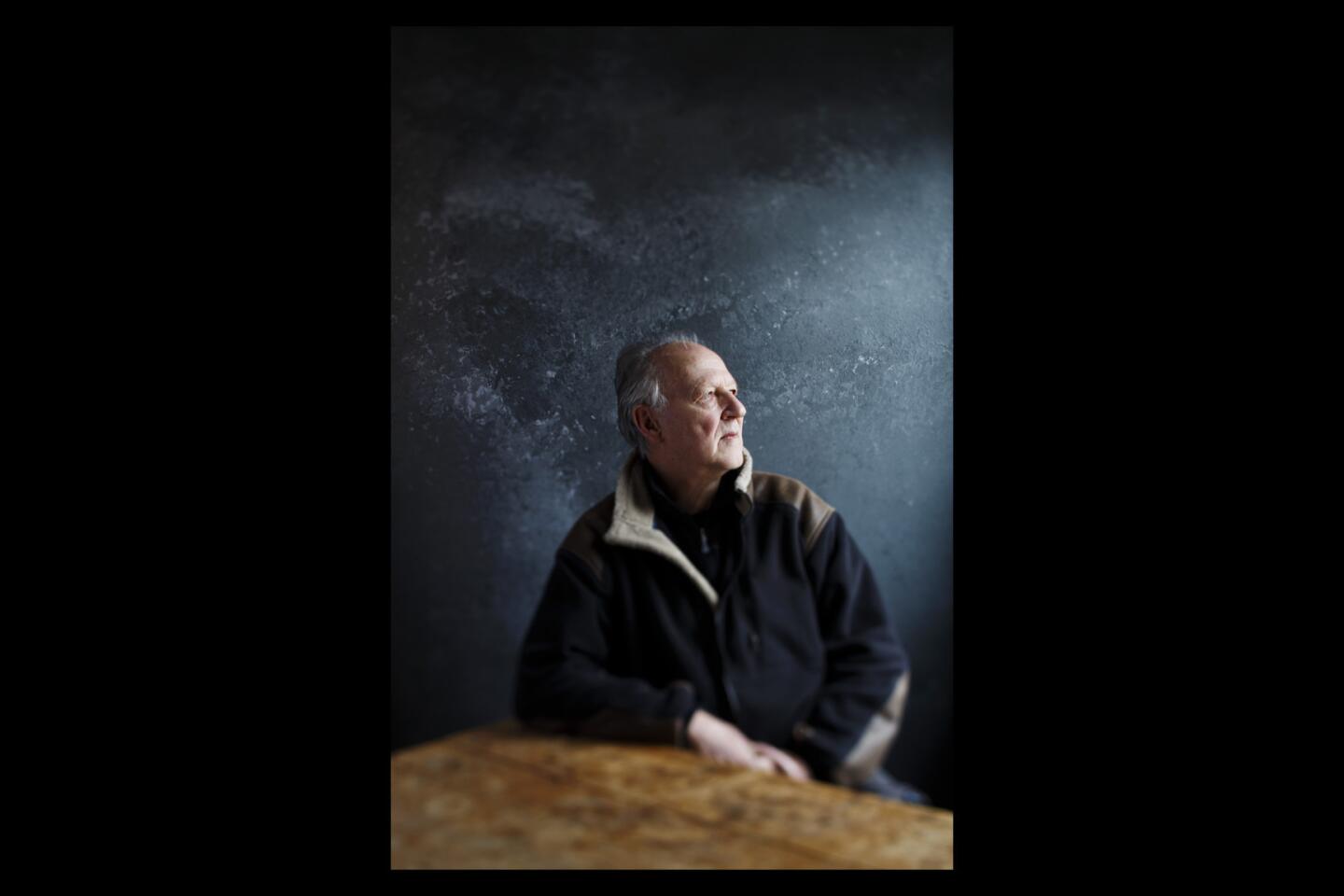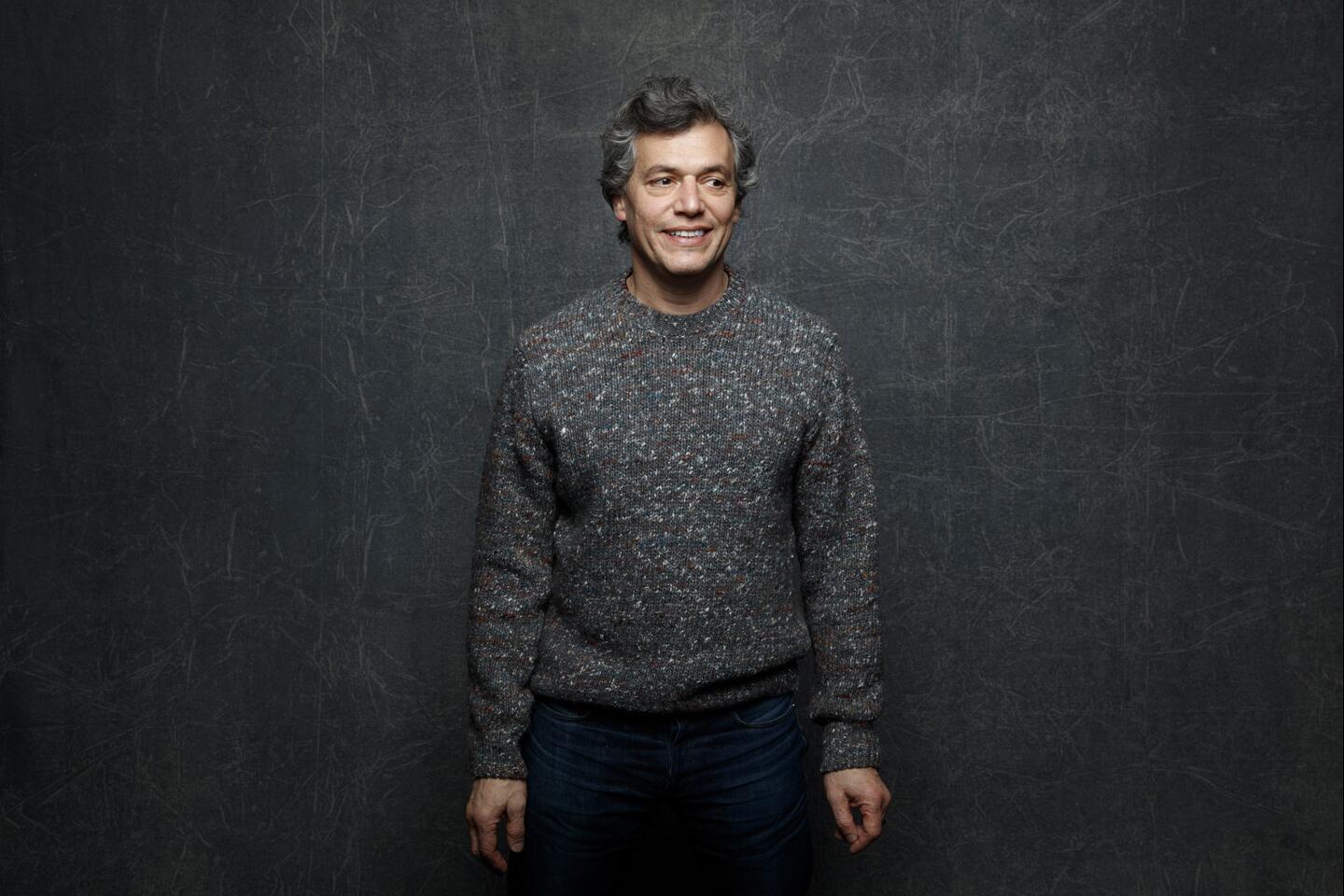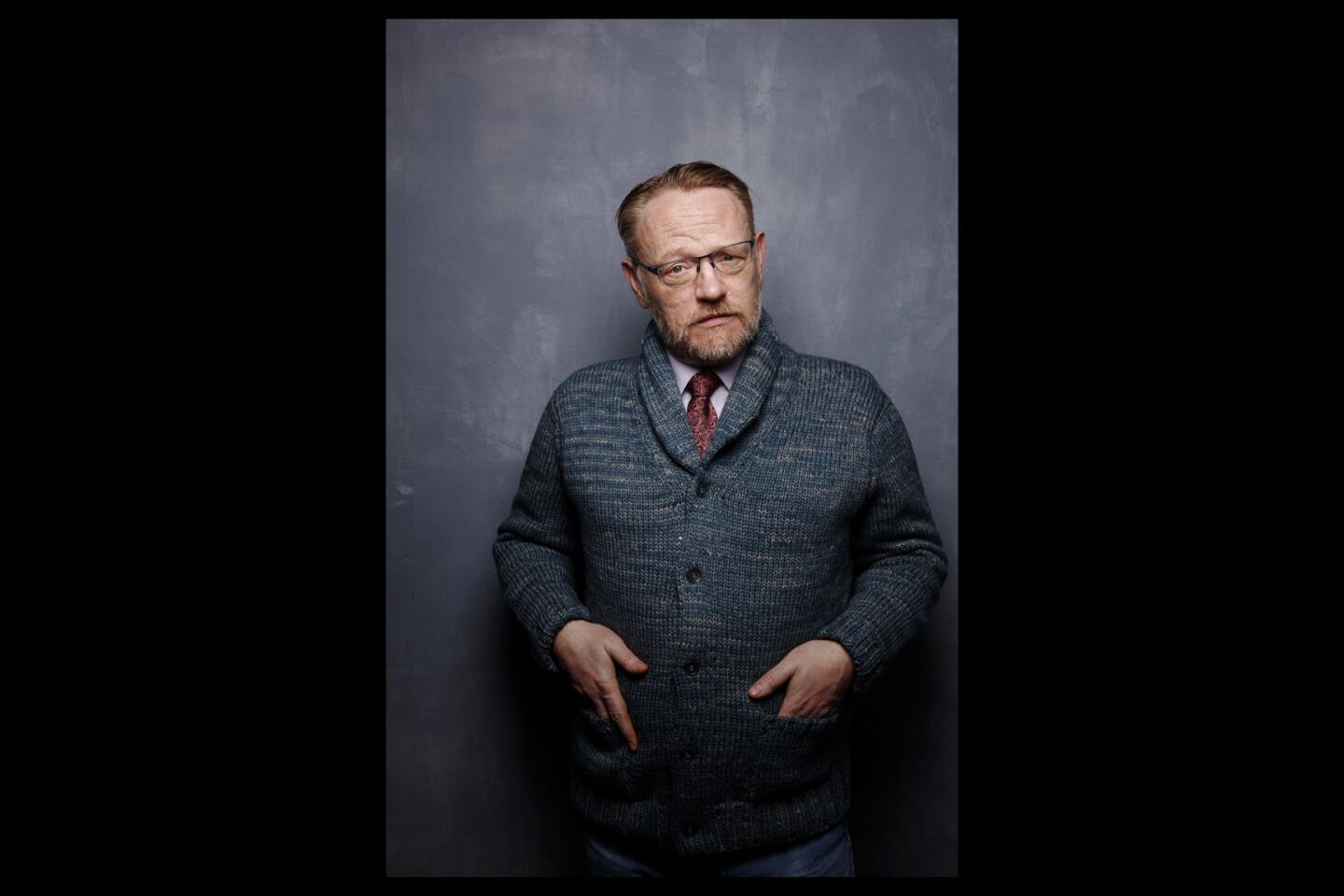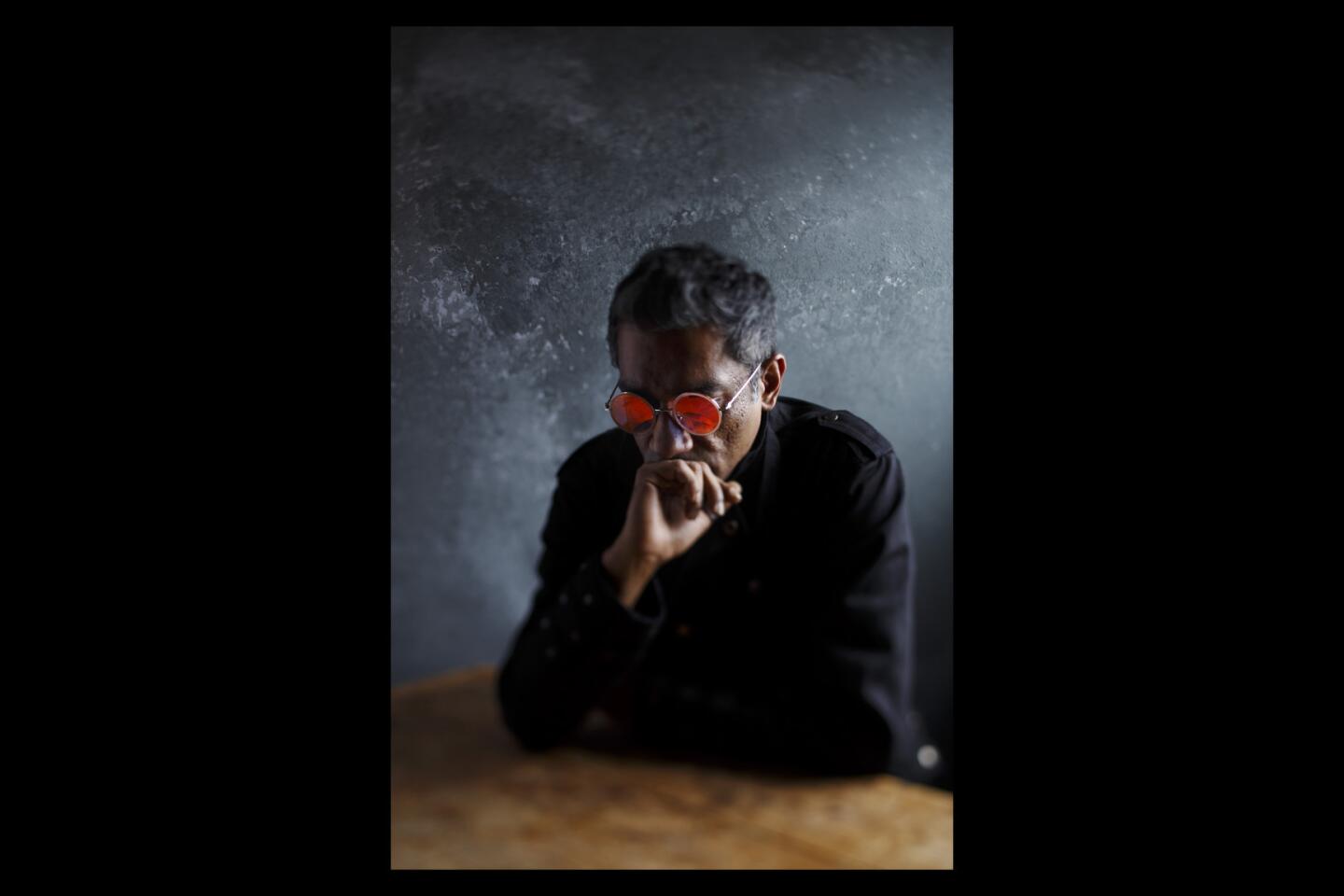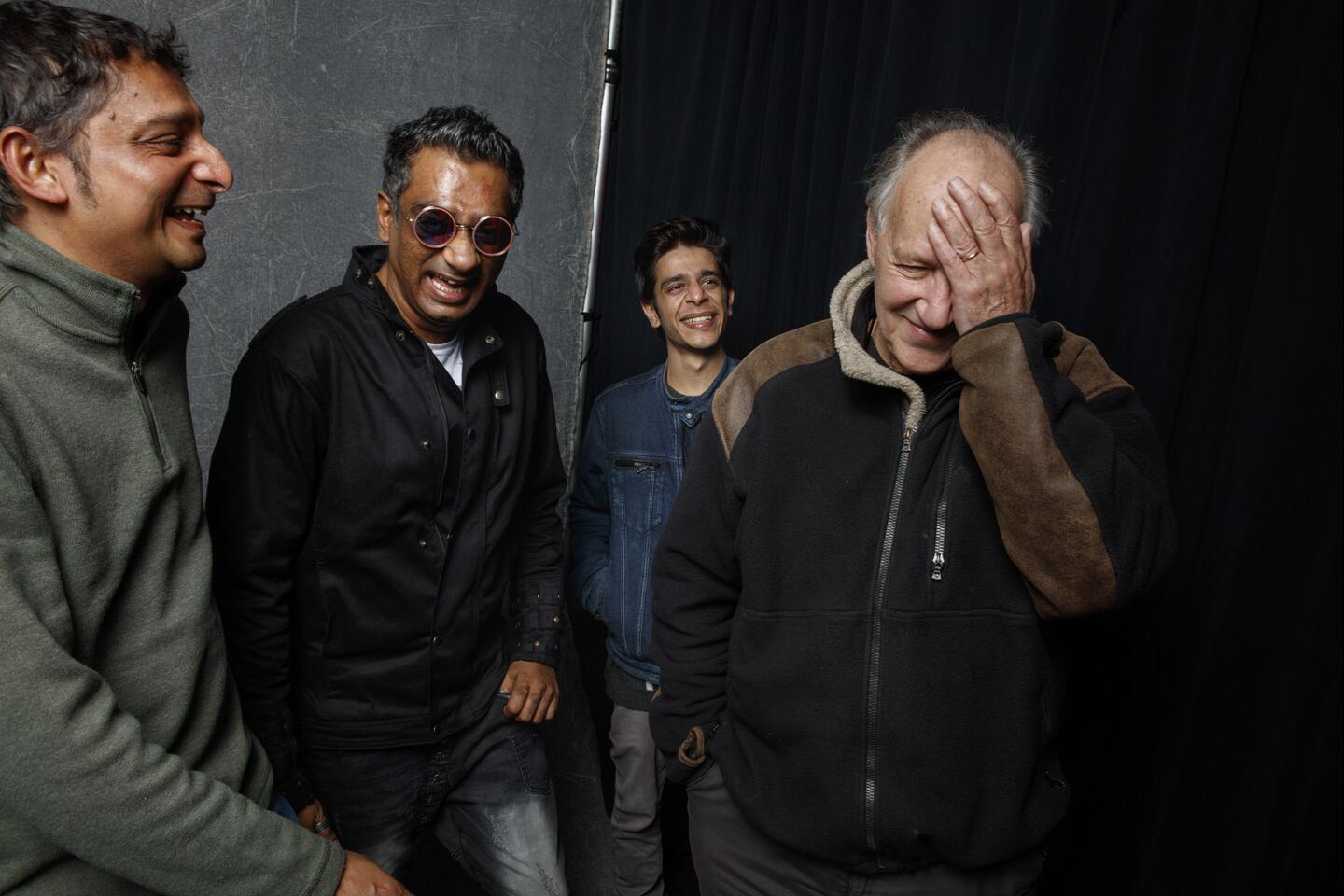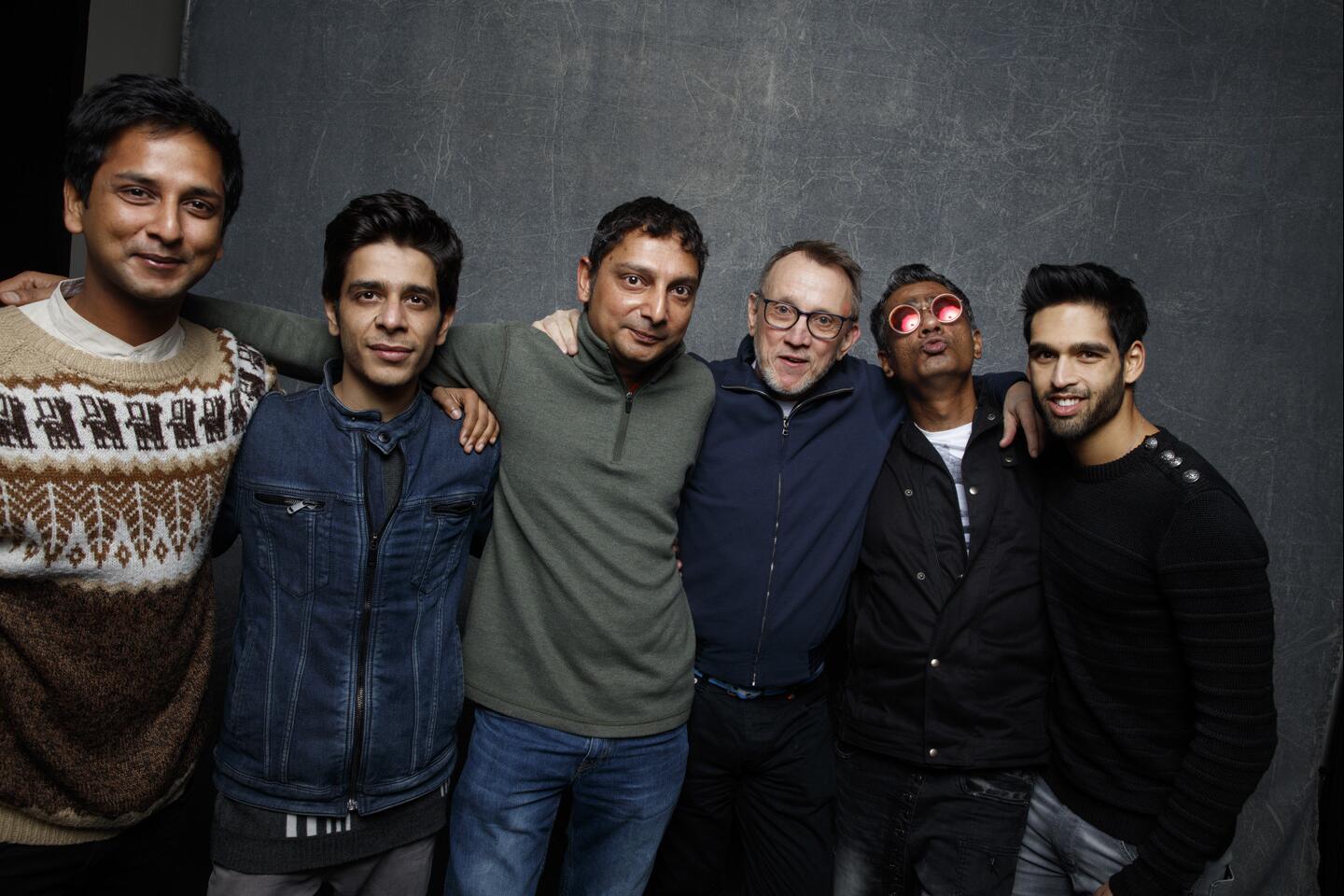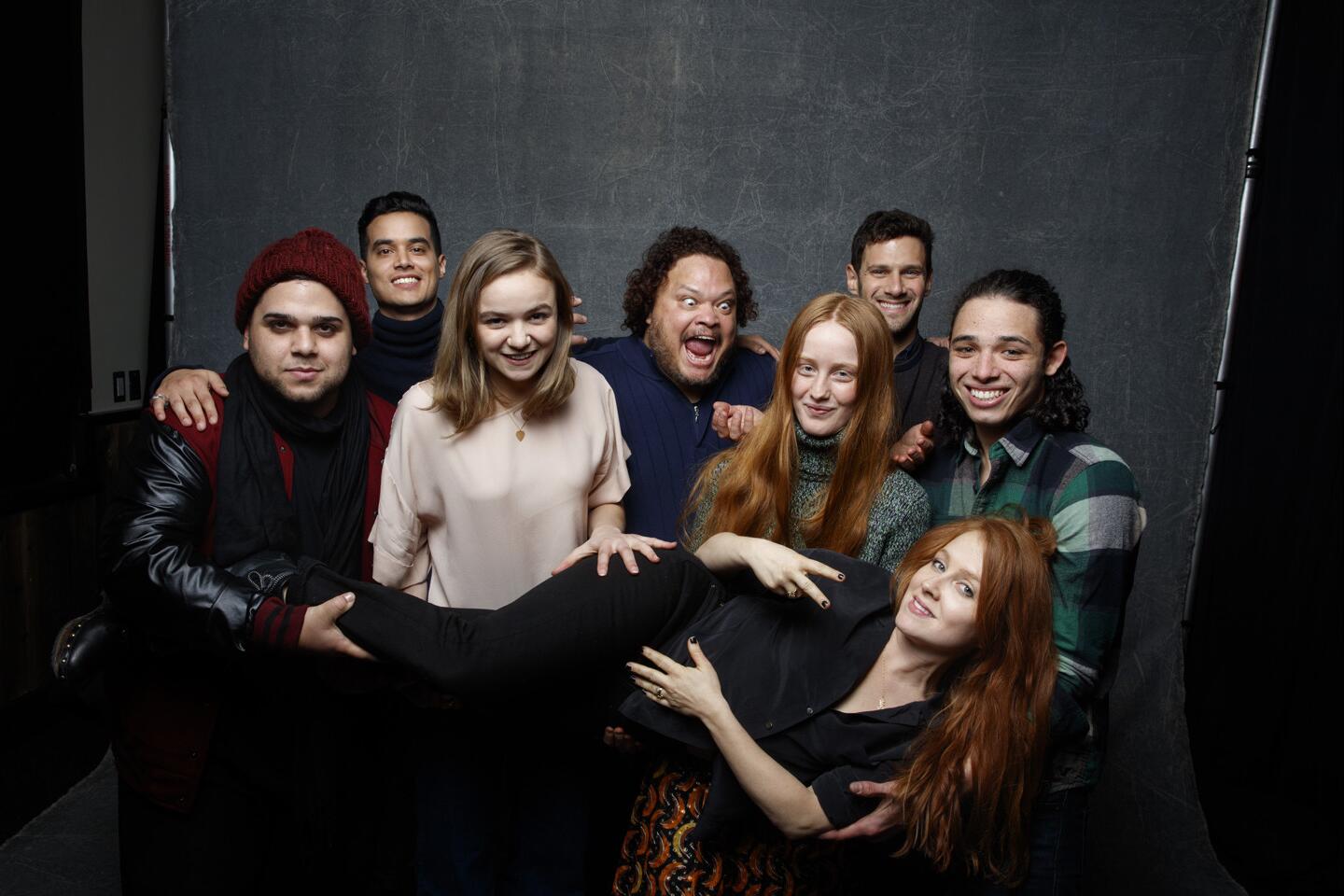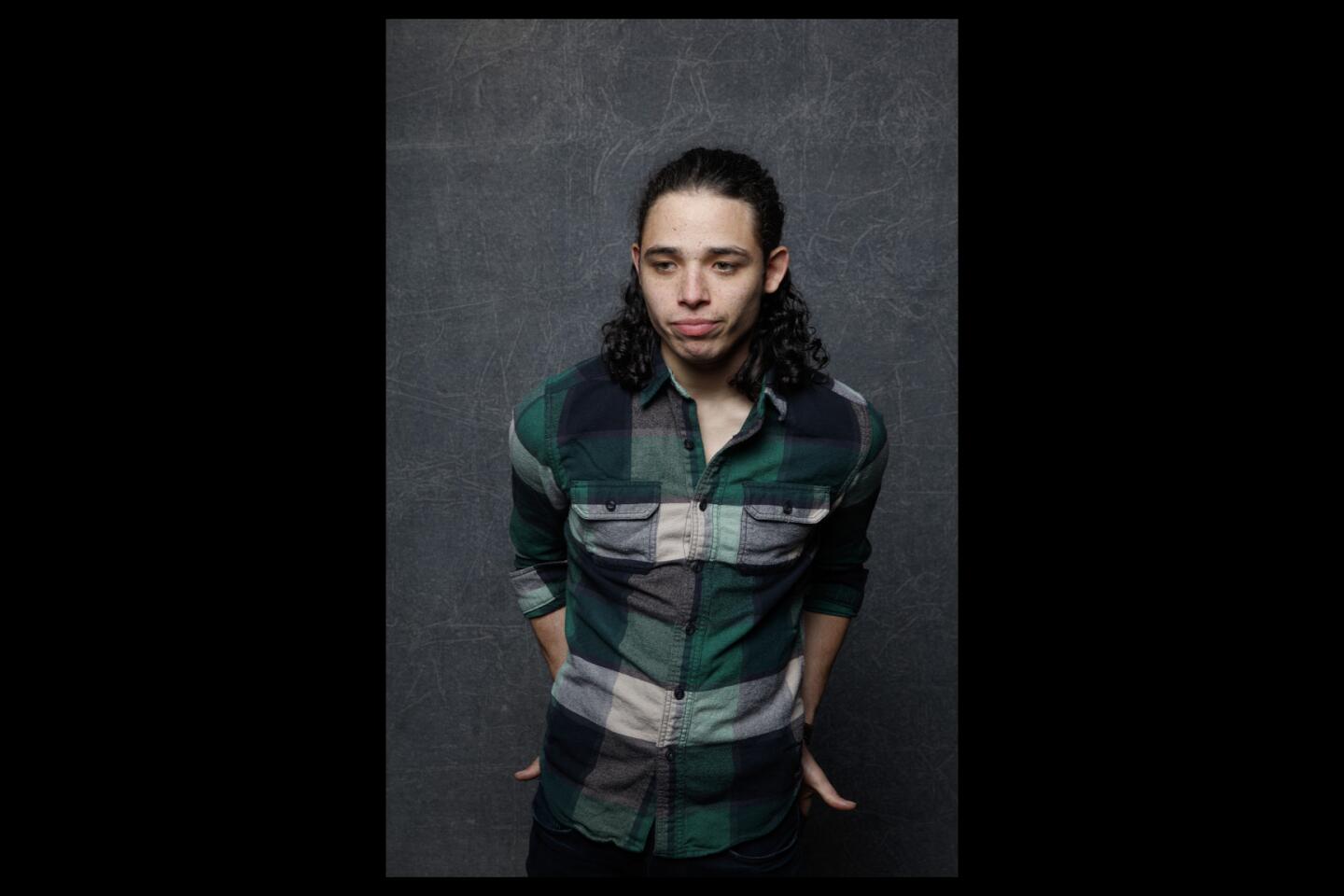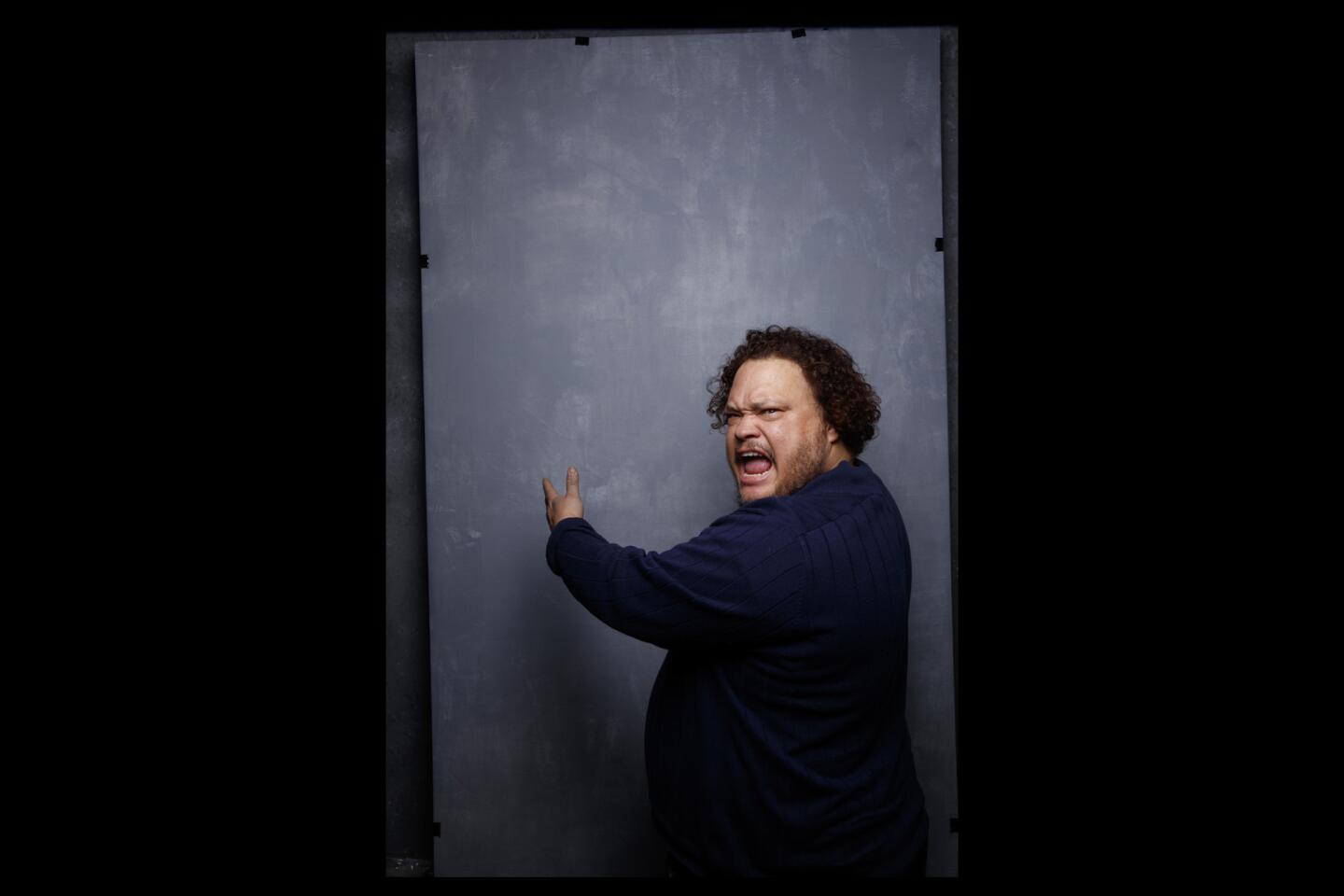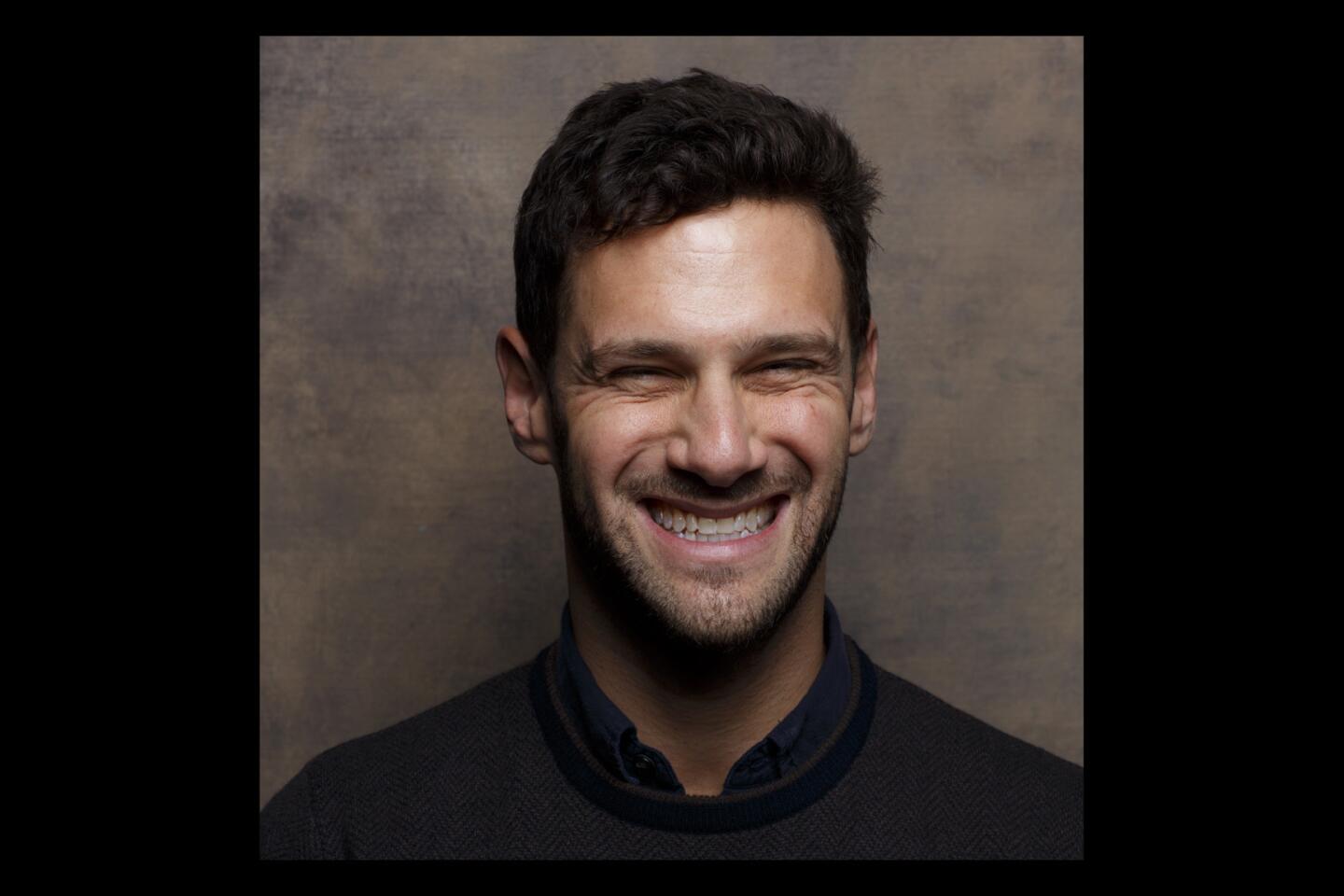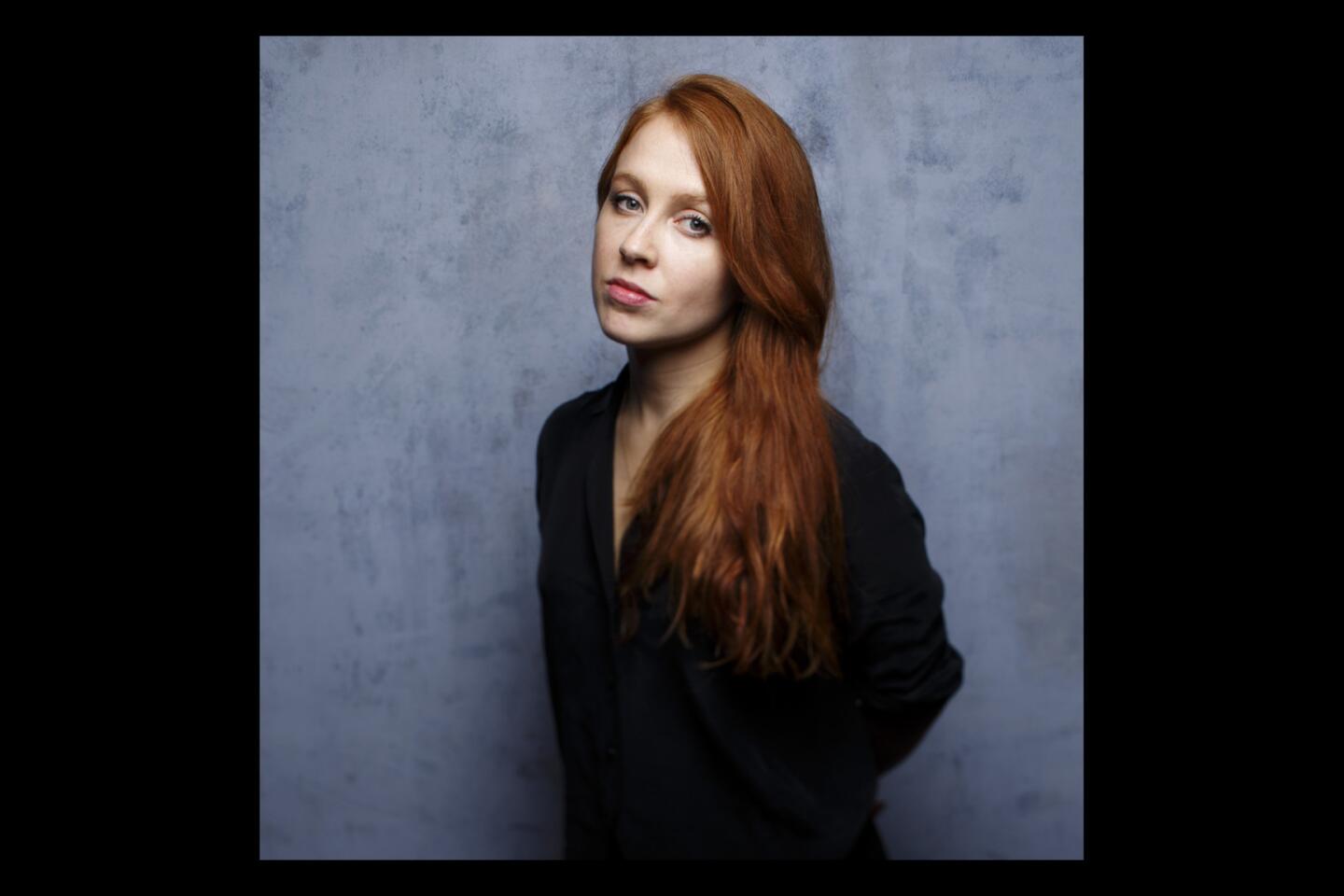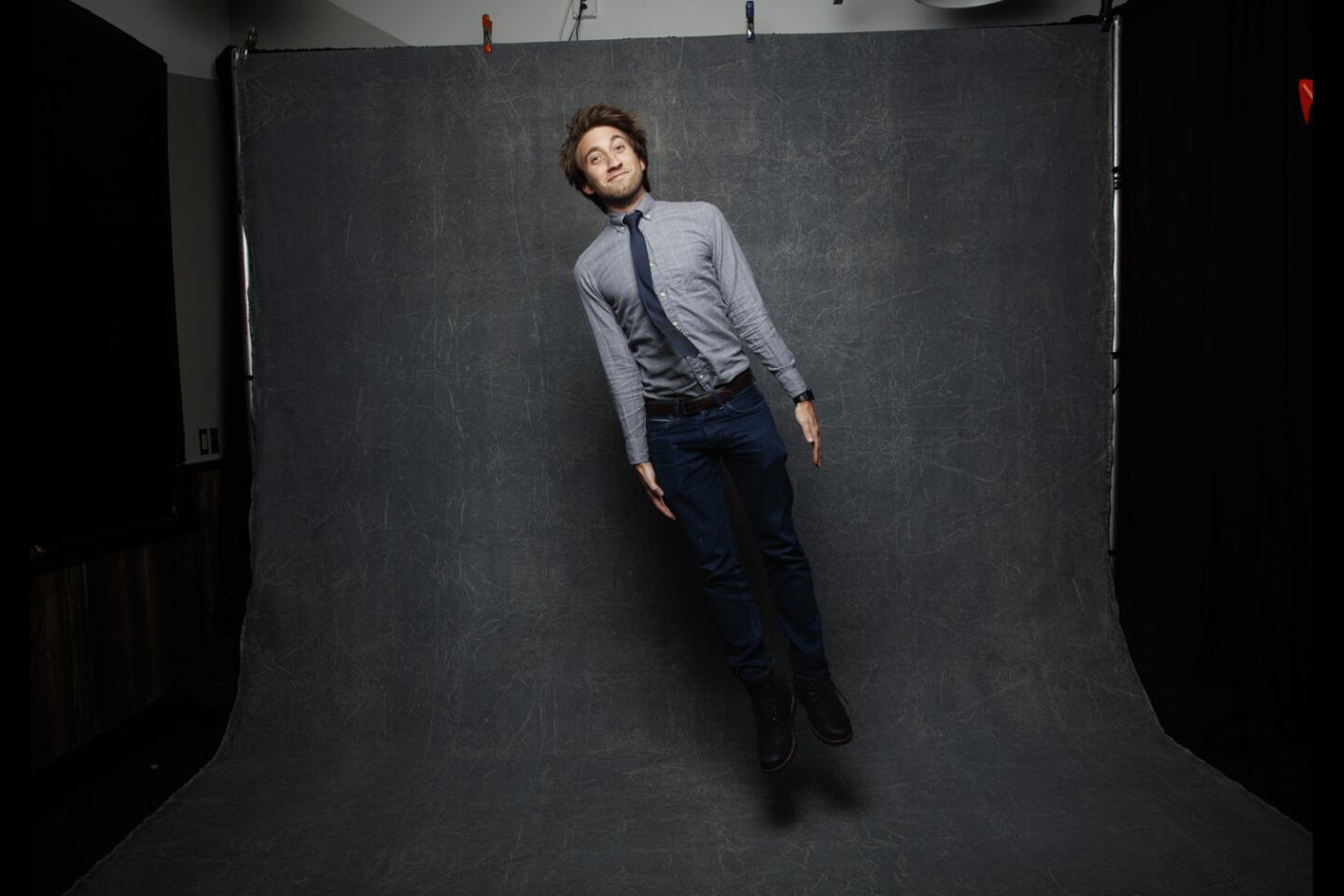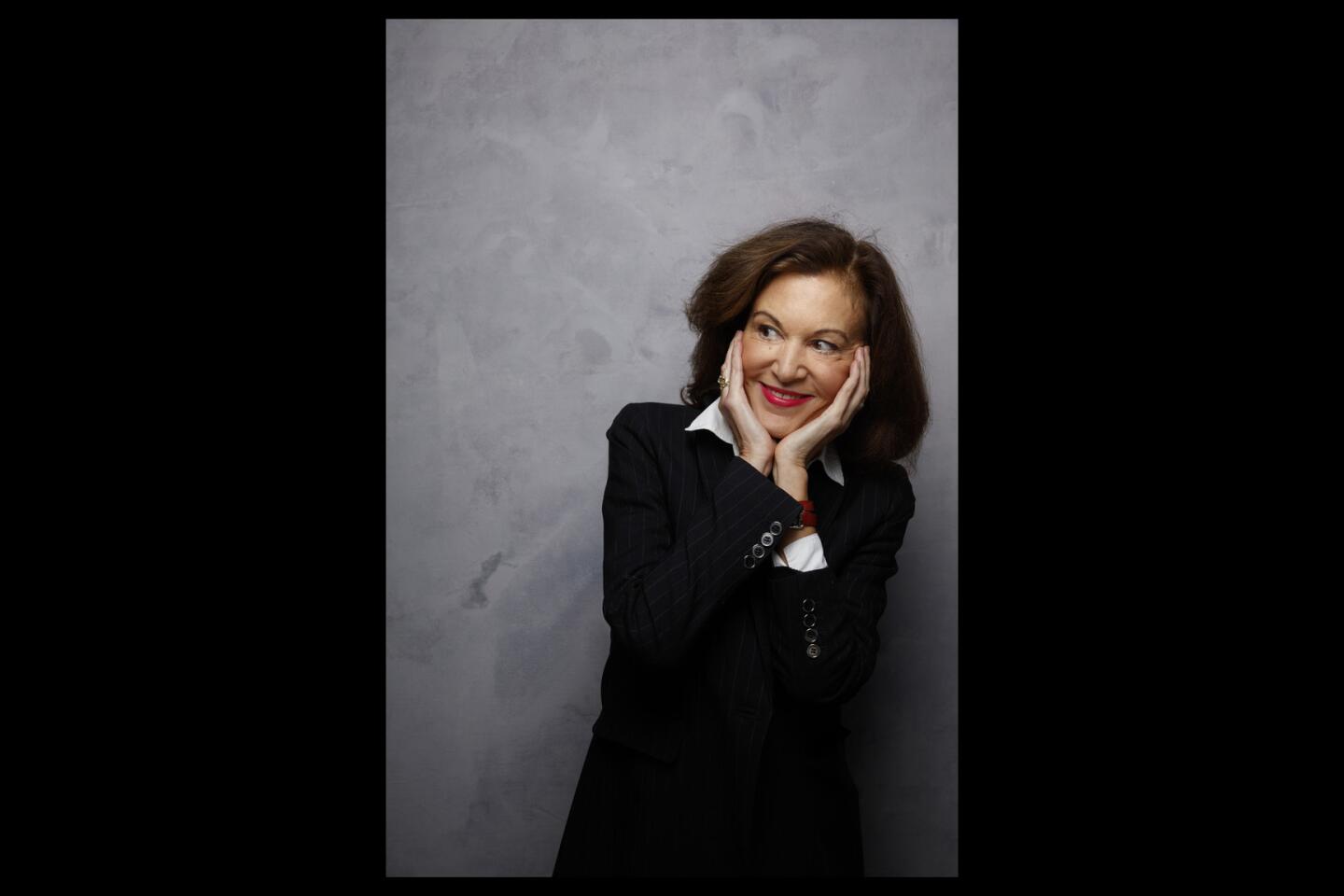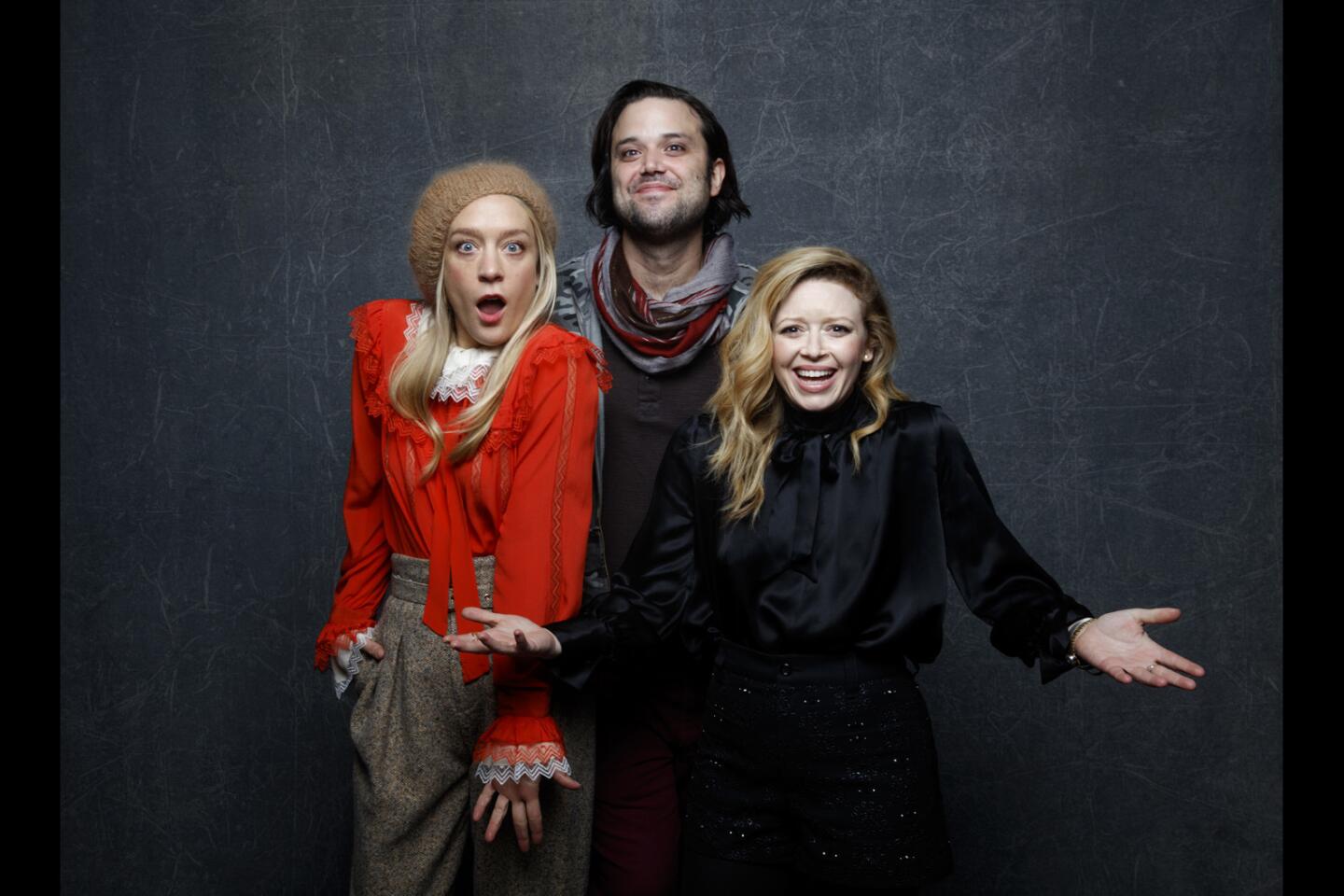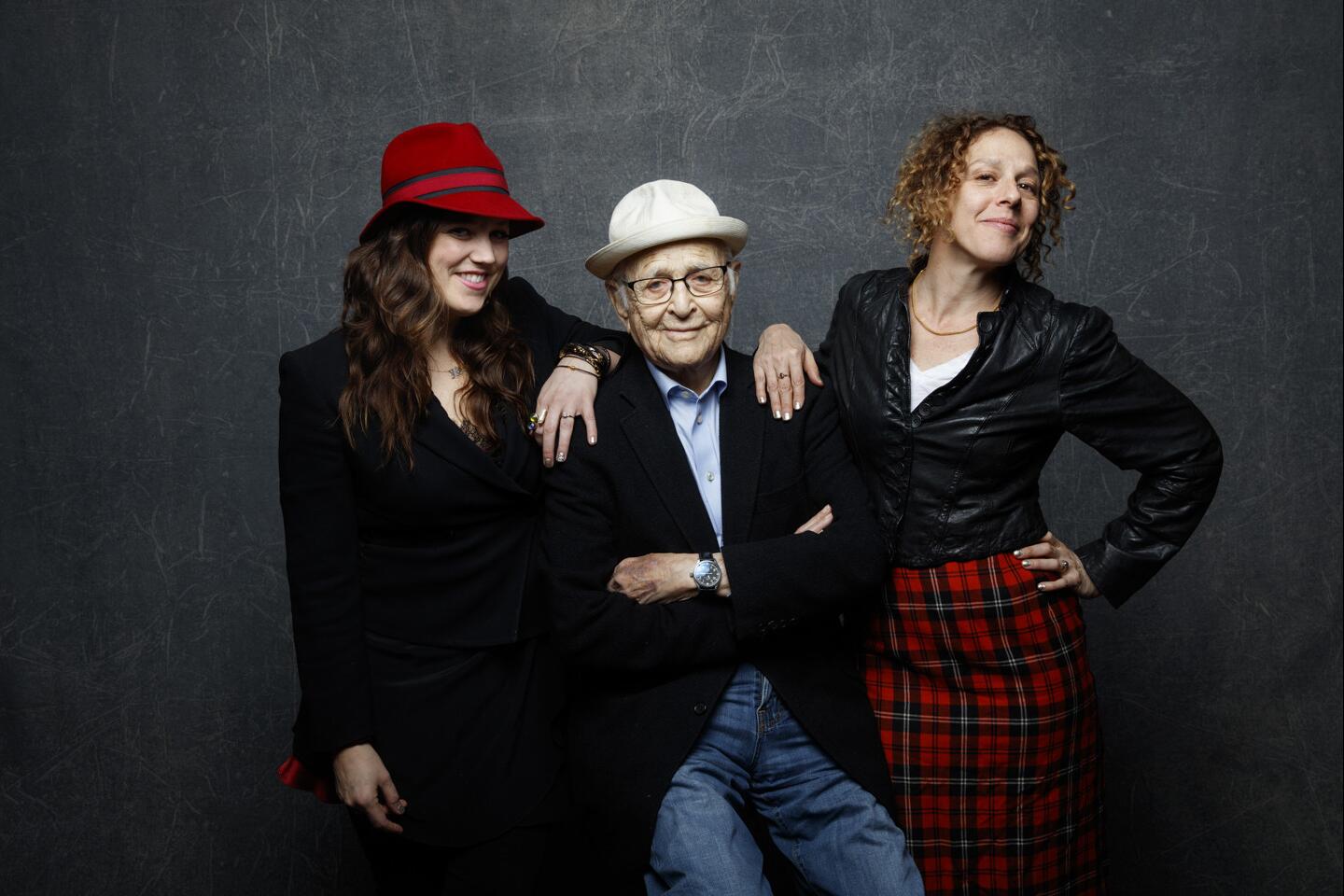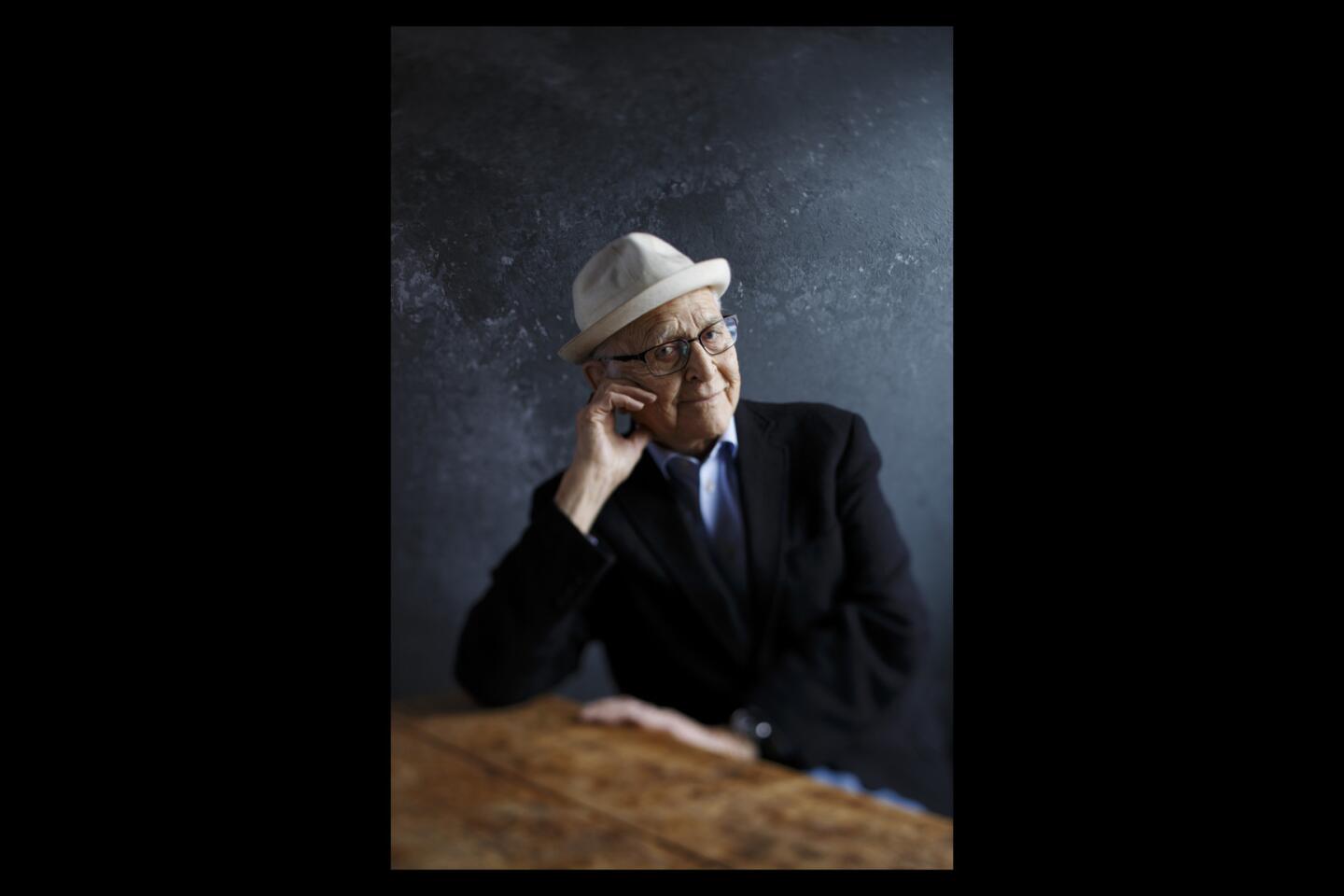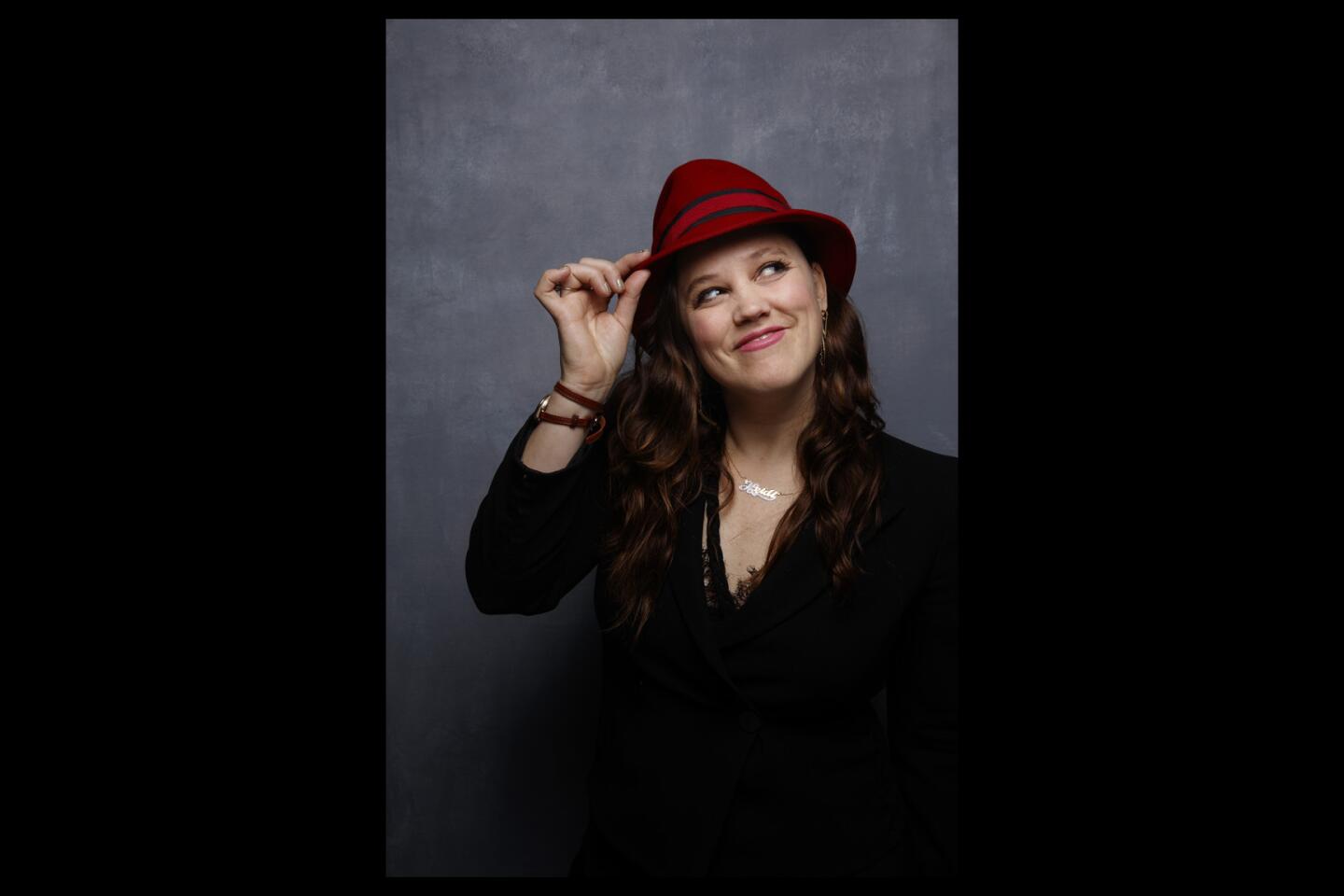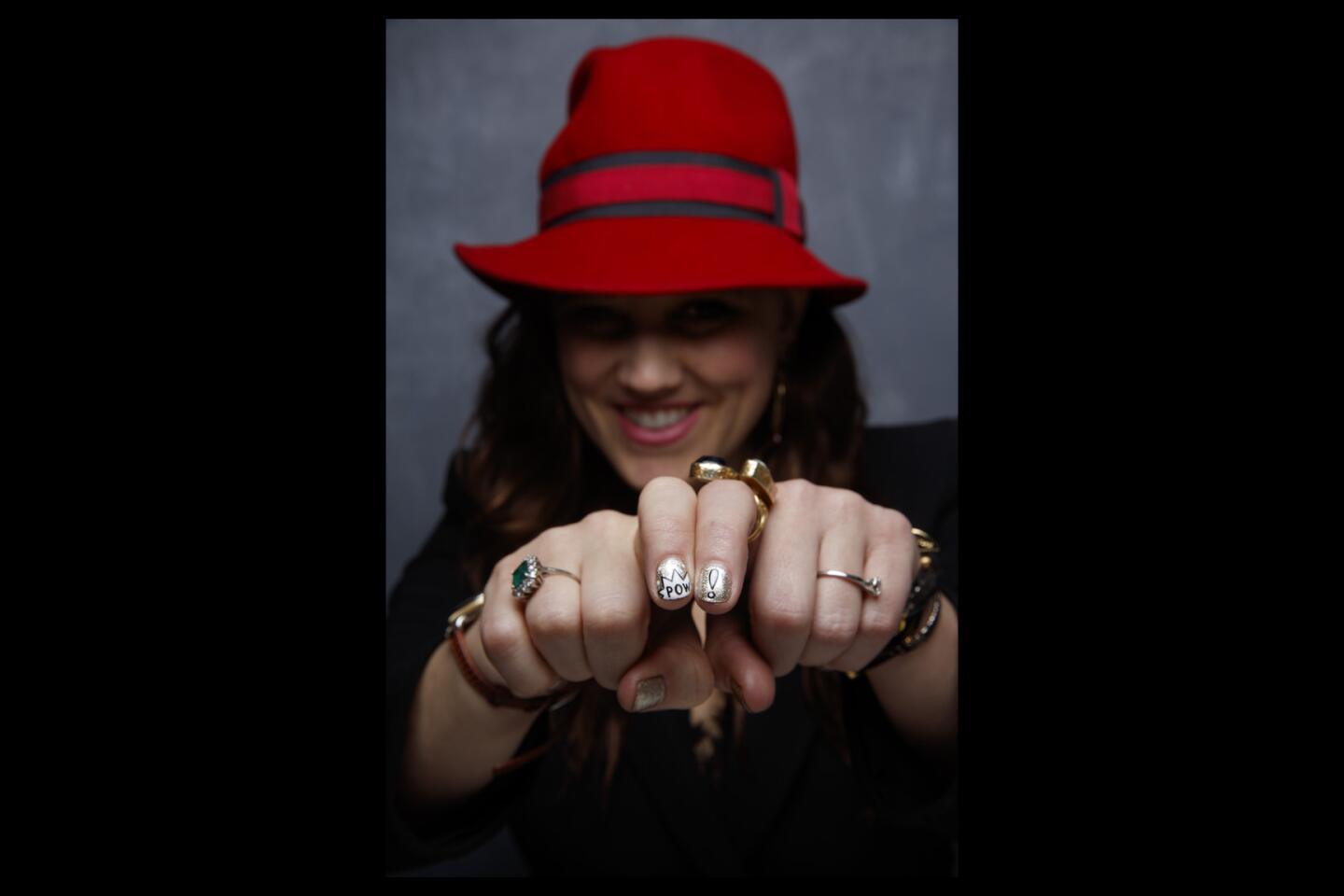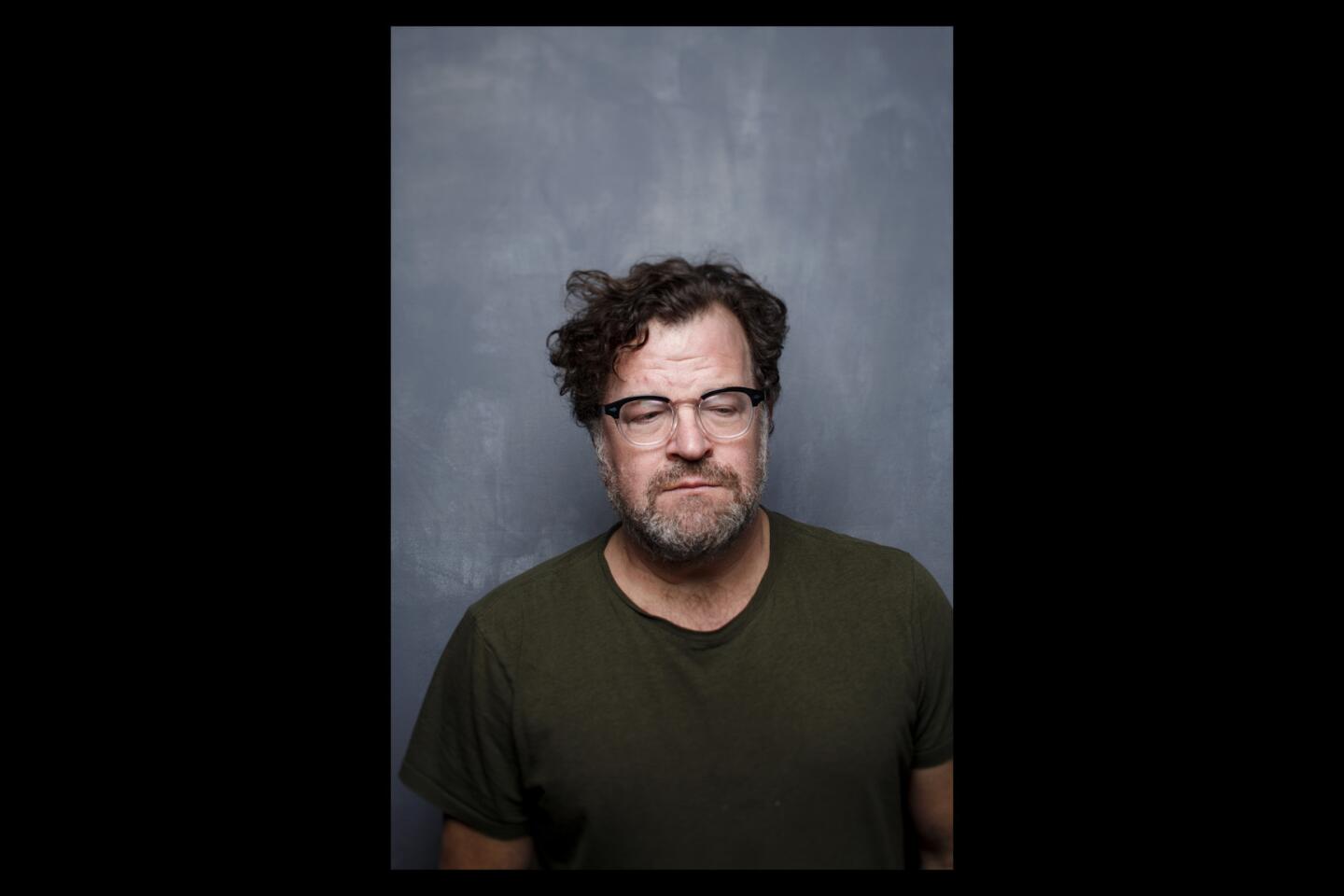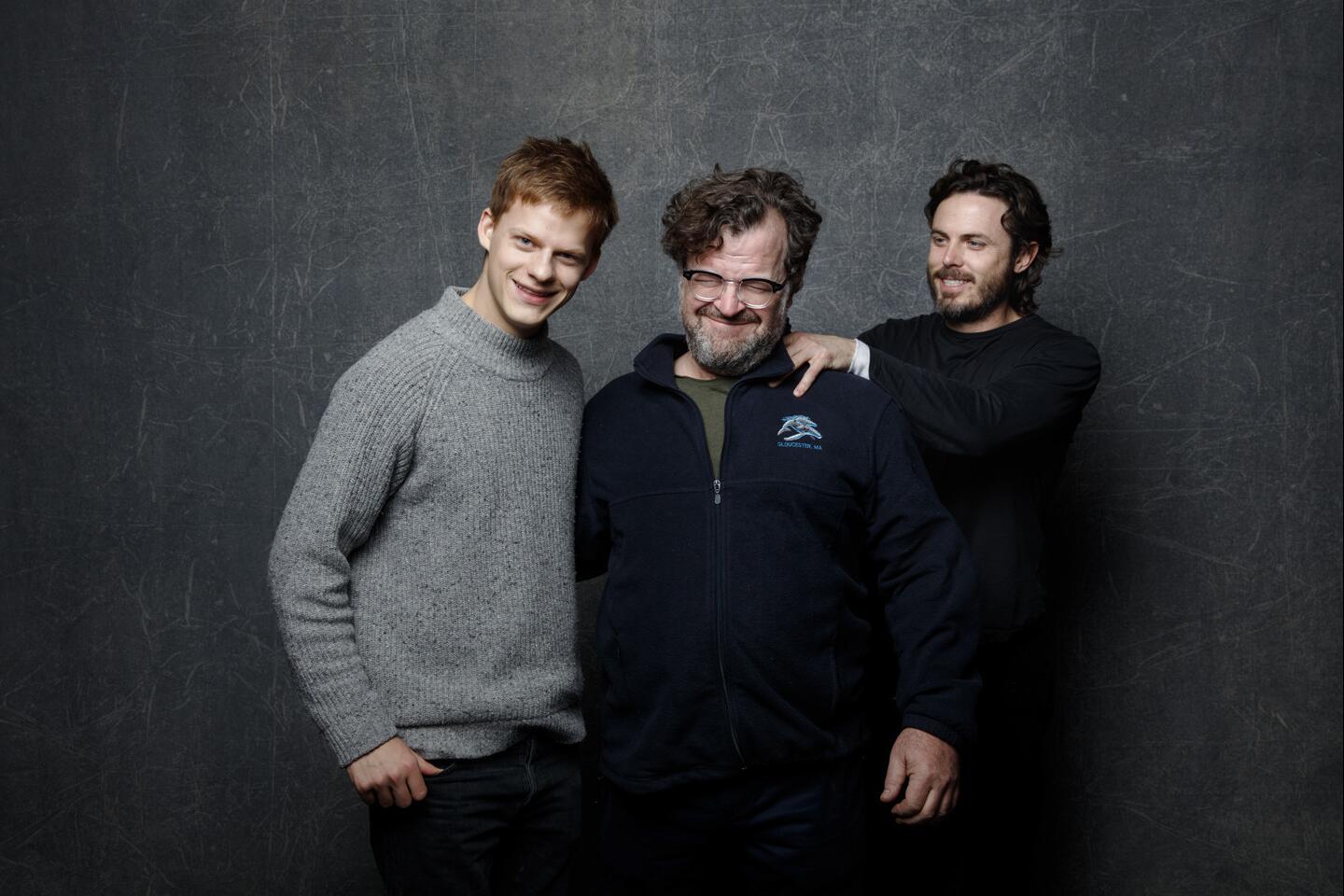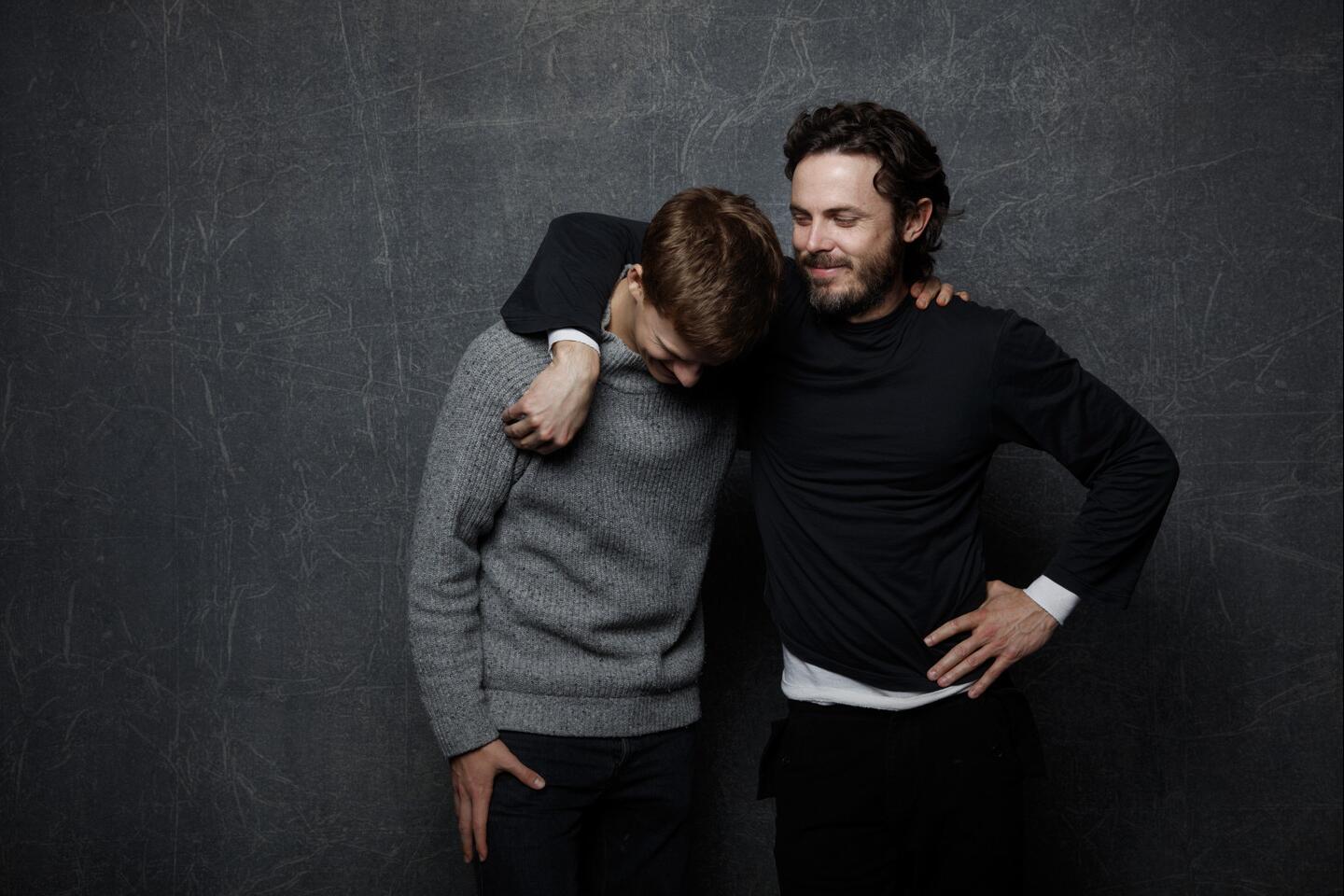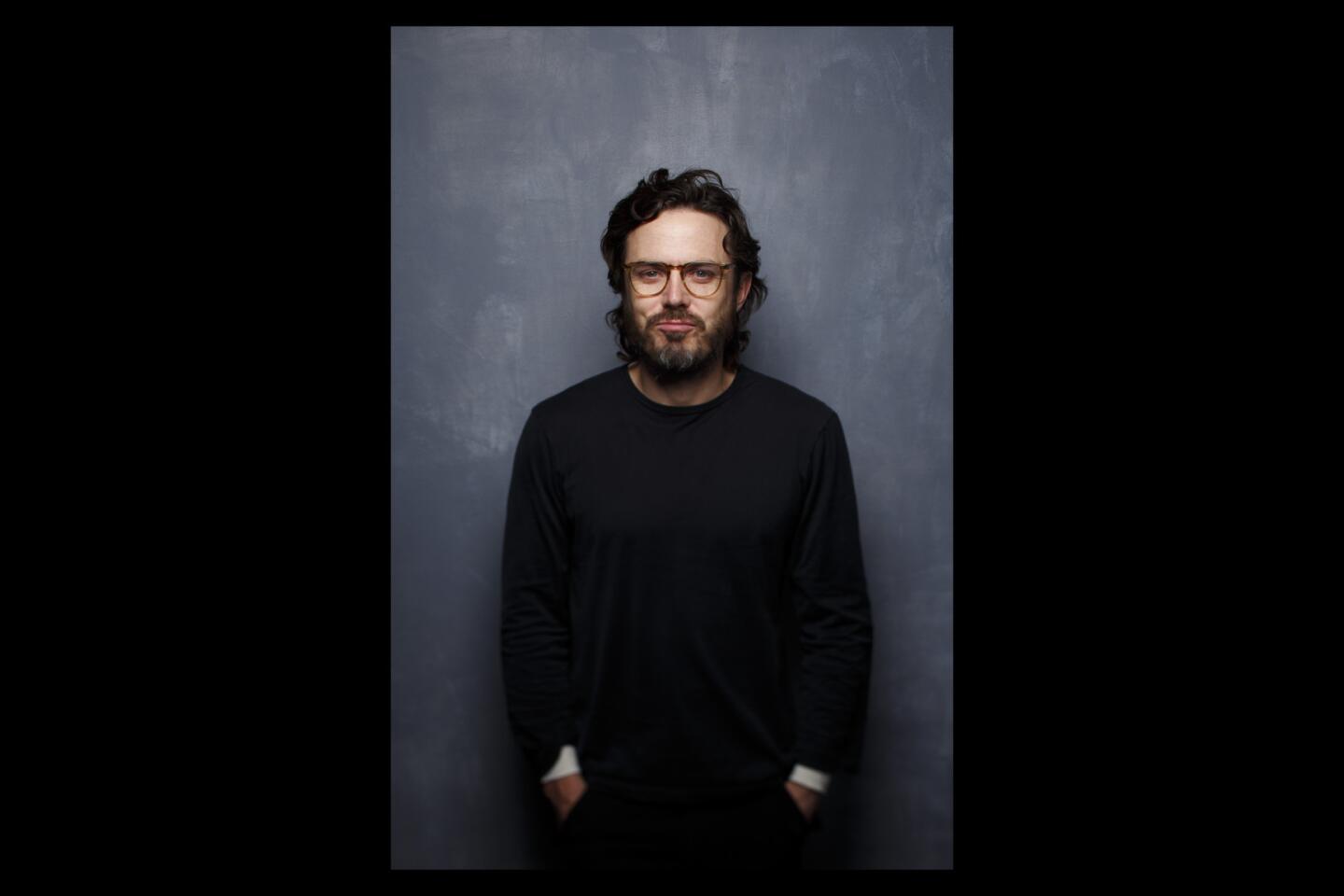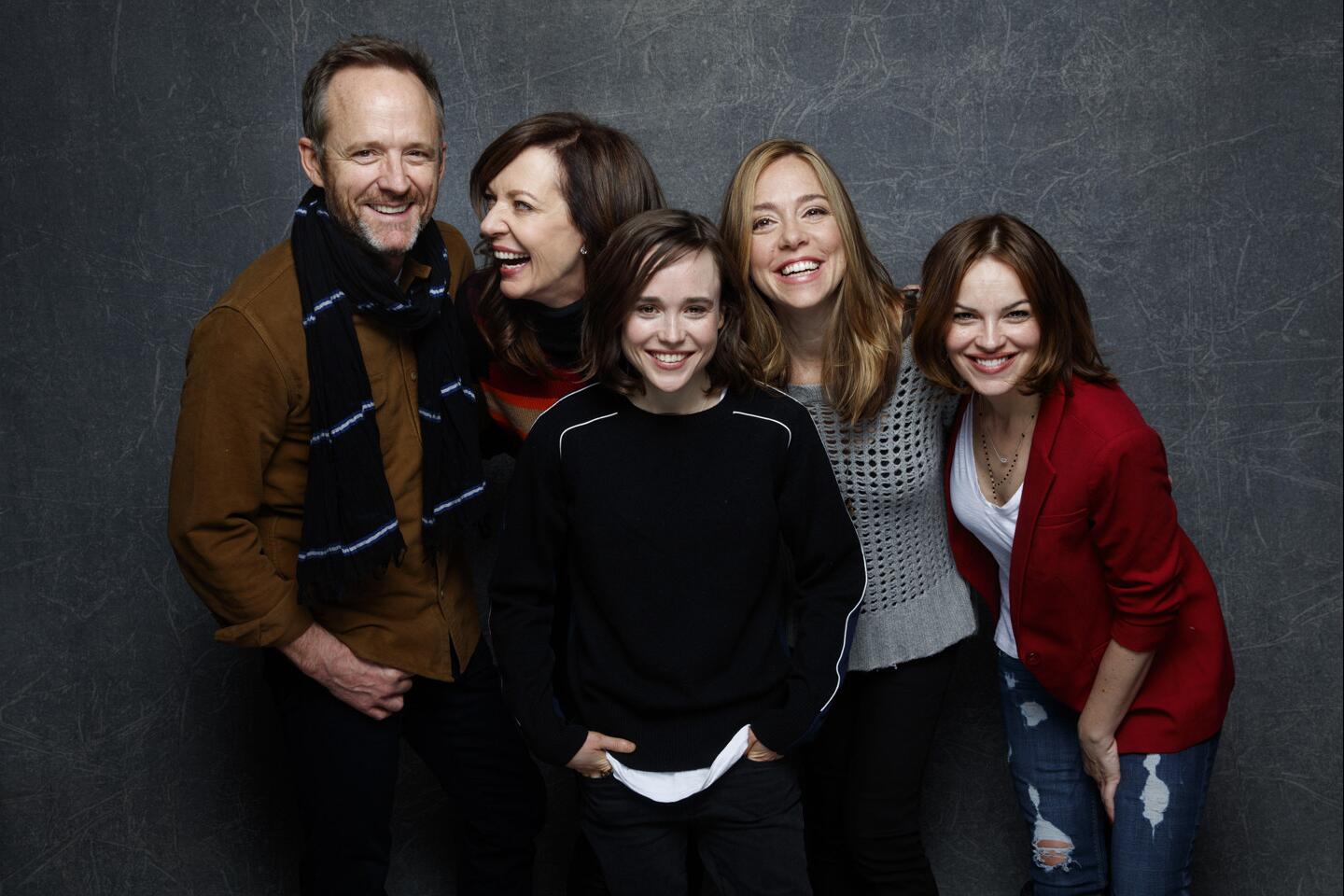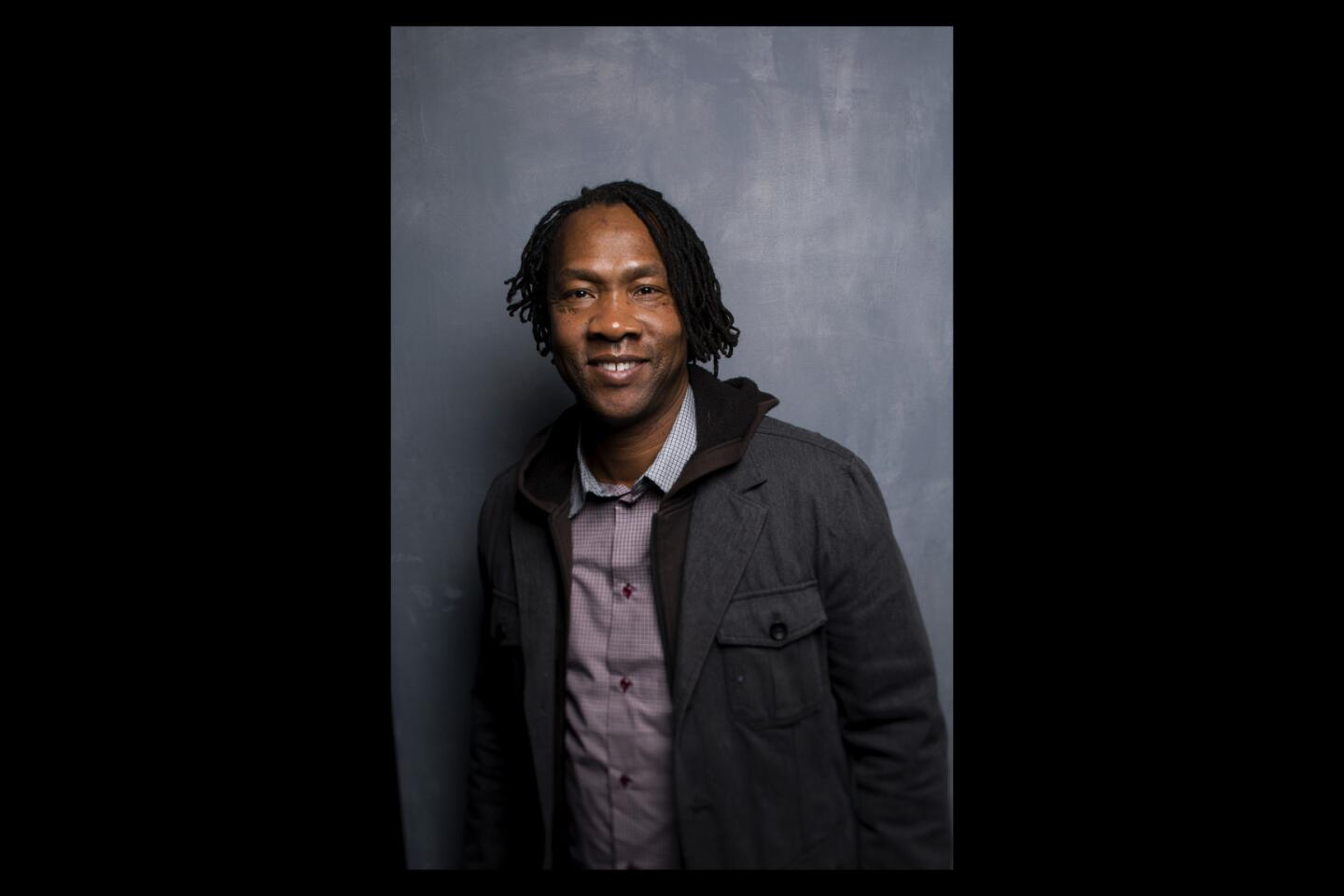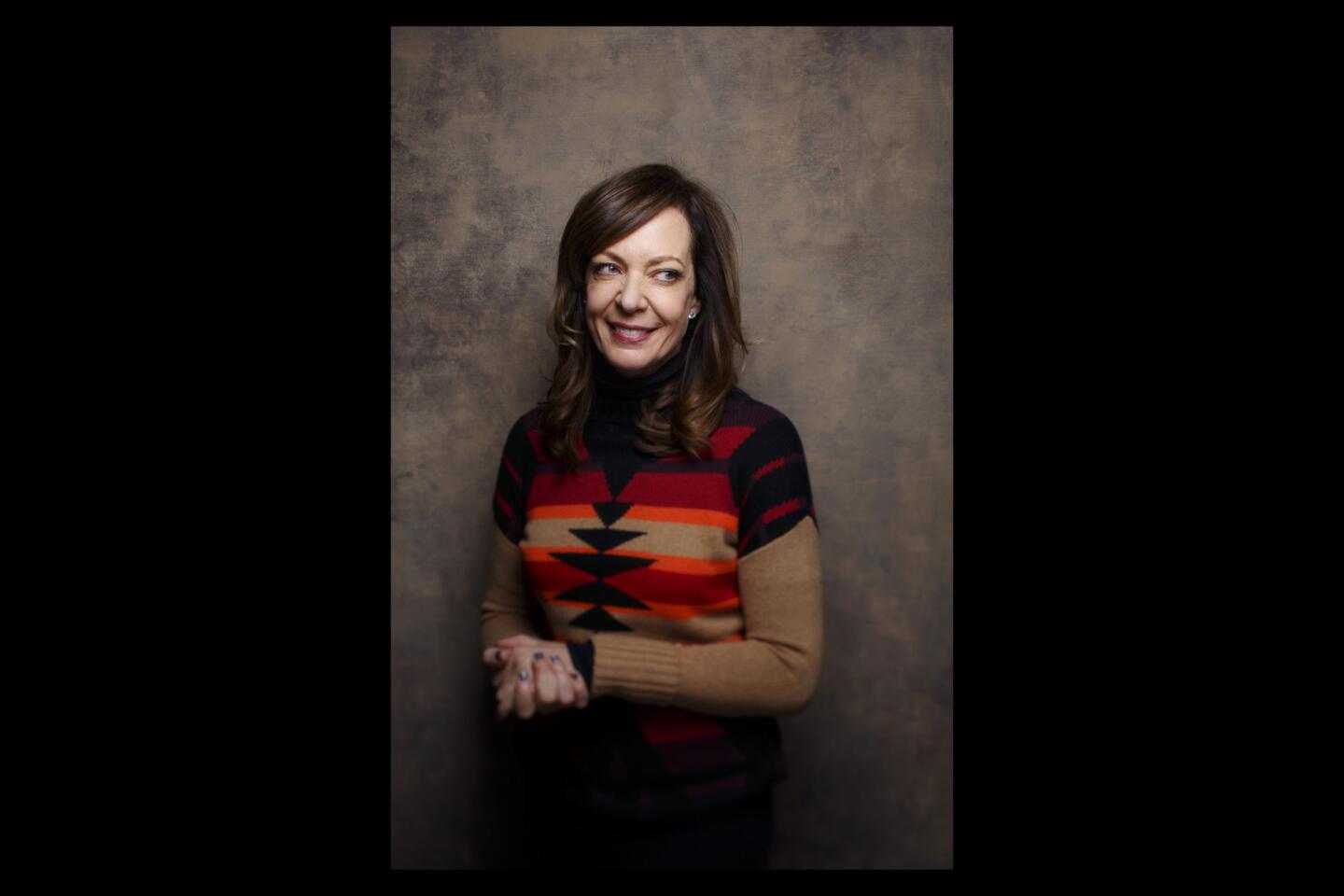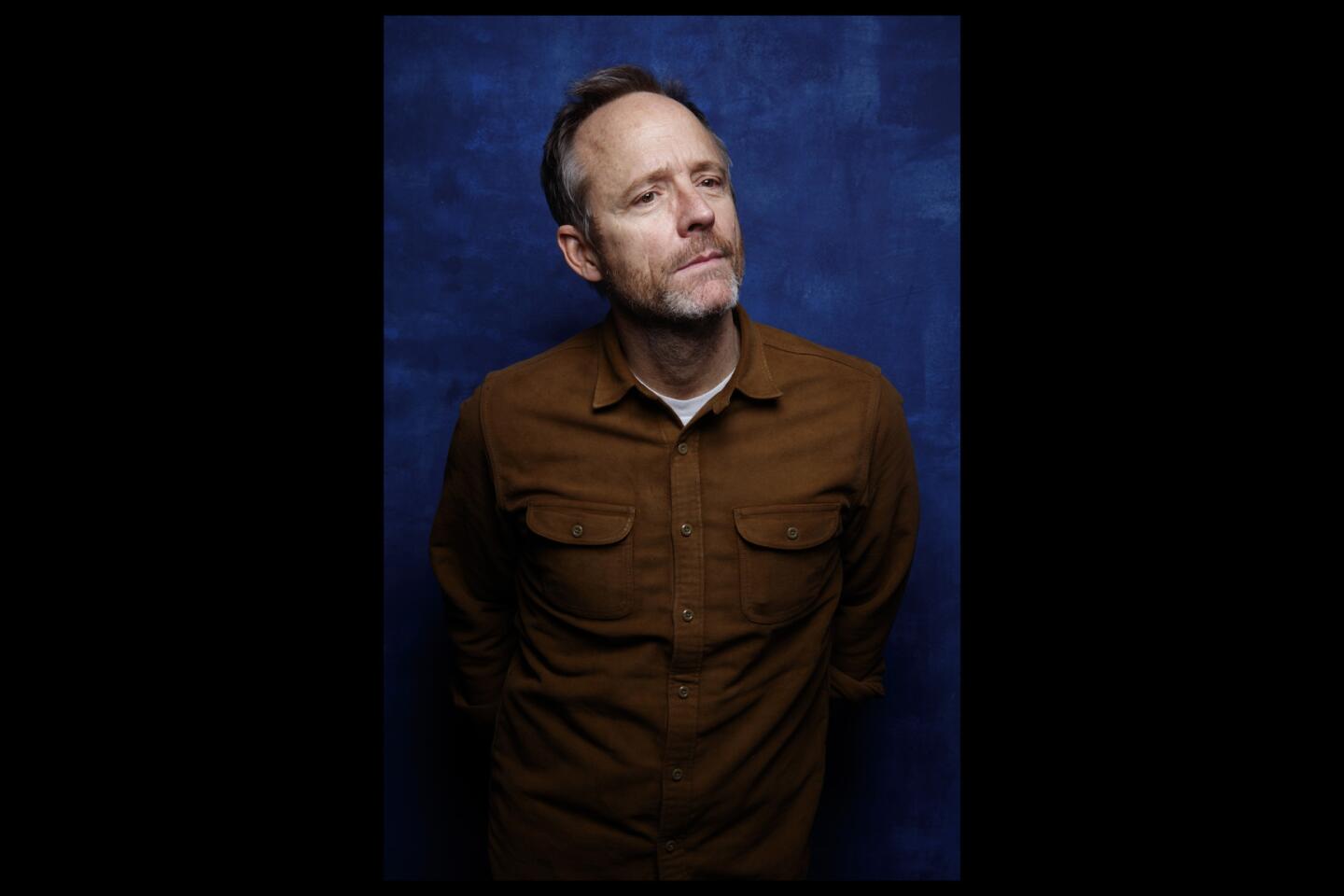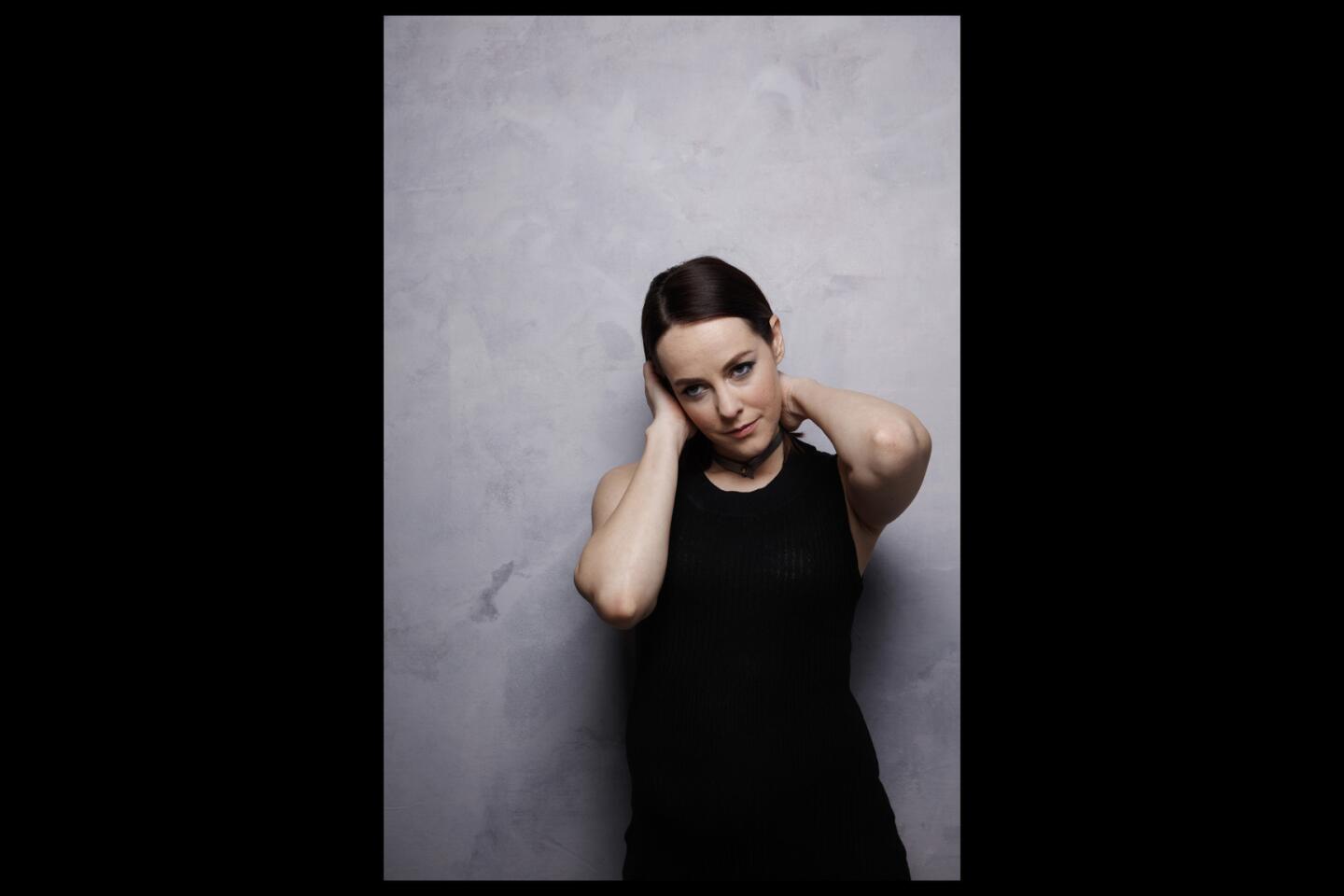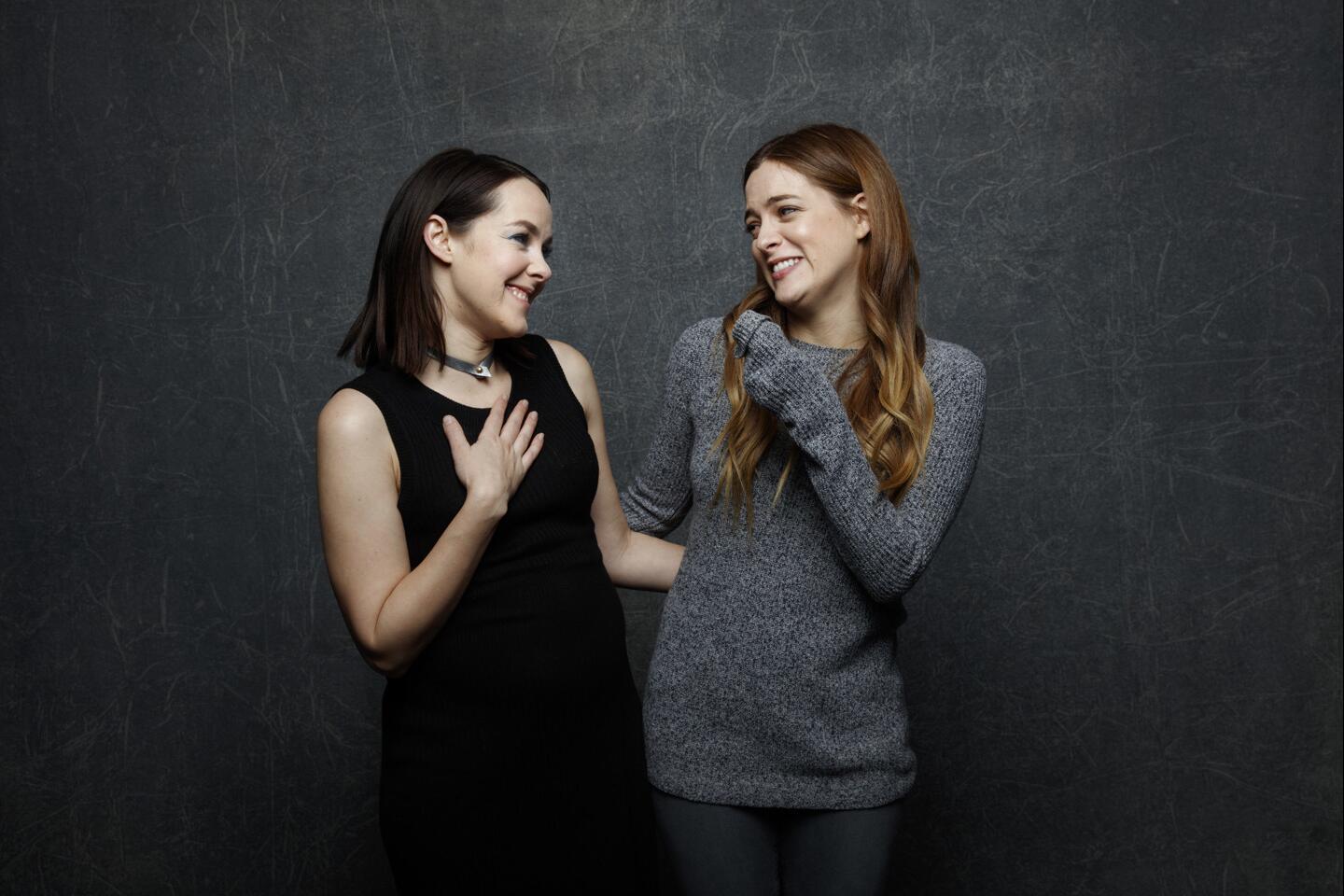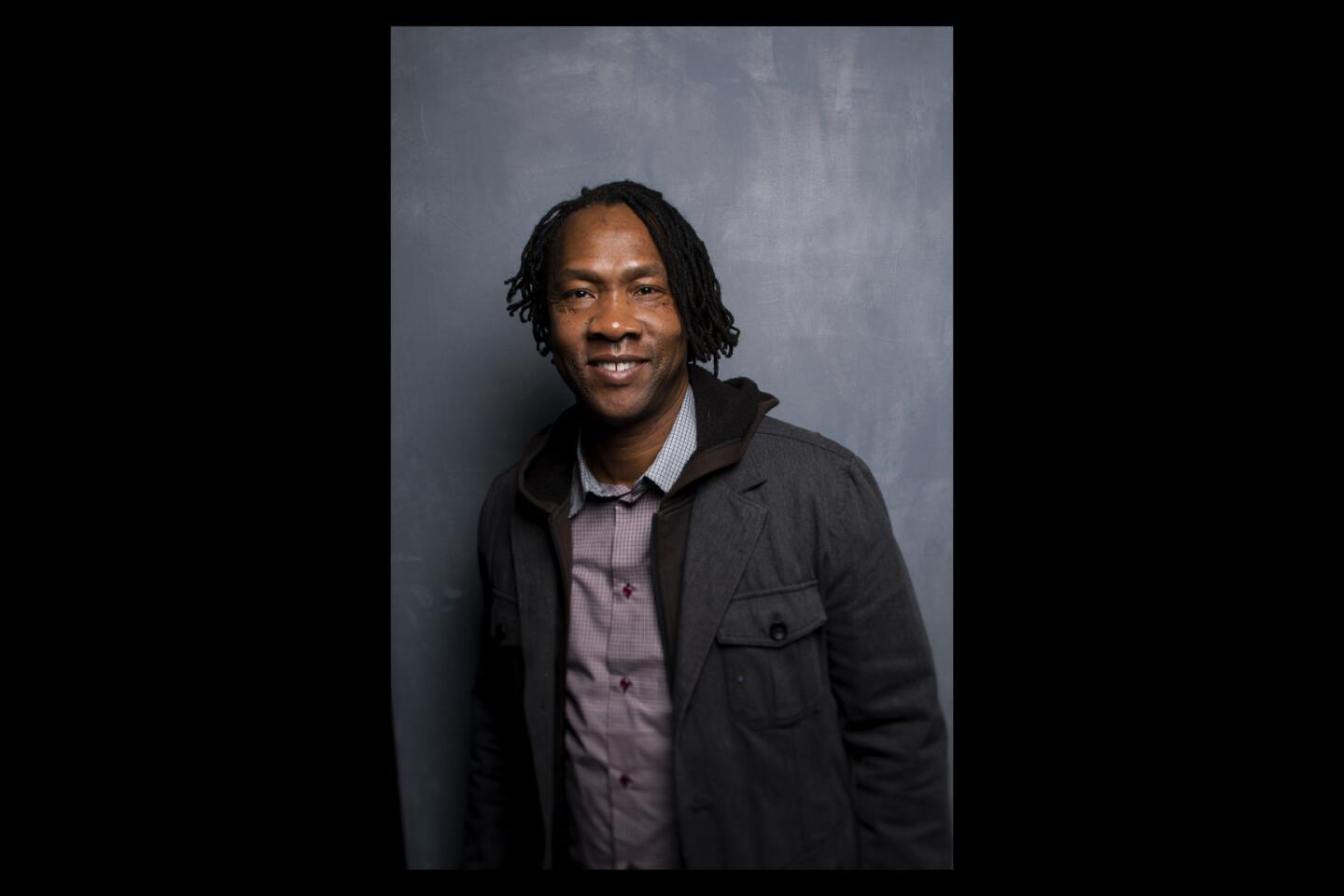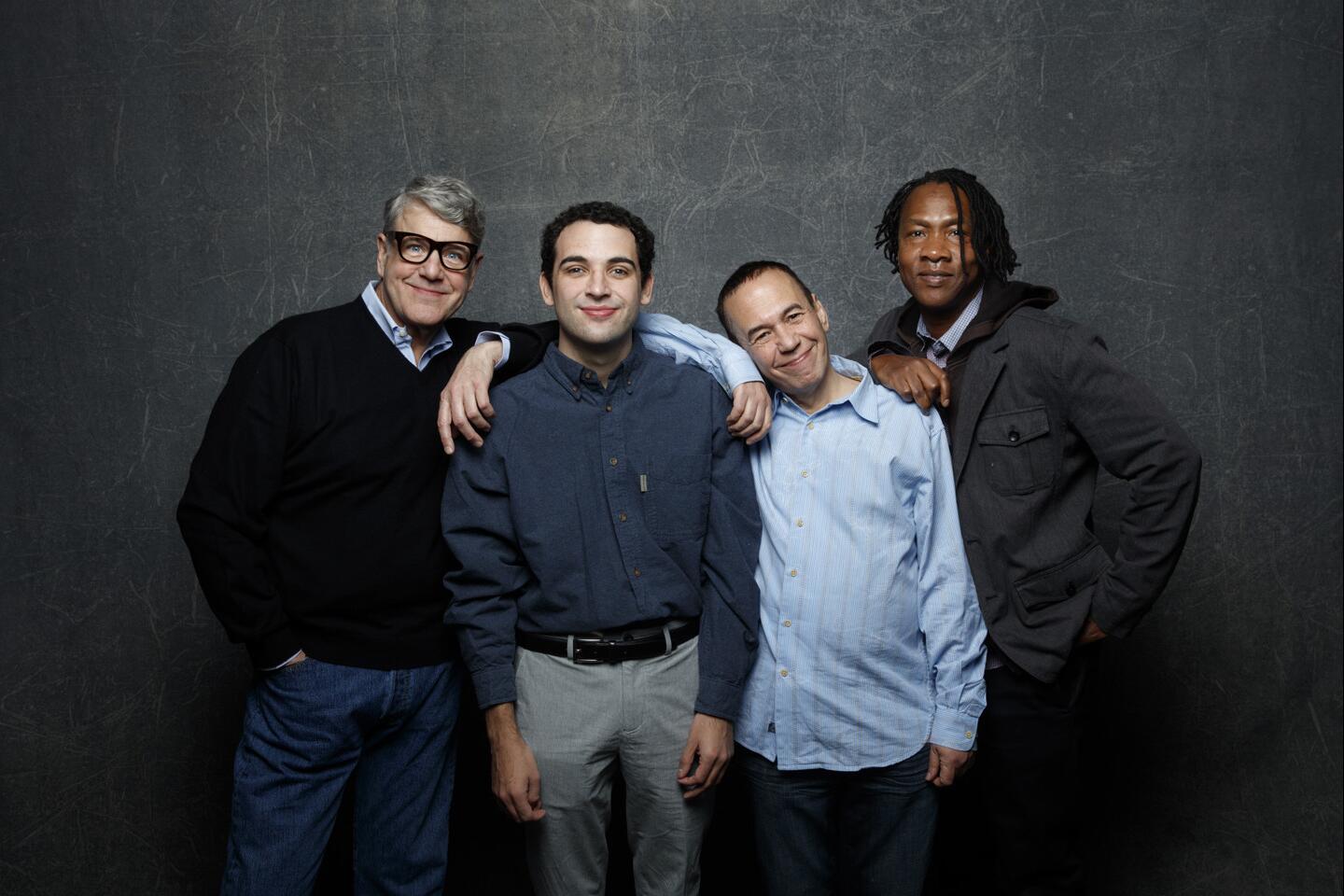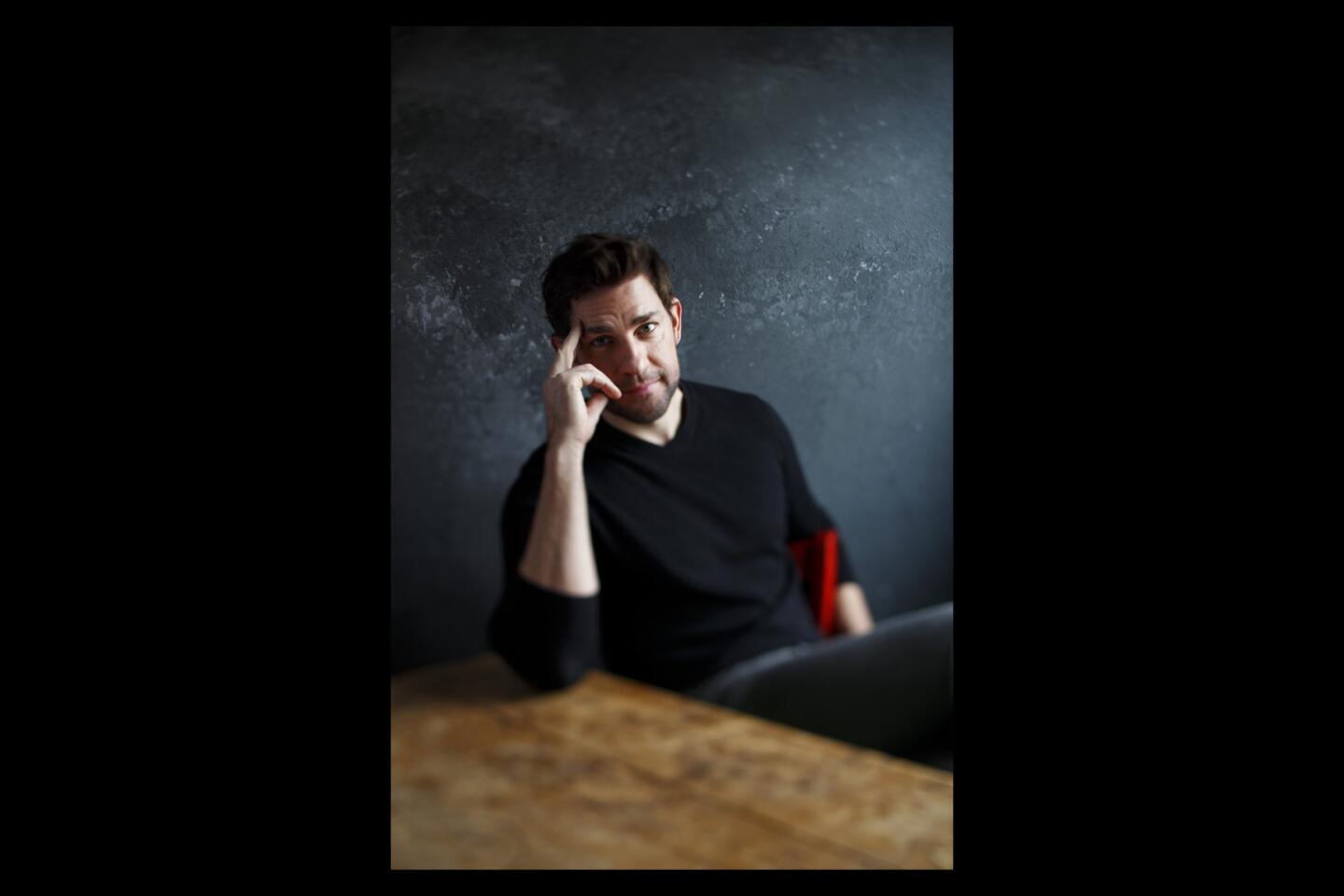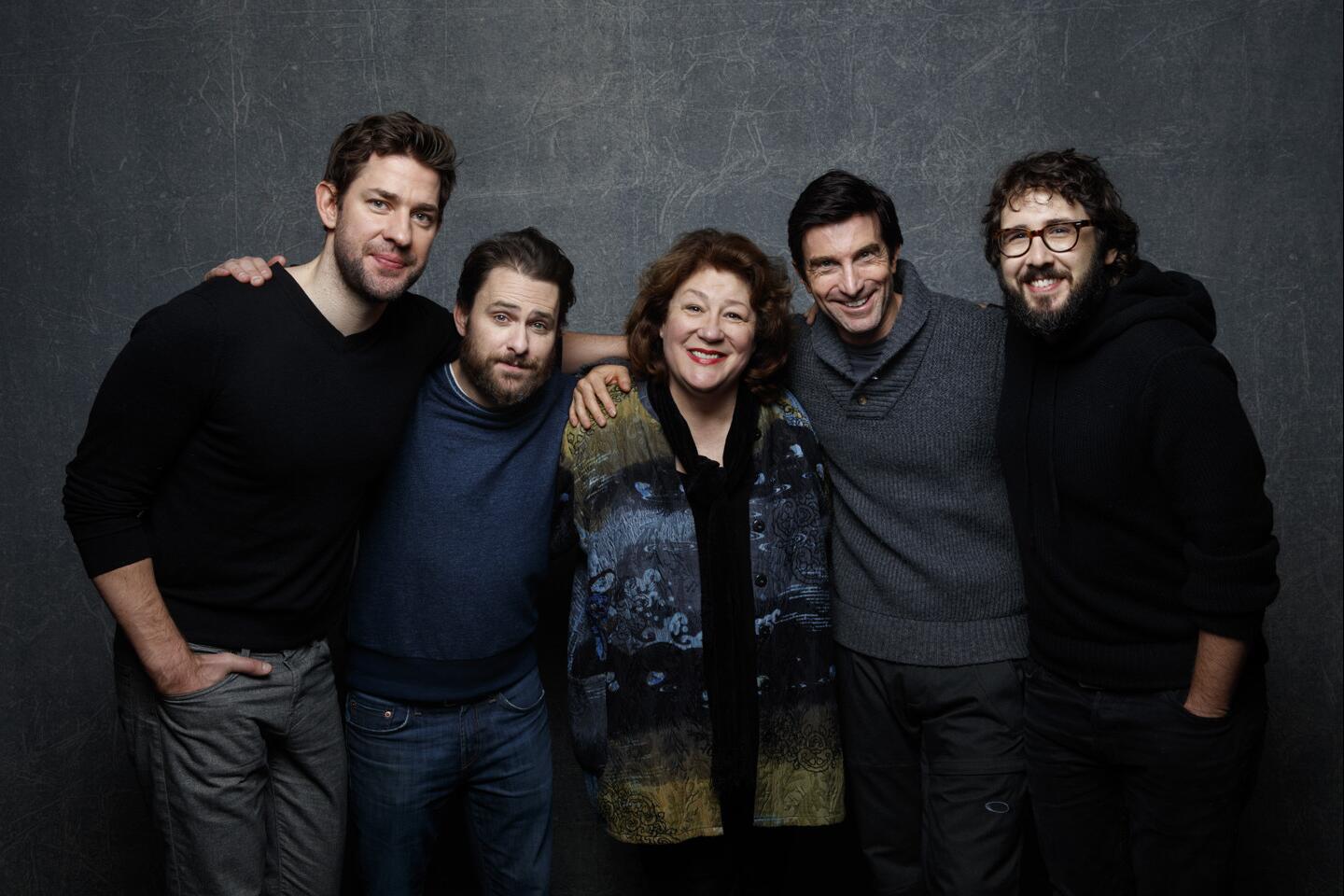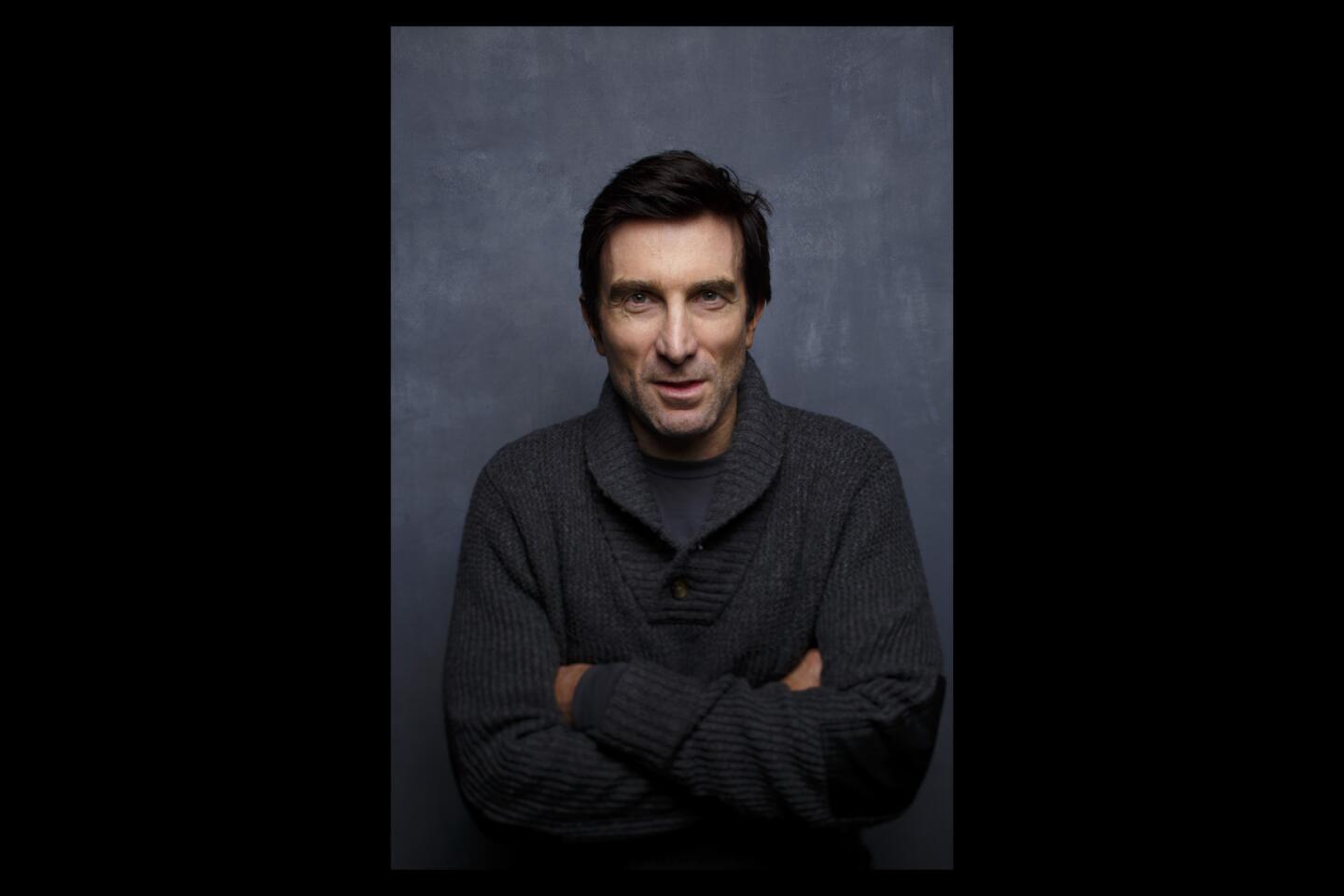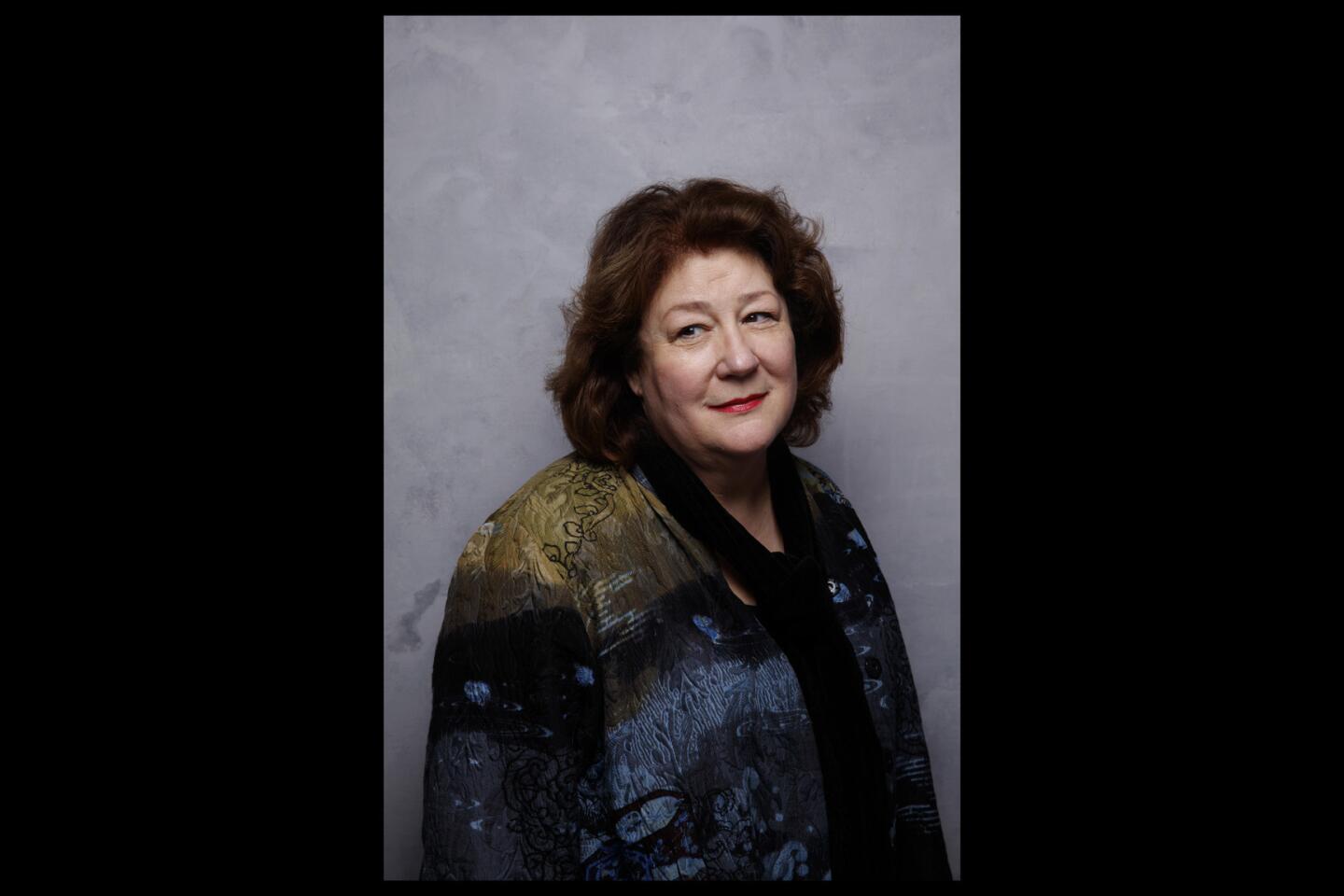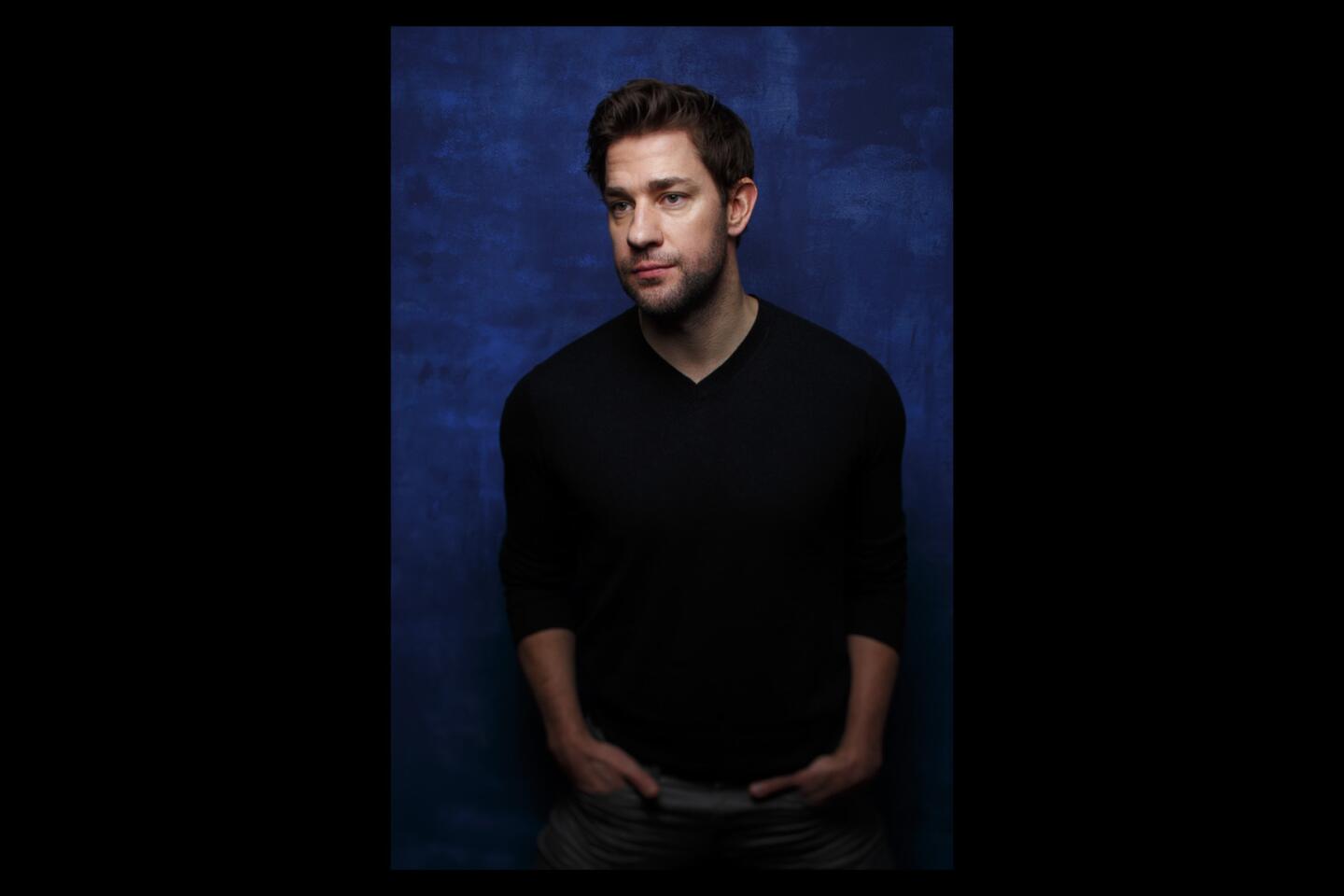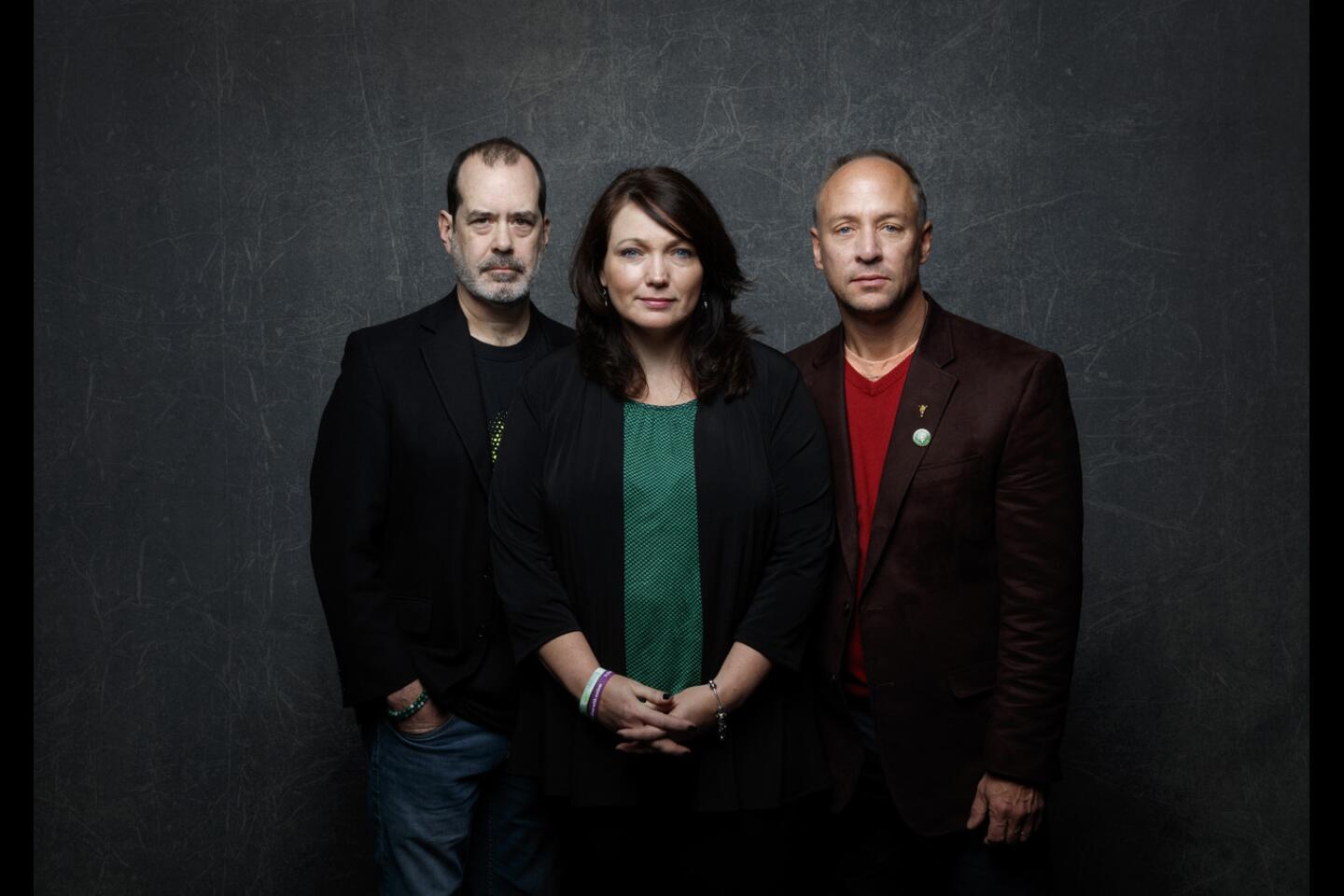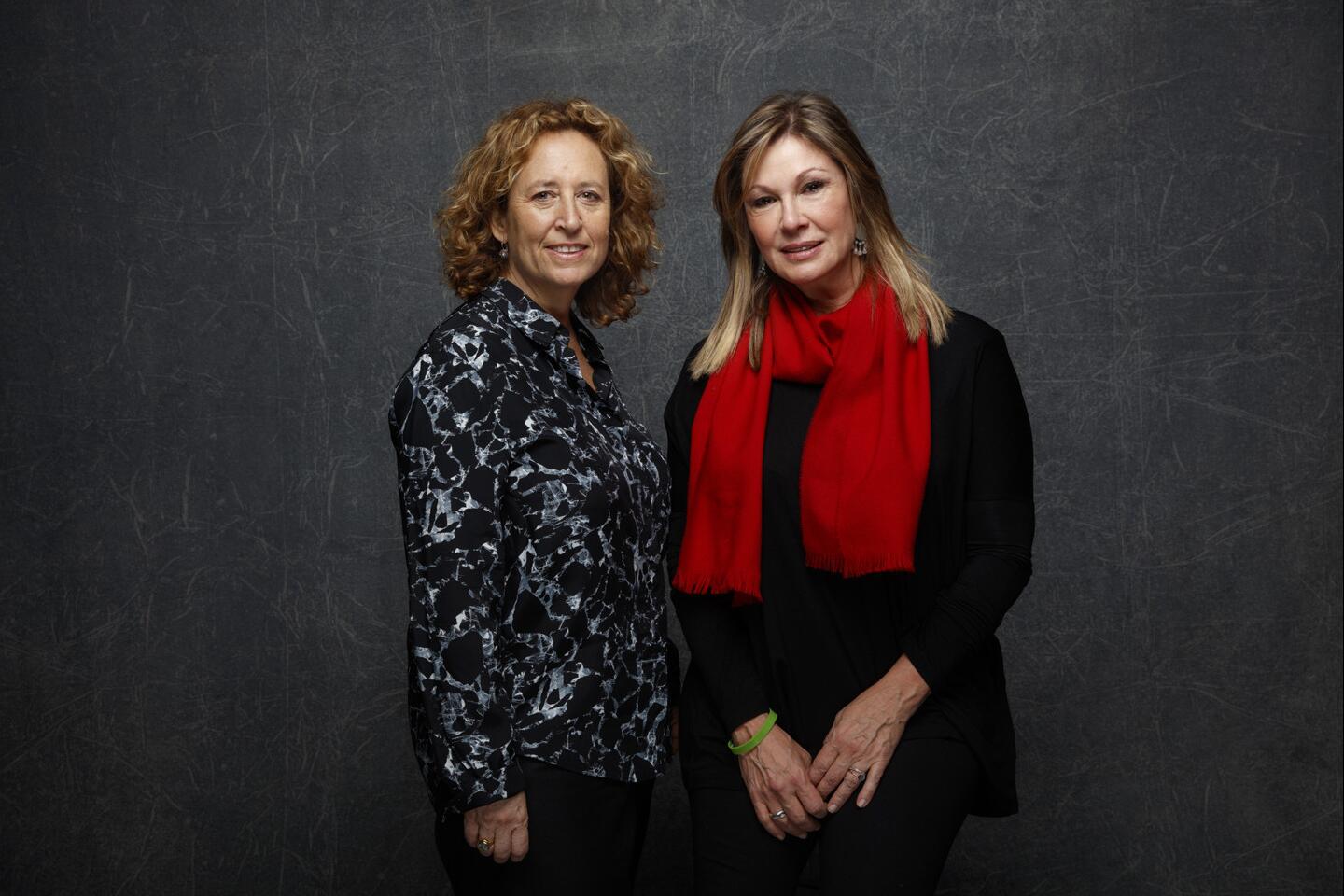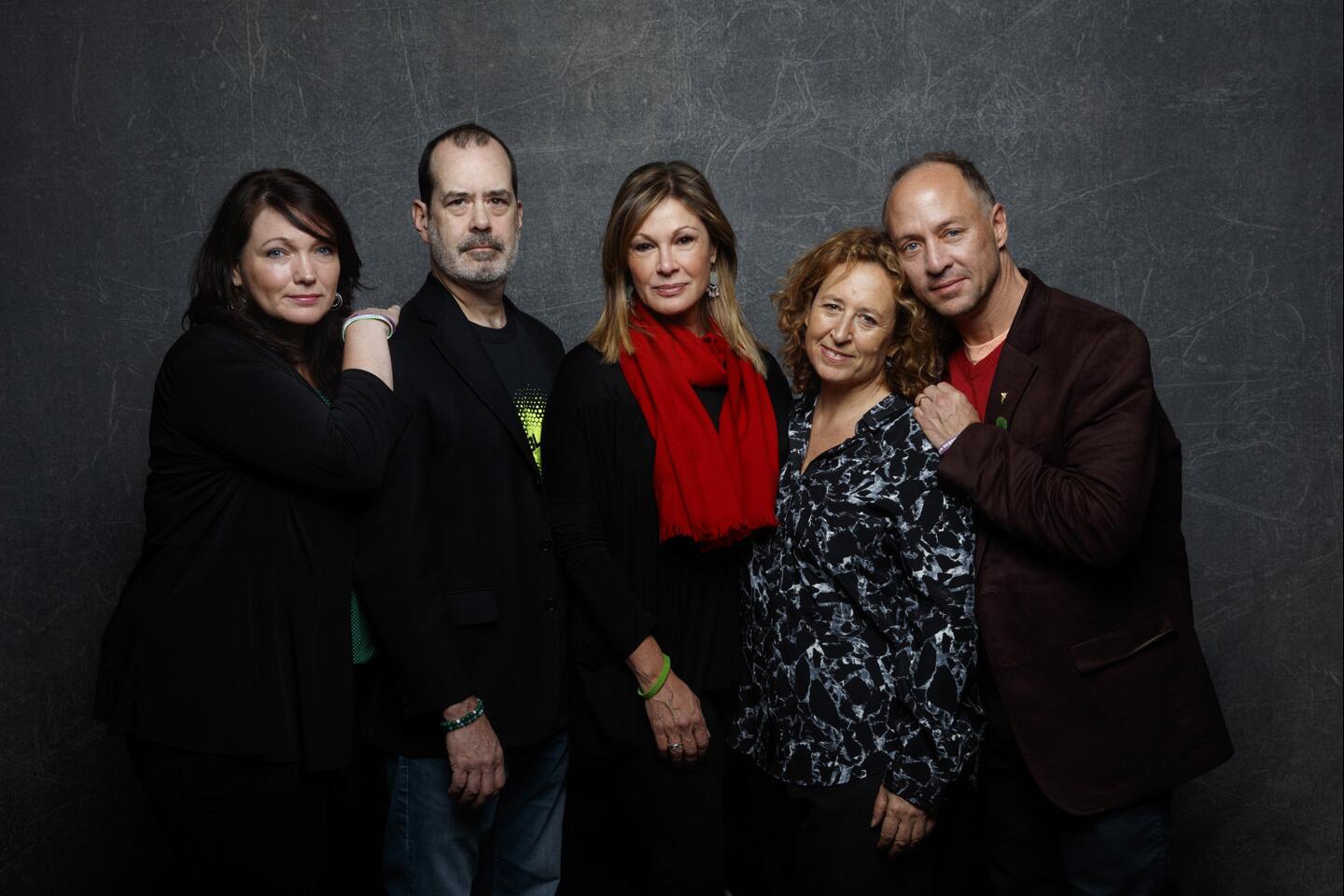The Sundance Film Festival was designed as an alternative to Hollywood, not a rival to it. It was not intended to challenge Big Entertainment and prod it to a better self, as a rival might. It simply, for most of its existence, has offered another path for those who might need one.
Yet this year’s festival carved out a different role. On the critical and depressingly perpetual question of race in entertainment, the Utah gathering — which ended Sunday after 11 days of screenings, meetings and puffy-coated schmoozing — actively celebrated movies featuring African American personalities. The festival threw down a gauntlet. It sent a message to an industry that, to the eyes of many, had failed to uphold with its work the values its members espoused with their politics (or, at least, their campaign donations).
See more of Entertainment’s top stories on Facebook >>
That was evident during the annual awards Saturday night, in which the big winner was Nate Parker’s Nat Turner slave-rebellion movie “The Birth of A Nation.” But the focus began long before that.
1/196
Imogen Poots, from the film “Frank and Lola,” poses for a portrait in the L.A. Times photo & video studio at the Sundance Film Festival in Park City, Utah.
(Jay L. Clendenin / Los Angeles Times) 2/196
Imogen Poots poses for a portrait at the Sundance Film Festival.
(Jay L. Clendenin / Los Angeles Times) 3/196
Imogen Poots and director Matthew Ross from the film “Frank and Lola” pose for an L.A. Times photo at the Sundance Film Festival.
(Jay L. Clendenin / Los Angeles Times) 4/196
Louis Black and Karen Bernstein, filmmakers from the film “Richard Linklater: Dream Is Destiny,” in a portrait taken at the L.A. Times studio at the Sundance Film Festival in Park City, Utah.
(Jay L. Clendenin / Los Angeles Times) 5/196
Chris Hegedus, left, Steven Wise and D.A. Pennebaker of the film “Unlocking the Cage” pose for a portrait in the L.A. Times studio at the Sundance Film Festival in Park City, Utah.
(Jay L. Clendenin / Los Angeles Times) 6/196
Chris Hegedus, director of “Unlocking the Cage,” in a portrait at the Sundance Film Festival in Park City, Utah.
(Jay L. Clendenin / Los Angeles Times) 7/196
Jon Shenk, left, subject Daisy Coleman and Bonni Cohen, director from the film “Audrie & Daisy,” poses for a portrait in the L.A. Times photo & video studio at the Sundance Film Festival in Park City, Utah.
(Jay L. Clendenin / Los Angeles Times) 8/196
Vincent Piazza from the film “Intervention.”
(Jay L. Clendenin / Los Angeles Times) 9/196
Daisy Coleman, subject from the film “Audrie & Daisy.”
(Jay L. Clendenin / Los Angeles Times) 10/196
Director Clea DuVall from the film “Intervention.”
(Jay L. Clendenin / Los Angeles Times) 11/196
Michael Shannon from the films “Complete Unknown” and “Frank and Lola.”
(Jay L. Clendenin / Los Angeles Times) 12/196
Melanie Lynskey from the film “Intervention.”
(Jay L. Clendenin / Los Angeles Times) 13/196
Michael Shannon from the film “Complete Unknown.”
(Jay L. Clendenin / Los Angeles Times) 14/196
Ben Schwartz from the film “Intervention.”
(Jay L. Clendenin / Los Angeles Times) 15/196
Michael Shannon from the films “Complete Unknown” and “Frank and Lola.”
(Jay L. Clendenin / Los Angeles Times) 16/196
Jason Ritter, left, Ben Schwartz, Natasha Lyonne, Vincent Piazza, Clea DuVall, director, Melanie Lynskey from the film “Intervention.”
(Jay L. Clendenin / Los Angeles Times) 17/196
Ben Schwartz, left, and Jason Ritter from the film “Intervention.”
(Jay L. Clendenin / Los Angeles Times) 18/196
Jason Ritter from the film “Intervention.”
(Jay L. Clendenin / Los Angeles Times) 19/196
Aaron Brookner, director from the film “Uncle Howard.”
(Jay L. Clendenin / Los Angeles Times) 20/196
Executive producer/narrator Katie Couric, right, and filmmaker Stephanie Soechtig from the film “Under The Gun.”
(Jay L. Clendenin / Los Angeles Times) 21/196
Executive producer/narrator Katie Couric from the film “Under The Gun.”
(Jay L. Clendenin / Los Angeles Times) 22/196
Michael Shannon from the films “Complete Unknown” and “Frank and Lola.”
(Jay L. Clendenin / Los Angeles Times) 23/196
Amandla Stenberg from the film “As You Are.”
(Jay L. Clendenin / Los Angeles Times) 24/196
Michael Chernus, left, Michael Shannon and director Joshua Marston from the film “Complete Unknown.”
(Jay L. Clendenin / Los Angeles Times) 25/196
Michael Chernus, left, Michael Shannon and director Joshua Marston from the film “Complete Unknown.”
(Jay L. Clendenin / Los Angeles Times) 26/196
Danfung Dennis, filmmaker, and Casey Brown, producer from the virtual reality experience “Condition One.”
(Jay L. Clendenin / Los Angeles Times) 27/196
Ciro Guerra, writer-director from the film “Embrace of the Serpent.”
(Jay L. Clendenin / Los Angeles Times) 28/196
Josh Fox, director from the film “How to Let Go of the World and Love All the Things Climate Can’t Change.”
(Jay L. Clendenin / Los Angeles Times) 29/196
Christopher Waldorf, left, Chi Chi Mizrahi,, MikeQ, Twiggy Pucci Garçon, co-writer/subject, Sara Jordeno, writer-director, Gia Marie Love, Kenneth “Symba McQueen” Soler-Rios from the film “Kiki.”
(Jay L. Clendenin / Los Angeles Times) 30/196
Kahane Cooperman, showrunner/executive producer from the film “The New Yorker Presents.”
(Jay L. Clendenin / Los Angeles Times) 31/196
Frankie Shaw, director-writer stars in “Too Legit.”
(Jay L. Clendenin / Los Angeles Times) 32/196
Dawn Porter, director from the film “Trapped.”
(Jay L. Clendenin / Los Angeles Times) 33/196
Keith Fulton, director, Lou Pepe, director, Jennifer Coffield and A.J. Wright from the film “Bad Kids.”
(Jay L. Clendenin / Los Angeles Times) 34/196
Lou Pepe, left, and Keith Fulton, directors from the film “Bad Kids.”
(Jay L. Clendenin / Los Angeles Times) 35/196
Jennifer Coffield and A.J. Wright from the film “Bad Kids.”
(Jay L. Clendenin / Los Angeles Times) 36/196
Michael Villar from the film “Carnage Park.”
(Jay L. Clendenin / Los Angeles Times) 37/196
Mickey Keating, director from the film “Carnage Park.”
(Jay L. Clendenin / Los Angeles Times) 38/196
Rebecca Hall from the film “Christine.”
(Jay L. Clendenin / Los Angeles Times) 39/196
Tahir Jetter, director from the film “How to Tell You’re a Douchebag.”
(Jay L. Clendenin / Los Angeles Times) 40/196
Alex Ross Perry from the movie “Joshy.”
(Jay L. Clendenin / Los Angeles Times) 41/196
Jenny Slate from the movie “Joshy.”
(Jay L. Clendenin / Los Angeles Times) 42/196
Thomas Middleditch from the movie “Joshy.”
(Jay L. Clendenin / Los Angeles Times) 43/196
Nick Kroll, left, Brett Gelman, Thomas Middleditch, Adam Pally, Alex Ross Perry, Jenny Slate, Jeff Baena, director, and Lauren Weedman from the movie “Joshy.”
(Jay L. Clendenin / Los Angeles Times) 44/196
Jeff Baena, director, from the movie “Joshy.”
(Jay L. Clendenin / Los Angeles Times) 45/196
Paulina Garcia from the film “Little Men.”
(Jay L. Clendenin / Los Angeles Times) 46/196
Diego Luna, director of “Mr. Pig.”
(Jay L. Clendenin / Los Angeles Times) 47/196
Maya Rudolph, star of “Mr. Pig”
(Jay L. Clendenin / Los Angeles Times) 48/196
Actors Danny Glover, from left, Maya Rudolph and “Mr. Pig” director Diego Luna.
(Jay L. Clendenin / Los Angeles Times) 49/196
Writer-director Richard Tanne, from left, Tika Sumpter and Parker Sawyers, from “Southside With You.”
(Jay L. Clendenin / Los Angeles Times) 50/196
Tika Sumpter from “Southside With You.”
(Jay L. Clendenin / Los Angeles Times) 51/196
Actor Waleed Zuaiter from “The Free World.”
(Jay L. Clendenin / Los Angeles Times) 52/196
Writer-director Jason Lew, from “The Free World.”
(Jay L. Clendenin / Los Angeles Times) 53/196
Boyd Holbrook, from “The Free World.”
(Jay L. Clendenin / Los Angeles Times) 54/196
Elisabeth Moss, from “The Free World.”
(Jay L. Clendenin / Los Angeles Times) 55/196
Elisabeth Moss, from “The Free World.”
(Jay L. Clendenin / Los Angeles Times) 56/196
Boyd Holbrook, from left, Octavia Spencer, writer-director Jason Lew, Elisabeth Moss and Waleed Zuaiter, from “The Free World.”
(Jay L. Clendenin / Los Angeles Times) 57/196
Octavia Spencer, from “The Free World.”
(Jay L. Clendenin / Los Angeles Times) 58/196
Octavia Spencer, from “The Free World.”
(Jay L. Clendenin / Los Angeles Times) 59/196
Bobby Naderi, from “Under the Shadow.”
(Jay L. Clendenin / Los Angeles Times) 60/196
Bobby Nader, from “Under The Shadow.”
(Jay L. Clendenin / Los Angeles Times) 61/196
Jeff Daniels Phillips, right, and Richard Brake from the film “31.”
(Jay L. Clendenin / Los Angeles Times) 62/196
Ashley Bell, left, Pat Healy, Mickey Keating, Michael Villar and James Landry Hébert from the film “Carnage Park.”
(Jay L. Clendenin / Los Angeles Times) 63/196
Ashley Bell from the film “Carnage Park.”
(Jay L. Clendenin / Los Angeles Times) 64/196
Rebecca Hall from the film “Christine.”
(Jay L. Clendenin / Los Angeles Times) 65/196
Rebecca Hall and director Antonio Campos from the film “Christine.”
(Jay L. Clendenin / Los Angeles Times) 66/196
Dylan Gelula from the film “First Girl I Loved.”
(Jay L. Clendenin / Los Angeles Times) 67/196
Writer-director Kerem Sanga from the film “First Girl I Loved.”
(Jay L. Clendenin / Los Angeles Times) 68/196
Brianna Hildebrand, left, Kerem Sanga, writer-director, Brianna Hildebrand, Dylan Gelula and Mateo Arias from the film “First Girl I Loved.”
(Jay L. Clendenin / Los Angeles Times) 69/196
Brianna Hildebrand, left, Kerem Sanga, writer-director, Brianna Hildebrand, Dylan Gelula and Mateo Arias from the film “First Girl I Loved.”
(Jay L. Clendenin / Los Angeles Times) 70/196
Brianna Hildebrand from the film “First Girl I Loved.”
(Jay L. Clendenin / Los Angeles Times) 71/196
Mateo Arias from the film “First Girl I Loved.”
(Jay L. Clendenin / Los Angeles Times) 72/196
Mateo Arias from the film “First Girl I Loved.”
(Jay L. Clendenin / Los Angeles Times) 73/196
Thomas Middleditch from the movie “Joshy.”
(Jay L. Clendenin / Los Angeles Times) 74/196
Lauren Weedman from the movie “Joshy.”
(Jay L. Clendenin / Los Angeles Times) 75/196
Brett Gelman from the movie “Joshy.”
(Jay L. Clendenin / Los Angeles Times) 76/196
Adam Pally from the movie “Joshy.”
(Jay L. Clendenin / Los Angeles Times) 77/196
Nick Kroll from the movie “Joshy.”
(Jay L. Clendenin / Los Angeles Times) 78/196
Maya Rudolph from the film “Mr. Pig.”
(Jay L. Clendenin / Los Angeles Times) 79/196
Maya Rudolph from the film “Mr. Pig.”
(Jay L. Clendenin / Los Angeles Times) 80/196
Danny Glover from the film “Mr. Pig.”
(Jay L. Clendenin / Los Angeles Times) 81/196
Haerry Kim from the film “Spa Night.”
(Jay L. Clendenin / Los Angeles Times) 82/196
Haerry Kim, left, director Andrew Ahn and Joe Seo from the film “Spa Night.”
(Jay L. Clendenin / Los Angeles Times) 83/196
Director Andrew Ahn from the film “Spa Night.”
(Jay L. Clendenin / Los Angeles Times) 84/196
Joe Seo from the film “Spa Night.”
(Jay L. Clendenin / Los Angeles Times) 85/196
Asif Kapadia, filmmaker from “Ali & Nino,” poses for a portrait in the L.A. Times photo & video studio at the Sundance Film Festival in Park City, Utah.
(Jay L. Clendenin / Los Angeles Times) 86/196
Alysia Reiner, left, and Sarah Megan Thomas from the film “Equity.”
(Jay L. Clendenin / Los Angeles Times) 87/196
Alysia Reiner from the film “Equity.”
(Jay L. Clendenin / Los Angeles Times) 88/196
Sarah Megan Thomas from the film “Equity.”
(Jay L. Clendenin / Los Angeles Times) 89/196
Steven Caple Jr., writer and director for the film “The Land.”
(Jay L. Clendenin / Los Angeles Times) 90/196
Jorge Lendeborg Jr. from the film “The Land.”
(Jay L. Clendenin / Los Angeles Times) 91/196
Moises Arias from the film “The Land.”
(Jay L. Clendenin / Los Angeles Times) 92/196
Rafi Gavron, left, Ezri Walker, Steven Caple Jr., Moises Arias and Jorge Lendeborg Jr. from the film “The Land.”
(Jay L. Clendenin / Los Angeles Times) 93/196
Ezri Walker from the film “The Land.”
(Jay L. Clendenin / Los Angeles Times) 94/196
Moises Arias from the film “The Land.”
(Jay L. Clendenin / Los Angeles Times) 95/196
Yoshiki from the film “We are X.”
(Jay L. Clendenin / Los Angeles Times) 96/196
Stephen Kijak, left, and Yoshiki from the film “We are X.”
(Jay L. Clendenin / Los Angeles Times) 97/196
Co-directors Josh Kriegman and Elyse Steinberg from the film “Weiner.”
(Jay L. Clendenin / Los Angeles Times) 98/196
Penelope Ann Miller from the film “The Birth of A Nation.”
(Jay L. Clendenin / Los Angeles Times) 99/196
Armie Hammer from the film “The Birth of A Nation.”
(Jay L. Clendenin / Los Angeles Times) 100/196
Gabrielle Union from the film “The Birth of A Nation.”
(Jay L. Clendenin / Los Angeles Times) 101/196
Gabrielle Union, left, Aja Naomi King, Armie Hammer, Nate Parker, director, Penelope Ann Miller and Jackie Earle Haley from the film “The Birth of A Nation.”
(Jay L. Clendenin / Los Angeles Times) 102/196
Nate Parker, director from the film “The Birth of A Nation.”
(Jay L. Clendenin / Los Angeles Times) 103/196
Jackie Earle Haley from the film “The Birth of A Nation.”
(Jay L. Clendenin / Los Angeles Times) 104/196
Aja Naomi King from the film “The Birth of A Nation.”
(Jay L. Clendenin / Los Angeles Times) 105/196
Jessie Kahnweiler, star-director-producer, from the film “The Skinny.”
(Jay L. Clendenin / Los Angeles Times) 106/196
Illeana Douglas, star-producer, left, Jill Soloway, executive producer, Rebecca Odes, executive producer, Jessie Kahnweiler, star-director-producer, and Andrea Sperling, producer, from the film “The Skinny.”
(Jay L. Clendenin / Los Angeles Times) 107/196
Jill Soloway, executive producer from the film “The Skinny.”
(Jay L. Clendenin / Los Angeles Times) 108/196
Jessie Kahnweiler from the film “The Skinny.”
(Jay L. Clendenin / Los Angeles Times) 109/196
Rebecca Odes, executive producer from the film “The Skinny.”
(Jay L. Clendenin / Los Angeles Times) 110/196
Illeana Douglas from the film “The Skinny.”
(Jay L. Clendenin / Los Angeles Times) 111/196
Illeana Douglas from the film “The Skinny.”
(Jay L. Clendenin / Los Angeles Times) 112/196
Andrea Sperling, producer from the film “The Skinny.”
(Jay L. Clendenin / Los Angeles Times) 113/196
DeWanda Wise from the film “How to Tell You’re a Douchebag.”
(Jay L. Clendenin / Los Angeles Times) 114/196
Jenna Williams, from the film “How to Tell You’re a Douchebag.”
(Jay L. Clendenin / Los Angeles Times) 115/196
Alano Miller, left, DeWanda Wise, Tahir Jetter, Charles Brice and producers Julius Pryor IV and Marttise Hill from the film “How to Tell You’re a Douchebag.”
(Jay L. Clendenin / Los Angeles Times) 116/196
Jennifer Ehle, from the film “Little Men.”
(Jay L. Clendenin / Los Angeles Times) 117/196
Jennifer Ehle, left, Michael Barbieri, Mauricio Zacharias, Paulina Garcia, Ira Sachs, director, Theo Taplitz and Greg Kinnear, from the film “Little Men.”
(Jay L. Clendenin / Los Angeles Times) 118/196
Greg Kinnear from the film “Little Men.”
(Jay L. Clendenin / Los Angeles Times) 119/196
Michael Barbieri, left, and Theo Taplitz from the film “Little Men.”
(Jay L. Clendenin / Los Angeles Times) 120/196
Director and co-writer Ira Sachs, left, and co-writer Mauricio Zacharias from the film “Little Men.”
(Jay L. Clendenin / Los Angeles Times) 121/196
Ira Sachs, director/co-writer from the film, “Little Men.”
(Jay L. Clendenin / Los Angeles Times) 122/196
Mary Stuart Masterson from the film “As You Are.”
(Jay L. Clendenin / Los Angeles Times) 123/196
Miles Joris-Peyrafitte from the film “As You Are.”
(Jay L. Clendenin / Los Angeles Times) 124/196
Amandla Stenberg from the film “As You Are.”
(Jay L. Clendenin / Los Angeles Times) 125/196
Scott Cohen from the film “As You Are.”
(Jay L. Clendenin / Los Angeles Times) 126/196
Owen Campbell from the film “As You Are.”
(Jay L. Clendenin / Los Angeles Times) 127/196
Parker Sawyers from the film “Southside With You.”
(Jay L. Clendenin / Los Angeles Times) 128/196
Tika Sumpter from the film “Southside With You.”
(Jay L. Clendenin / Los Angeles Times) 129/196
Richard Tanne, writer-director from the film “Southside With You.”
(Jay L. Clendenin / Los Angeles Times) 130/196
Jeff Feuerzig, director from the film “The JT Leroy Story.”
(Jay L. Clendenin / Los Angeles Times) 131/196
Robert Jumper, left, director Tim Sutton, Anna Rose and Maica Armata from the film “Dark Night” in the L.A. Times photo & video studio at the Sundance Film Festival in Park City, Utah.
( Jay L. Clendenin / Los Angeles Times) 132/196
Director Pieter-Jan De Pue from the film “The Land of the Enlightened.”
( Jay L. Clendenin / Los Angeles Times) 133/196
Michal Huszcza, left, Michal Marczak, director, and Kris Baganski from the film “All These Sleepless Nights” get cozy.
( Jay L. Clendenin / Los Angeles Times) 134/196
Abigail Spencer from the series “Rectify.”
( Jay L. Clendenin / Los Angeles Times) 135/196
Director Robert Greene and actress Kate Lyn Sheil from the film “Kate Plays Christine.”
( Jay L. Clendenin / Los Angeles Times) 136/196
Actress Kate Lyn Sheil from the film “Kate Plays Christine.”
( Jay L. Clendenin / Los Angeles Times) 137/196
Executive Producer Jim McNiel from the film “Lo and Behold: Reveries of the Connected World.”
( L. Clendenin / Los Angeles Times) 138/196
Werner Herzog, director of the film “Lo and Behold: Reveries of the Connected World.”
( L. Clendenin / Los Angeles Times) 139/196
Laura Albert from the film “The JT Leroy Story.”
( Jay L. Clendenin / Los Angeles Times) 140/196
Jeff Feuerzig and subject Laura Albert from the film “The JT Leroy Story.”
( Jay L. Clendenin / Los Angeles Times) 141/196
Jason Benjamin, director from the film “Suited.”
( Jay L. Clendenin / Los Angeles Times) 142/196
Jenni Konner, producer, left, Jason Benjamin, director, and Lena Dunham, producer, from the film “Suited.”
( Jay L. Clendenin / Los Angeles Times) 143/196
Jared Harris from the film “Certain Women.”
( Jay L. Clendenin / Los Angeles Times) 144/196
Jared Harris from the film “Certain Women.”
( Jay L. Clendenin / Los Angeles Times) 145/196
Q., director of the film “Brahman Naman.”
( Jay L. Clendenin / Los Angeles Times) 146/196
Q., director of the film “Brahman Naman.”
( Jay L. Clendenin / Los Angeles Times) 147/196
Naman Ramachandran, left, Q., and Shashank Arora with Werner Herzog.
( Jay L. Clendenin / Los Angeles Times) 148/196
Tanmay Dhanania, left, Shashank Arora, Naman Ramachandran, Steve Barron, producer, Q., director, Sid Mallya, screenwriter, from the film “Brahman Naman.”
( Jay L. Clendenin / Los Angeles Times) 149/196
Ralph Rodriguez, left, Brian “Sene” Marc, Morgan Saylor, Adrian Martinez, India Menuez, Justin Bartha, Elizabeth Wood, filmmaker, and Anthony Ramos from the film “White Girl.”
( Jay L. Clendenin / Los Angeles Times) 150/196
Brian “Sene” Marc from the film “White Girl.”
( Jay L. Clendenin / Los Angeles Times) 151/196
Morgan Saylor from the film “White Girl.”
( Jay L. Clendenin / Los Angeles Times) 152/196
Anthony Ramos from the film “White Girl.”
( Jay L. Clendenin / Los Angeles Times) 153/196
Adrian Martinez from the film “White Girl.”
( Jay L. Clendenin / Los Angeles Times) 154/196
India Menuez from the film “White Girl.”
( Jay L. Clendenin / Los Angeles Times) 155/196
Justin Bartha from the film “White Girl.”
( Jay L. Clendenin / Los Angeles Times) 156/196
Elizabeth Wood from the film “White Girl.”
( Jay L. Clendenin / Los Angeles Times) 157/196
Gavin Free for Lazer Team levitates.
( Jay L. Clendenin / Los Angeles Times) 158/196
Anne Fontaine, director from the film “Agnus Dei.”
(Jay L. Clendenin / Los Angeles Times) 159/196
Chloe Sevigny, left, Danny Perez and Natasha Lyonne from the film “Antibirth.”
( Jay L. Clendenin / Los Angeles Times) 160/196
Chloe Sevigny from the film “Antibirth.”
(Jay L. Clendenin / Los Angeles Times) 161/196
Chloe Sevigny from the film “Antibirth.”
(Jay L. Clendenin / Los Angeles Times) 162/196
Natasha Lyonne from the film “Antibirth.”
( Jay L. Clendenin / Los Angeles Times) 163/196
Rachel Grady, co-director from the film “Norman Lear: Just Another Version of You.”
( Jay L. Clendenin / Los Angeles Times) 164/196
Heidi Ewing, co-director, Norman Lear, Rachel Grady, co-director, from the film “Norman Lear: Just Another Version of You.”
(Jay L. Clendenin / Los Angeles Times) 165/196
Norman Lear from the film “Norman Lear: Just Another Version of You.”
(Jay L. Clendenin / Los Angeles Times) 166/196
Heidi Ewing, co-director from the film “Norman Lear: Just Another Version of You.”
(Jay L. Clendenin / Los Angeles Times) 167/196
Heidi Ewing, co-director from the film “Norman Lear: Just Another Version of You.”
(Jay L. Clendenin / Los Angeles Times) 168/196
Kenneth Lonergan, director from the film “Manchester by the Sea.”
(Jay L. Clendenin / Los Angeles Times) 169/196
Lucas Hedges, left, Kenneth Lonergan, director, and Casey Affleck from the film “Manchester by the Sea.”
(Jay L. Clendenin / Los Angeles Times) 170/196
Lucas Hedges, left, and Casey Affleck from the film “Manchester by the Sea.”
(Jay L. Clendenin / Los Angeles Times) 171/196
Lucas Hedges, left, and Casey Affleck from the film “Manchester by the Sea.”
( Jay L. Clendenin / Los Angeles Times) 172/196
Lucas Hedges from the film “Manchester by the Sea.”
( Jay L. Clendenin / Los Angeles Times) 173/196
Casey Affleck from the film “Manchester by the Sea.”
( Jay L. Clendenin / Los Angeles Times) 174/196
Casey Affleck from the film “Manchester by the Sea.”
( Jay L. Clendenin / Los Angeles Times) 175/196
Writer-director Sian Heder from the film “Talullah.”
( Jay L. Clendenin / Los Angeles Times) 176/196
John Benjamin Hickey, left, Allison Janney, Ellen Page, Sian Heder, writer-director, and Tammy Blanchard from the film “Talullah.”
( Jay L. Clendenin / Los Angeles Times) 177/196
Ellen Page from the film “Talullah.”
(Jay L. Clendenin / Los Angeles Times) 178/196
Director Roger Ross Williams from the film “Life Animated.”
(Jay L. Clendenin / Los Angeles Times) 179/196
Allison Janney from the film “Talullah.”
(Jay L. Clendenin / Los Angeles Times) 180/196
John Benjamin Hickey from the film “Talullah.”
( Jay L. Clendenin / Los Angeles Times) 181/196
Tammy Blanchard from the film “Talullah.”
( Jay L. Clendenin / Los Angeles Times) 182/196
Brooklyn Decker from the film “Lovesong.”
(Jay L. Clendenin / Los Angeles Times) 183/196
Jena Malone from the film “Lovesong.”
( Jay L. Clendenin / Los Angeles Times) 184/196
Jena Malone, left, and Riley Keough from the film “Lovesong.”
(Jay L. Clendenin / Los Angeles Times) 185/196
Director Roger Ross Williams from the film “Life Animated.”
(Jay L. Clendenin / Los Angeles Times) 186/196
Jonathan Freeman, left, Owen Suskind, Gilbert Gottfried and director Roger Ross Williams from the film “Life Animated.”
( Jay L. Clendenin / Los Angeles Times) 187/196
John Krasinski from the film, “The Hollars,” poses for a portrait in the L.A. Times photo & video studio at the Sundance Film Festival, in Park City, Utah. (Jay L. Clendenin / Los Angeles Times)
188/196
John Krasinski, left, Charlie Day, Margo Martindale, Sharlto Copley and Josh Groban from the film “The Hollars.”
( Jay L. Clendenin / Los Angeles Times) 189/196
Josh Groban from the film, “The Hollars,” in the L.A. Times photo & video studio at the Sundance Film Festival, in Park City, Utah. ( Jay L. Clendenin / Los Angeles Times)
190/196
Sharlto Copley from the film, “The Hollars,” in the L.A. Times photo & video studio at the Sundance Film Festival, in Park City, Utah. (Jay L. Clendenin / Los Angeles Times)
191/196
Margo Martindale, from the film, “The Hollars,” in the L.A. Times photo & video studio at the Sundance Film Festival, in Park City, Utah. ( Jay L. Clendenin / Los Angeles Times)
192/196
John Krasinski from the film, “The Hollars,” poses for a portrait in the L.A. Times photo & video studio at the Sundance Film Festival, in Park City, Utah. (Jay L. Clendenin / Los Angeles Times)
193/196
David Wheeler, left, Nicole Hockley, Mark Barden from the film “Newtown.”
(Jay L. Clendenin / Los Angeles Times) 194/196
Kim Snyder, left, director, and Maria Cuomo Cole, producer, from the film “Newtown.”
(Jay L. Clendenin / Los Angeles Times) 195/196
Nicole Hockley, David Wheeler, Maria Cuomo Cole, producer, Kim Snyder, director, and Mark Barden from the film “Newtown.”
(Jay L. Clendenin / Los Angeles Times) 196/196
Todd Solondz, director of the film “Wiener-Dog,” poses for a portrait in the L.A. Times photo & video studio at the Sundance Film Festival in Park City, Utah.
( Jay L. Clendenin / Los Angeles Times) Sundance — co-founded by Robert Redford but given shape these days by the trio of forward-thinking creative executives Keri Putnam, John Cooper and Trevor Groth — had already decided to mix and match race in ways that were, if not post-racial, then certainly race-transcendent.
The festival this year featured actors of color in movies directed by whites (“Morris from America,” “White Girl”); white subjects in films directed by African Americans (“Life, Animated,” Trapped”); and a complicated racial symbol in a movie directed by a man of mixed racial heritage (“O.J.: Made In America”).
Then, of course, there were the black actors in a movie directed by an American black man, about the crucibles long faced by black men in America (“Birth”).
This was far from the first time such stories were on display in Park City. Sundance is the festival that gave the world “Hoop Dreams,” after all, and “Birth’s” triumph on Saturday night marked the fourth time in five years the U.S. grand jury winner featured a major black character.
Yet the mix of tales and personalities this year felt like a more pointed statement. What Sundance demonstrated with all these choices, in a sense, is where we’ve been going wrong — and where we might go right — in the debate about diversity that of course kicked off when the Motion Picture Academy announced its white-as-Elmer’s-Glue choices in mid-January.
The absence of a more diverse group of nominees is problematic. But the voting itself it not the problem — not really, anyway. Most academy members I’ve spoken to since the nominations were announced — understandably troubled and defensive about being labeled racist — say that they simply reacted to the movies in front of them and the entreaties of those working on the films’ behalf.
They’re correct — sort of. Netflix’s ideological unwillingness to take “‘Beasts of No Nation” broadly to theaters and thus deprive co-star Idris Elba of the stature needed for Oscar votes is not the academy’s fault. Neither, for that matter, is Warner Bros’ awards campaign for “Creed,” rocky in more ways than one. The dearth of a large number of nominees from those movies shouldn’t be taken as a referendum on how Oscar voters feel about race. Defenders of mainstream Hollywood are indeed right about this.
What they are not right about is their exemption from a scenario that created this reality in the first place. The academy is as representative a group of the Hollywood power structure as there is. And a Hollywood that claims, as it implicitly does every box-office weekend, to reach or speak for all of America, shouldn’t be in this position. The margin should not be so thin, the available choices so shallow, that a couple of wobbly campaigns means no black actors or African American stories are among its nominees.
In other words, the issue is not that no such movie was nominated. It’s that the loose consortium of people in charge of making movies didn’t cast a wide enough net to make such nominations inevitable. To solve a nominee problem does not mean elevating a “Concussion” or a “Straight Outta Compton” beyond what quality merits, as some academy members, turning up their palms, wonder if they’re being asked to do. It’s to create a group of movies from which “Concussion” and “Compton” can be passed over for more awards-worthy choices.
And that’s where Sundance comes in. What became clear over the last 11 days is that the festival has intuitively grasped what mainstream Hollywood either can’t or won’t — that to ensure there will be some great award-worthy films, there have to be some decent and not-so-decent films too. Not all of the black-oriented Sundance movies were great, and a couple weren’t very good at all. But when you have such a wide array of choices, some almost certainly will also be good.
The question around the Oscars has been “is the quality there?” But Sundance realized that quality comes at least in part from quantity. Until a broad number of these movies are backed — in Hollywood, that means not just greenlighting ready-to-bake projects but stepping in at earlier grassroots stages of script development and talent mentorship — there won’t consistently be the kinds of movies that are awards-worthy. Academy demographics are a part of the solution, sure. But they’re far from the only part. Because by the time the choices get to them it’s often too late.
This was a somewhat uneven Sundance year across the slate generally, with plenty of solid choices but very few bold standouts. One of the few movies outside of “Birth” that made a case for greatness was “Manchester by the Sea,” Kenneth Lonergan’s story about a janitor named Lee Chandler (Casey Affleck) given a chance at redemption several years after an unspeakable accident destroys his life.
The worlds of these two films were vastly different — working-class whites in modern New England versus disenfranchised blacks in antebellum Virginia. Yet the movies ran in parallel — in quality, but also in the despondency of their circumstances.
And yet it was telling to see how the protagonists responded to these circumstances. Turner bravely fought for the cause of freedom even though it meant near-certain death. Lee shrunk away.
“I’m ready,” Turner says at a critical moment, a psychological contrast to Lee’s defining moment, when he cries out “There’s nothing [inside].” Those two films show two paths in the face of adversity — a fighting spirit versus a cowering cowardice, hunger versus hollowness, an interest in changing the status quo versus buckling under it.
As I watched both movies, my mind went to the parallels to the current Hollywood diversity debate. There is a way to give up. And there is a way to keep fighting. Sundance had funded and supported a number of the African American projects at this year’s festival. Then it showcased them. And then it handed them awards. It has done nearly everything an organization could to bring these movies into the world.
Across the aisle, mainstream Hollywood hasn’t done much of this at all. But thanks to this year’s festival, it has a pretty good model for how it might.
Twitter: @ZeitchikLAT
You Might Also Like:
‘The Birth of a Nation’ takes top prizes at Sundance
Sundance: From buzzy to under-the-radar, a festival for every fan
Oscars 2016: Here’s why the nominees are so white again



